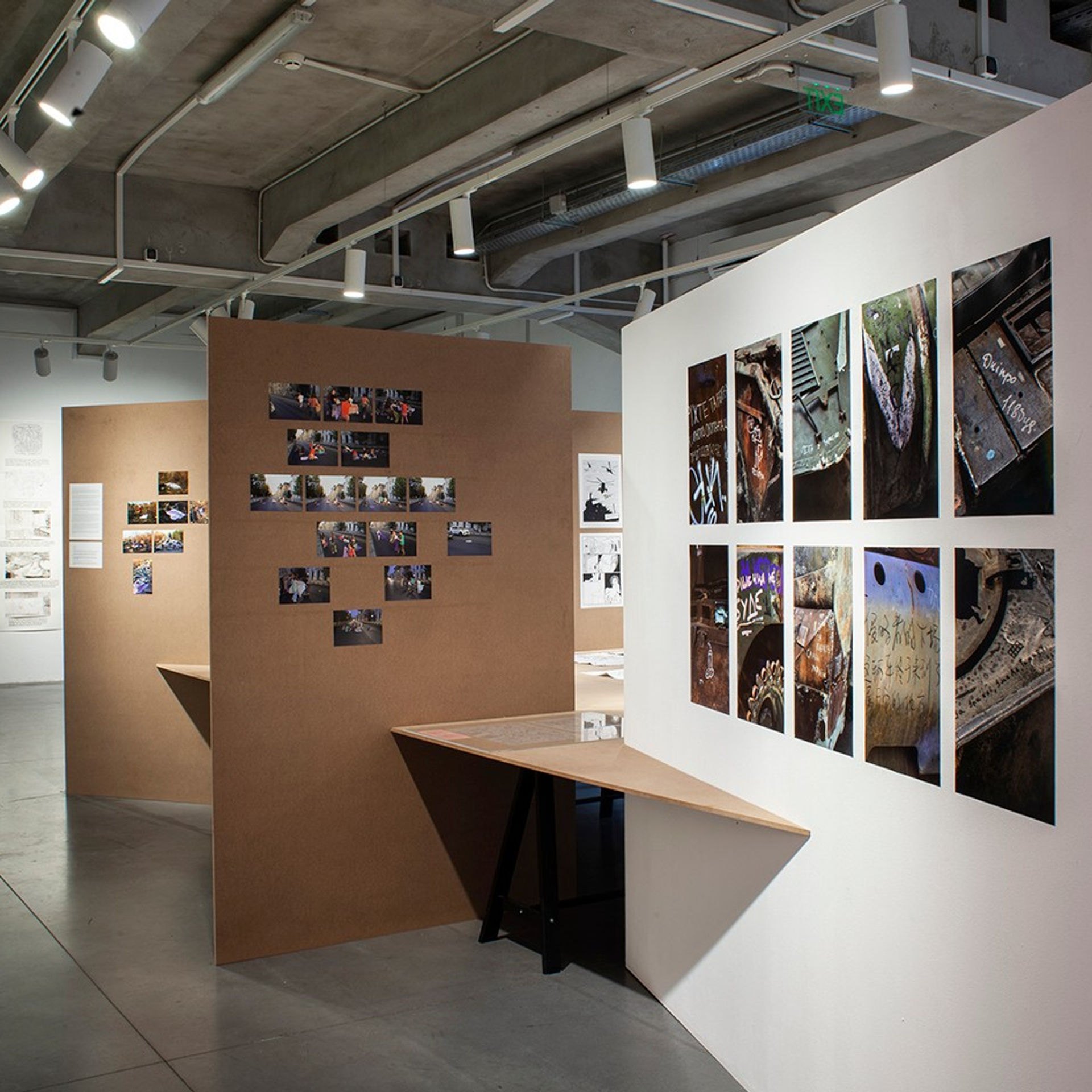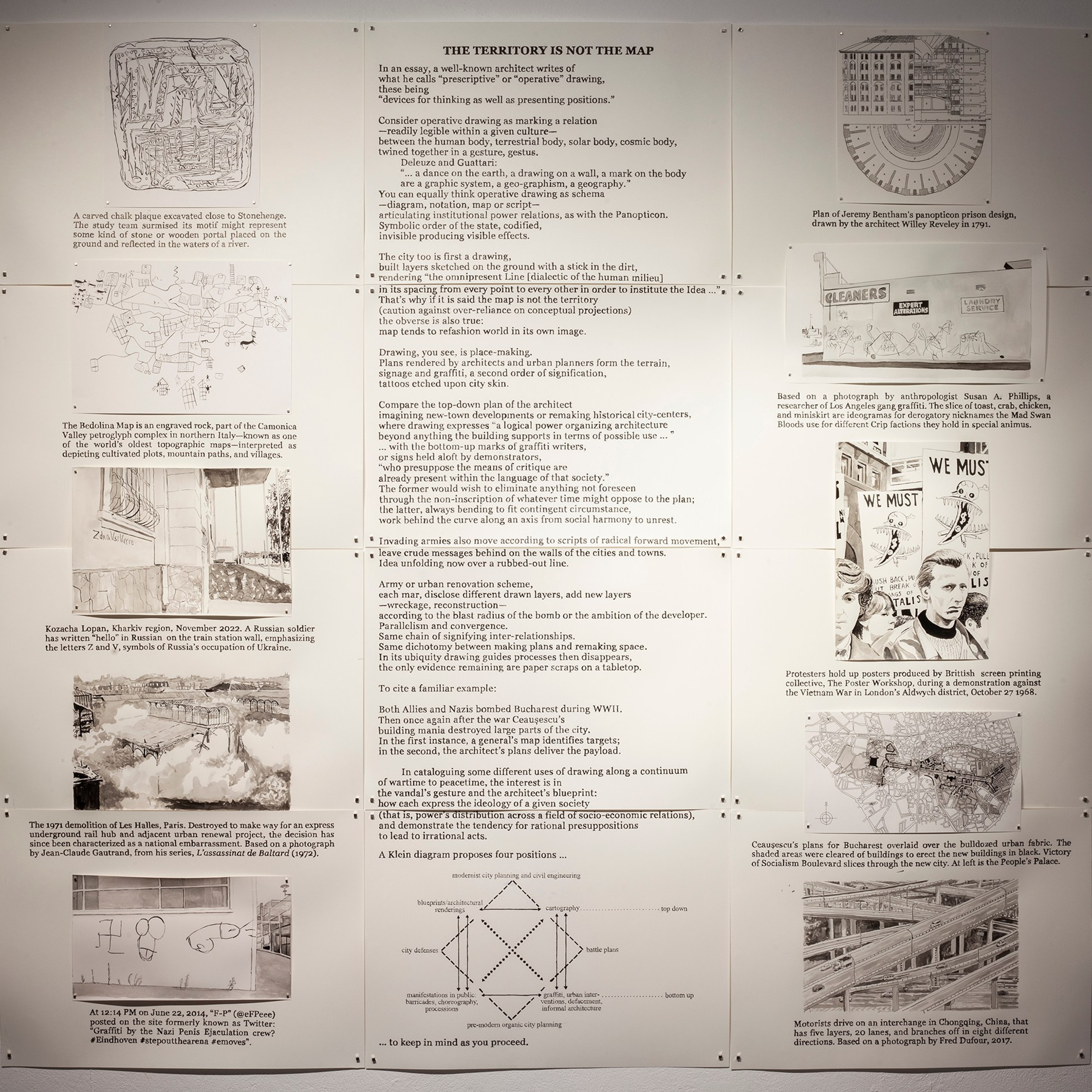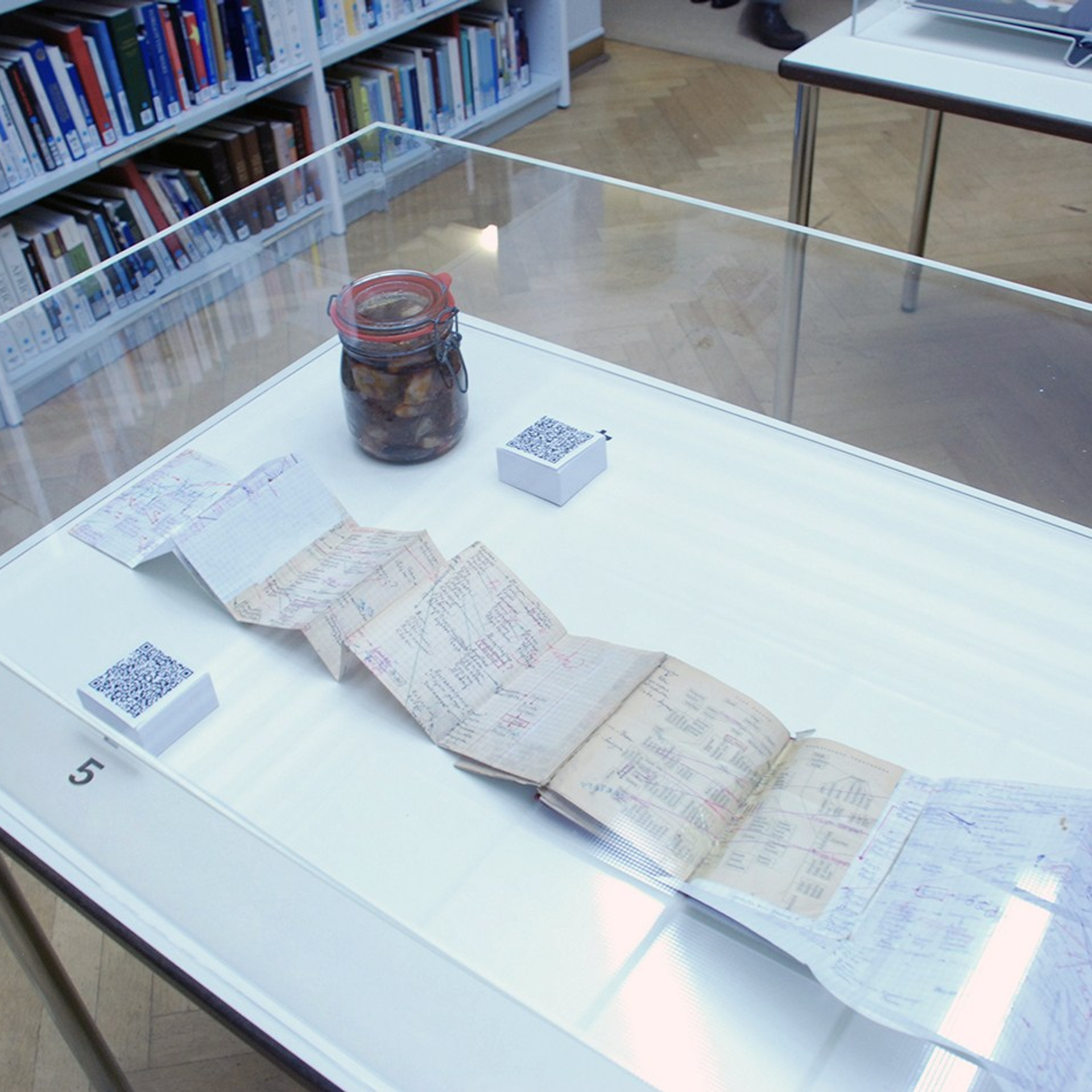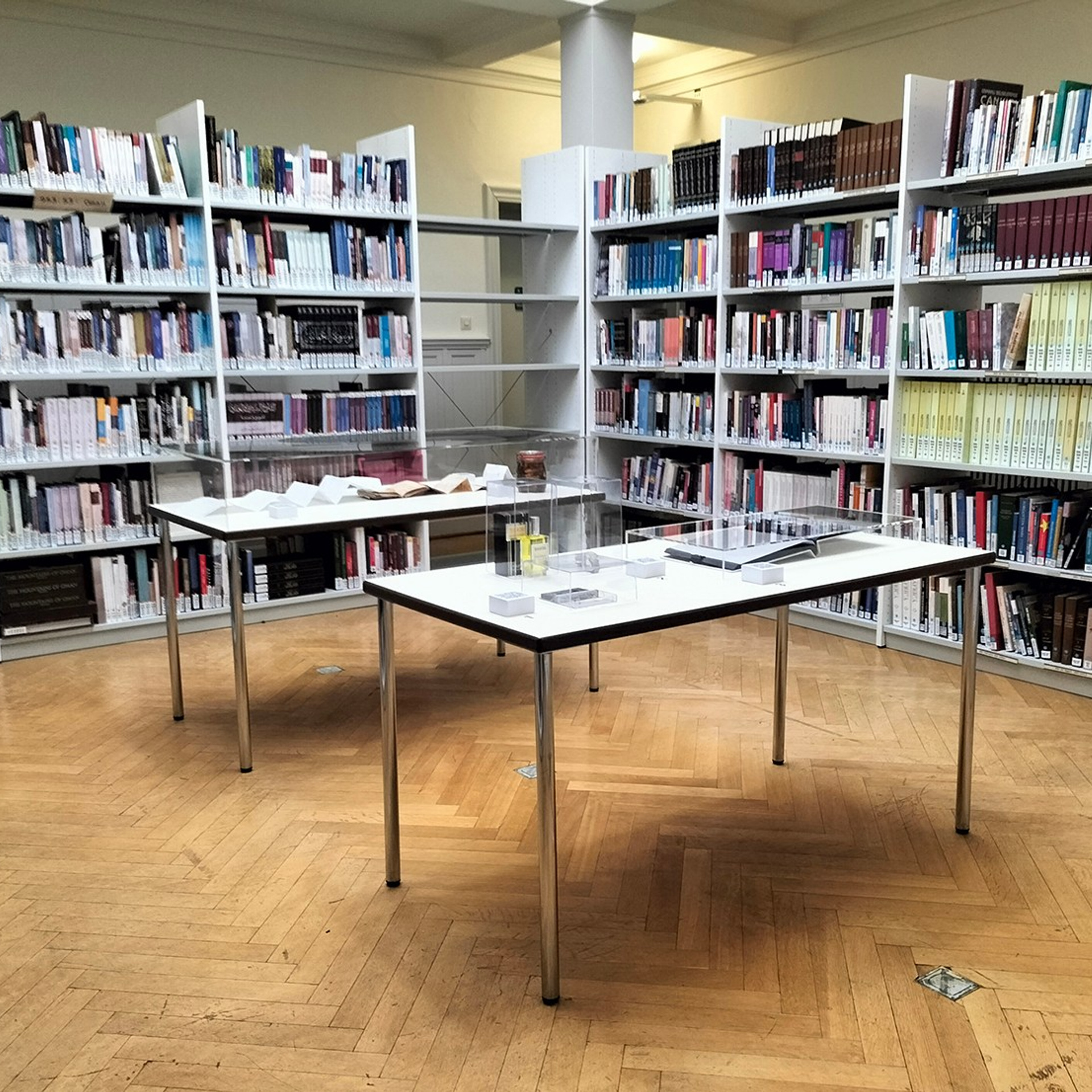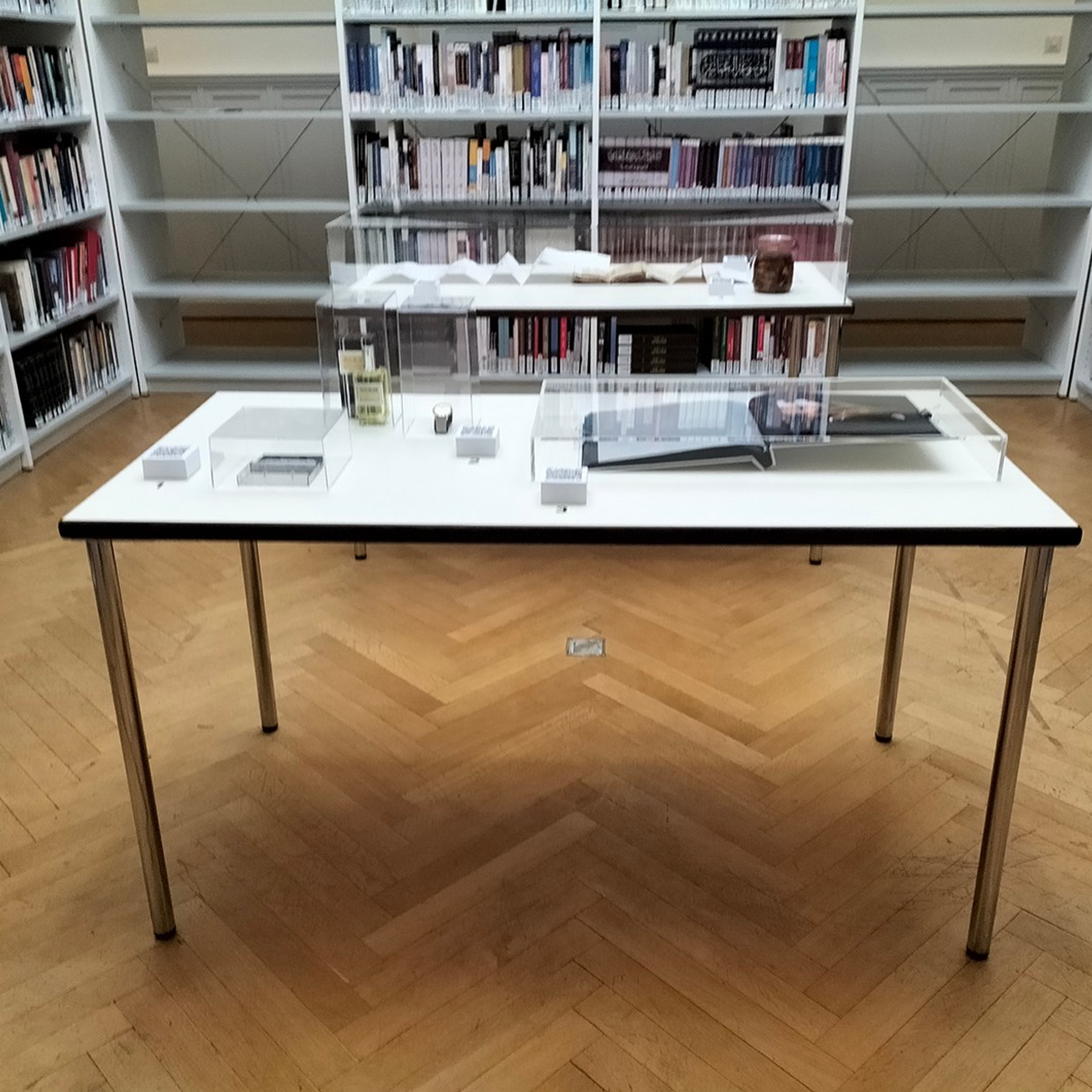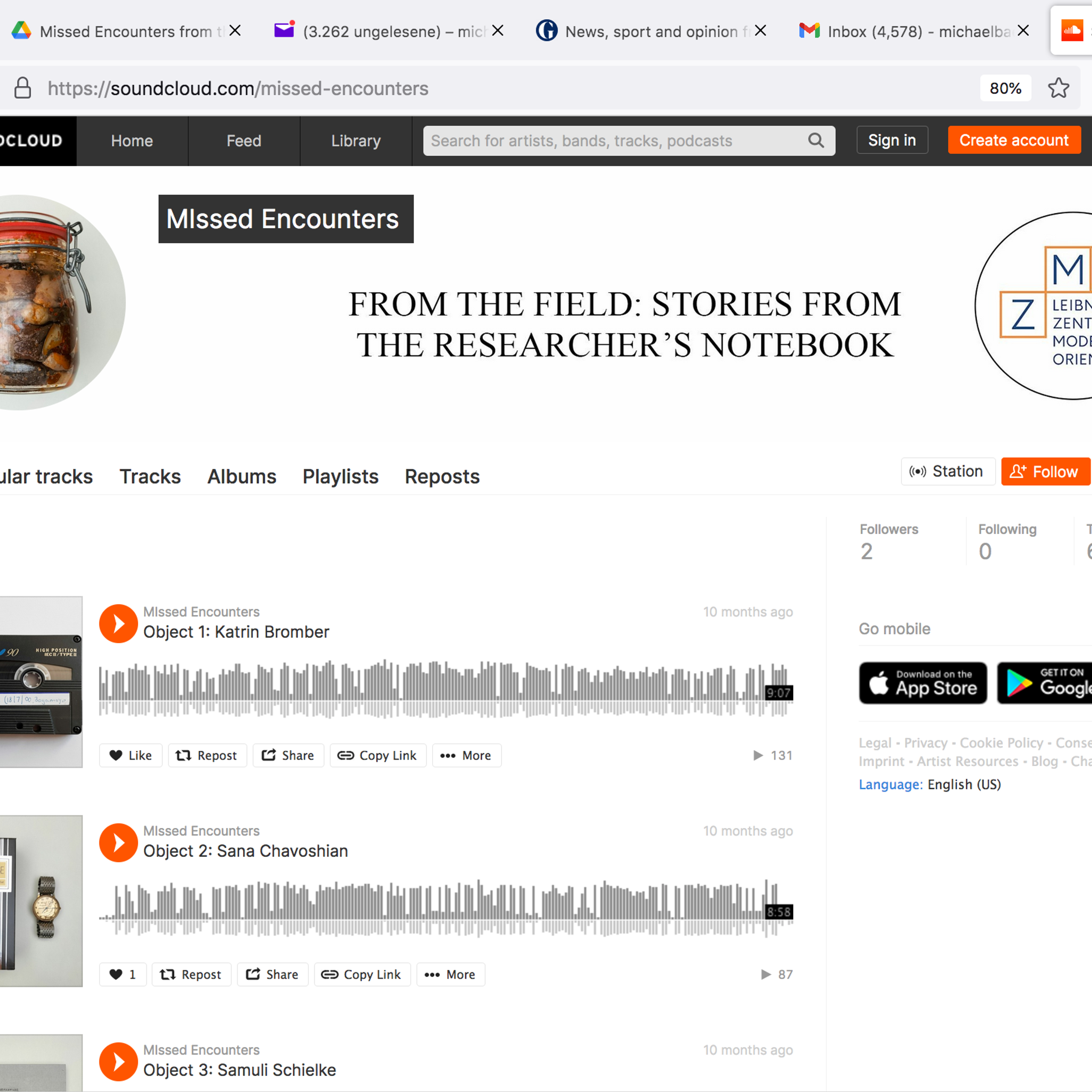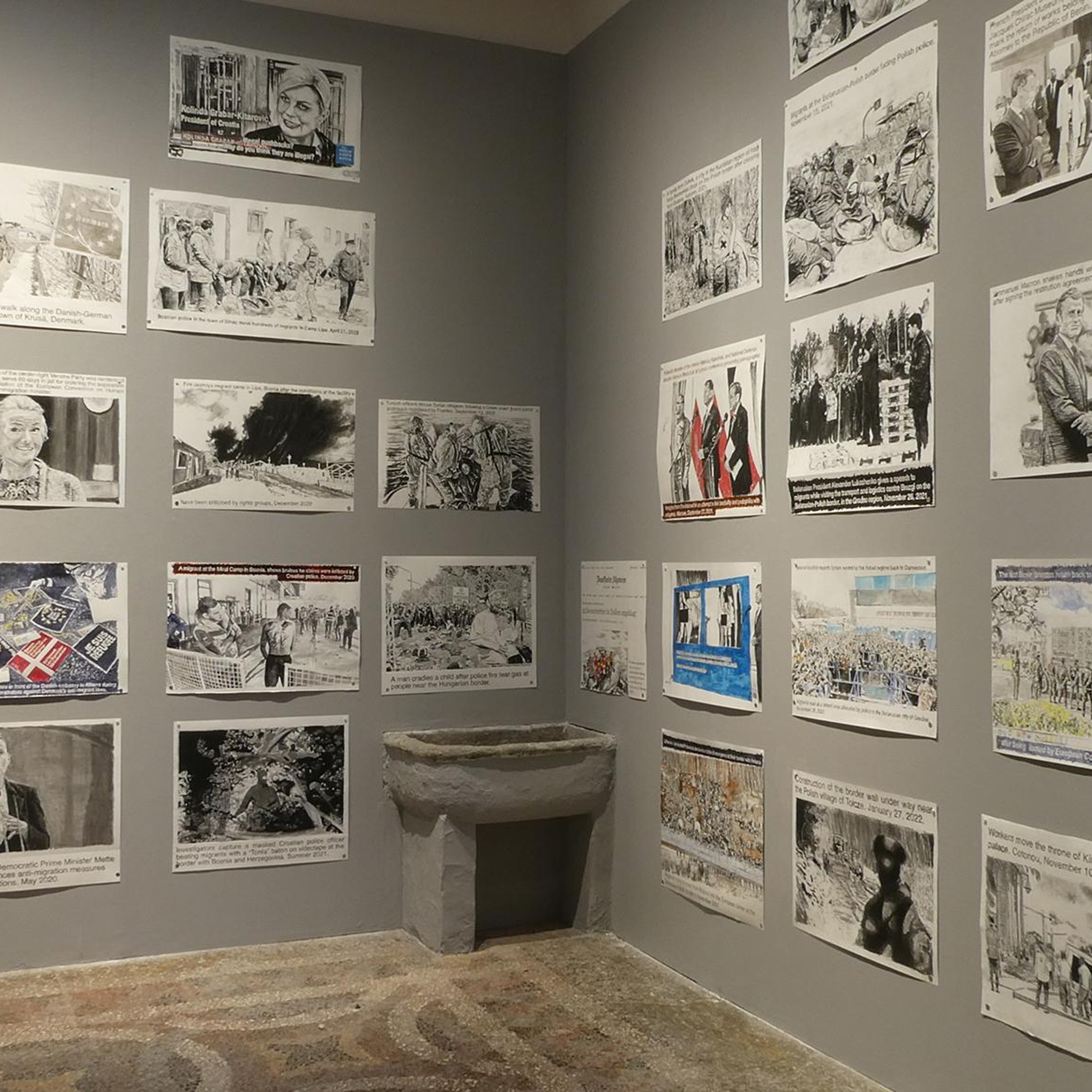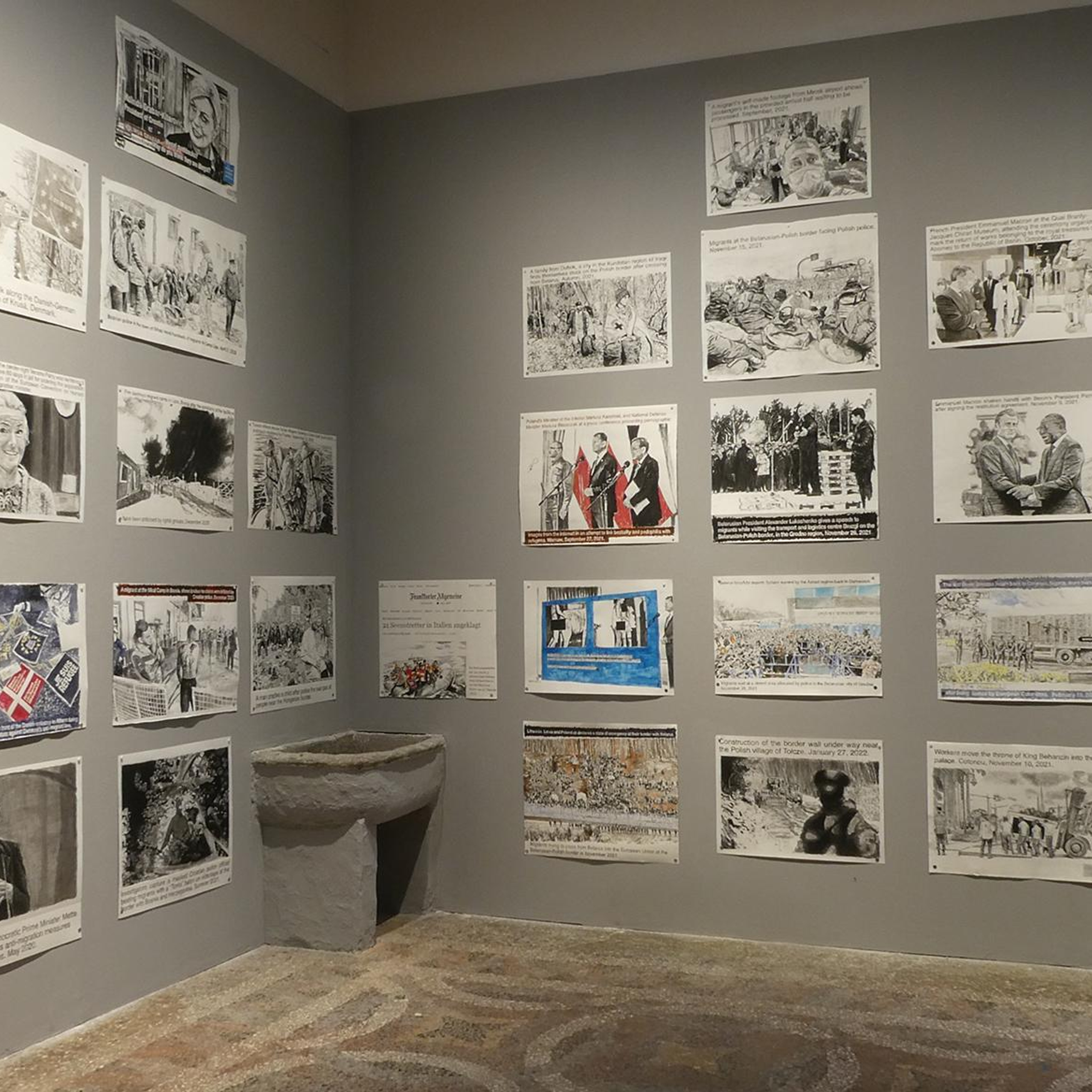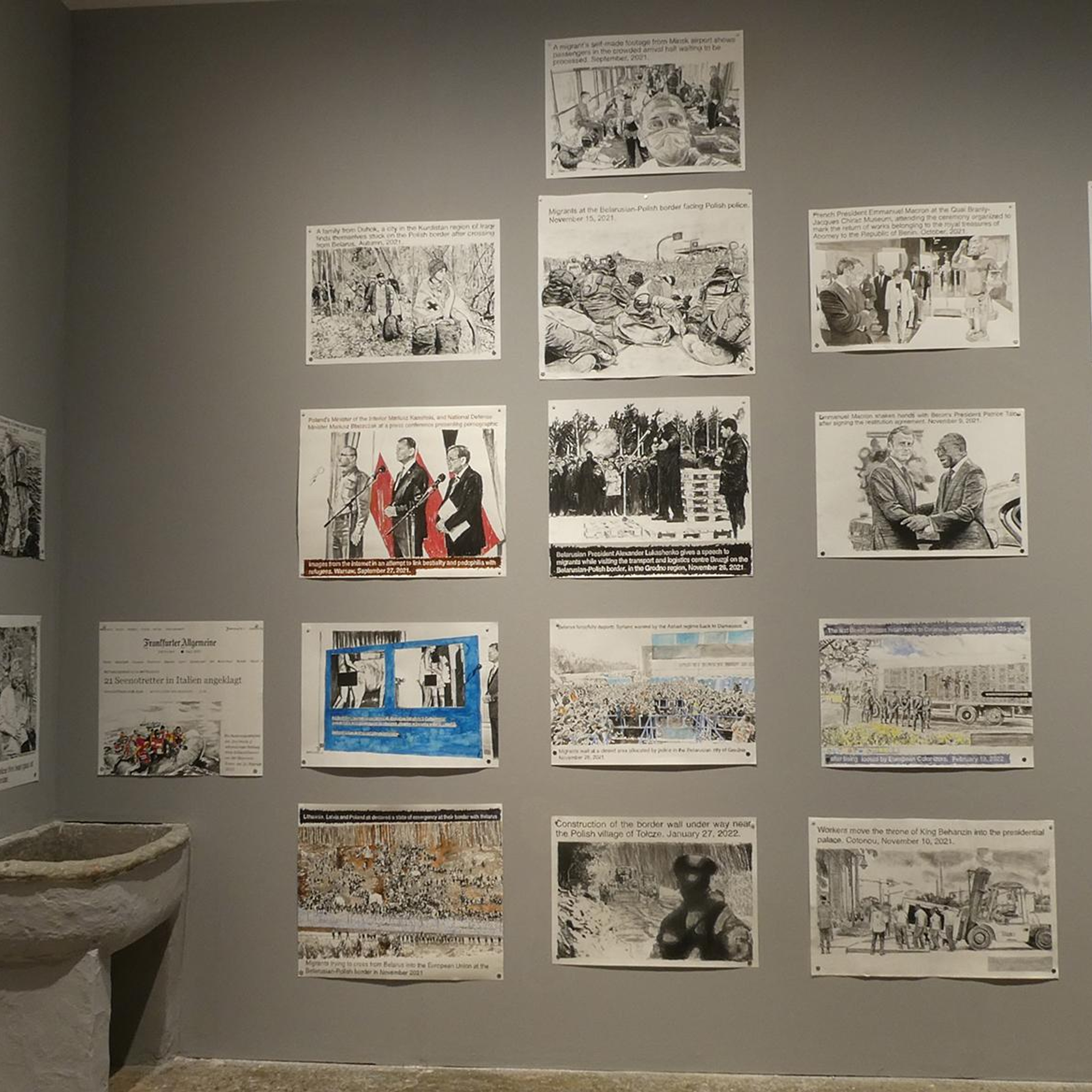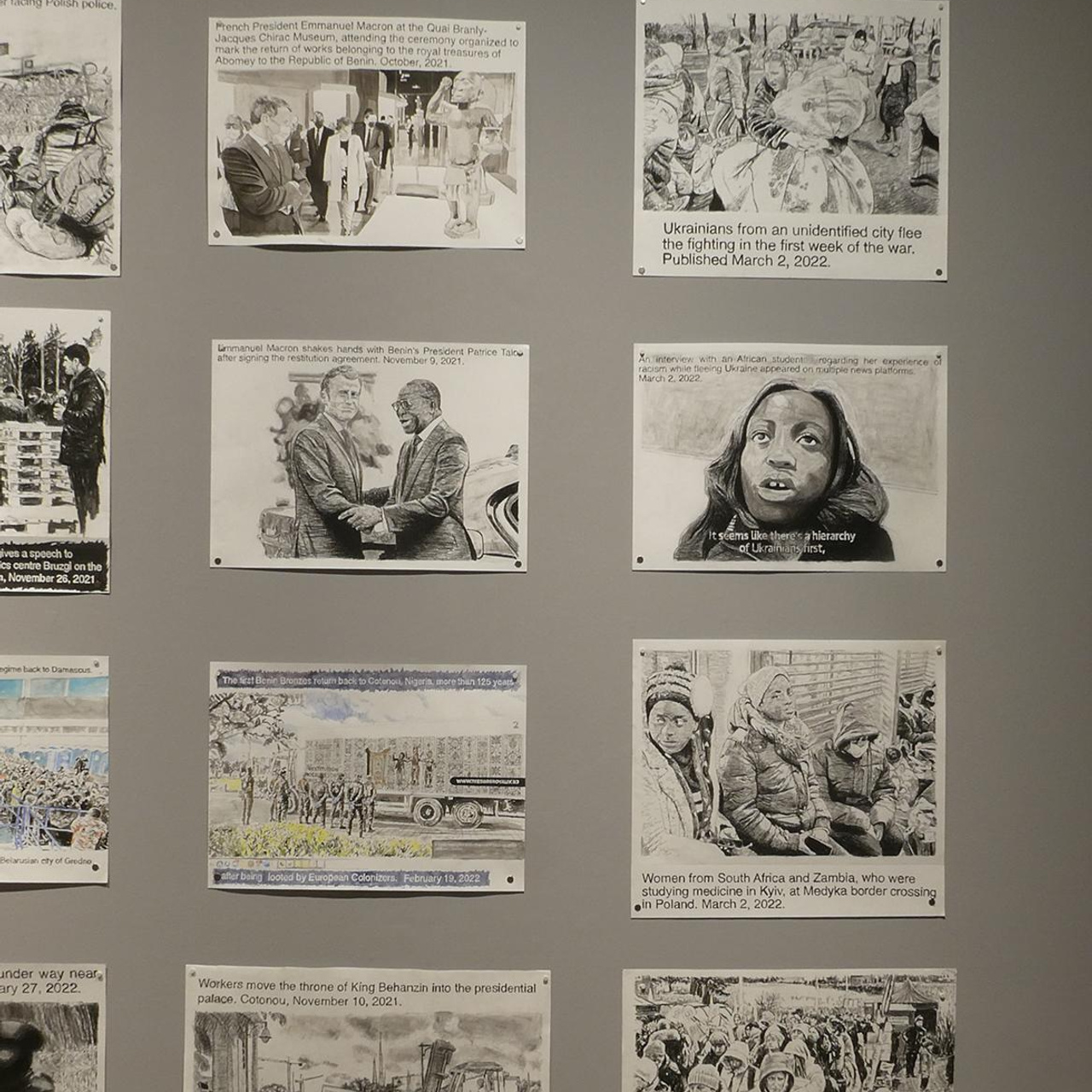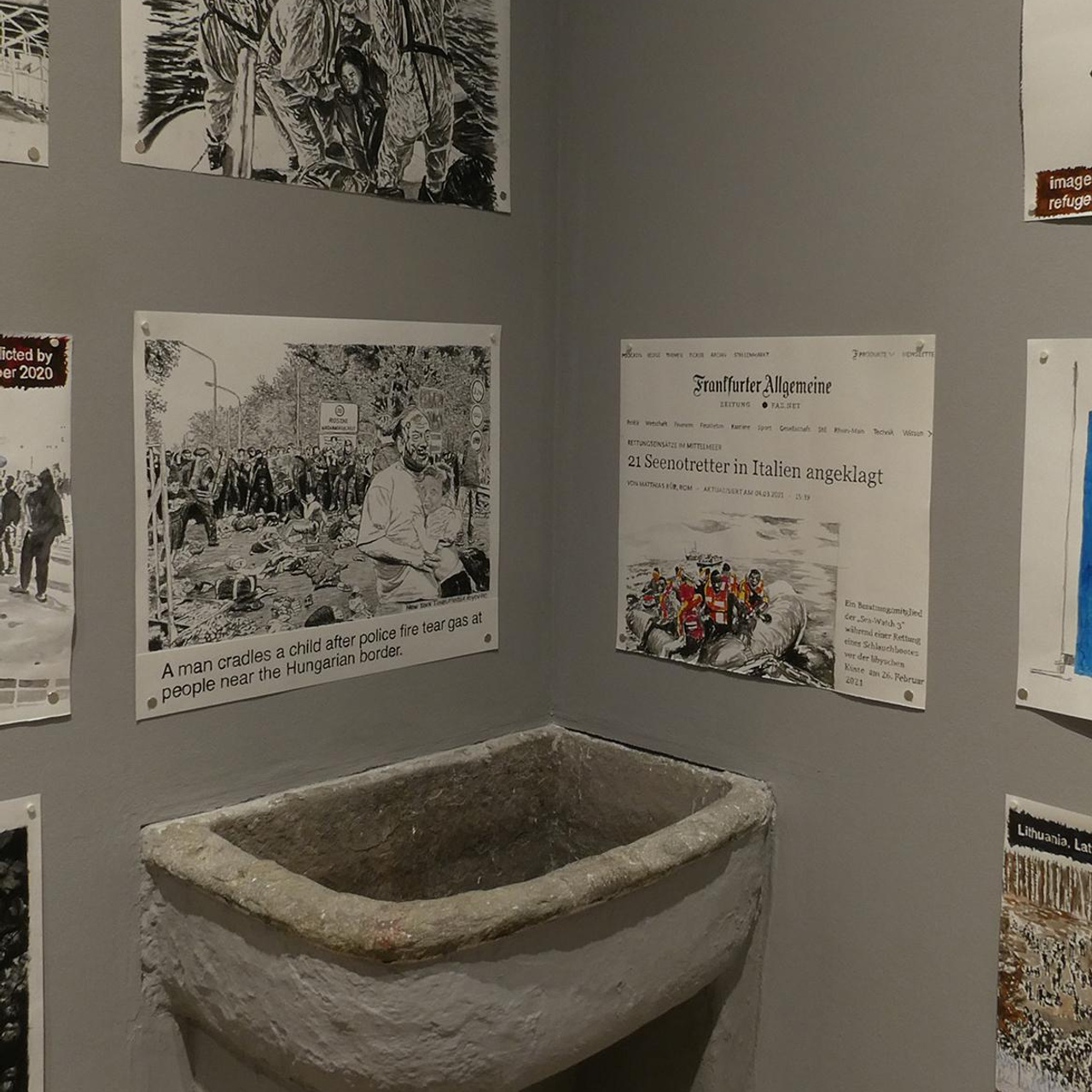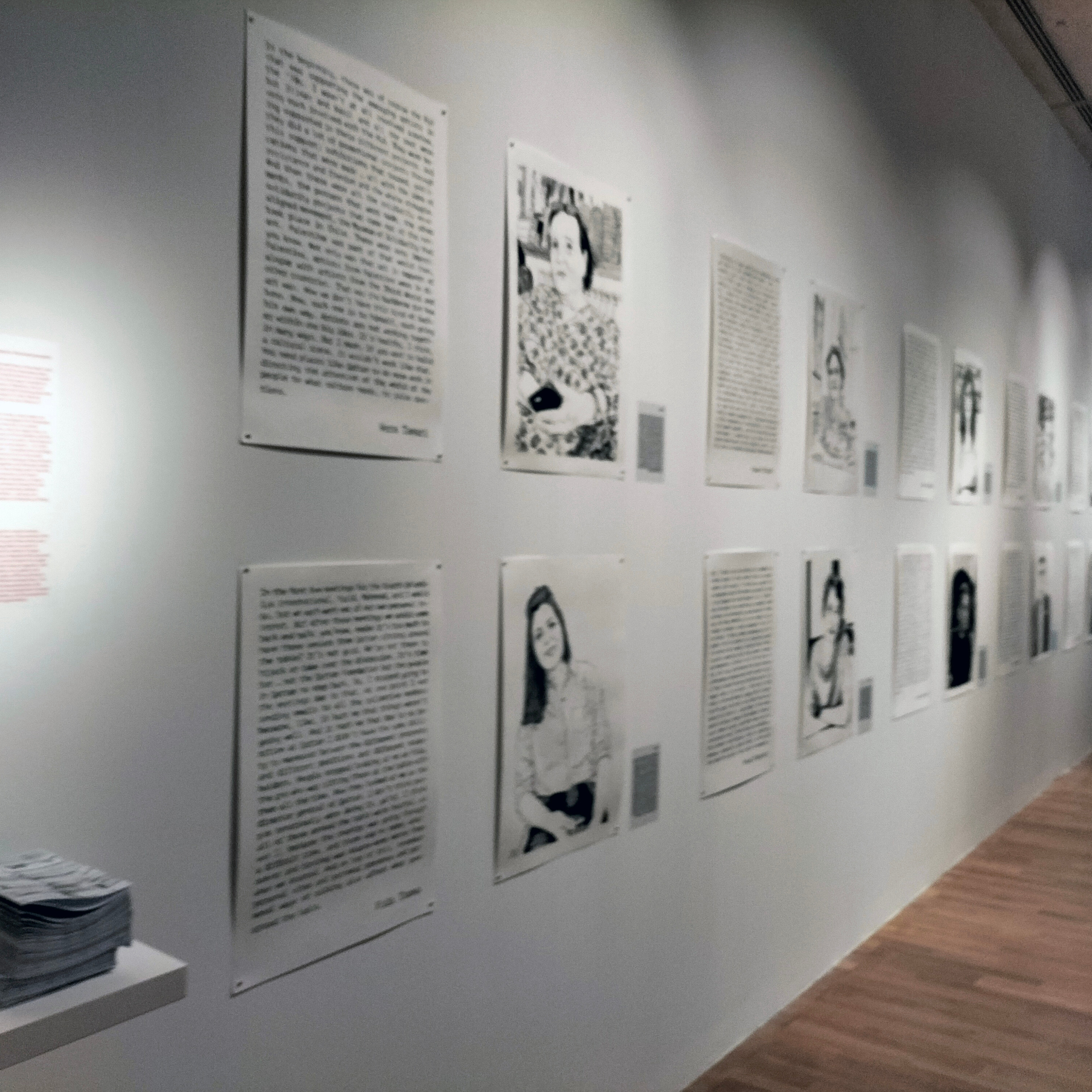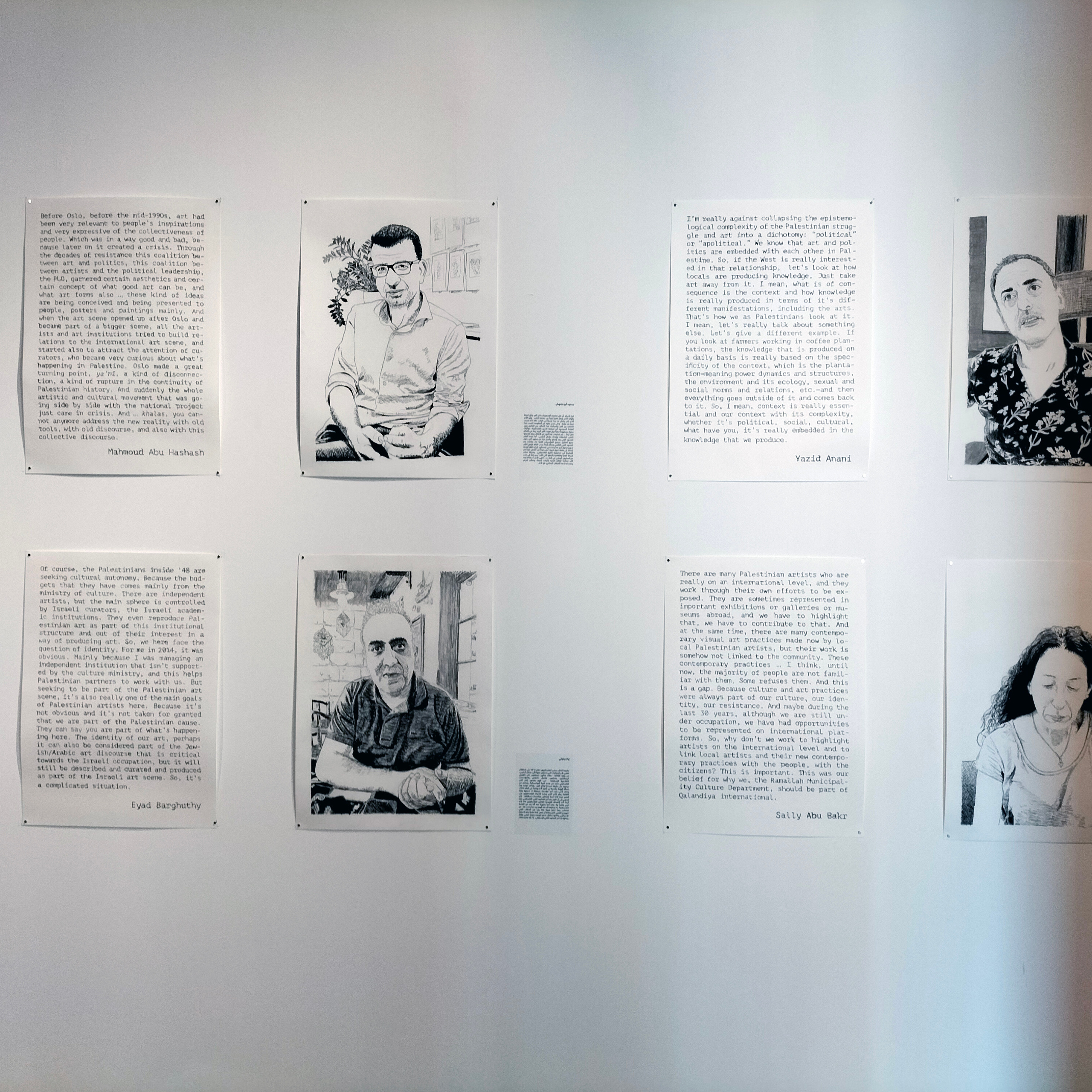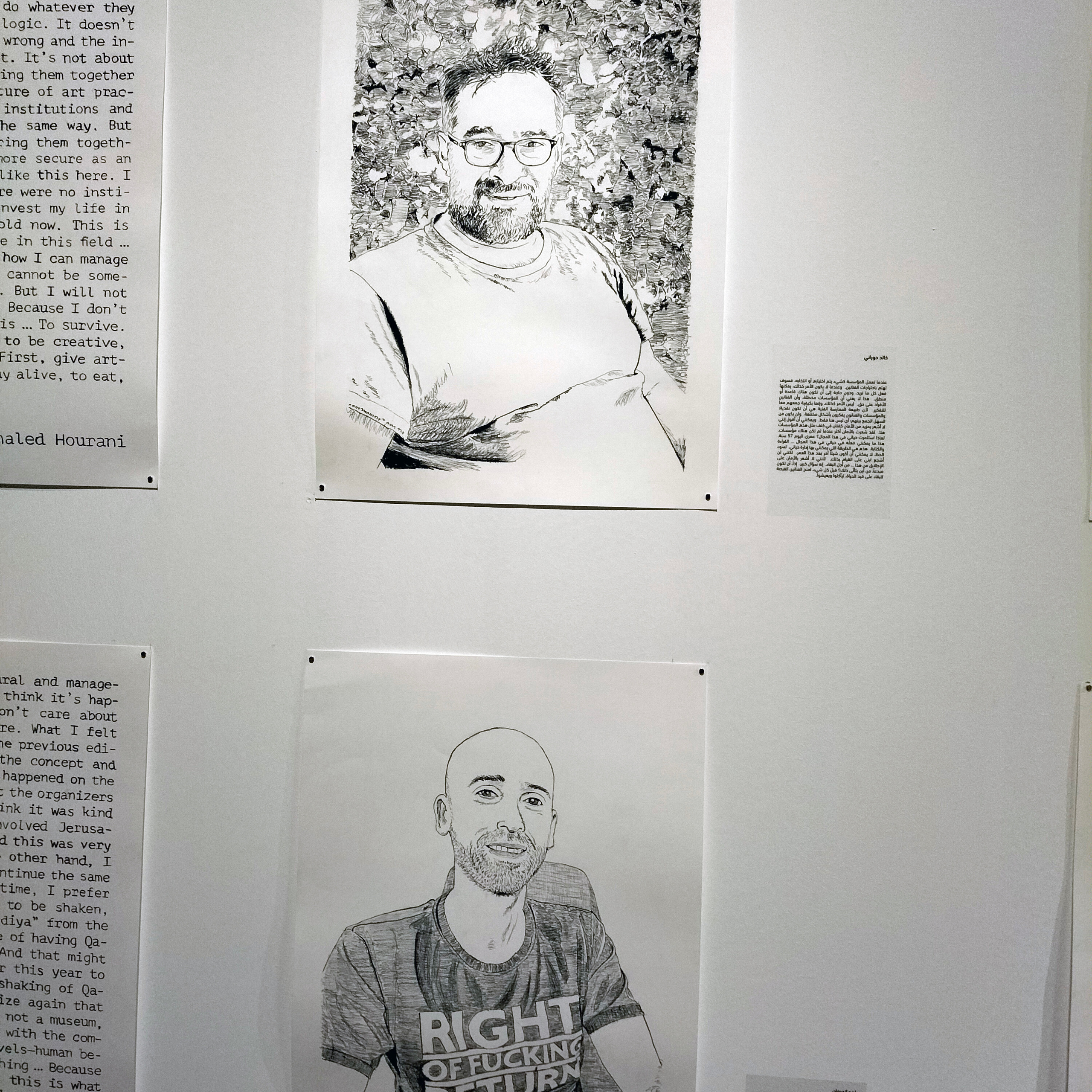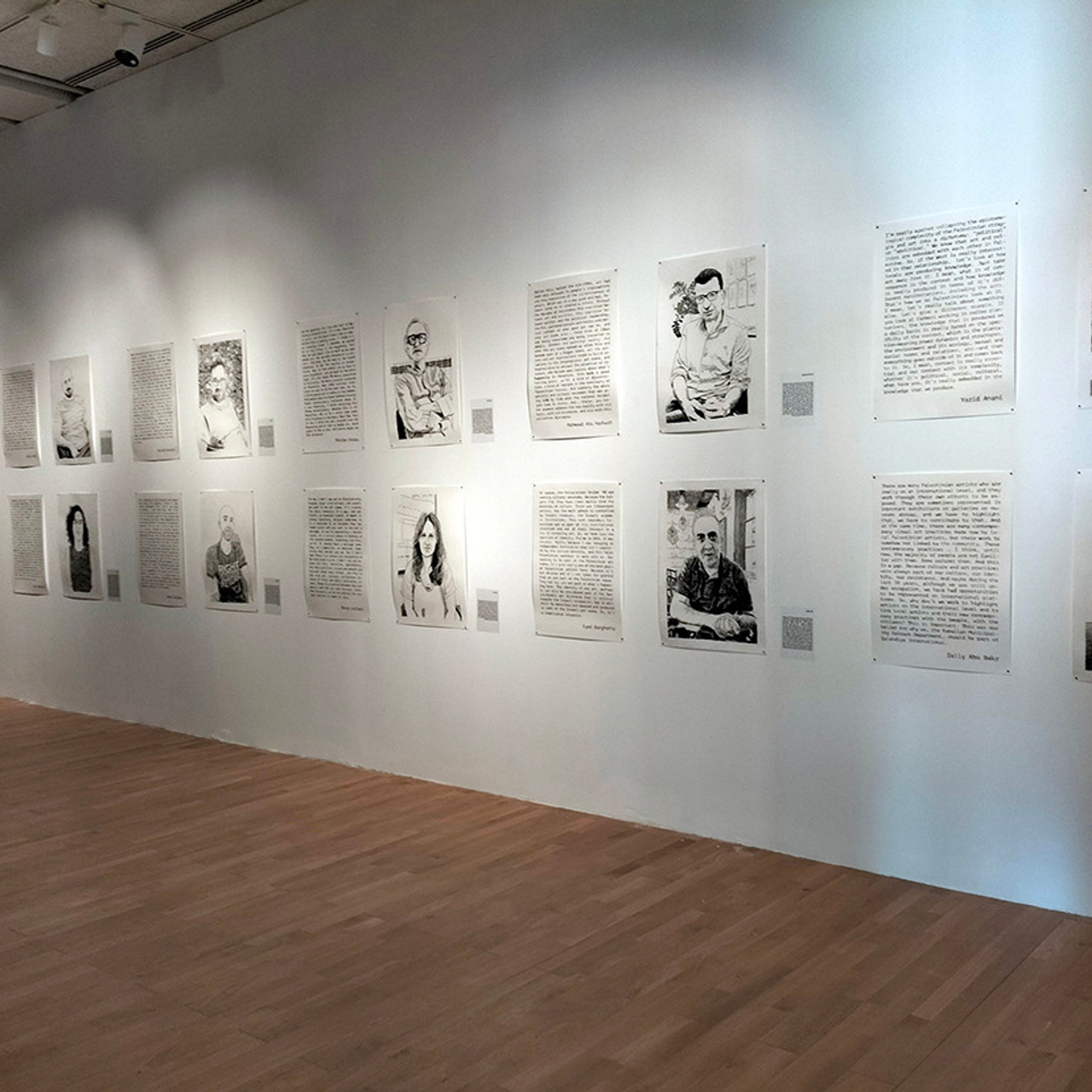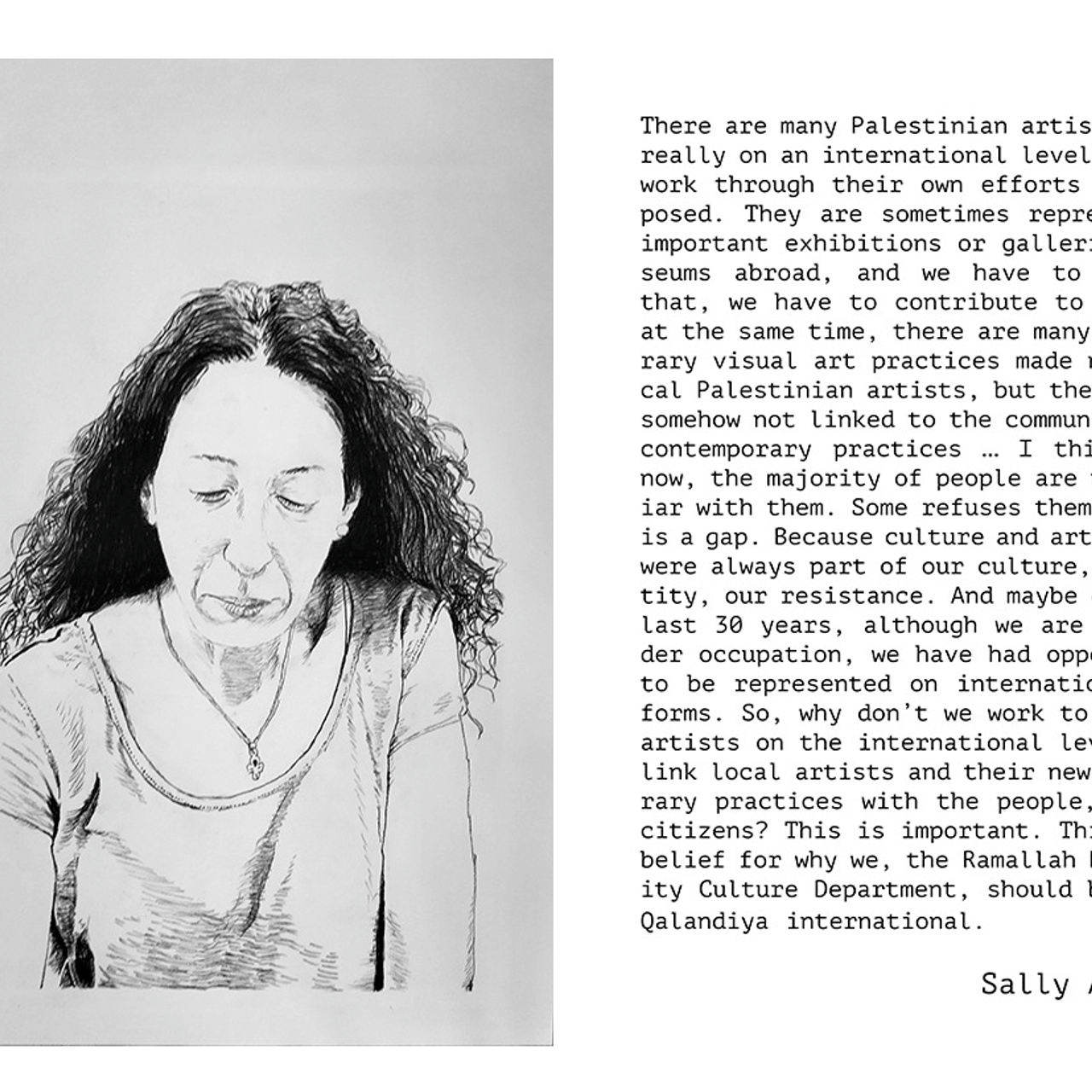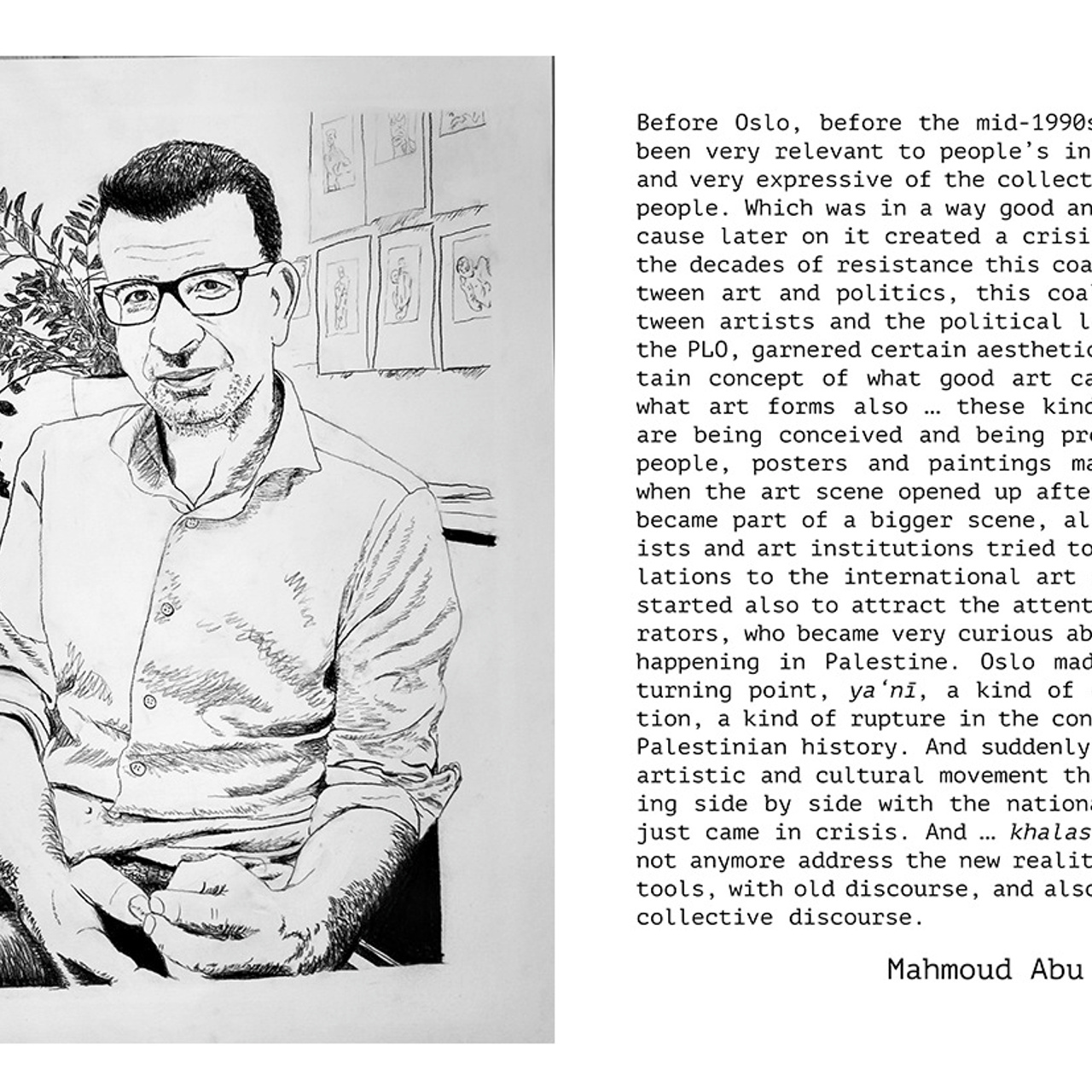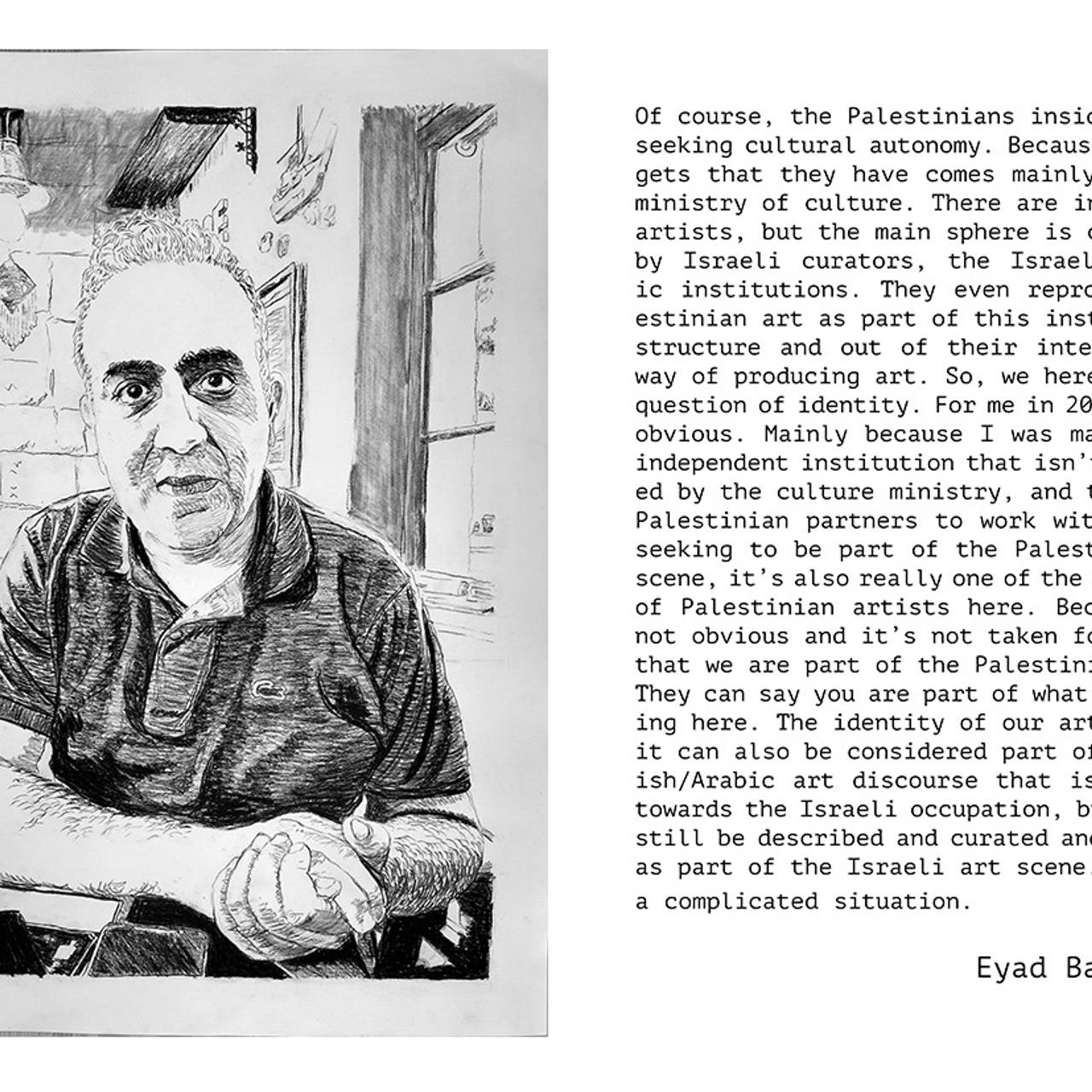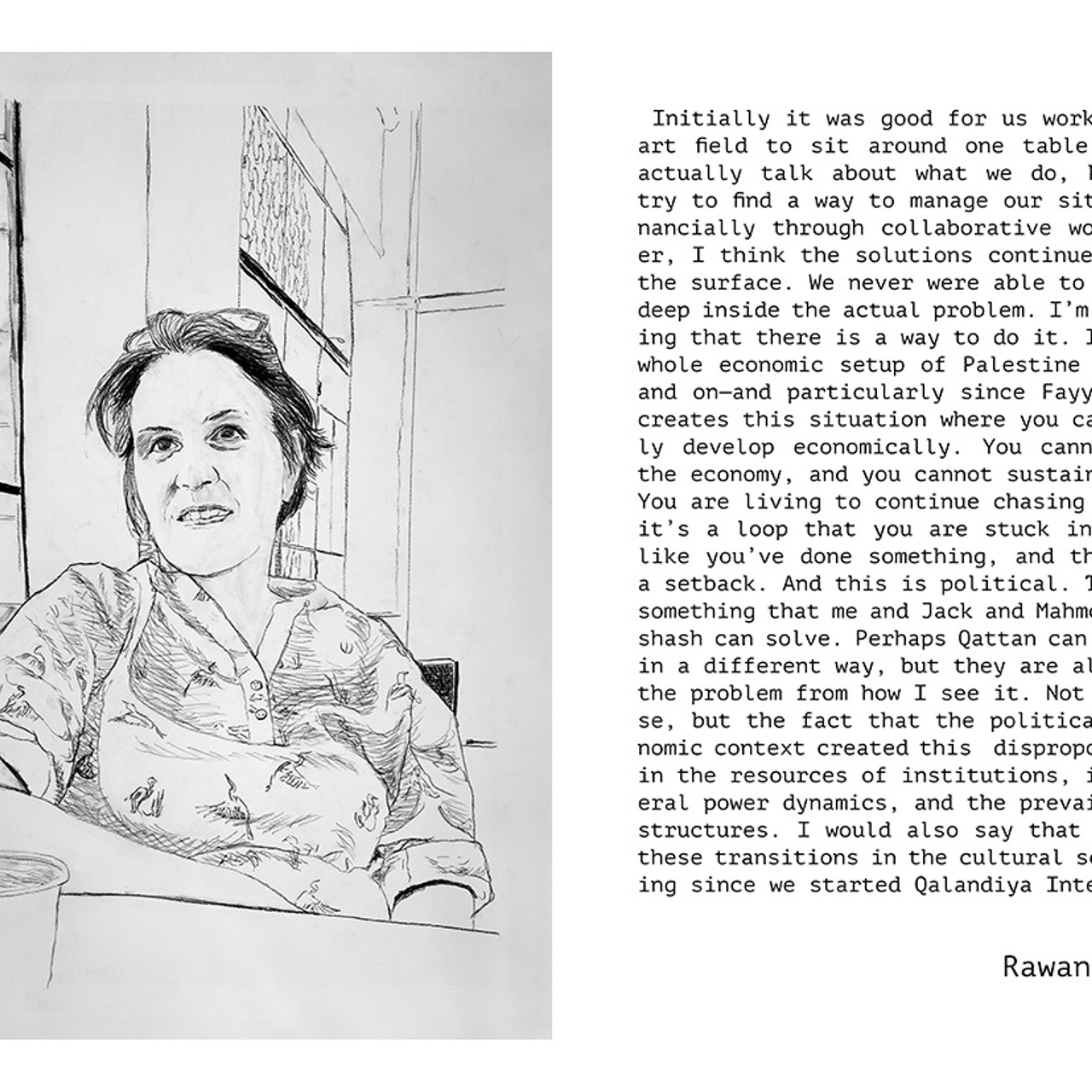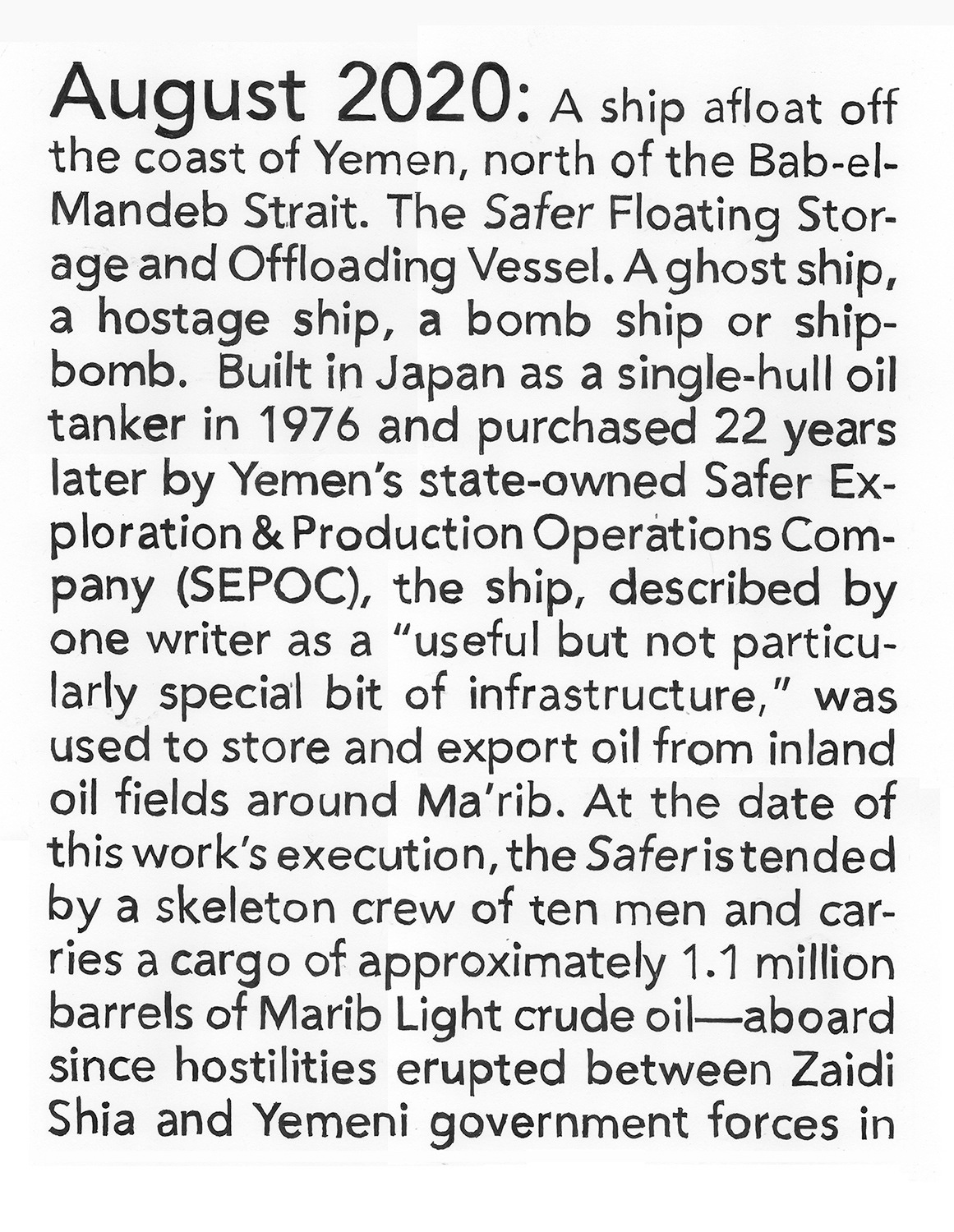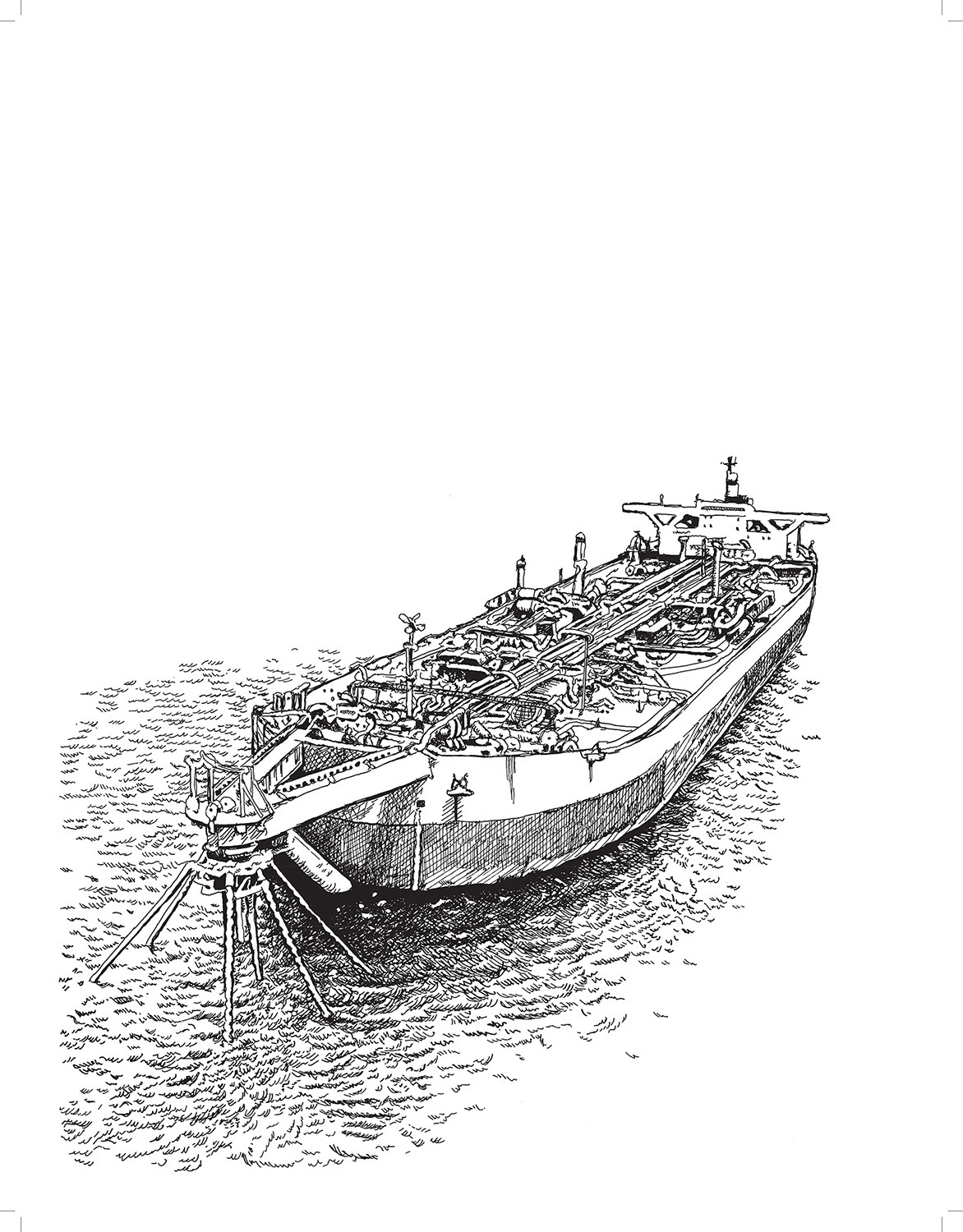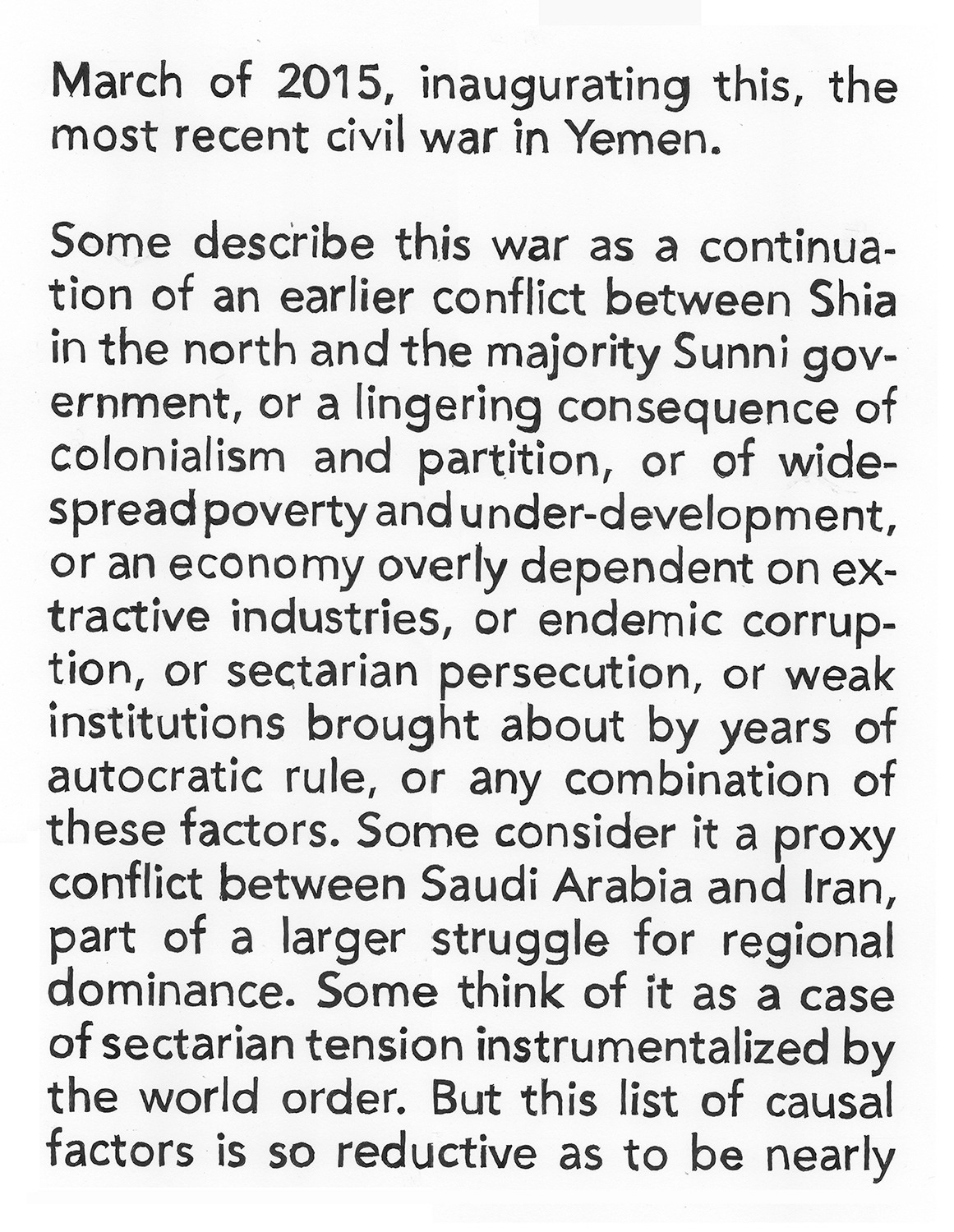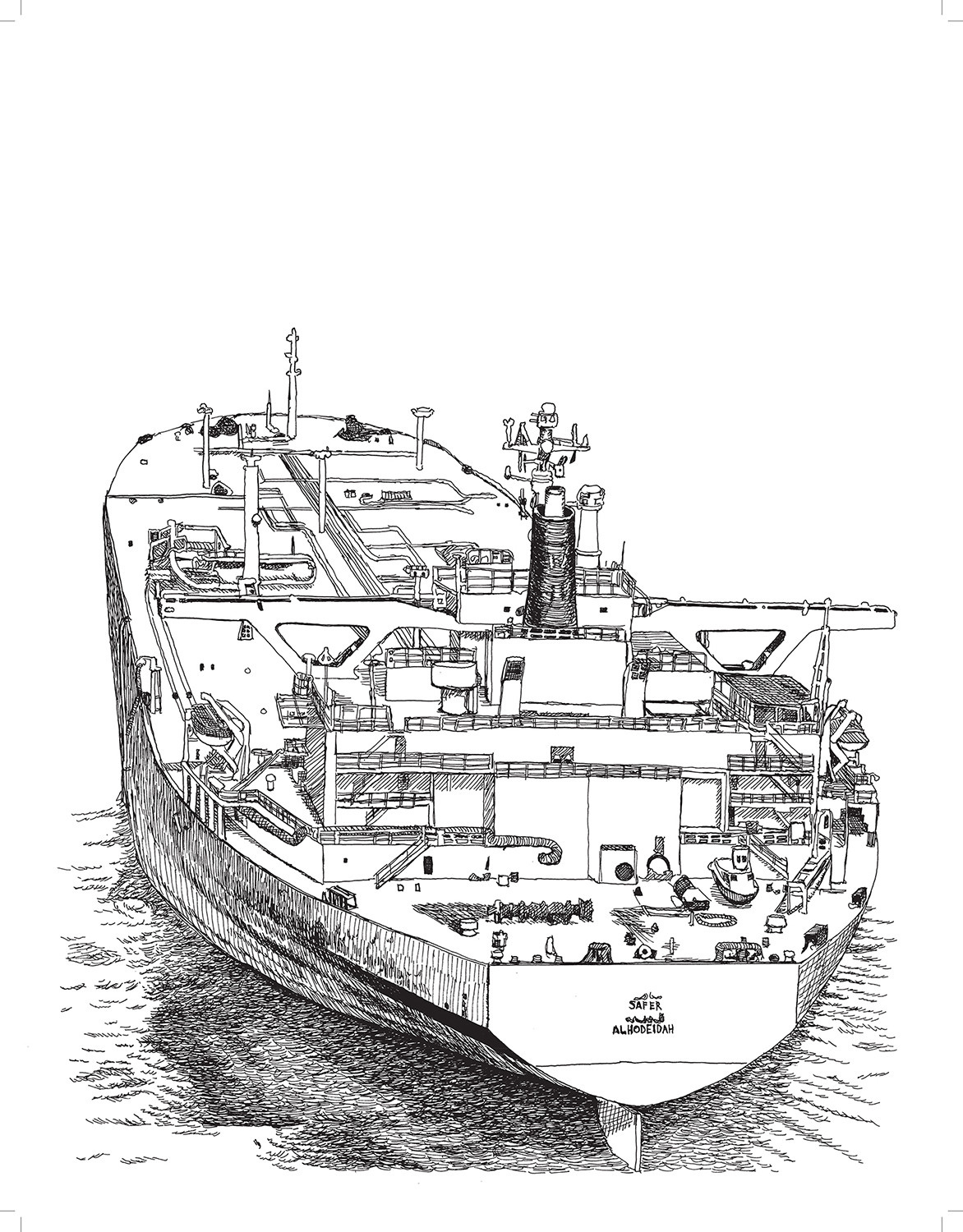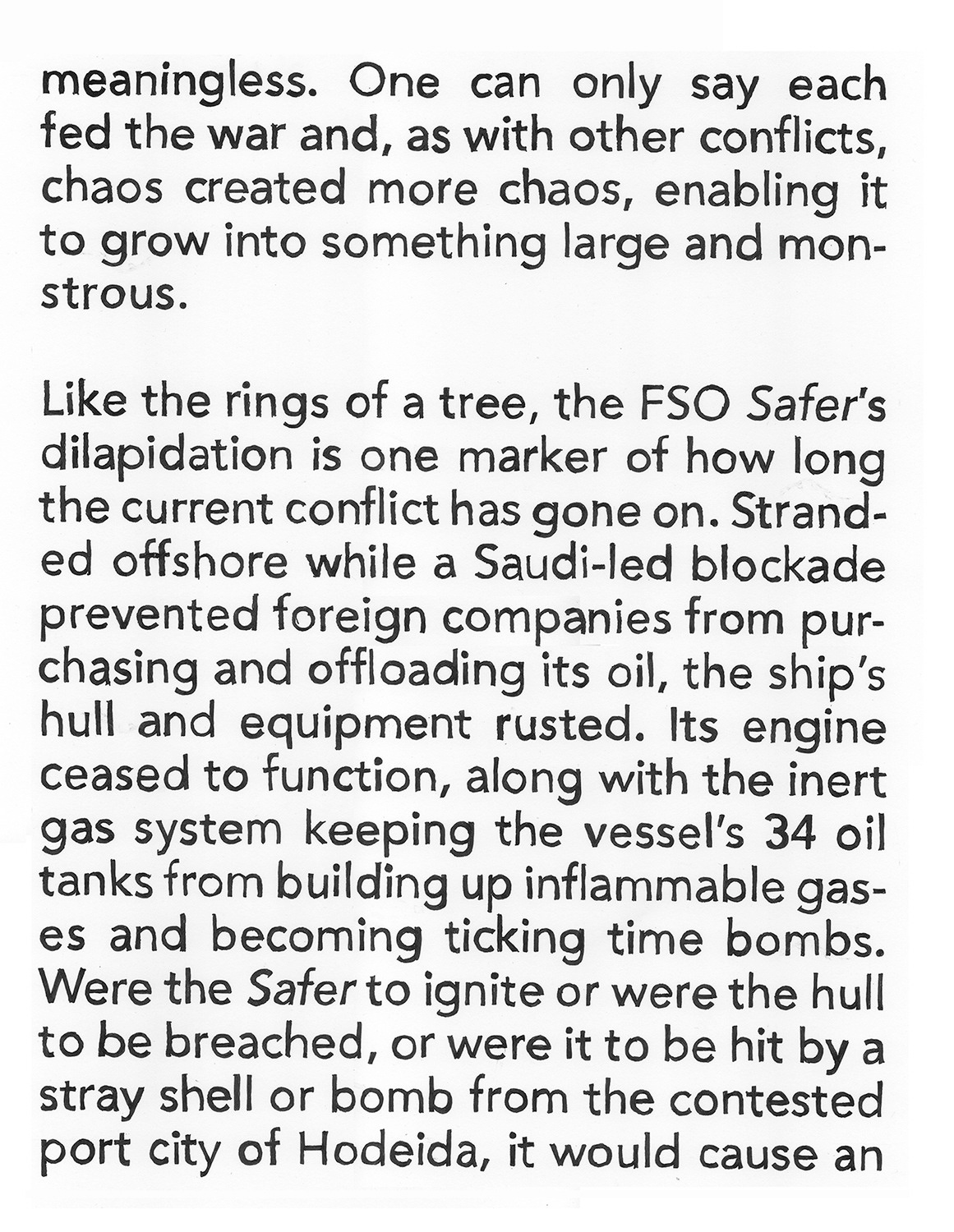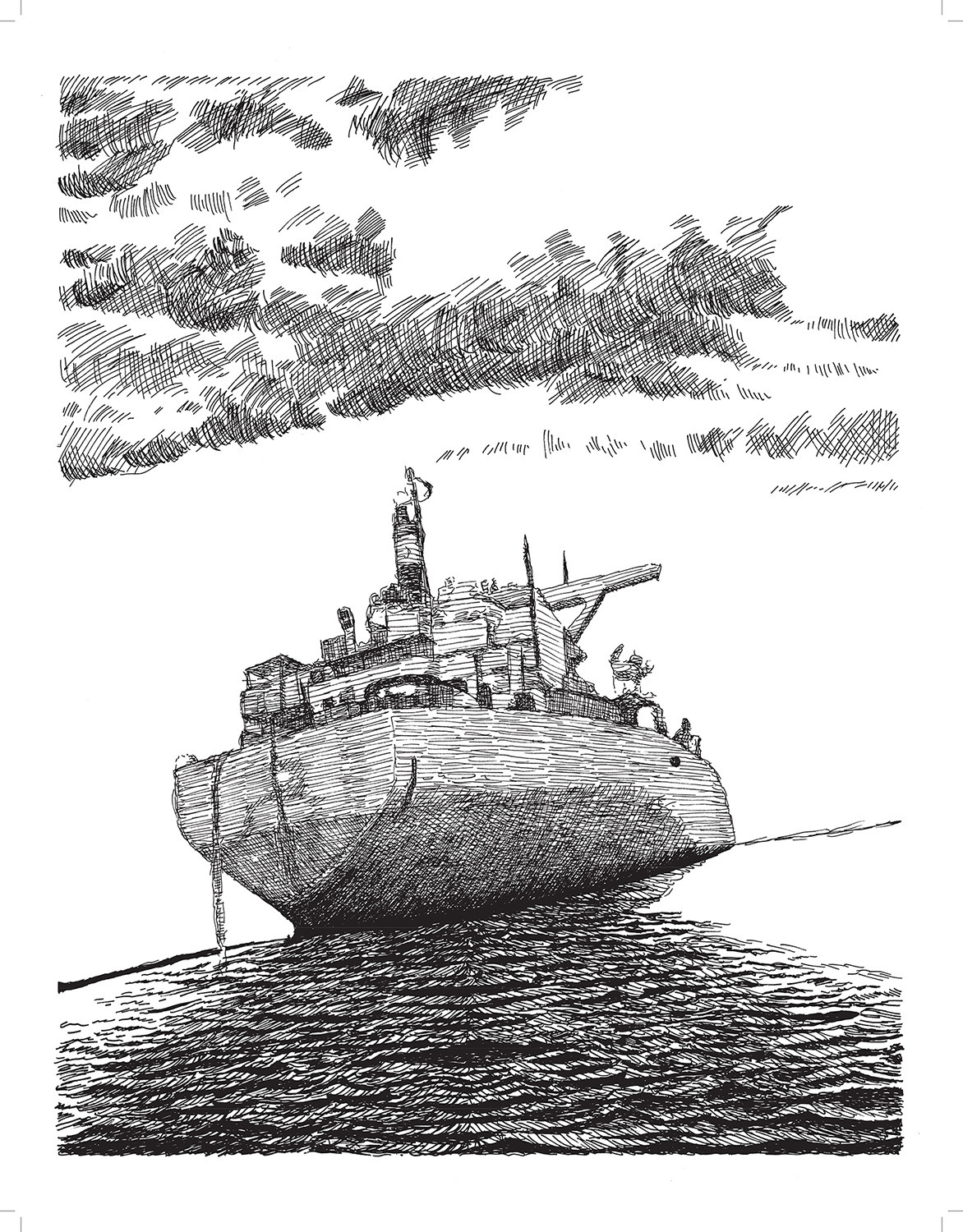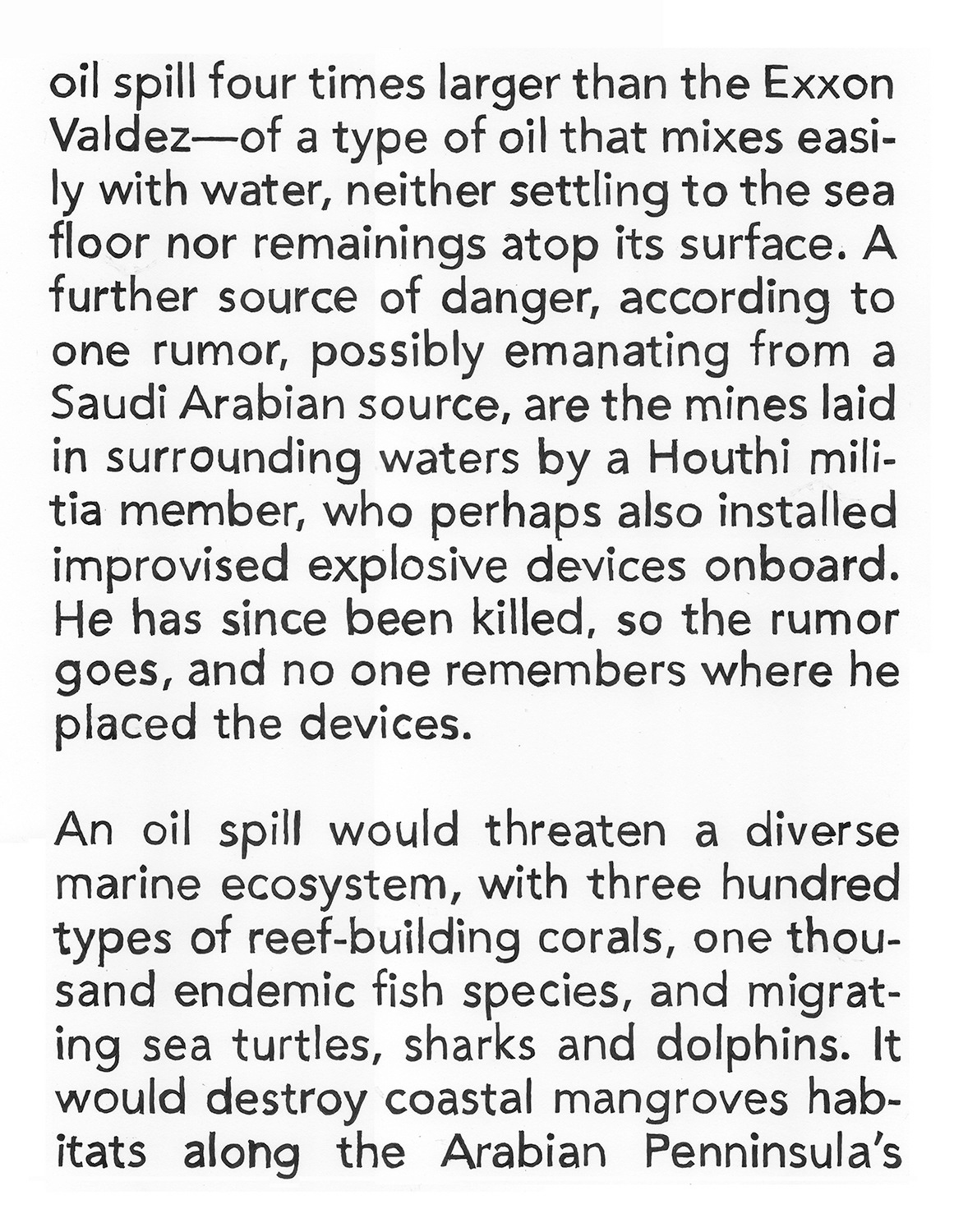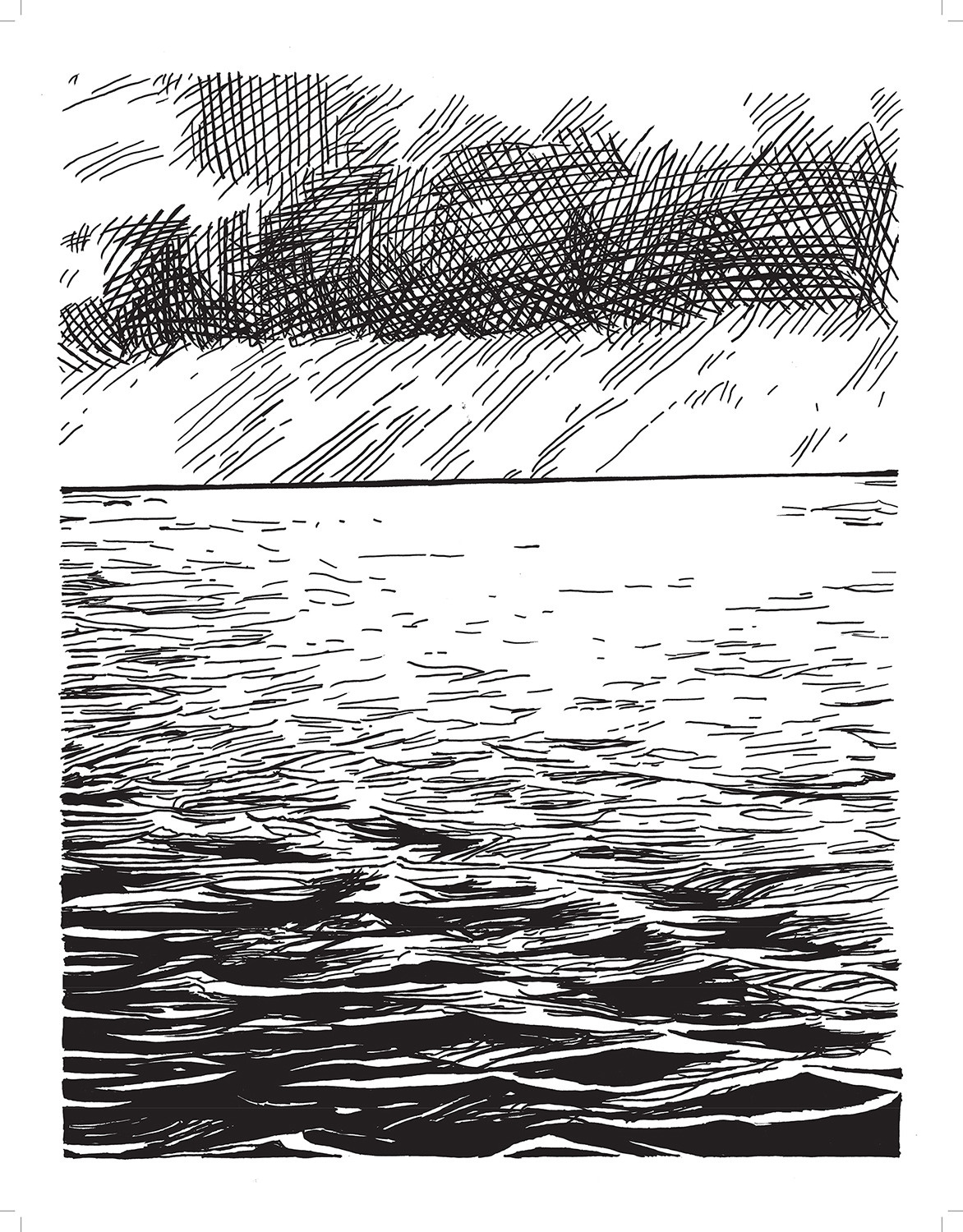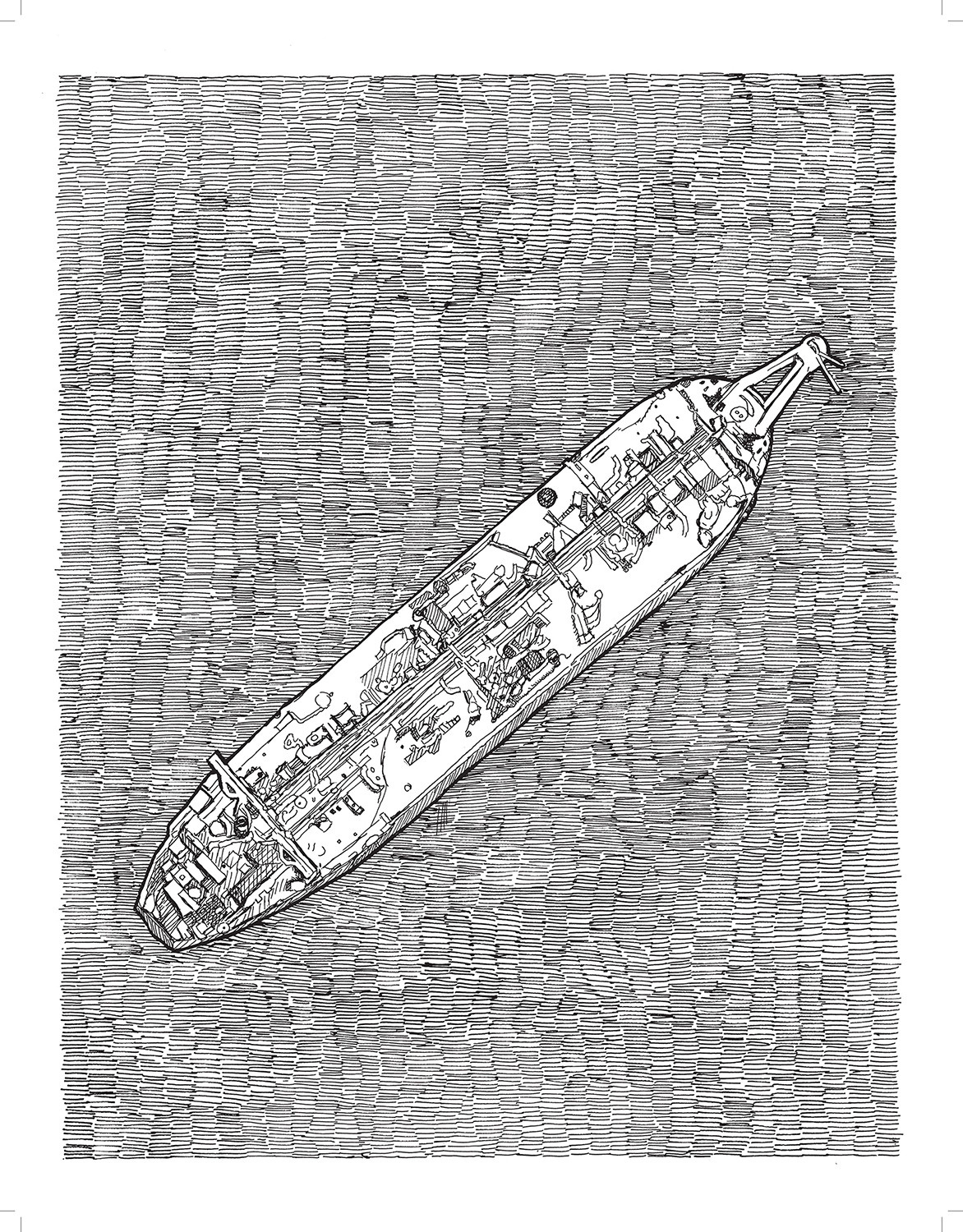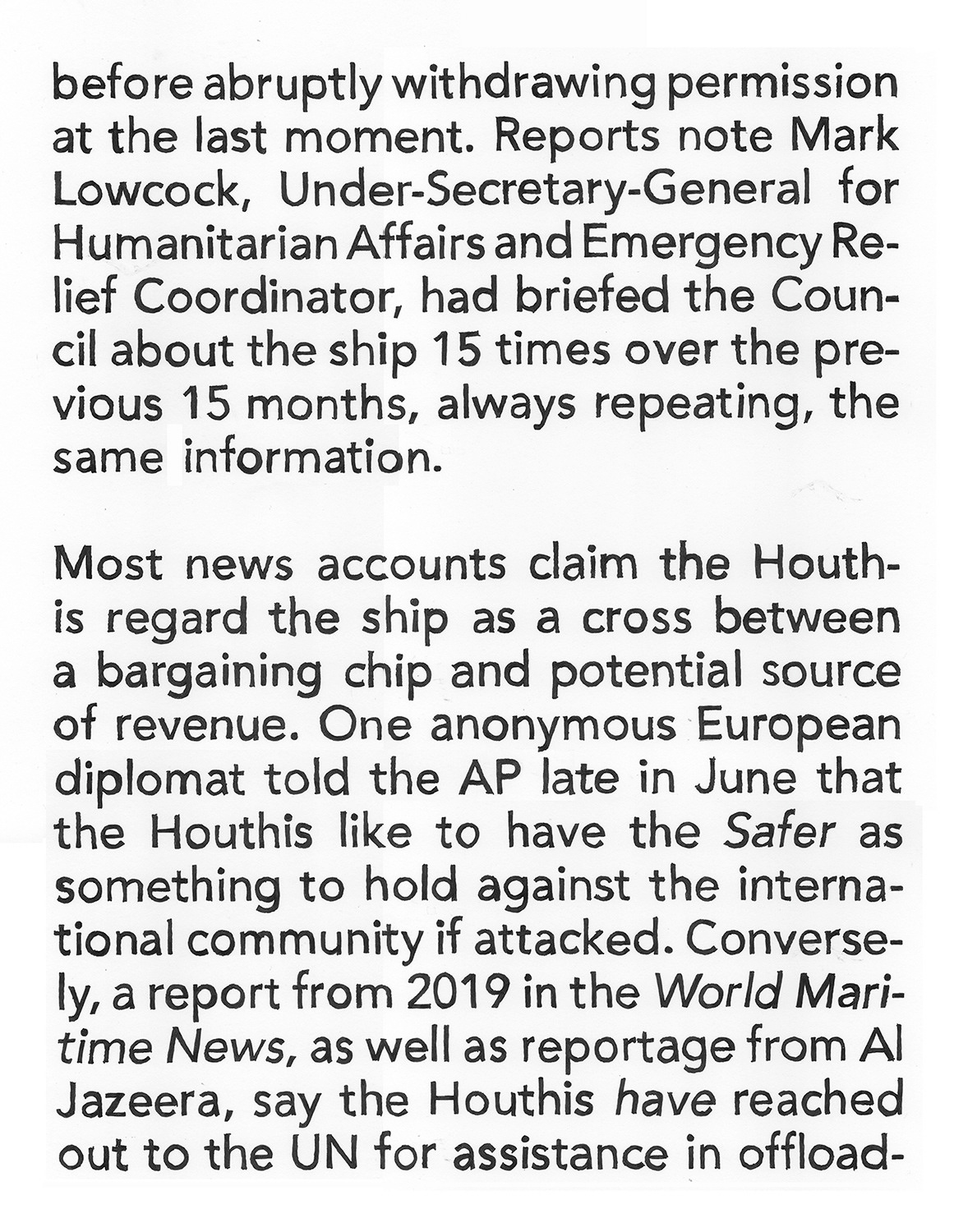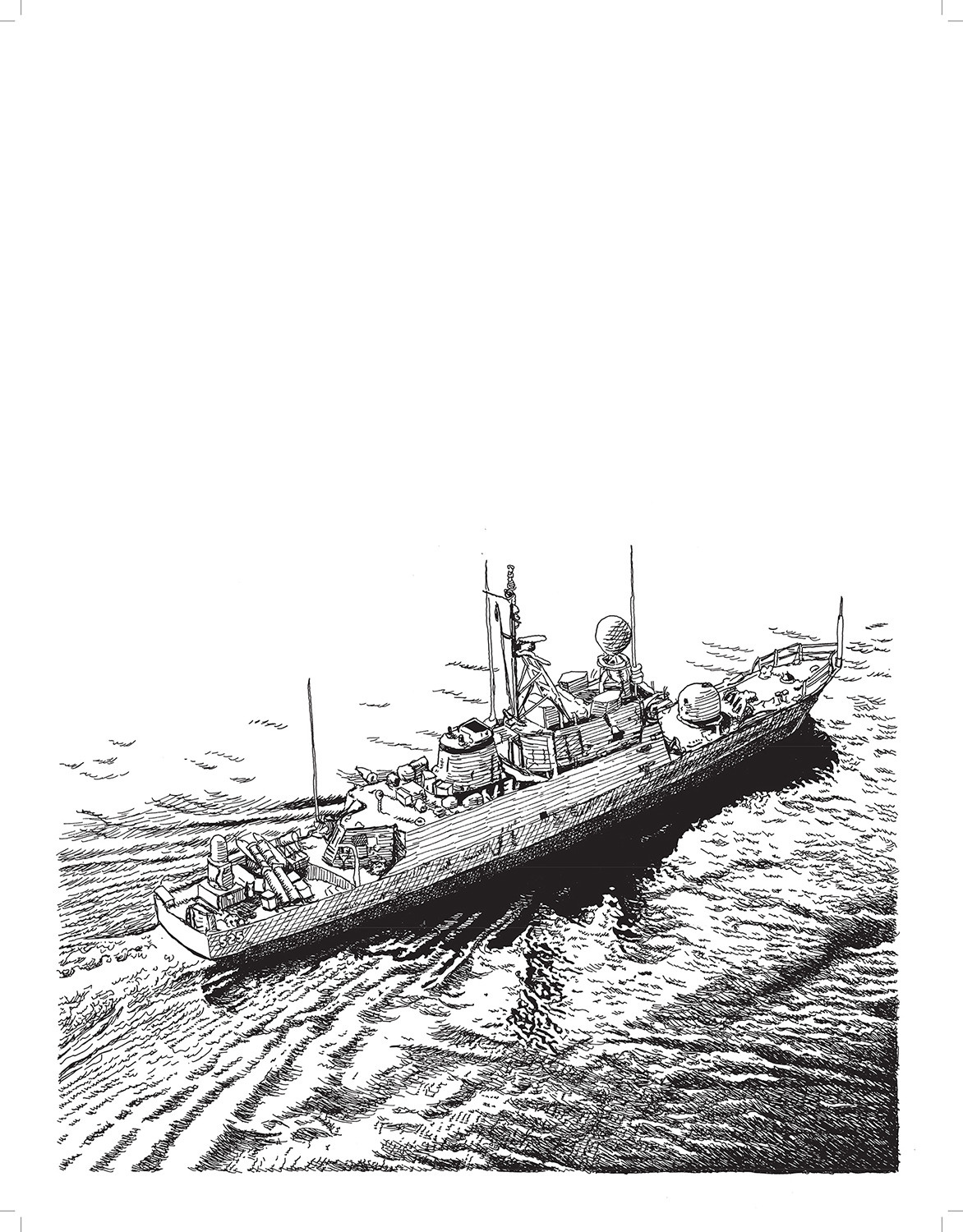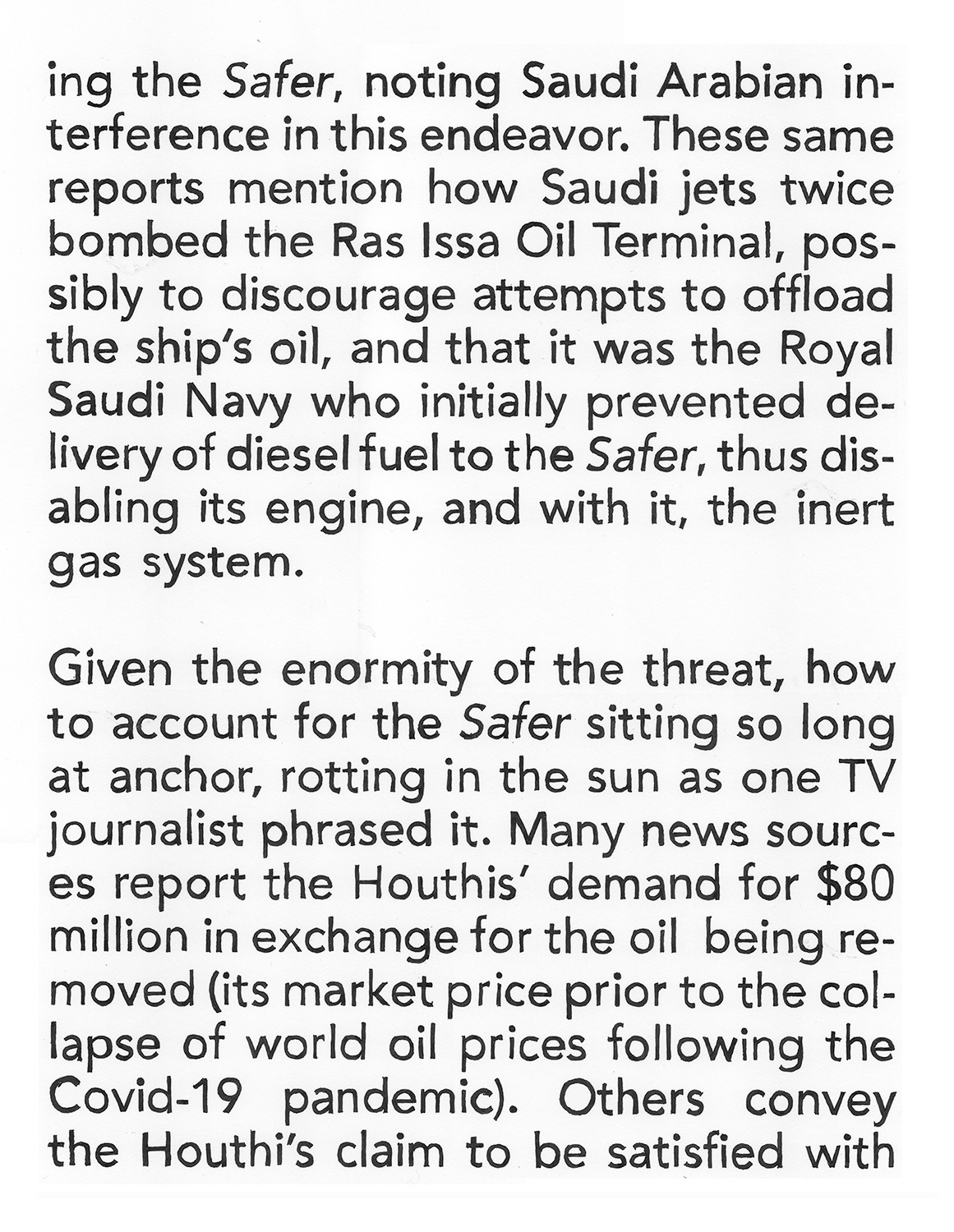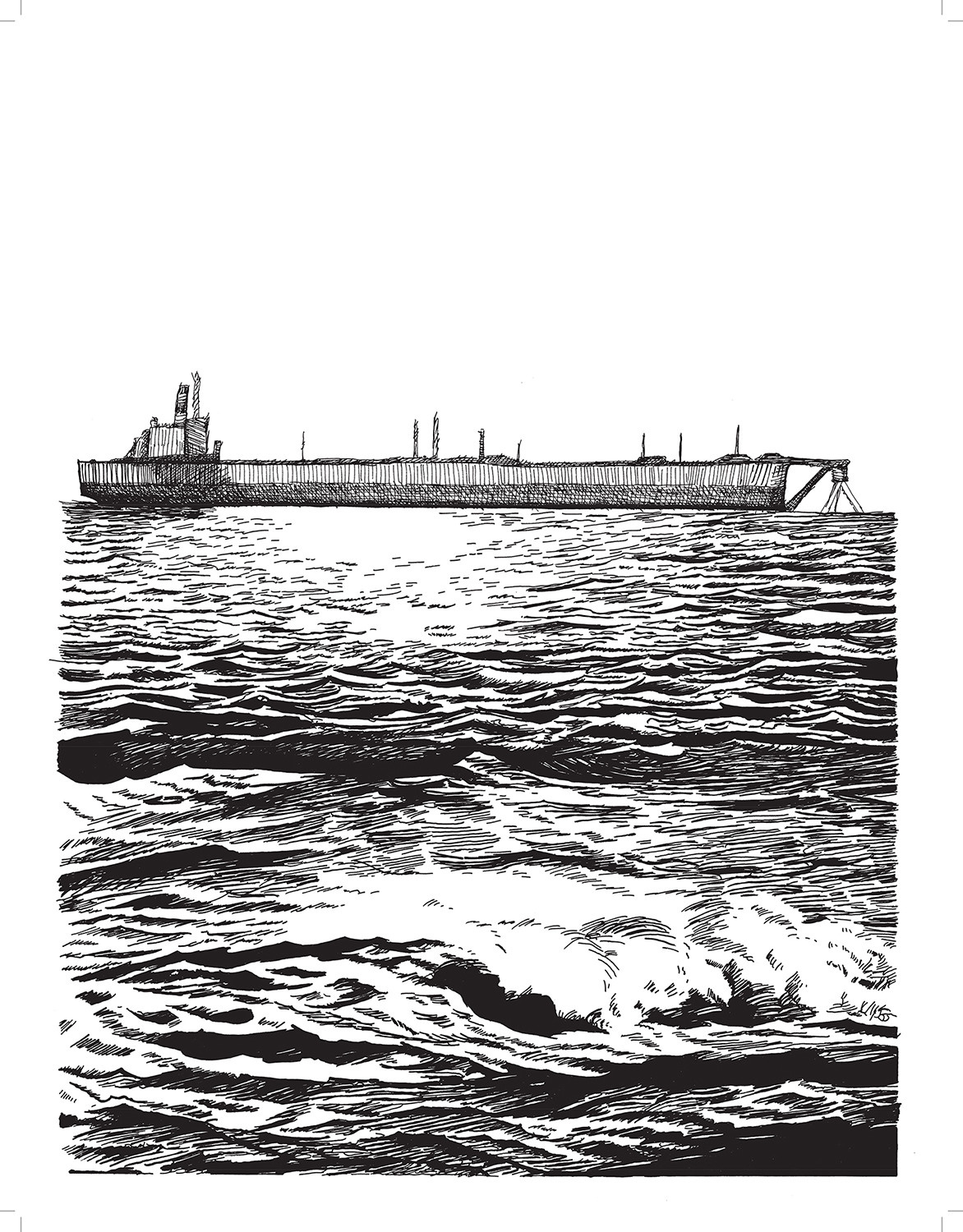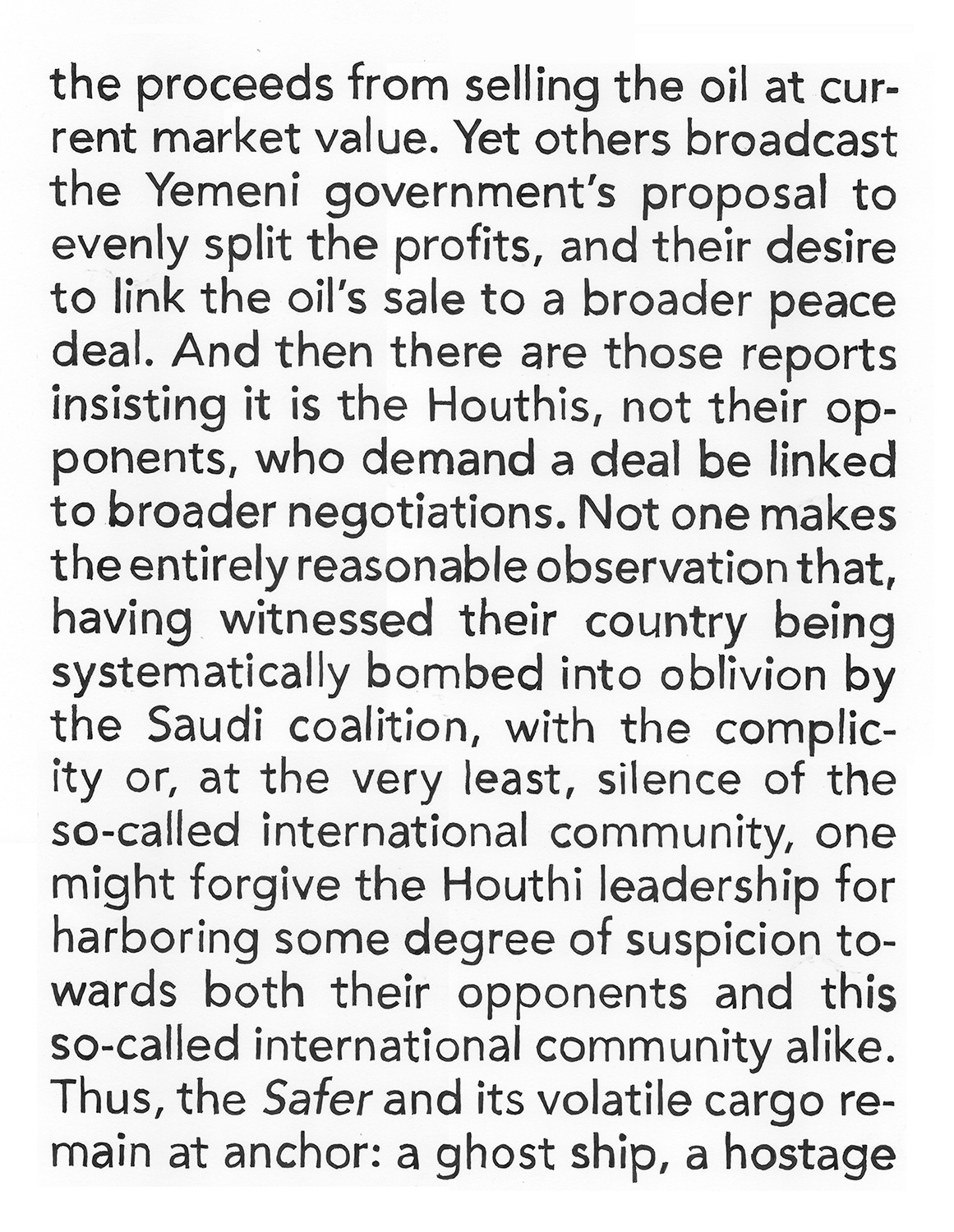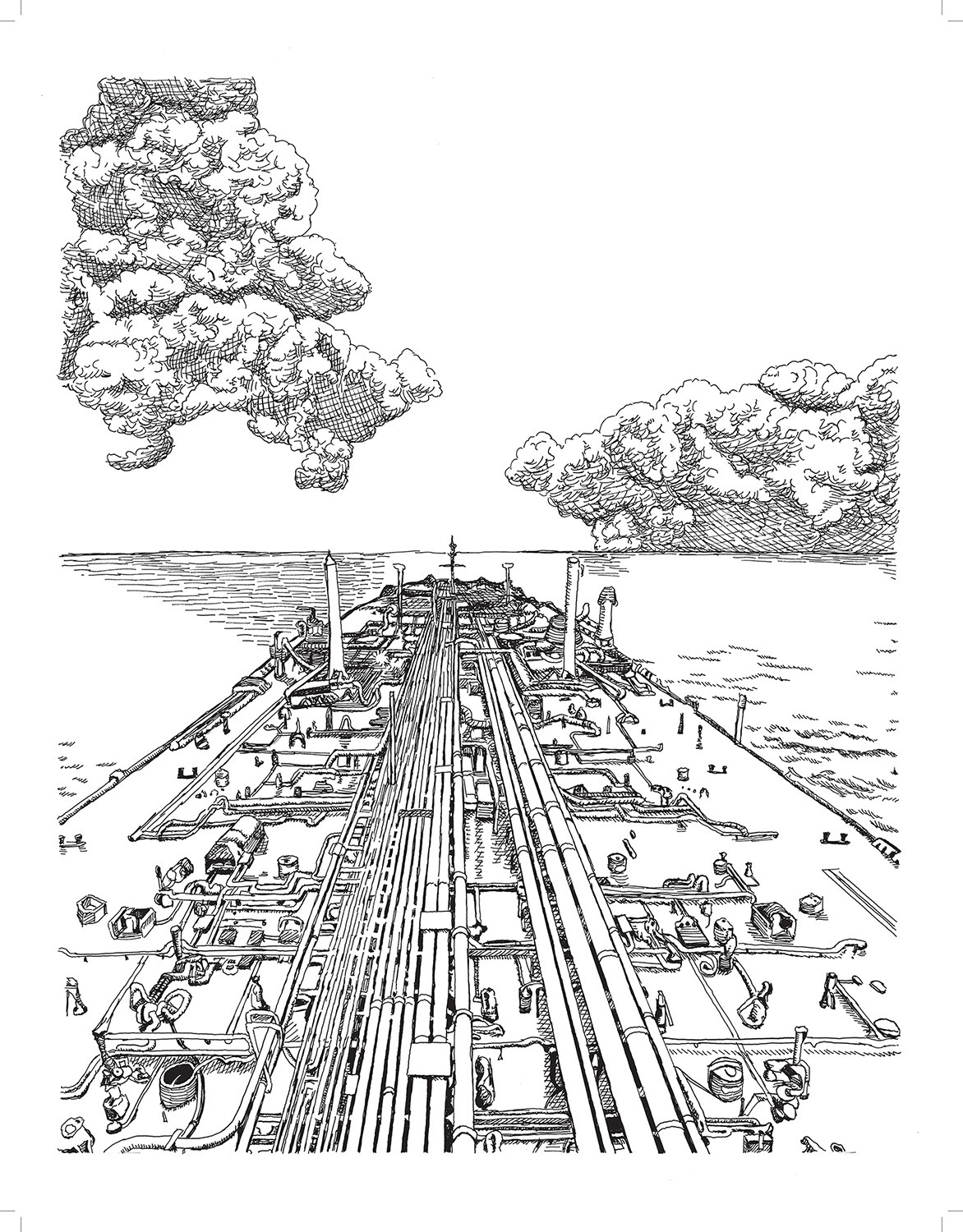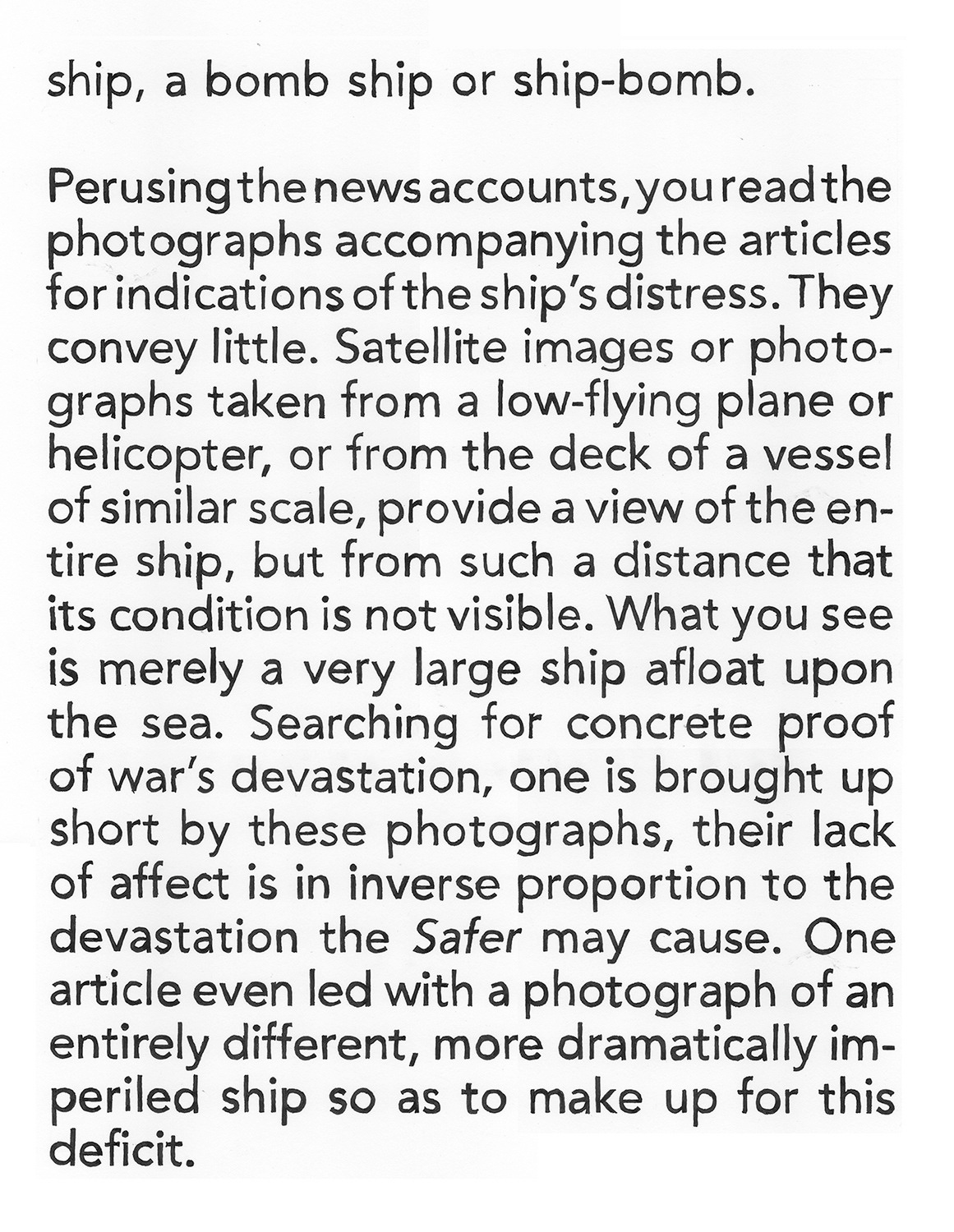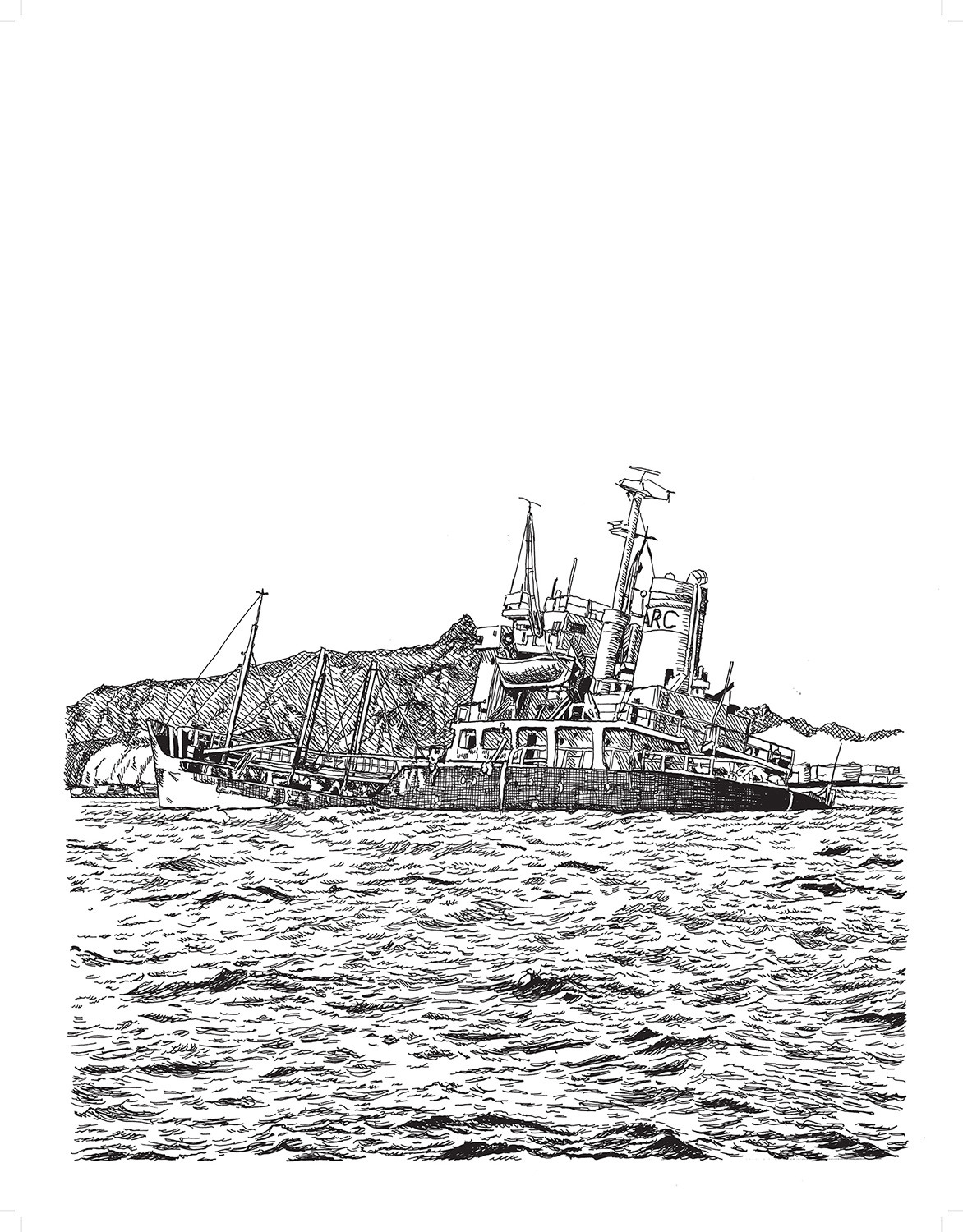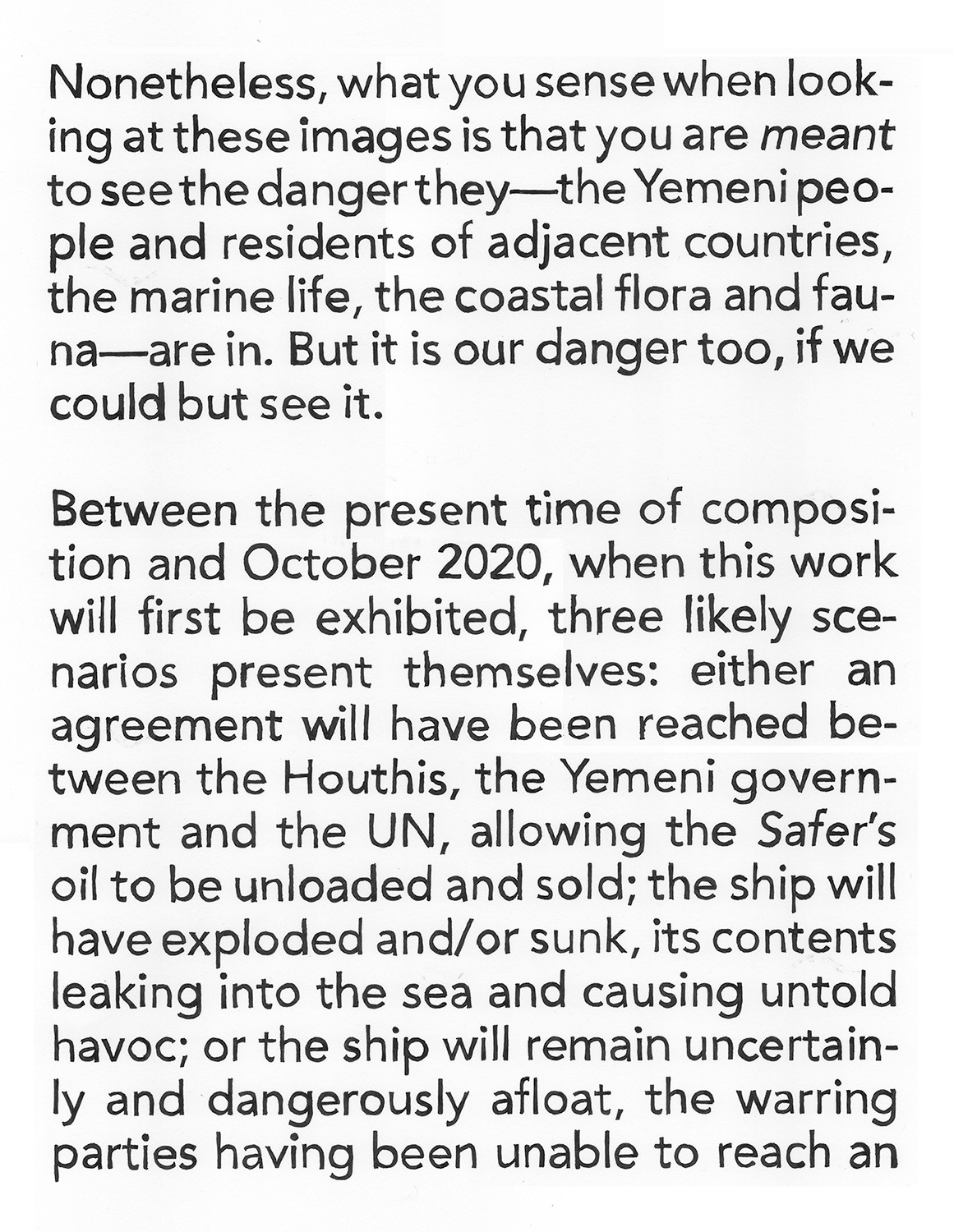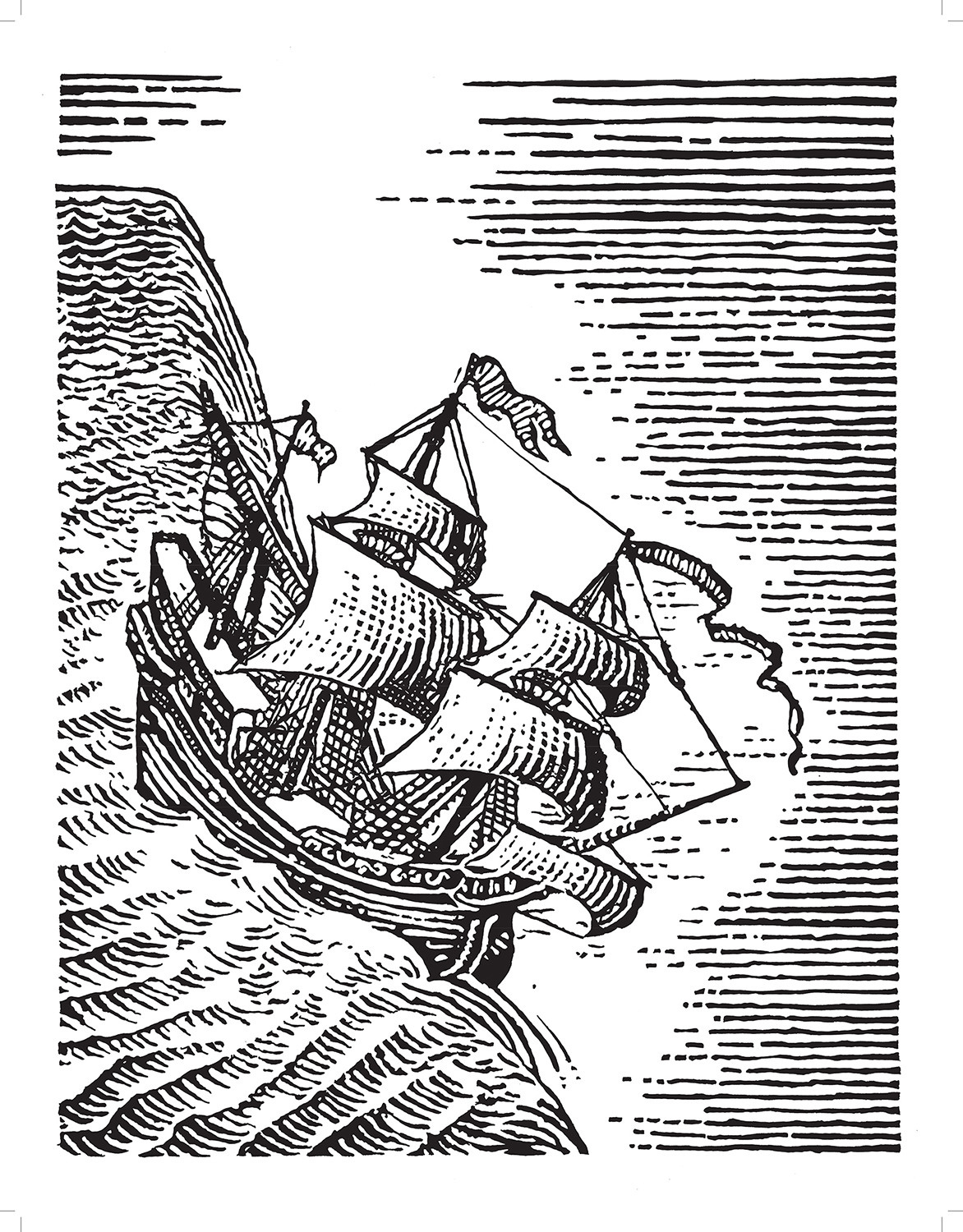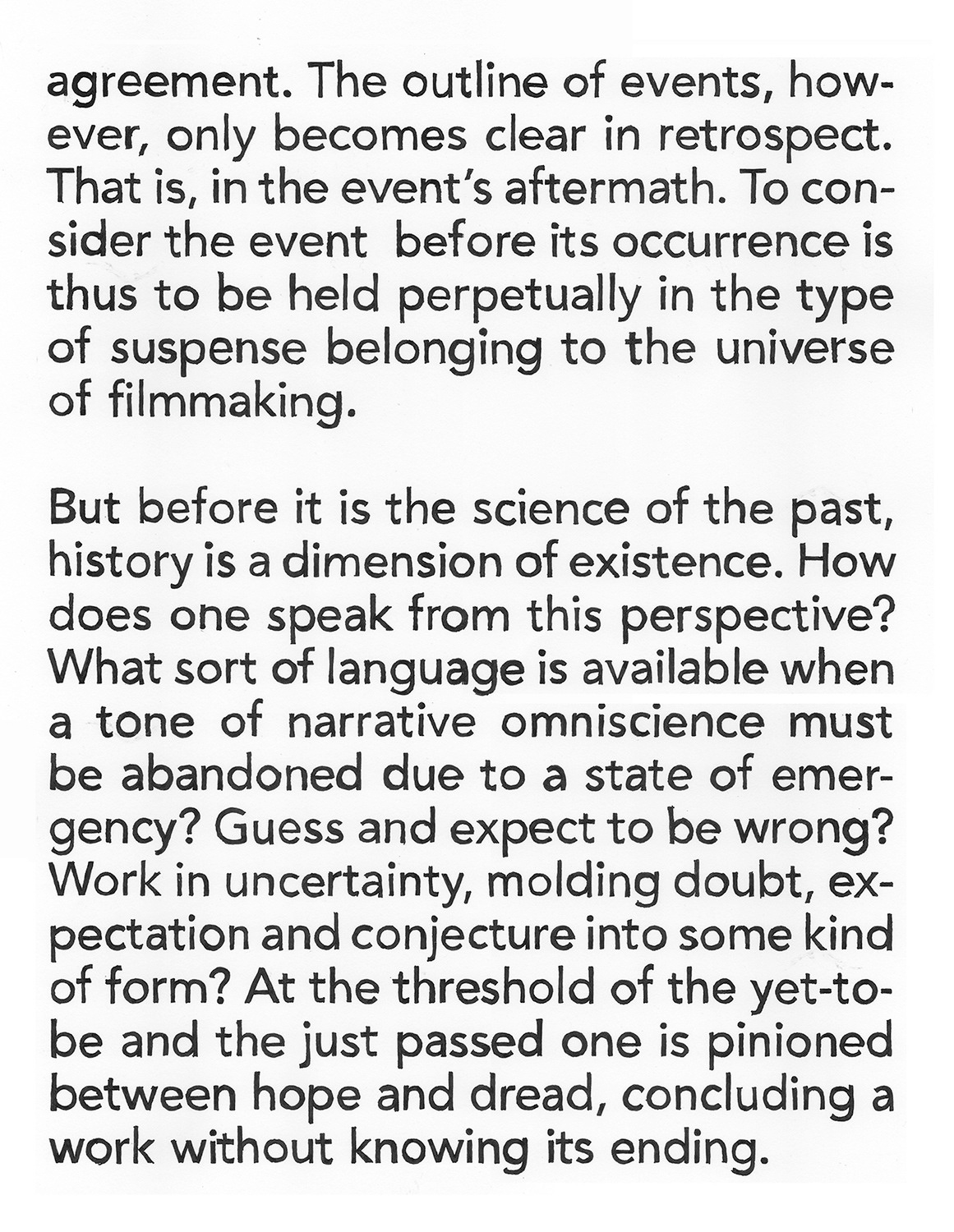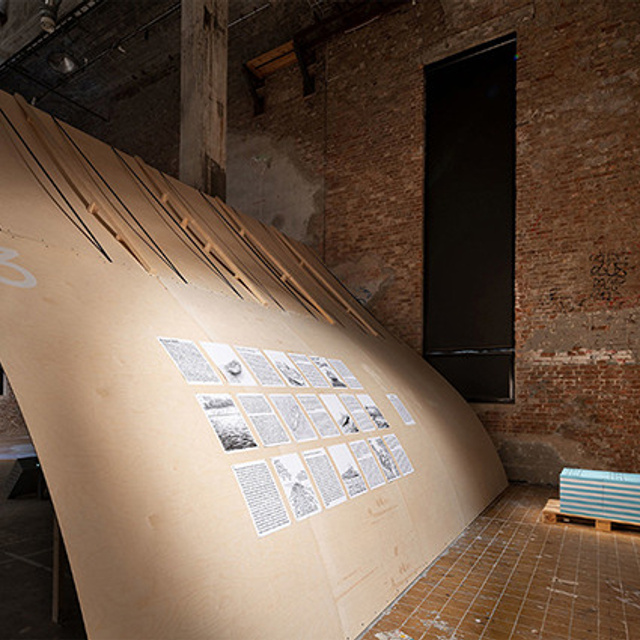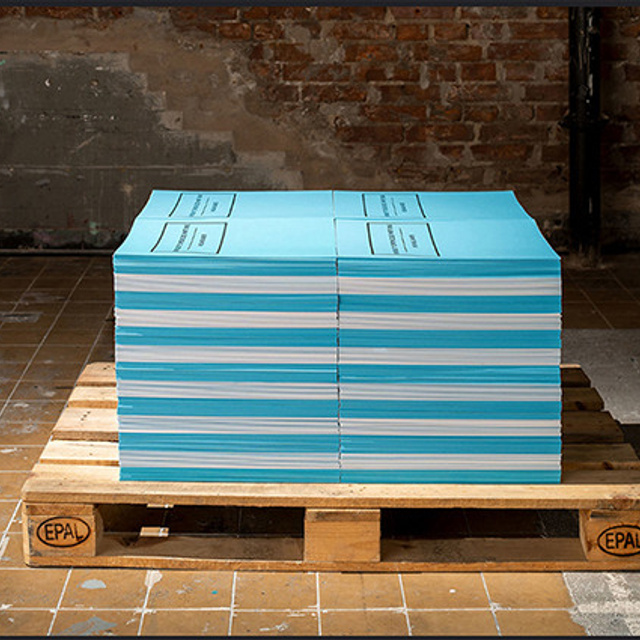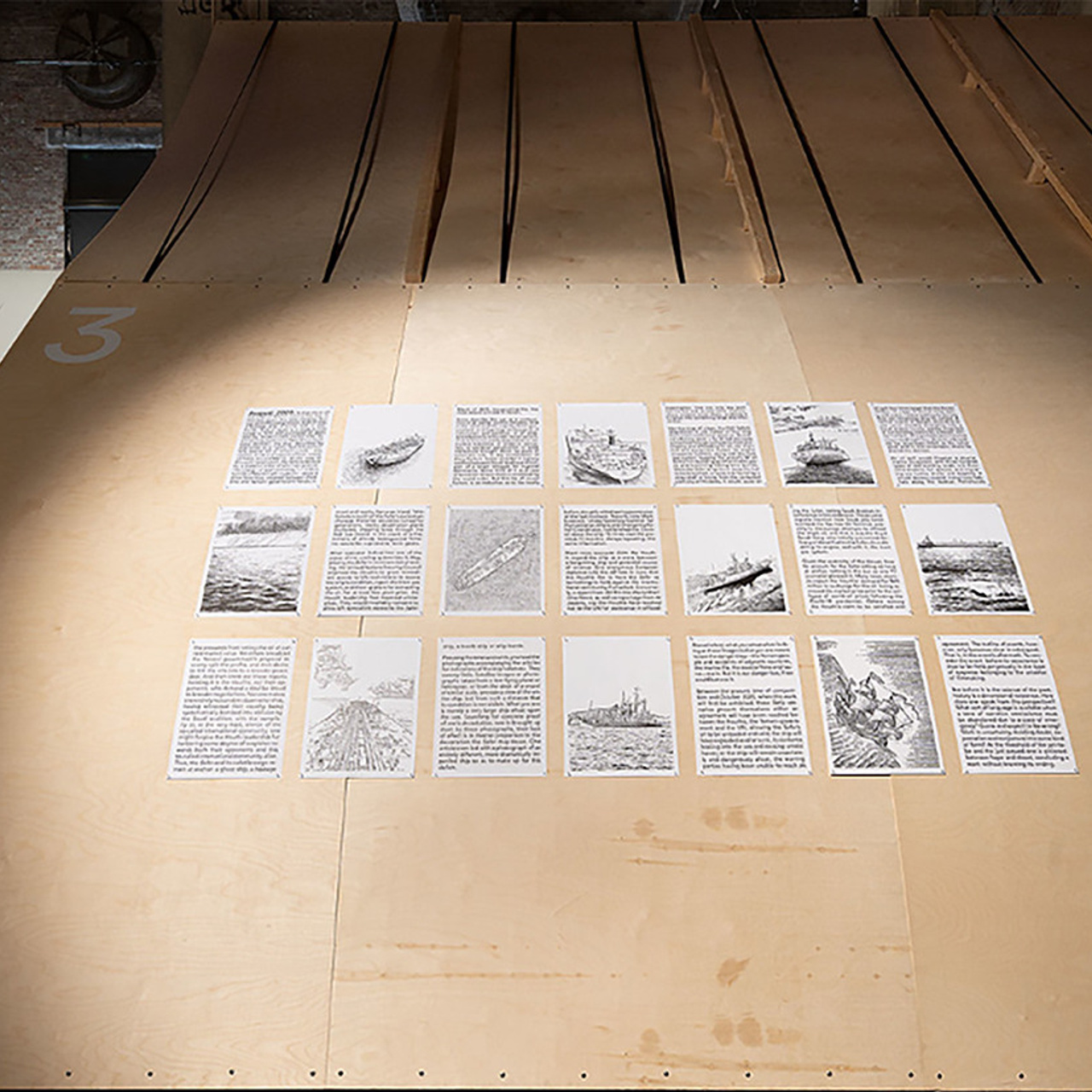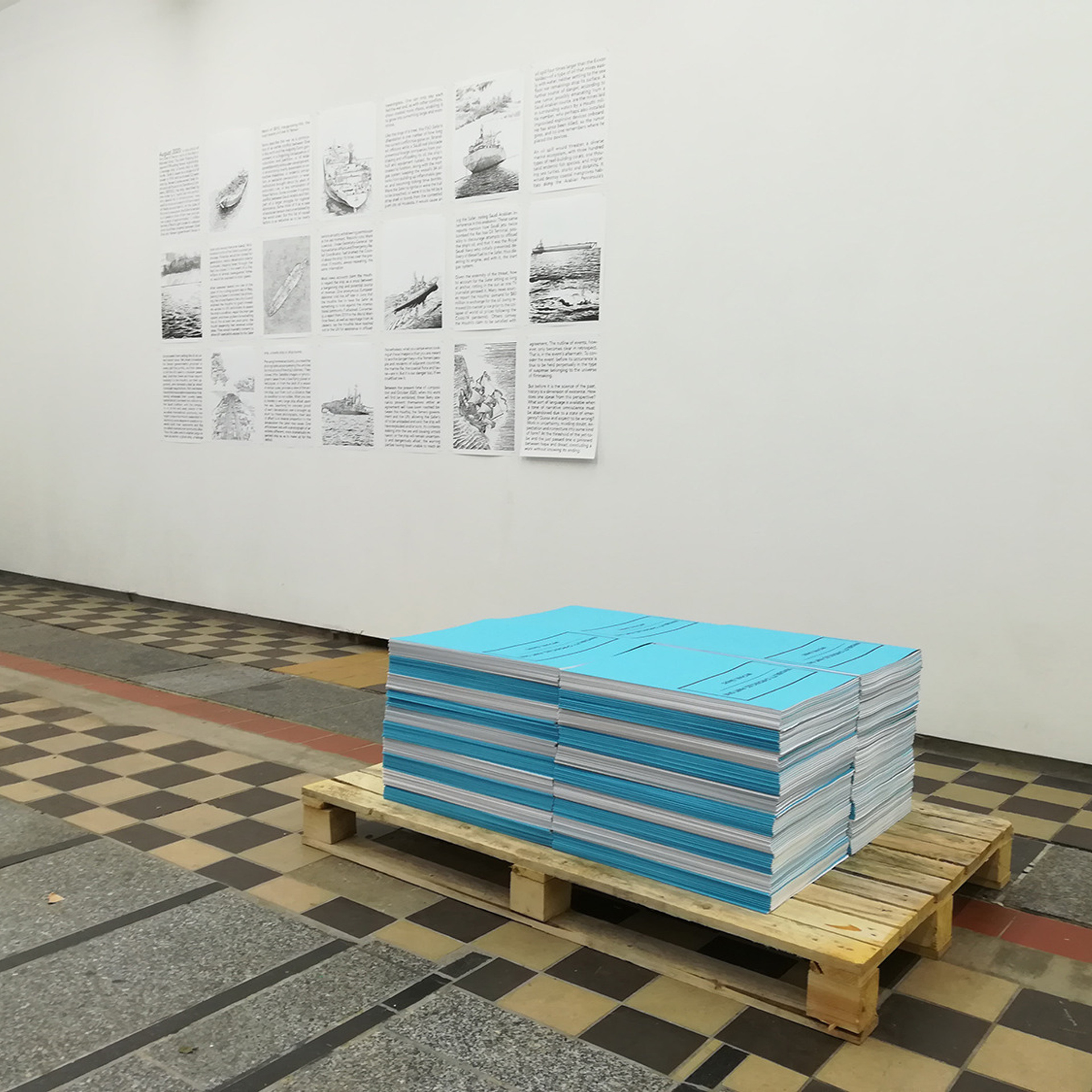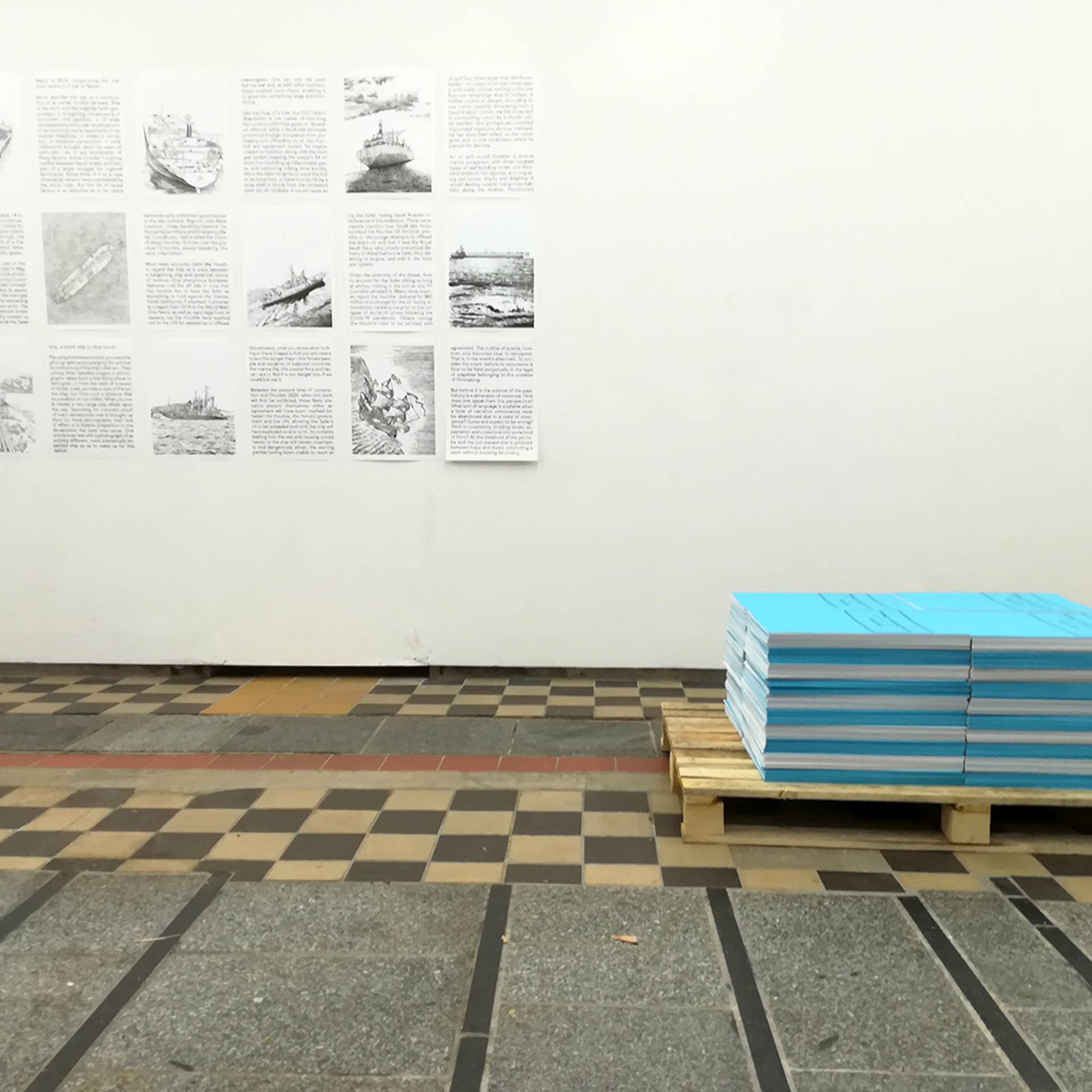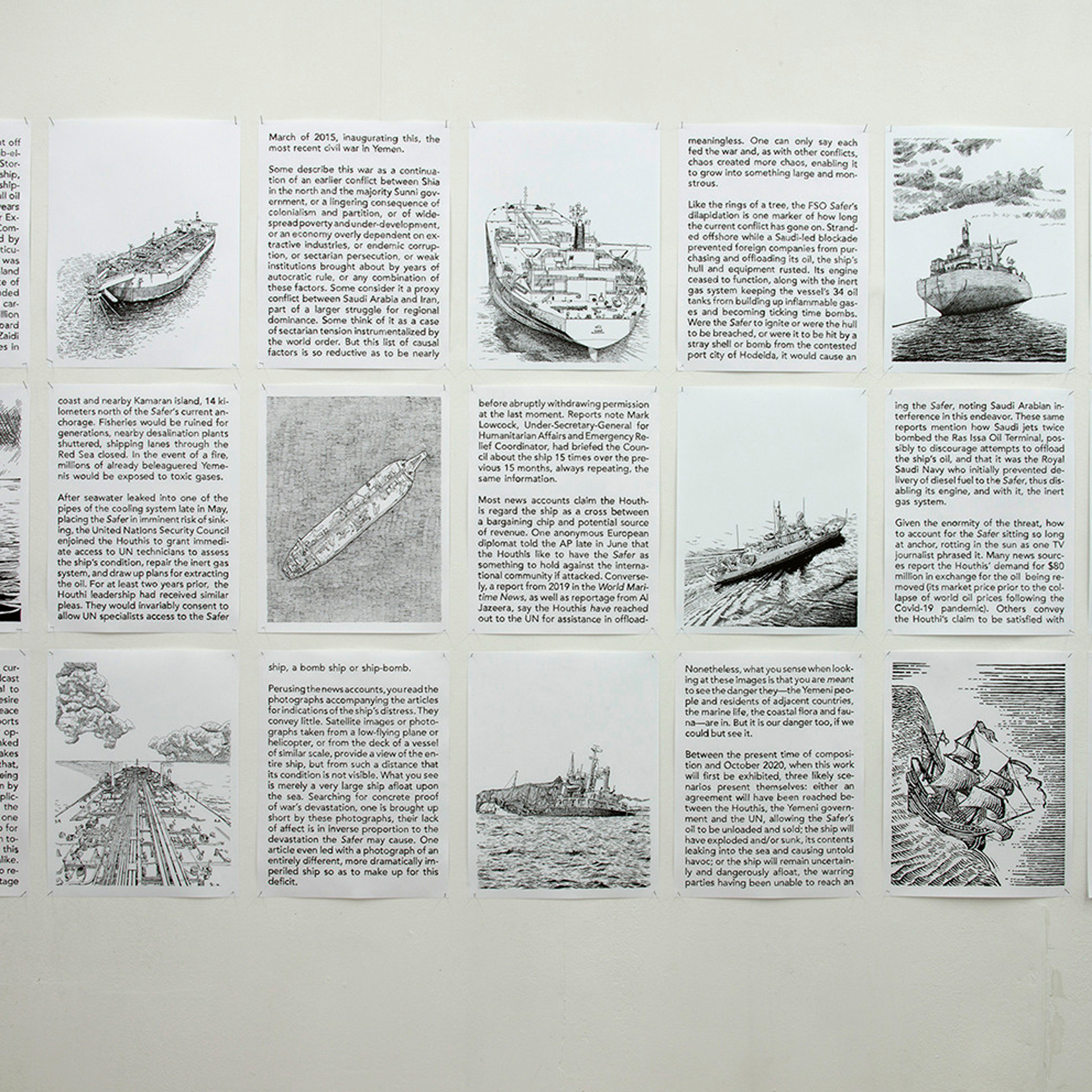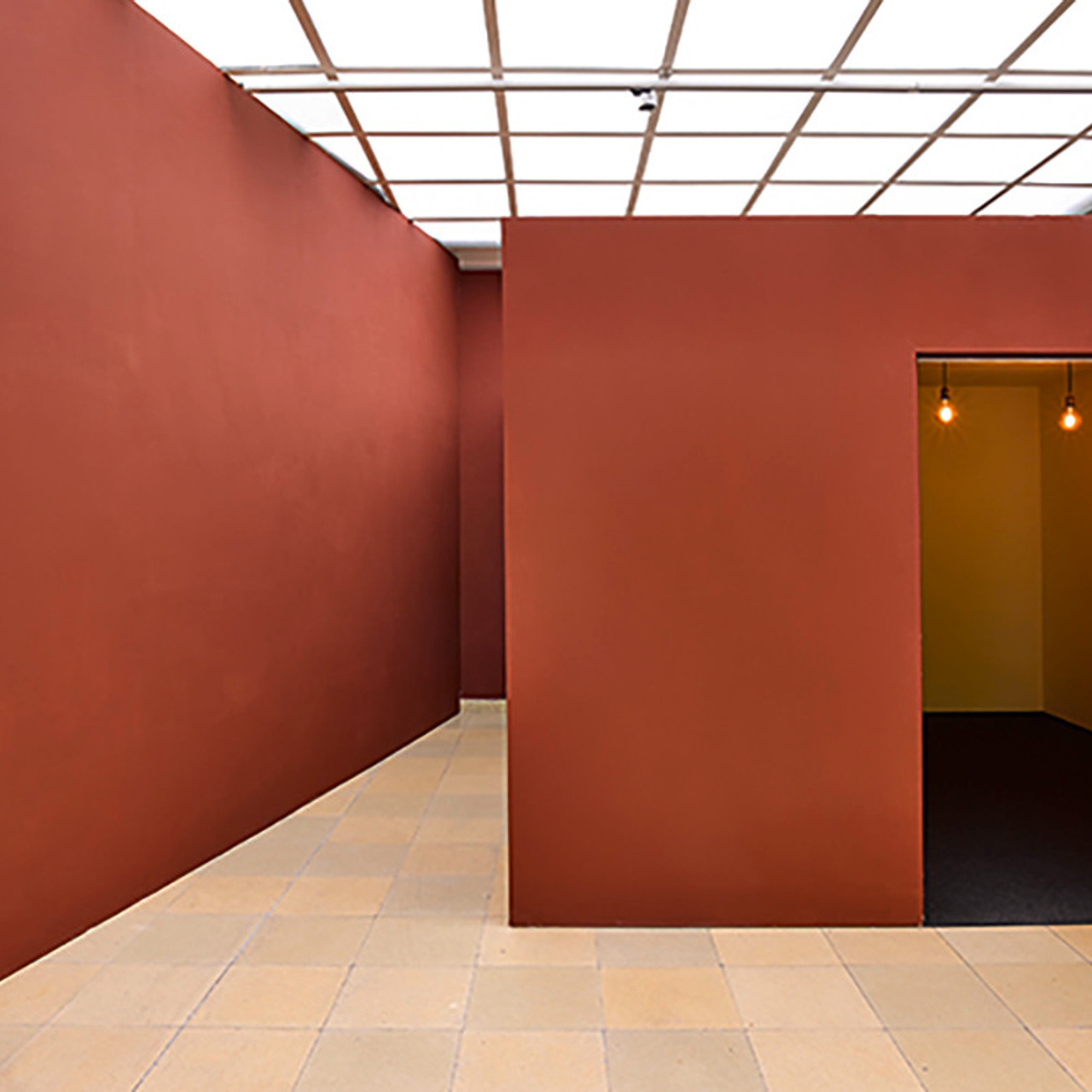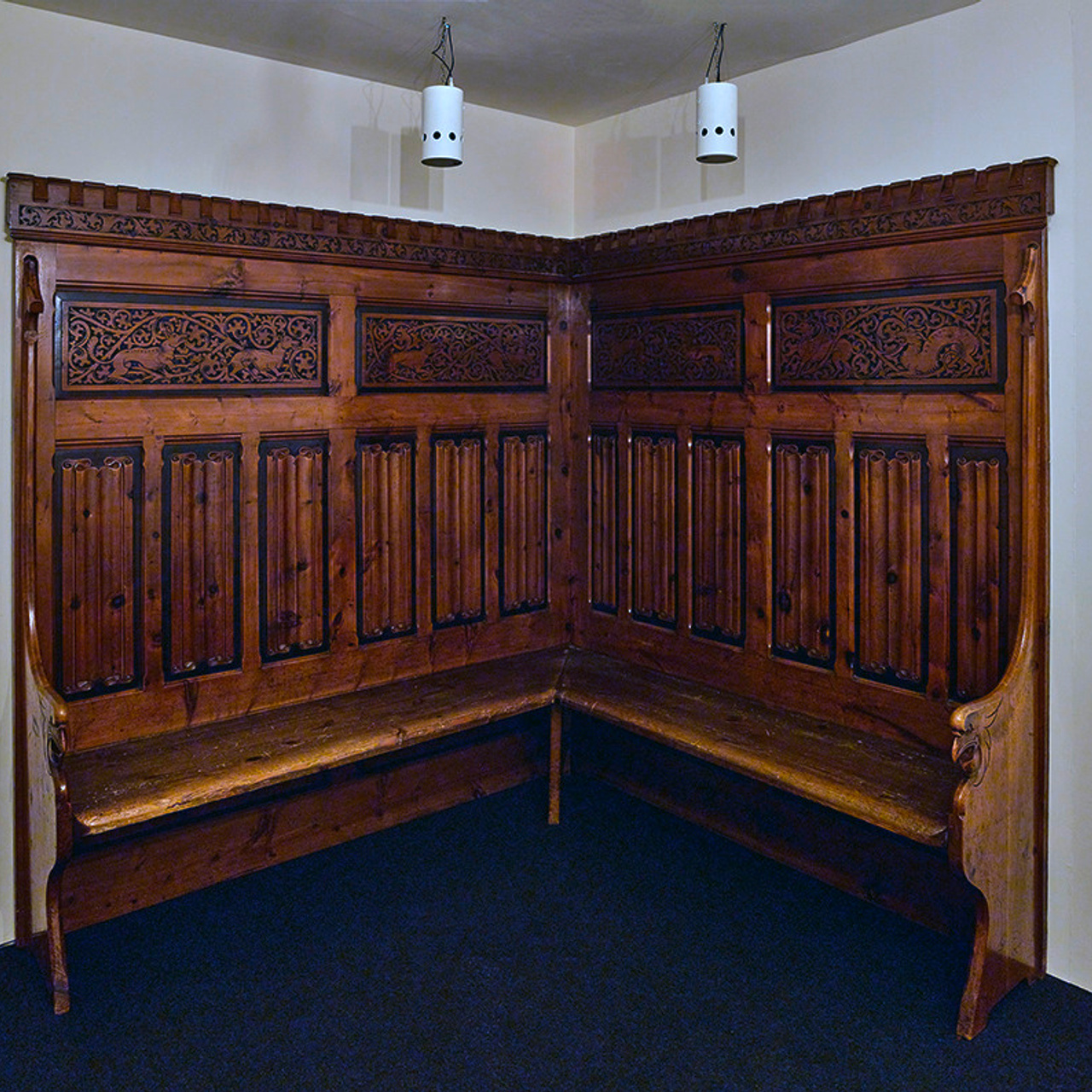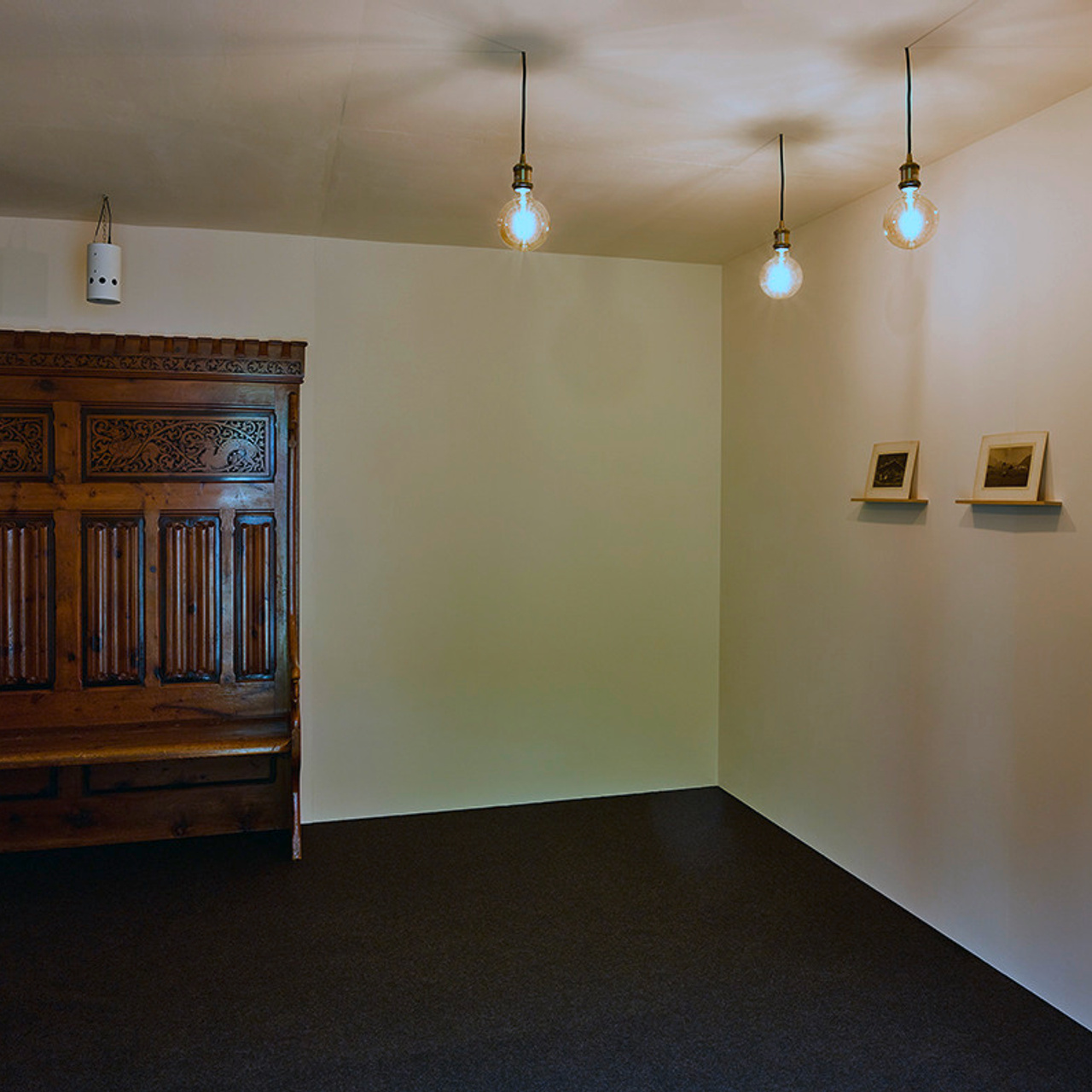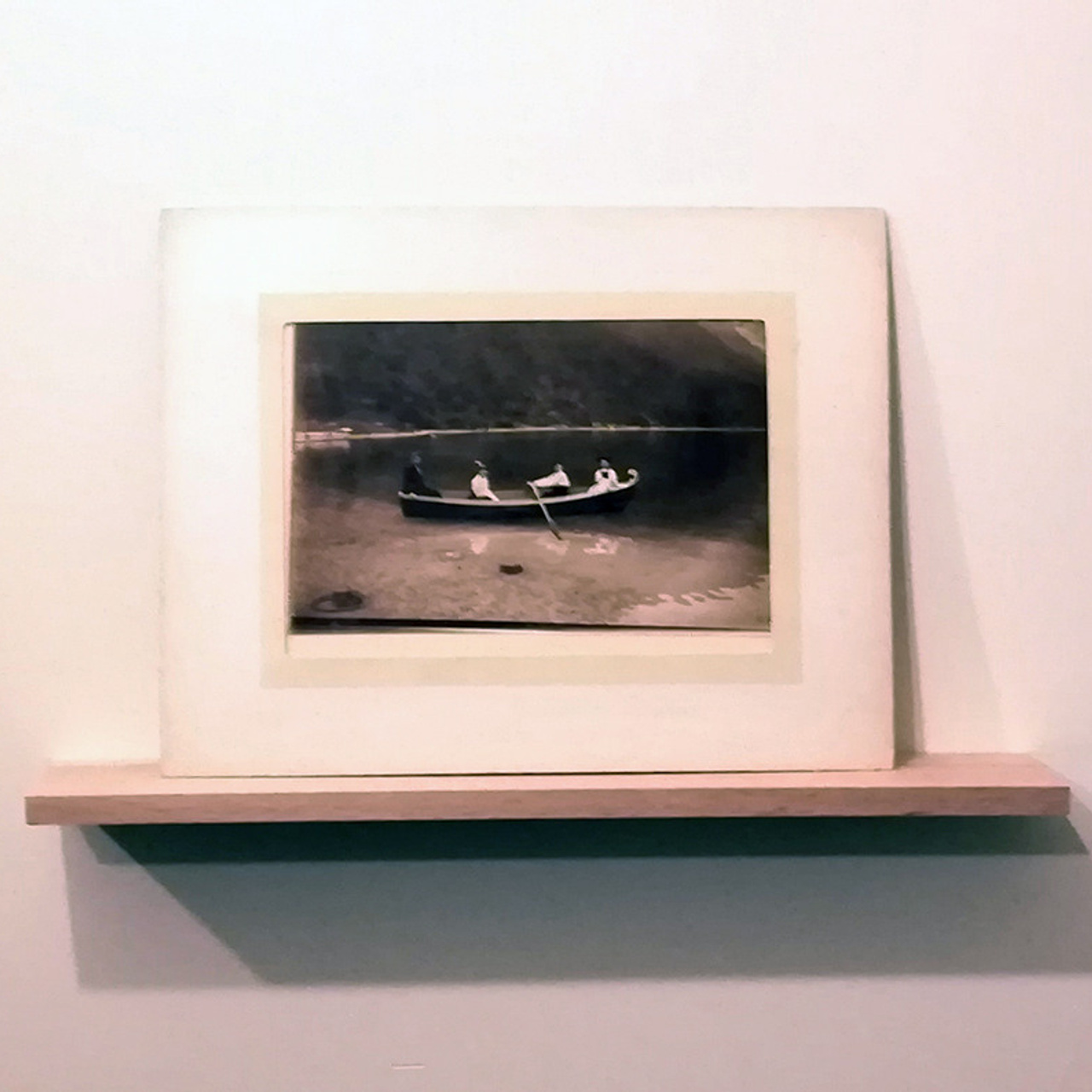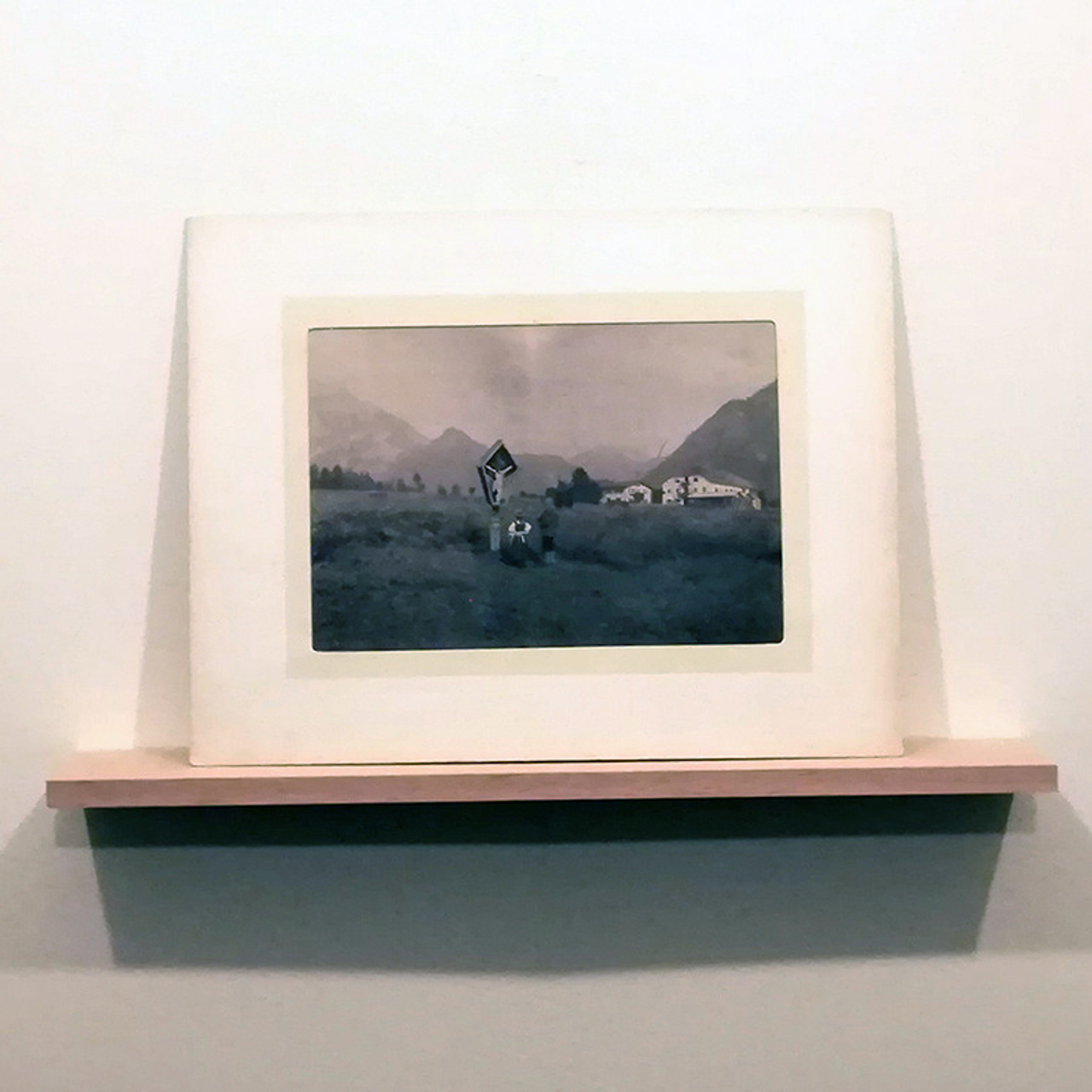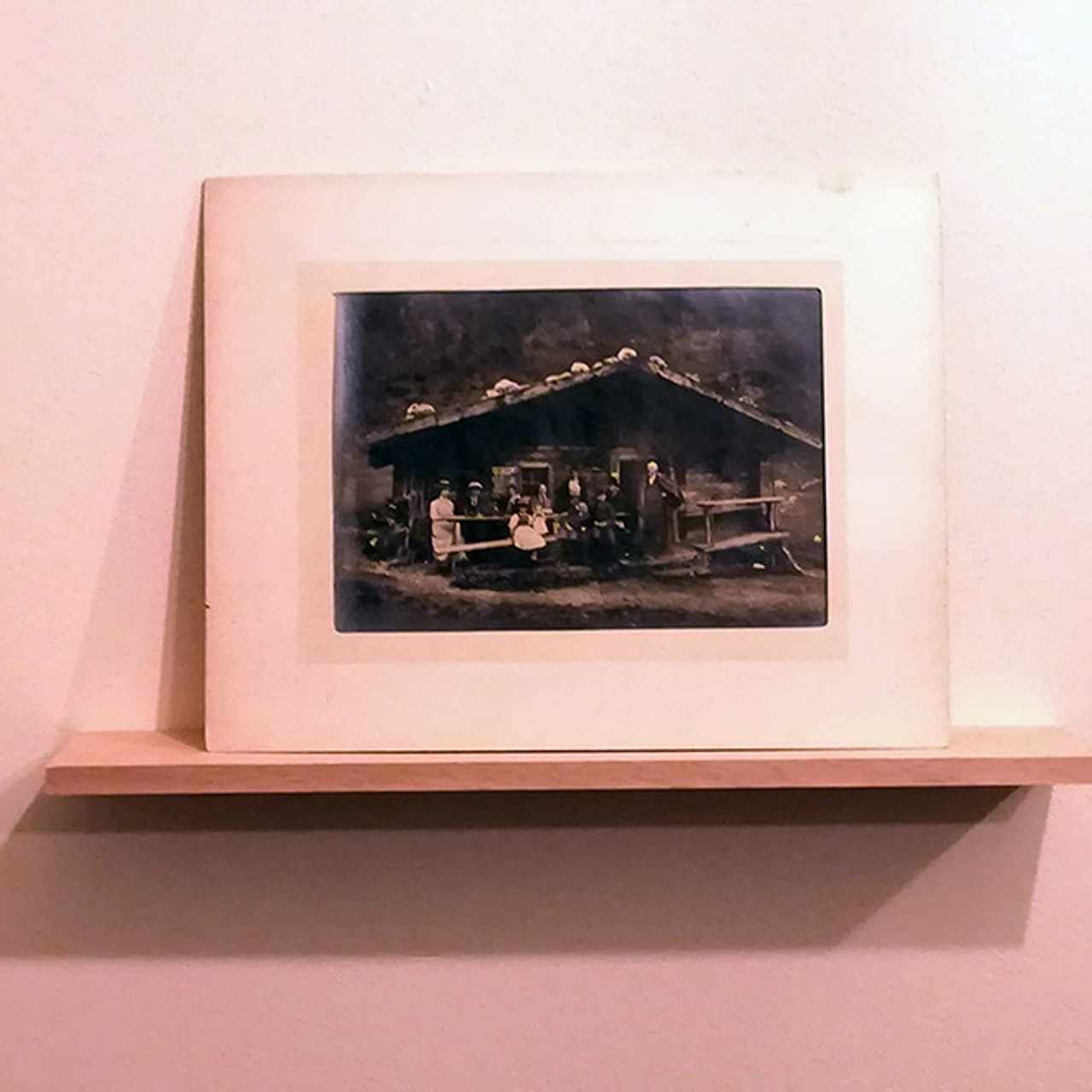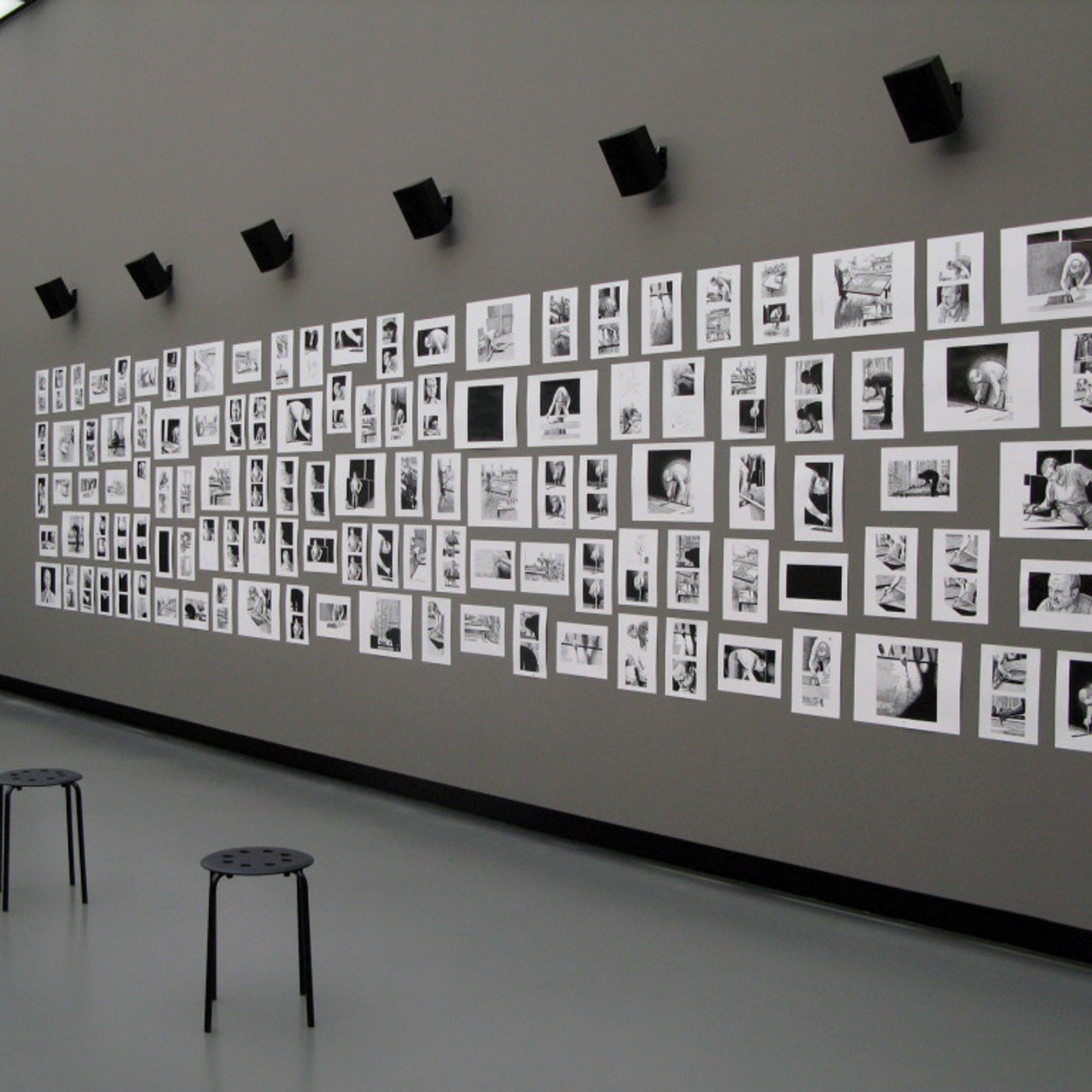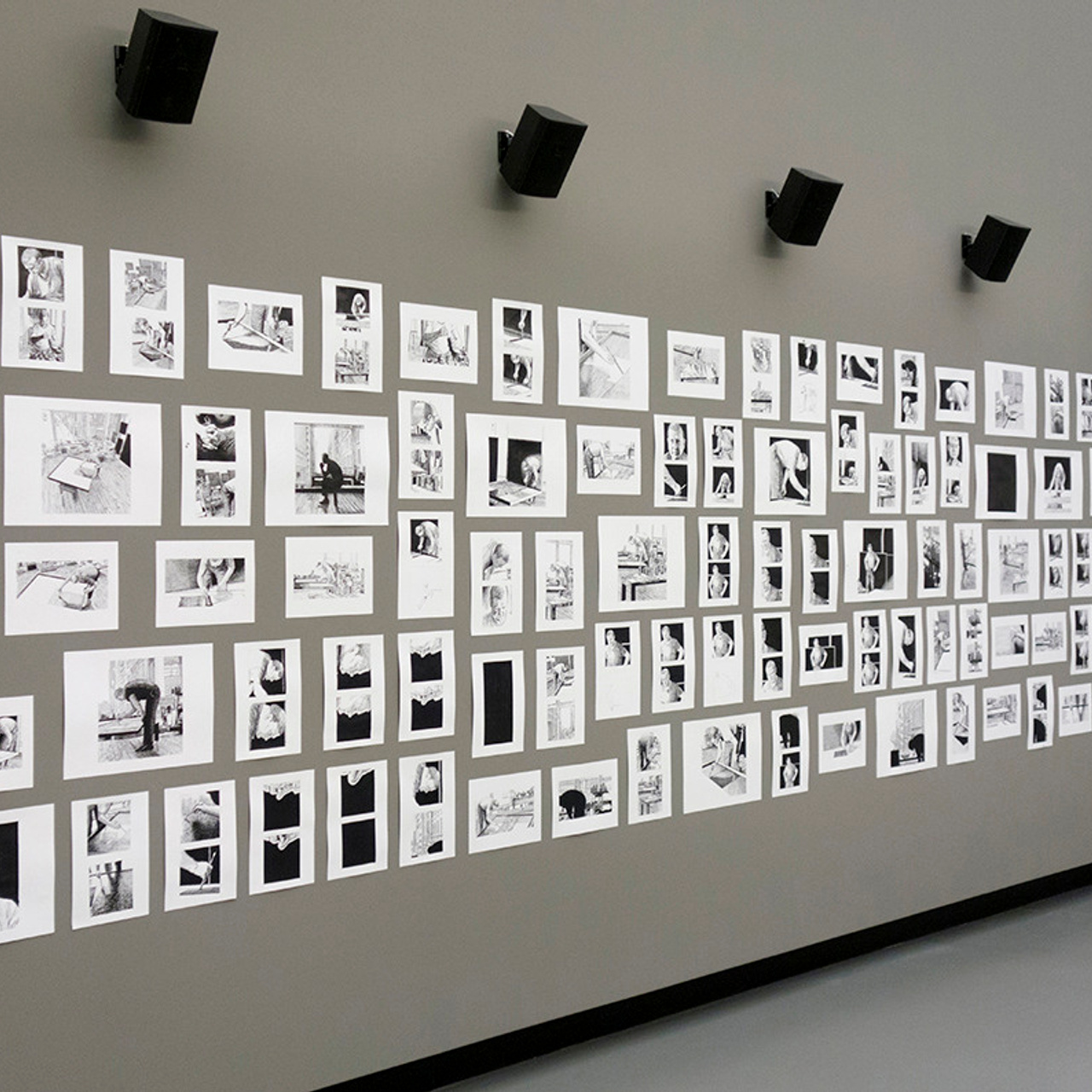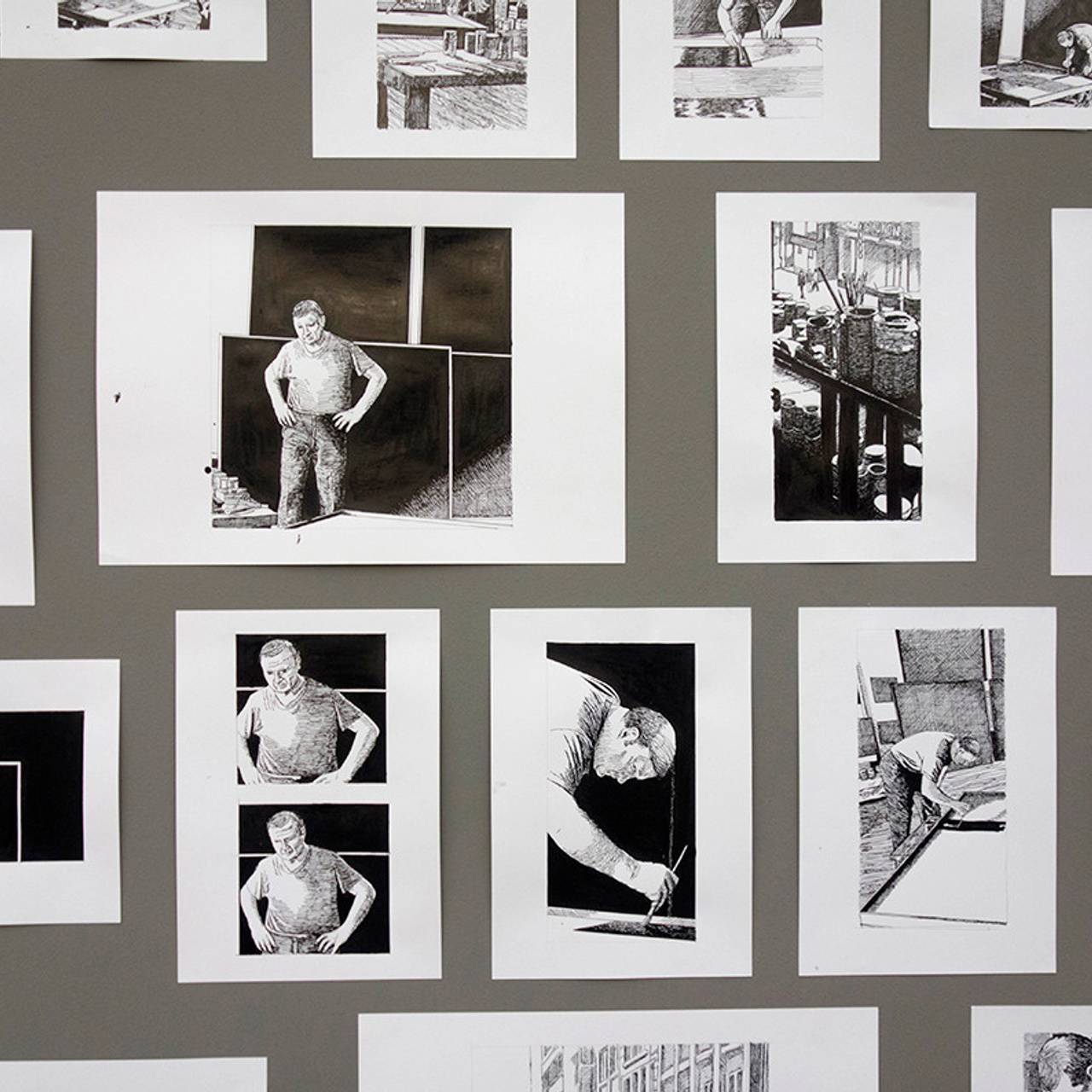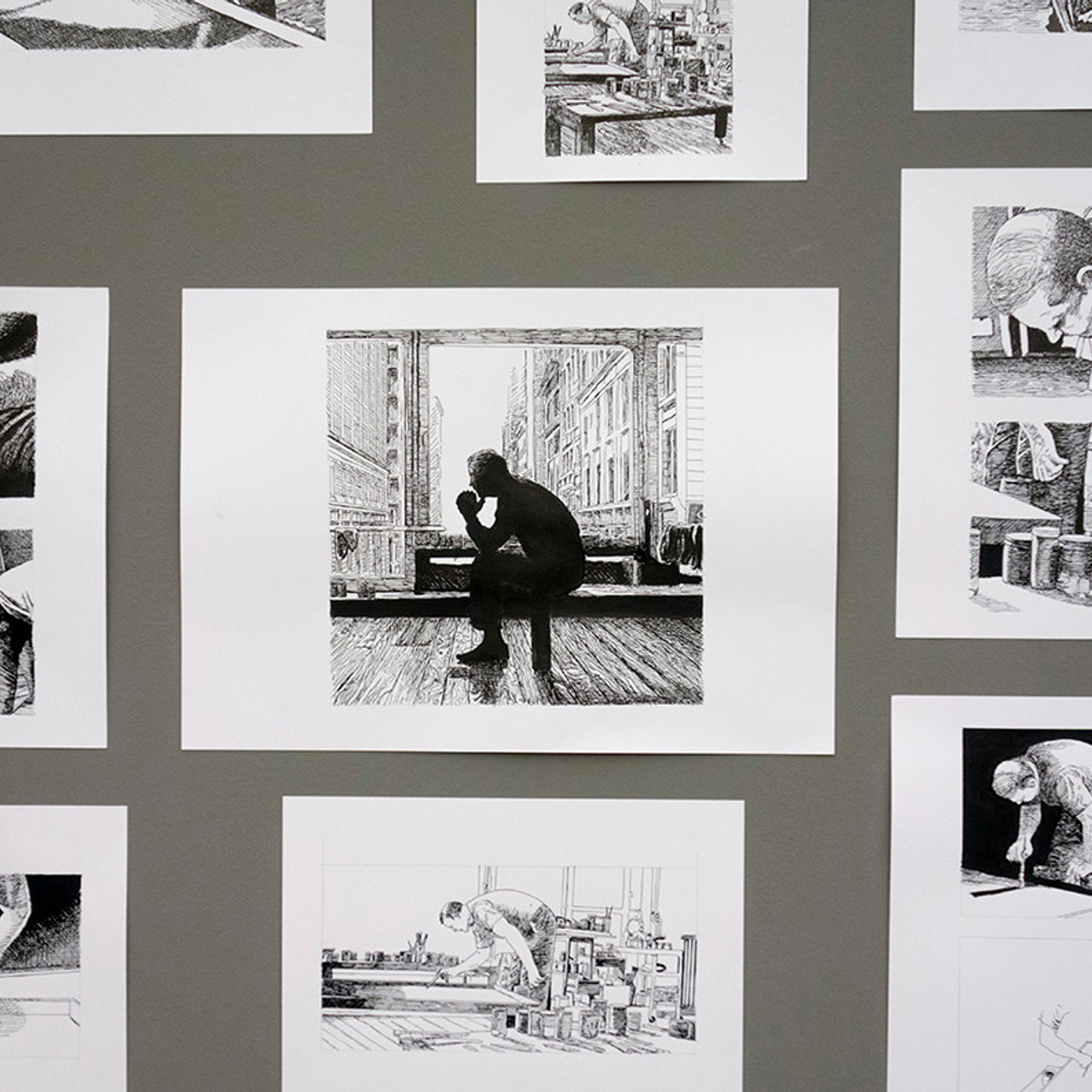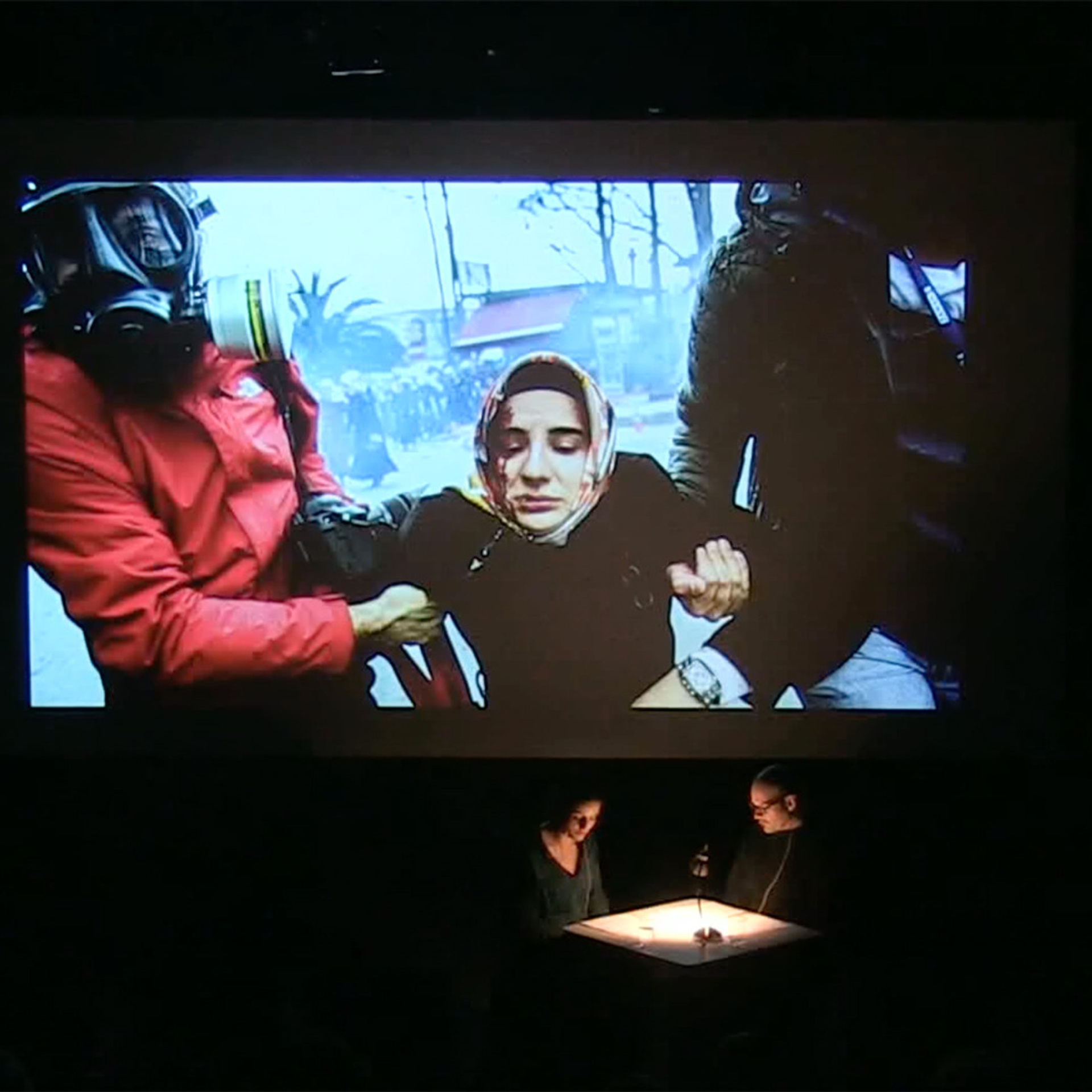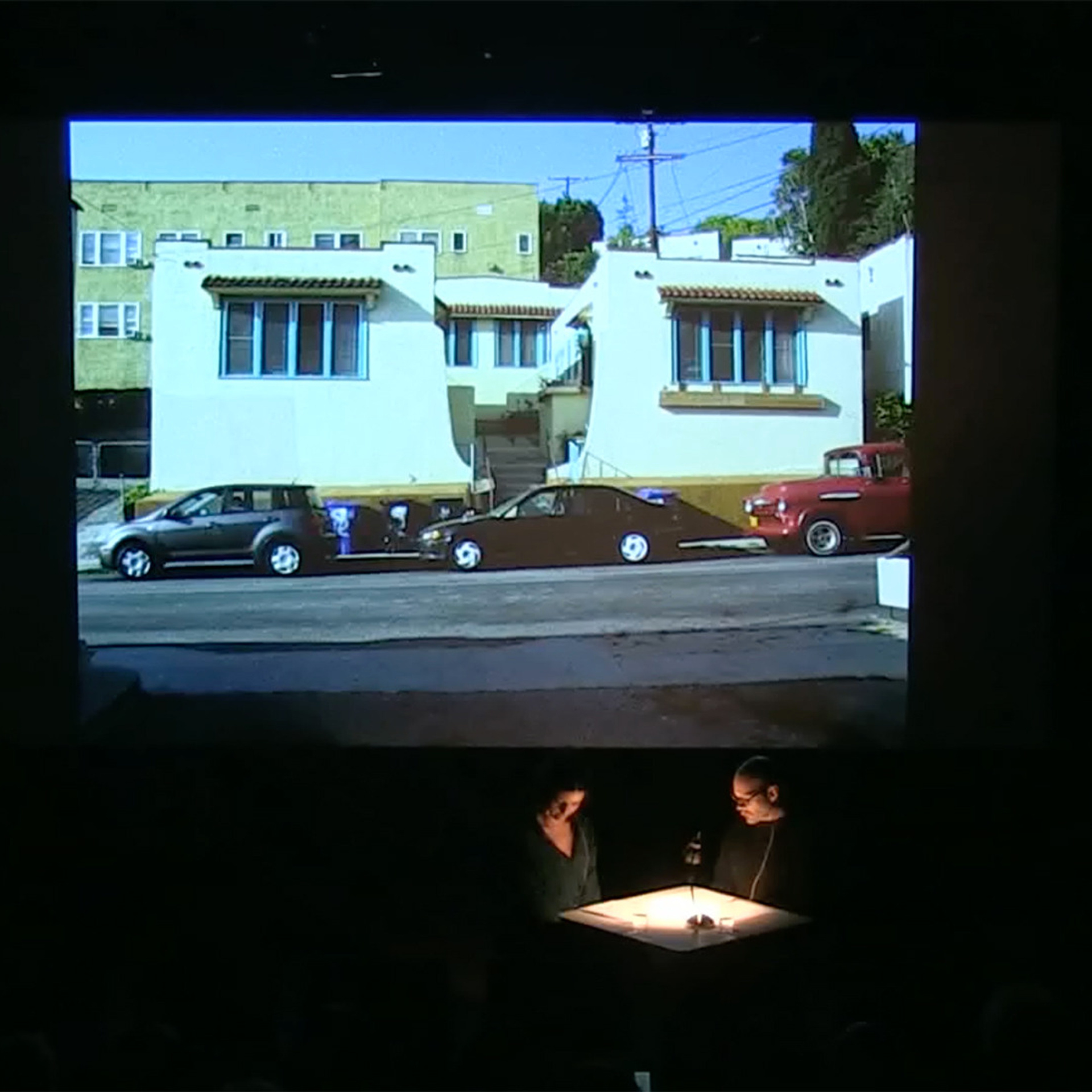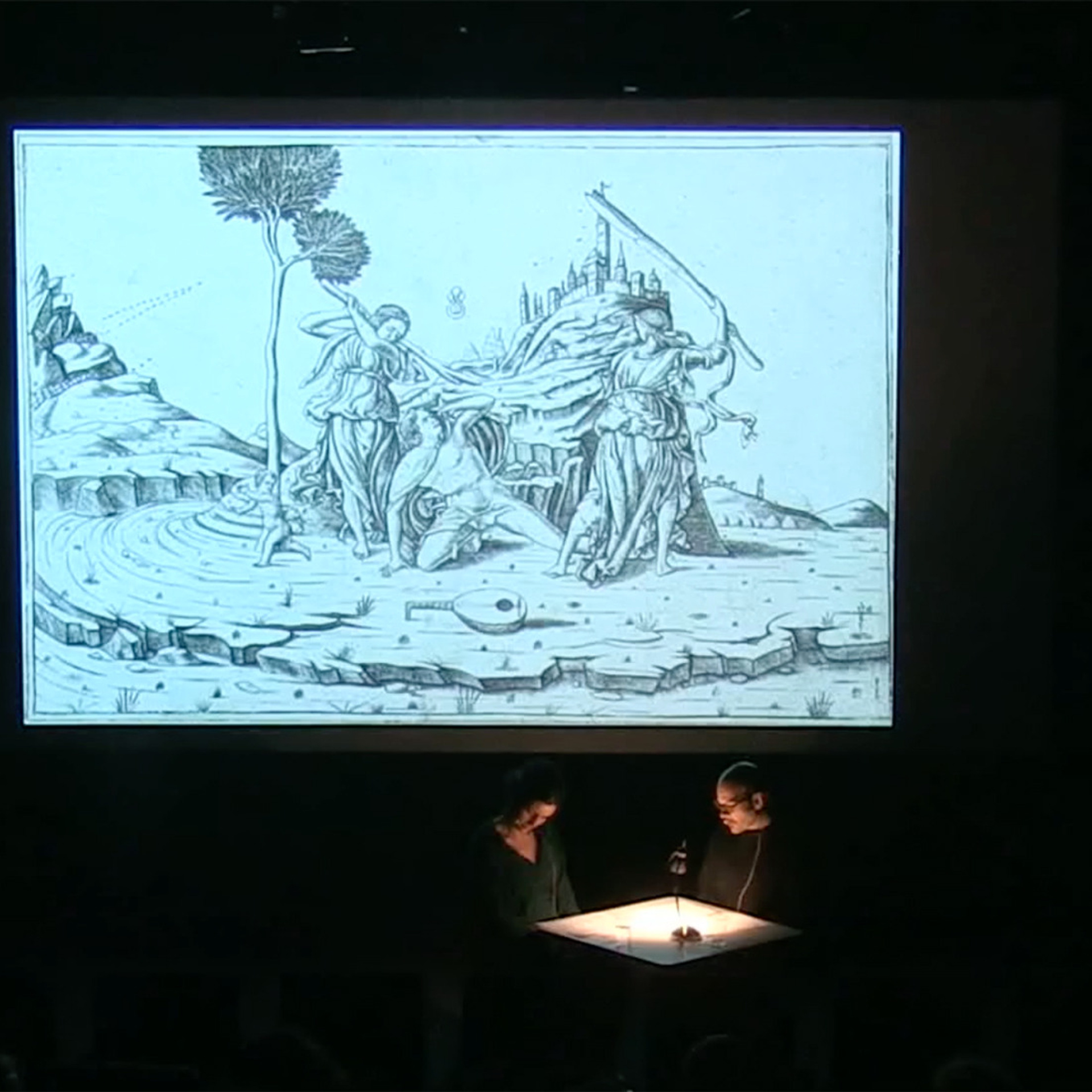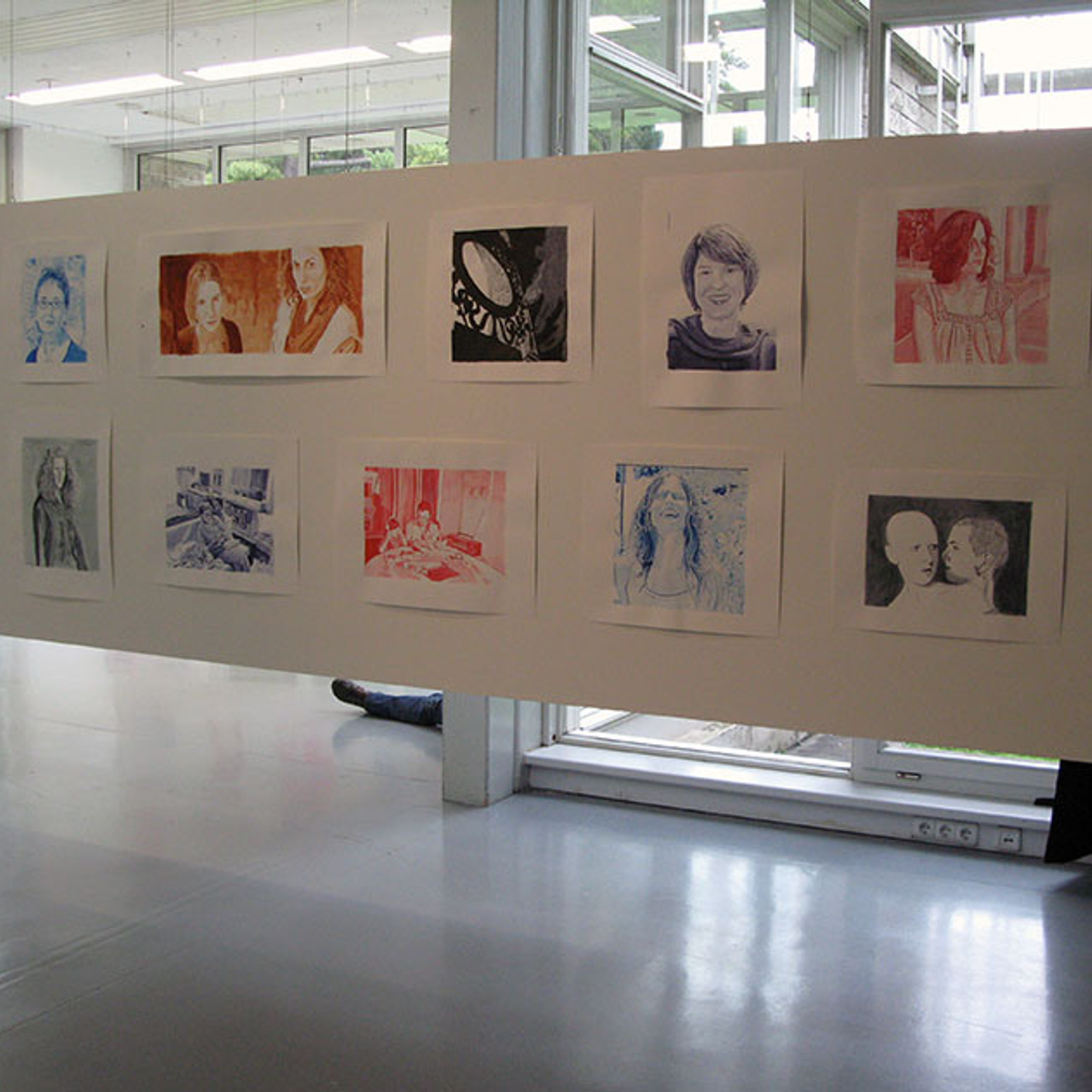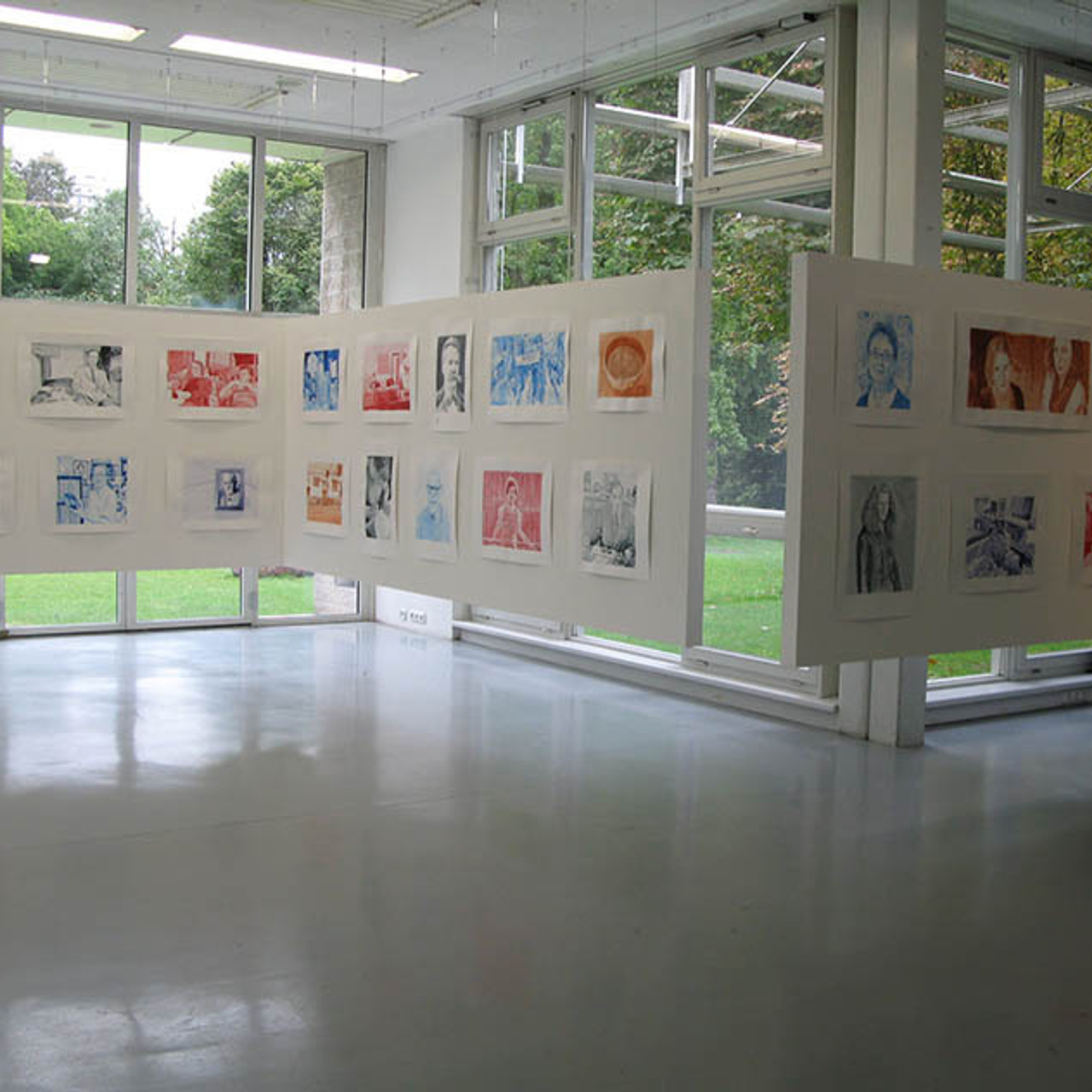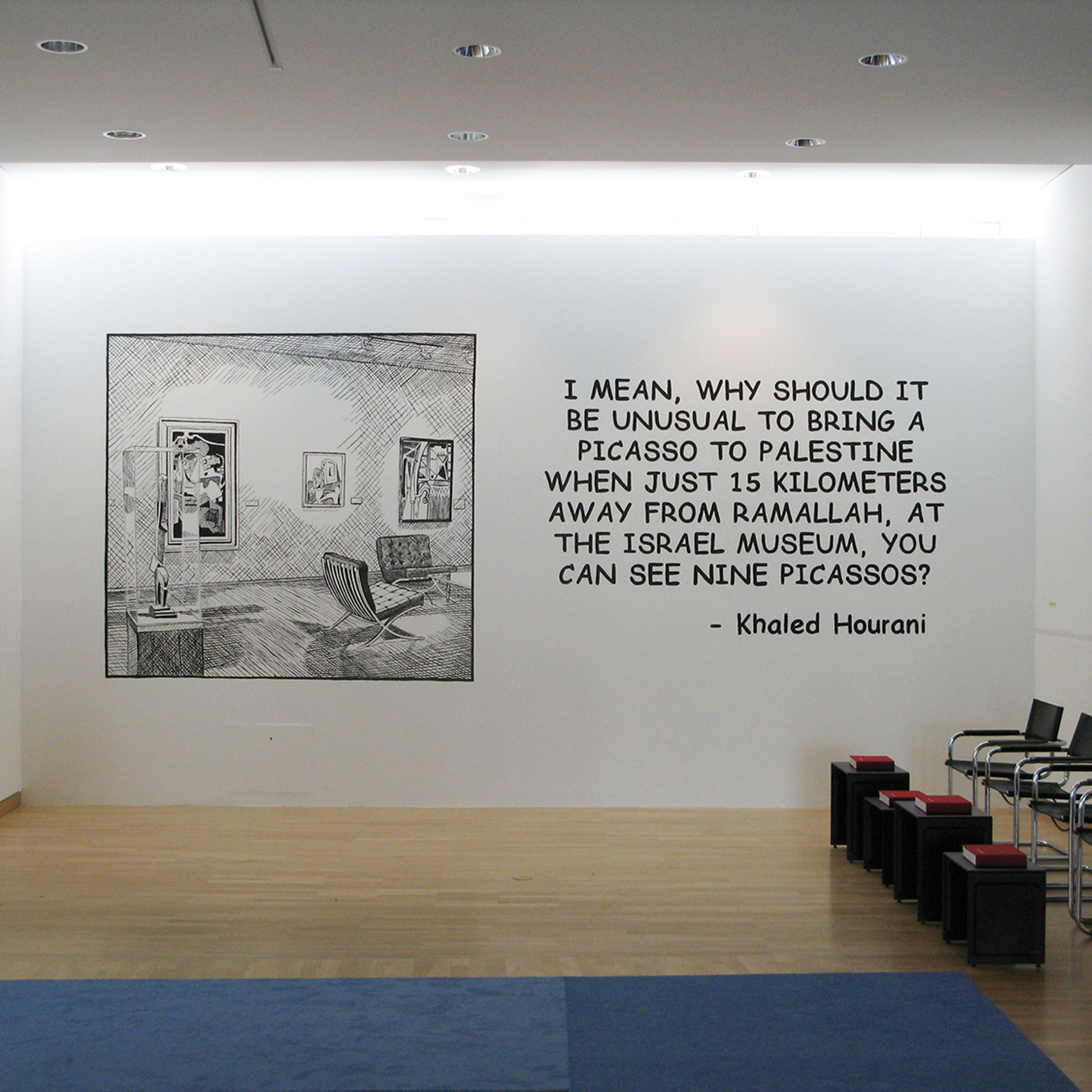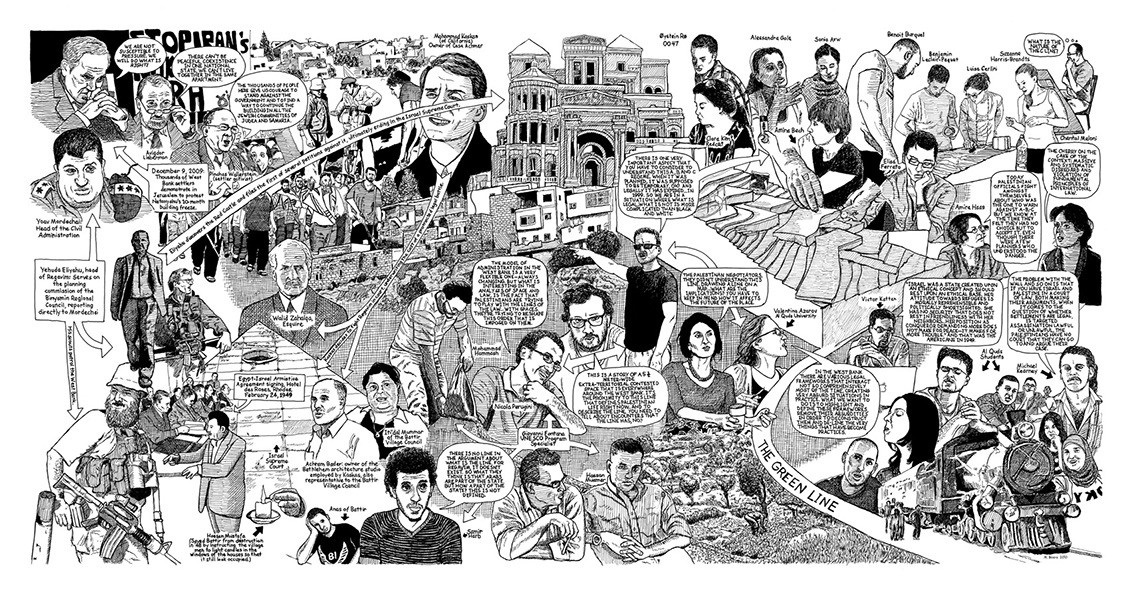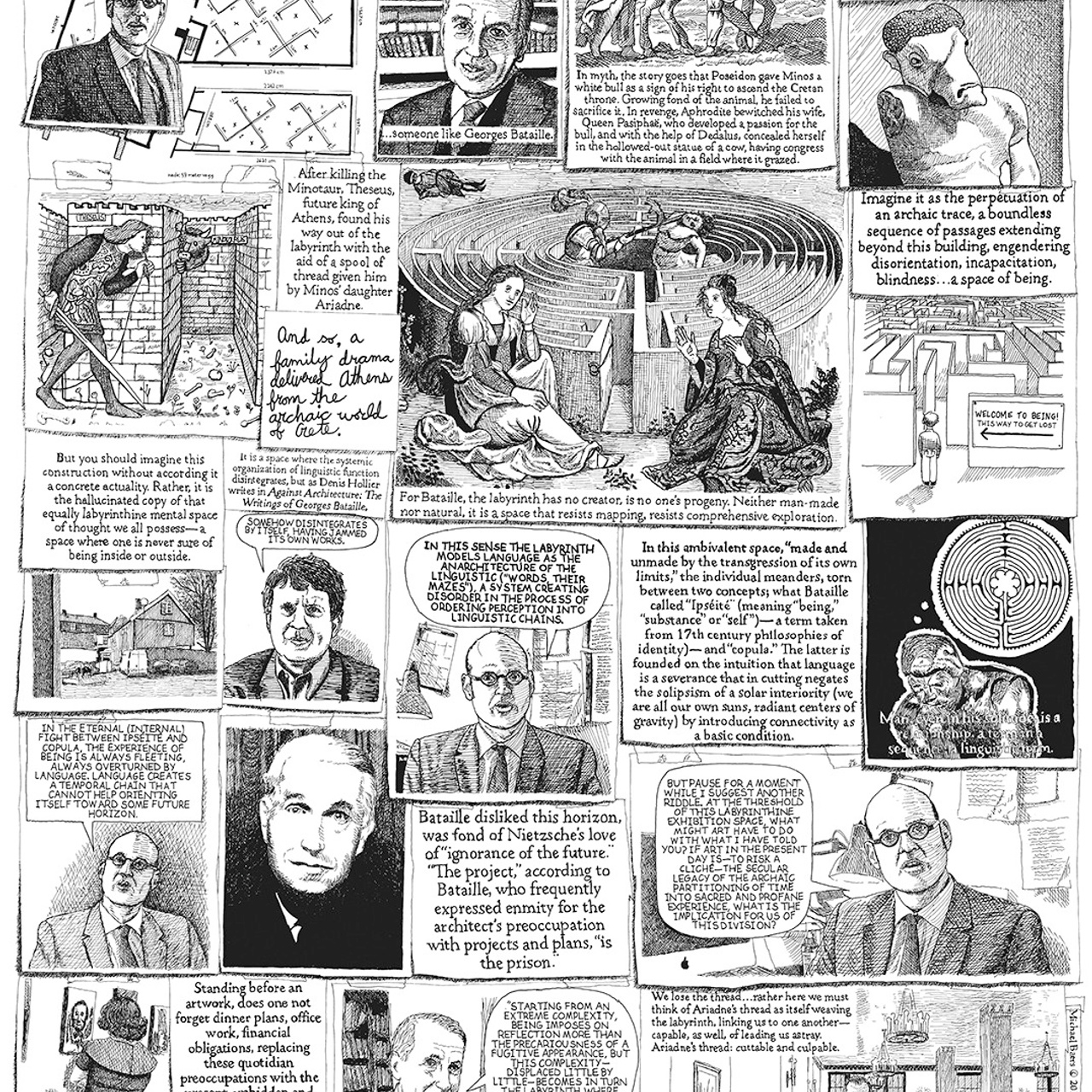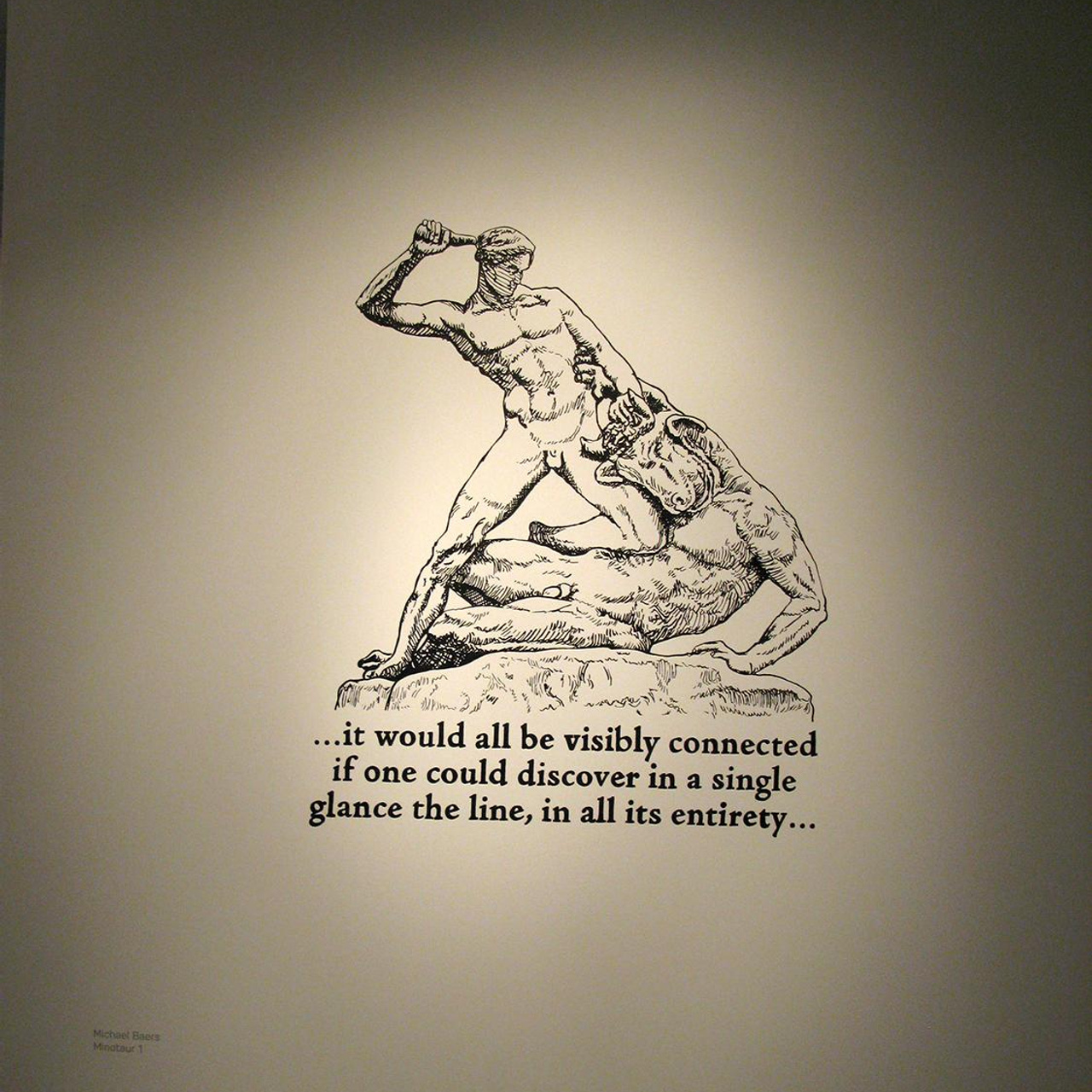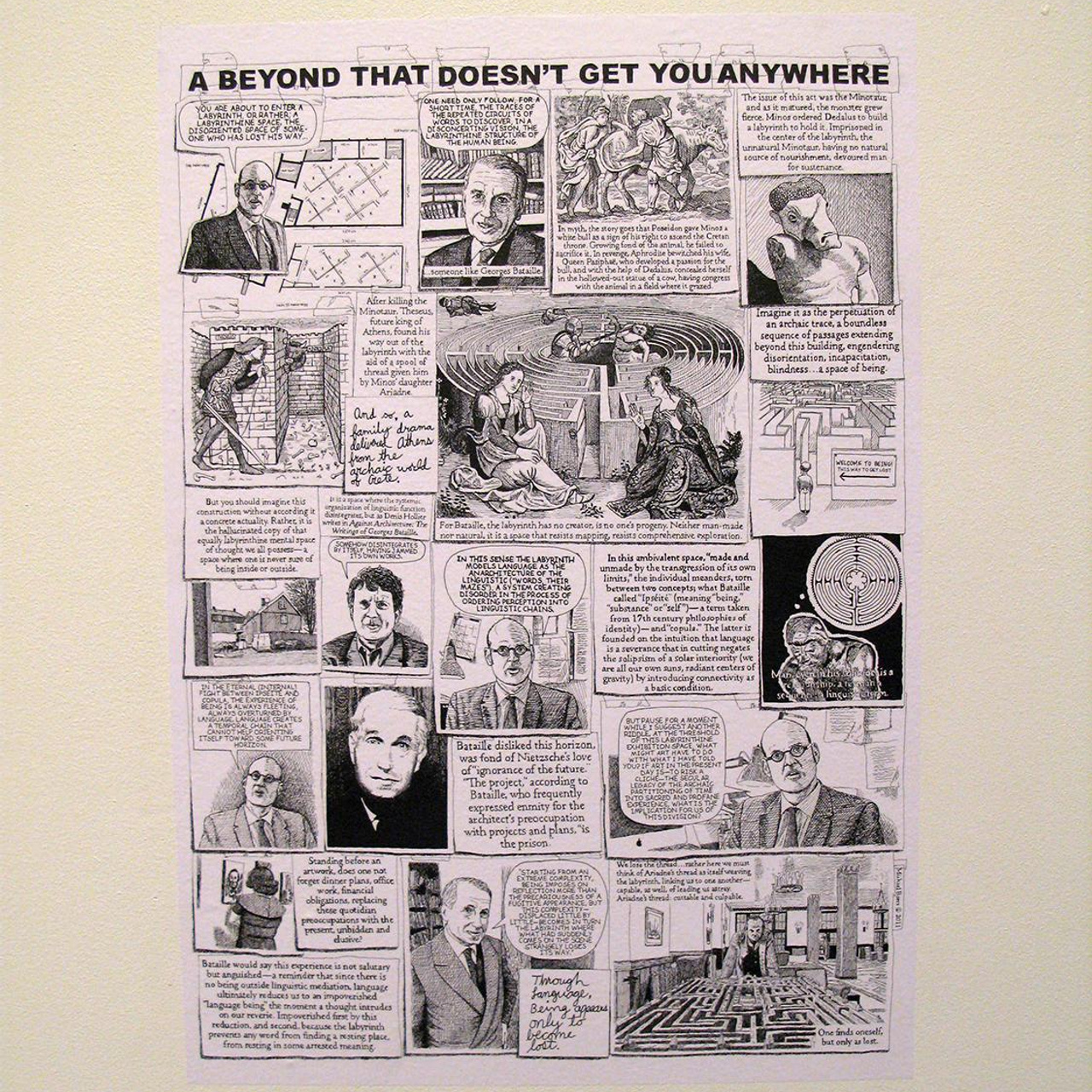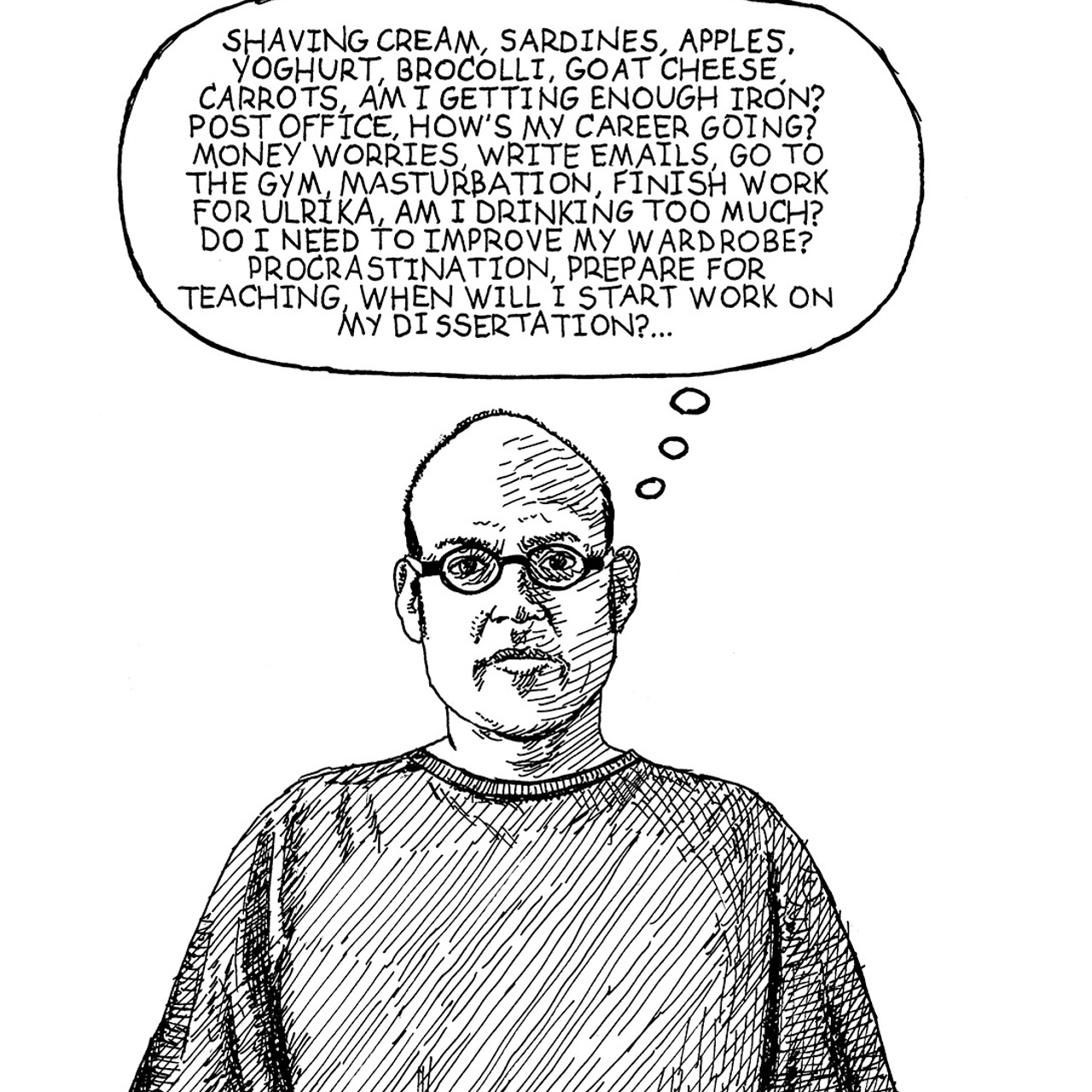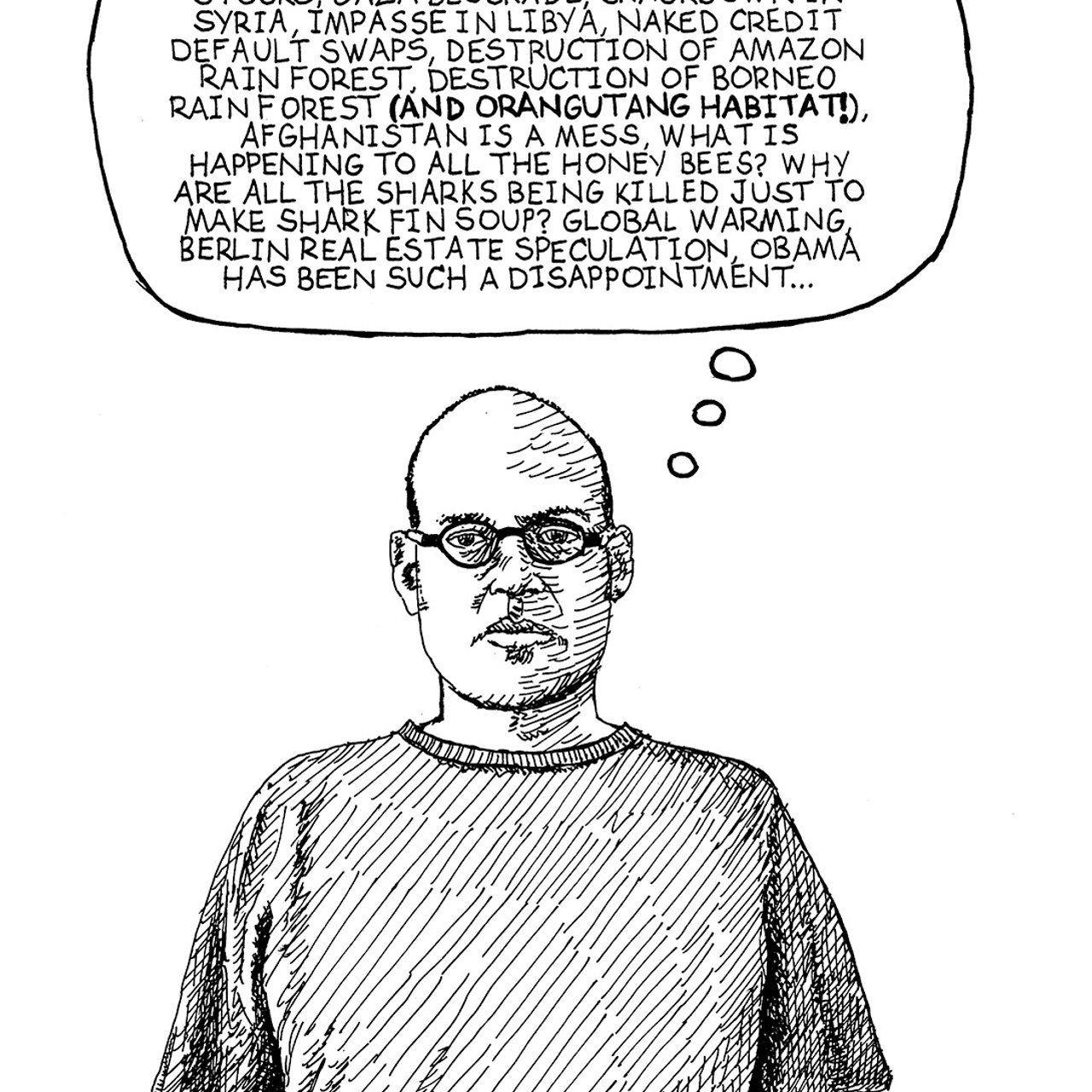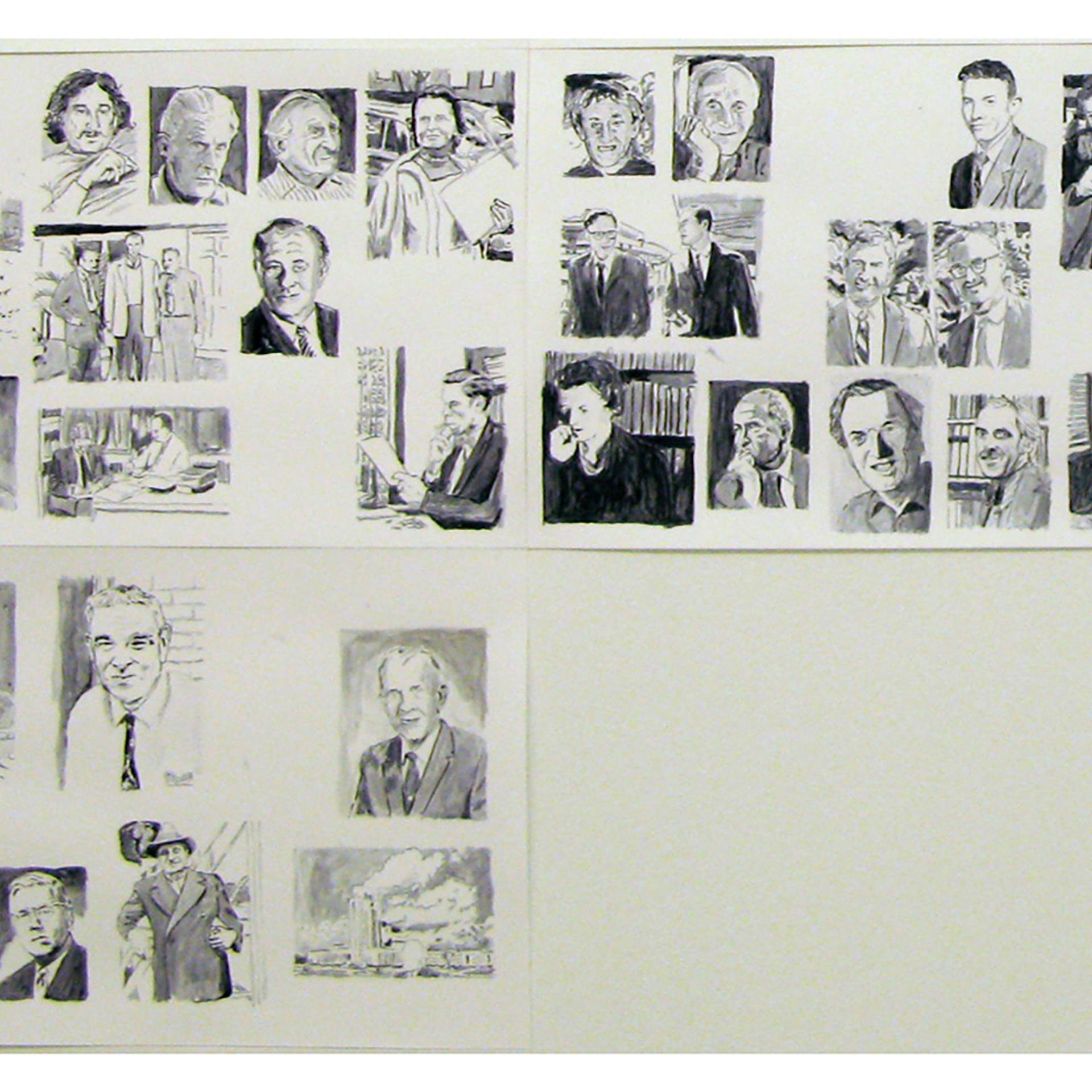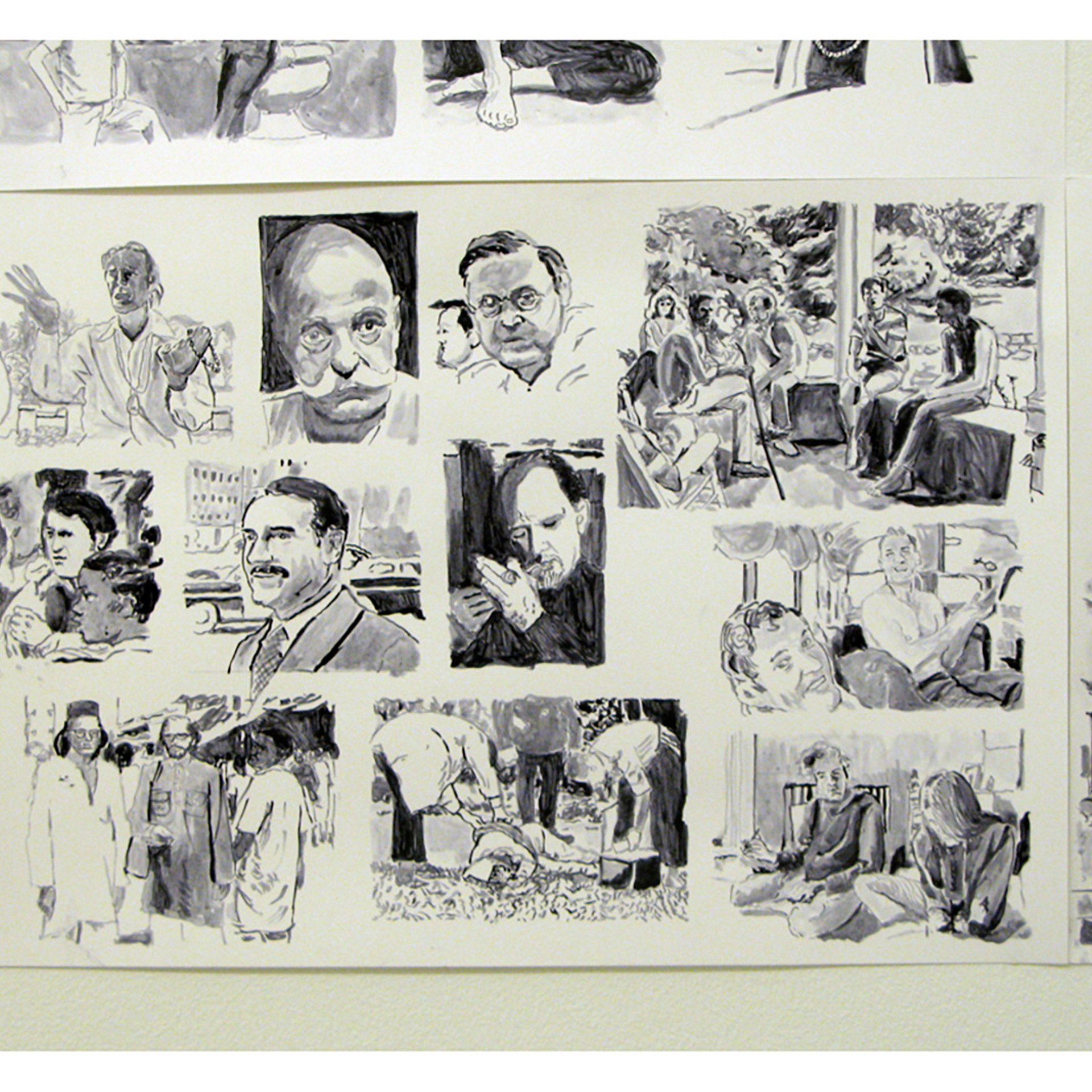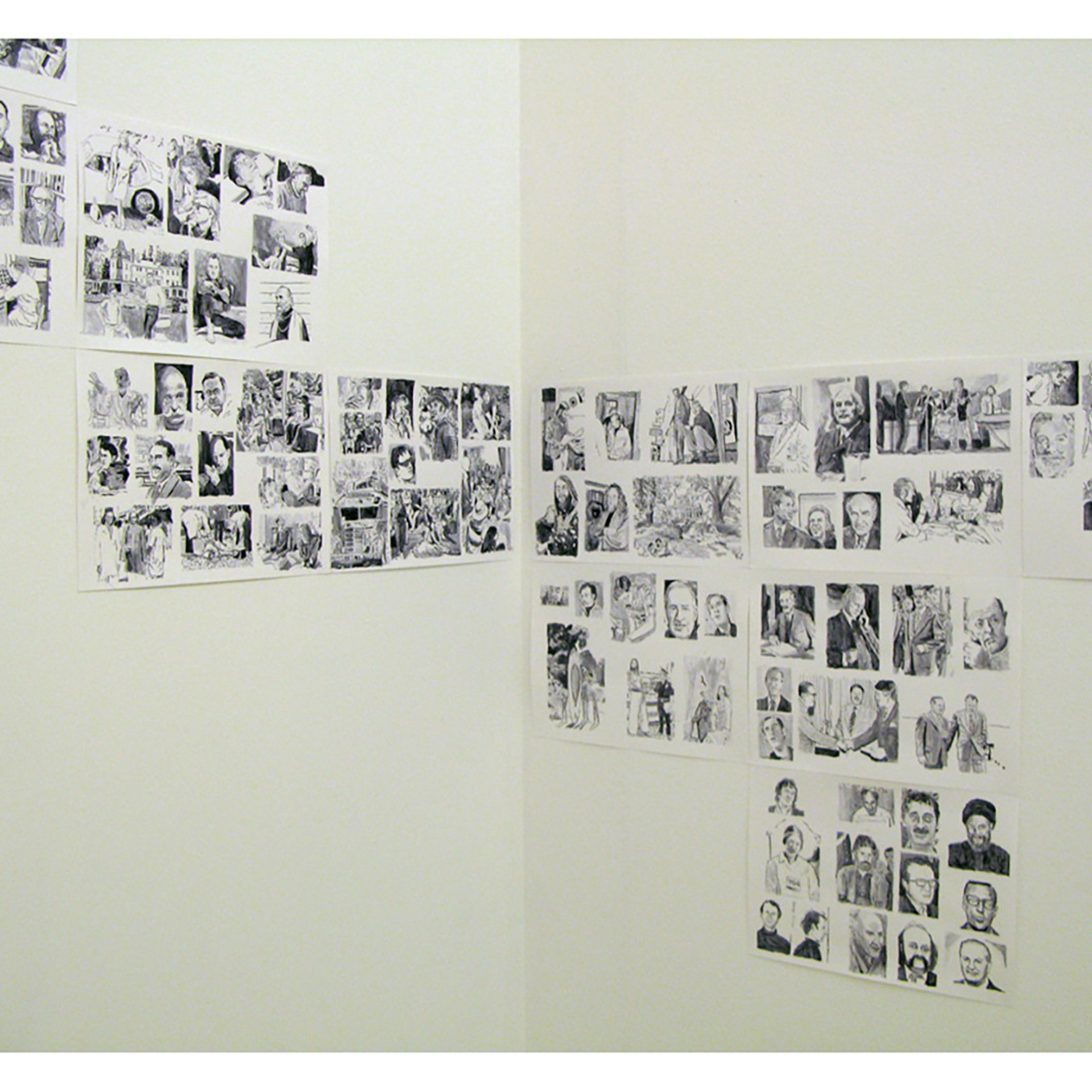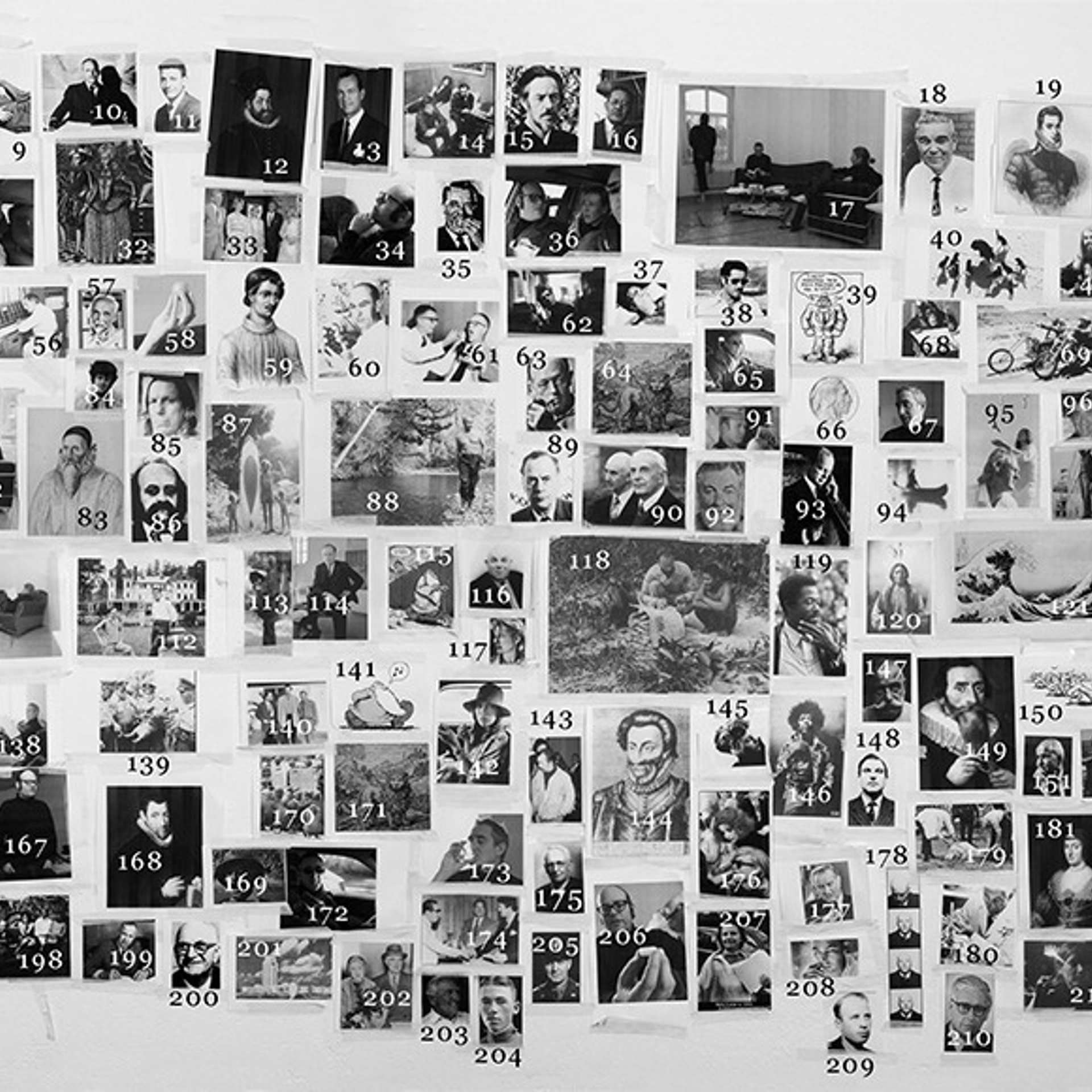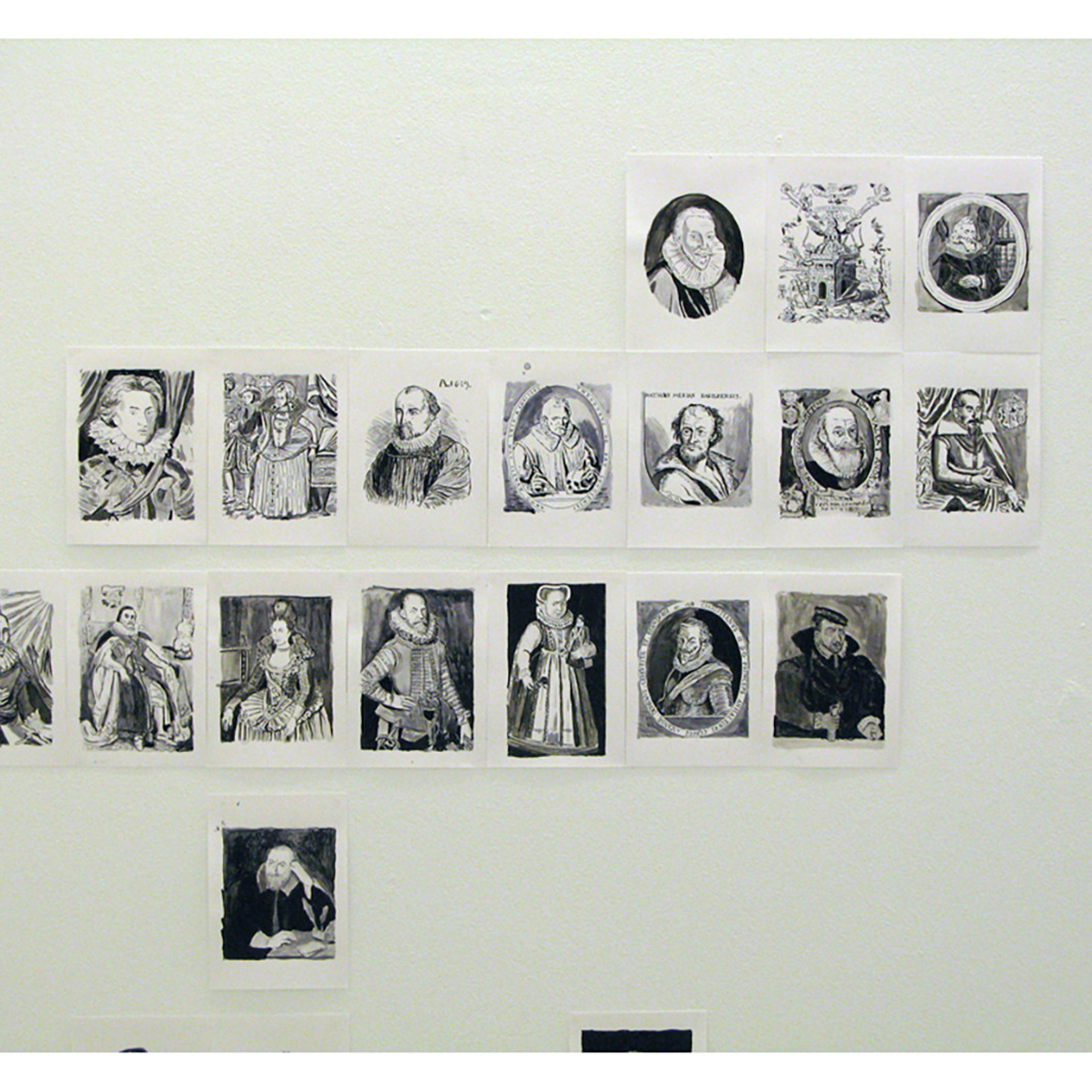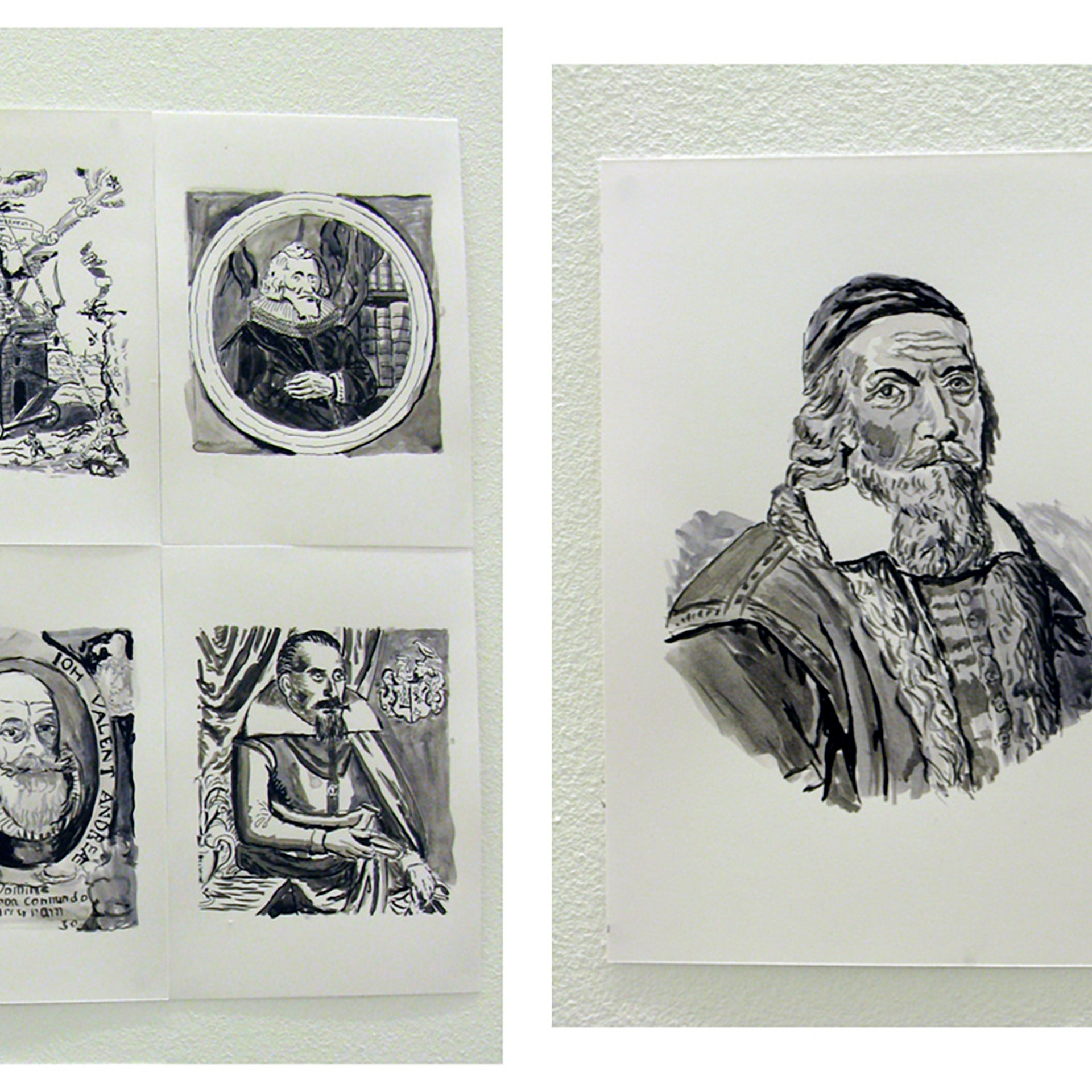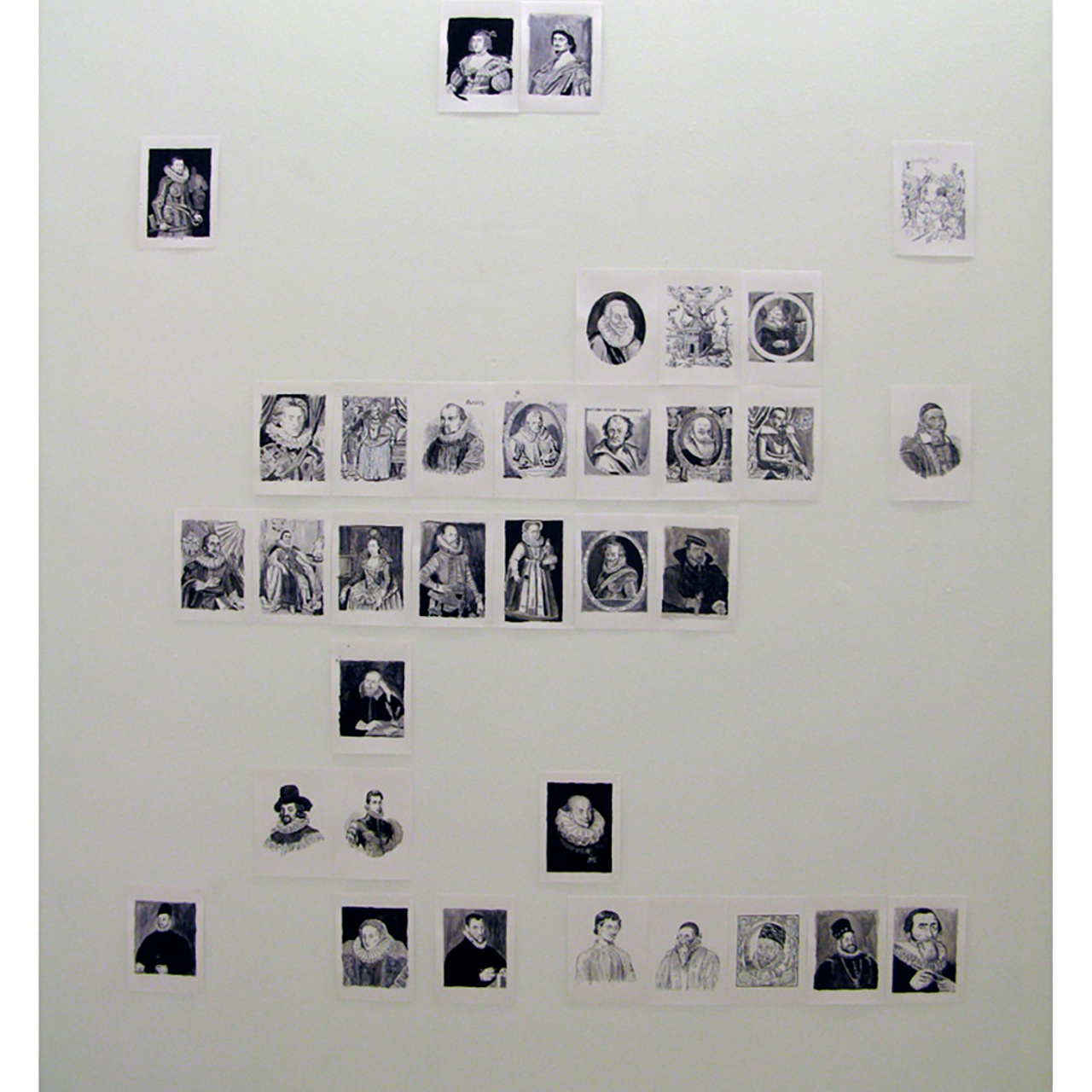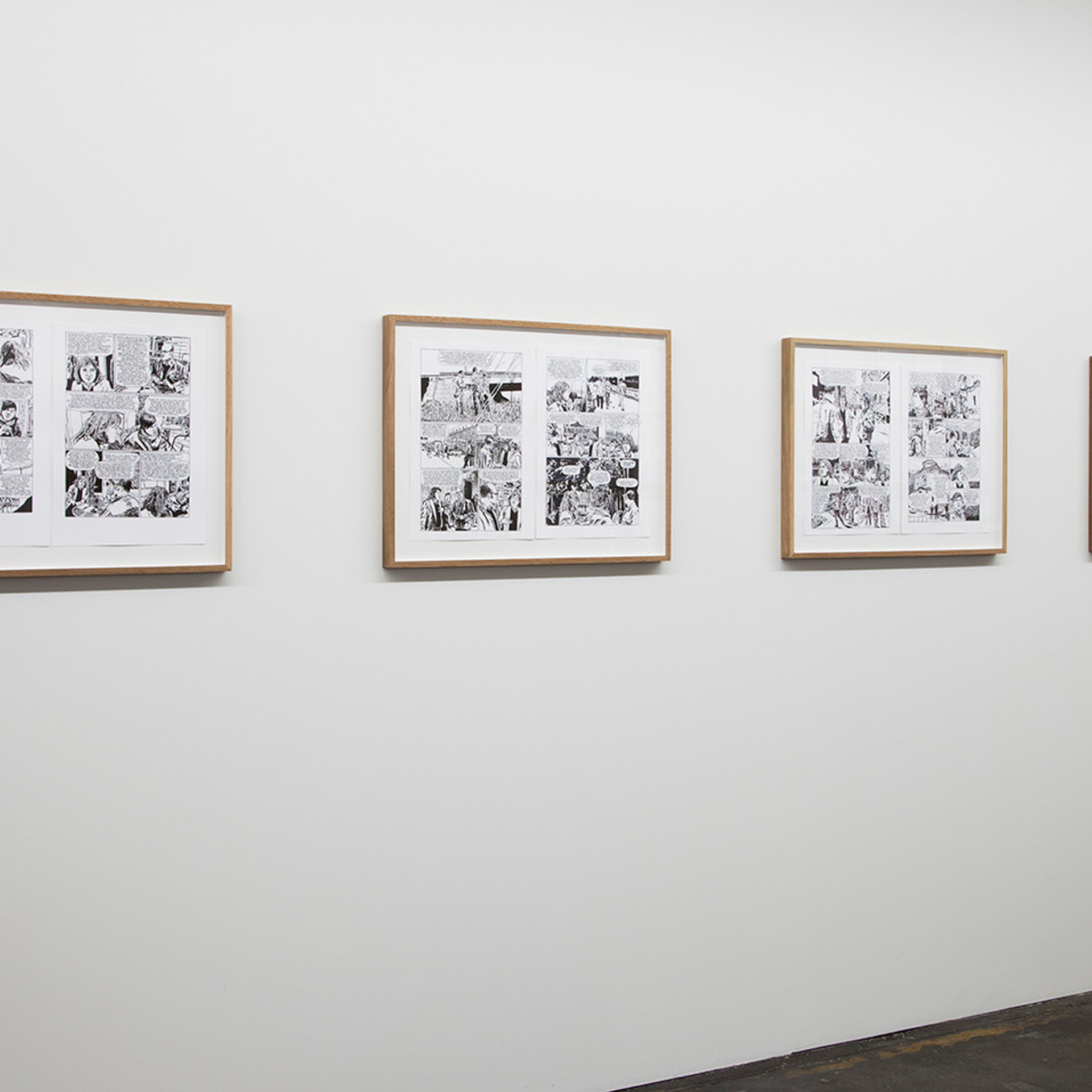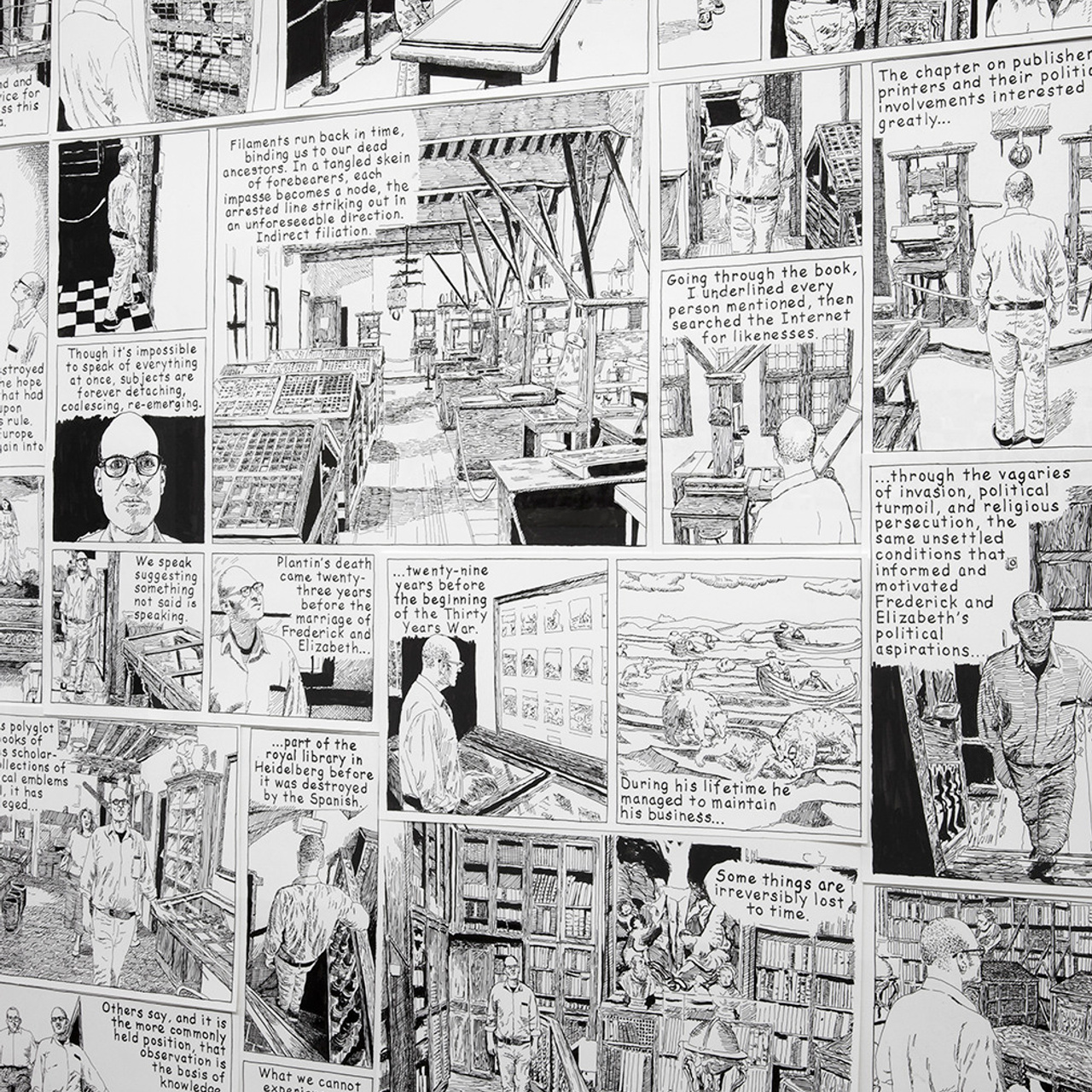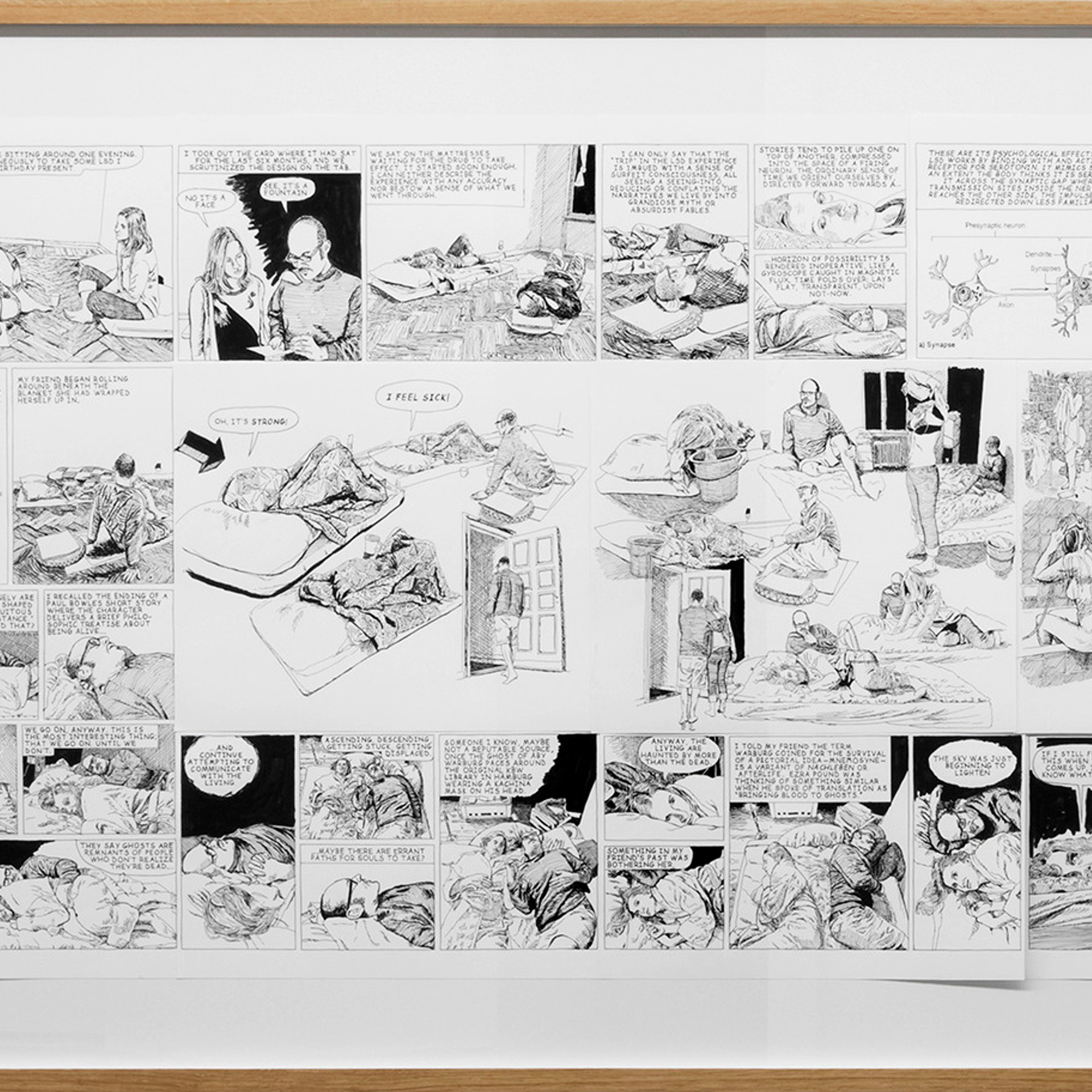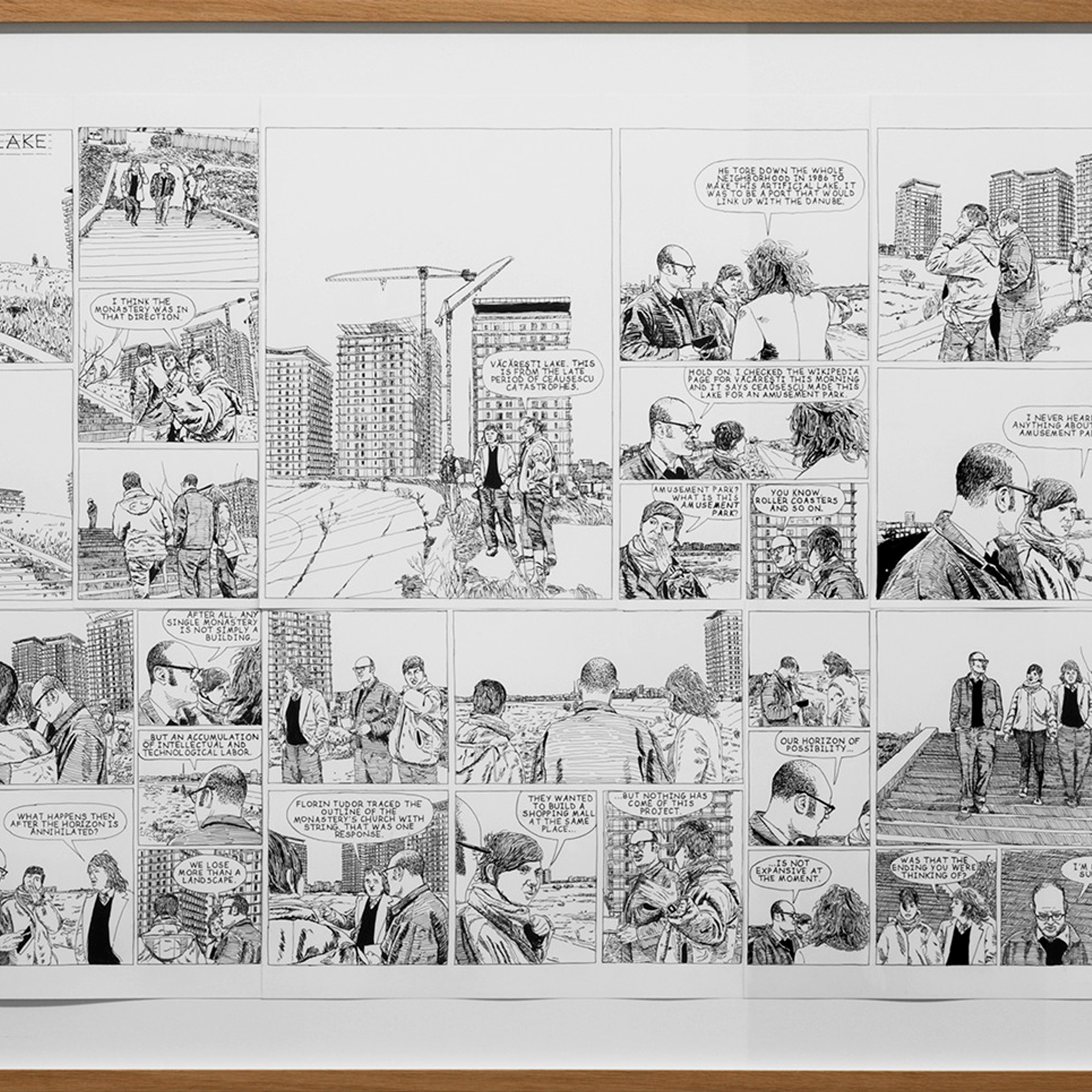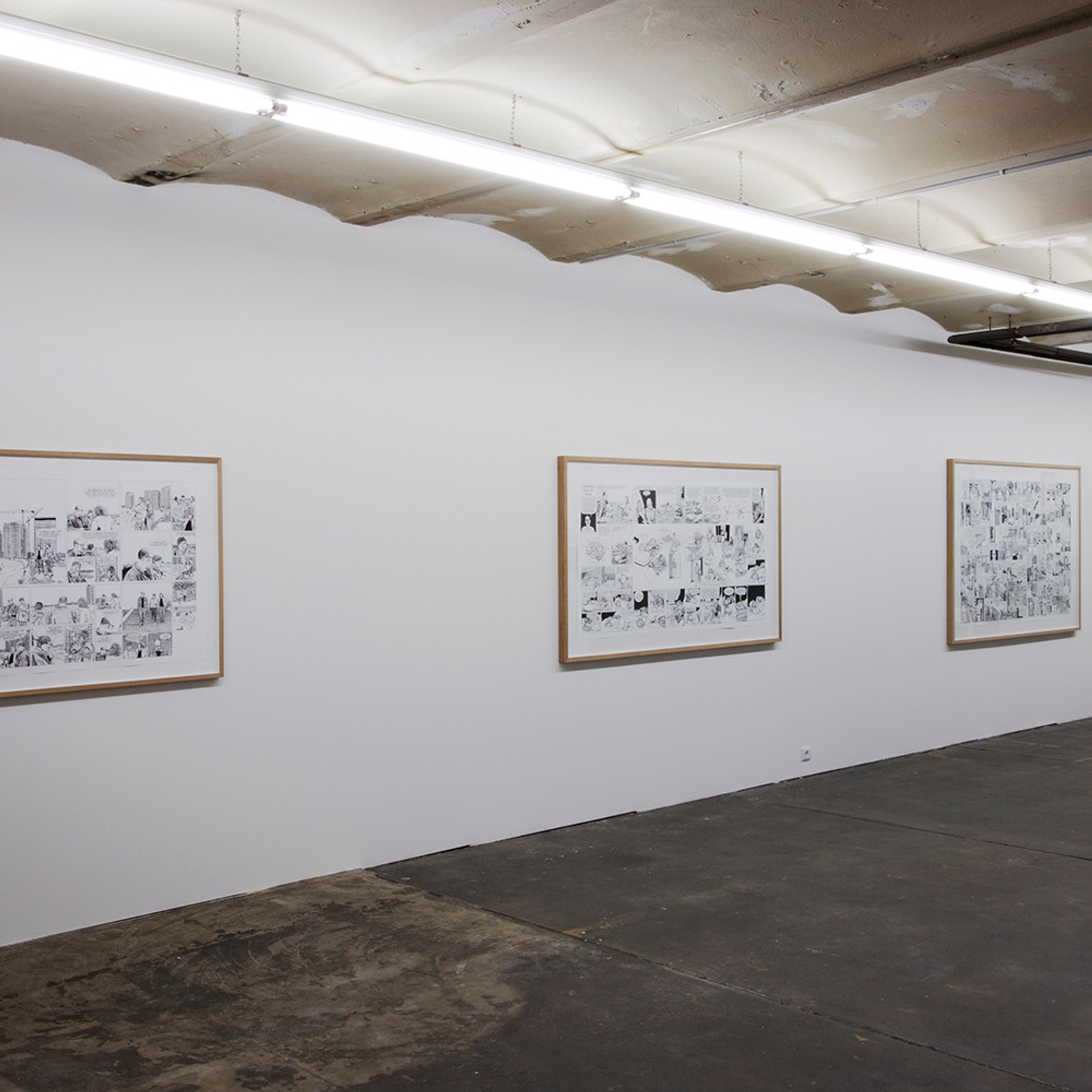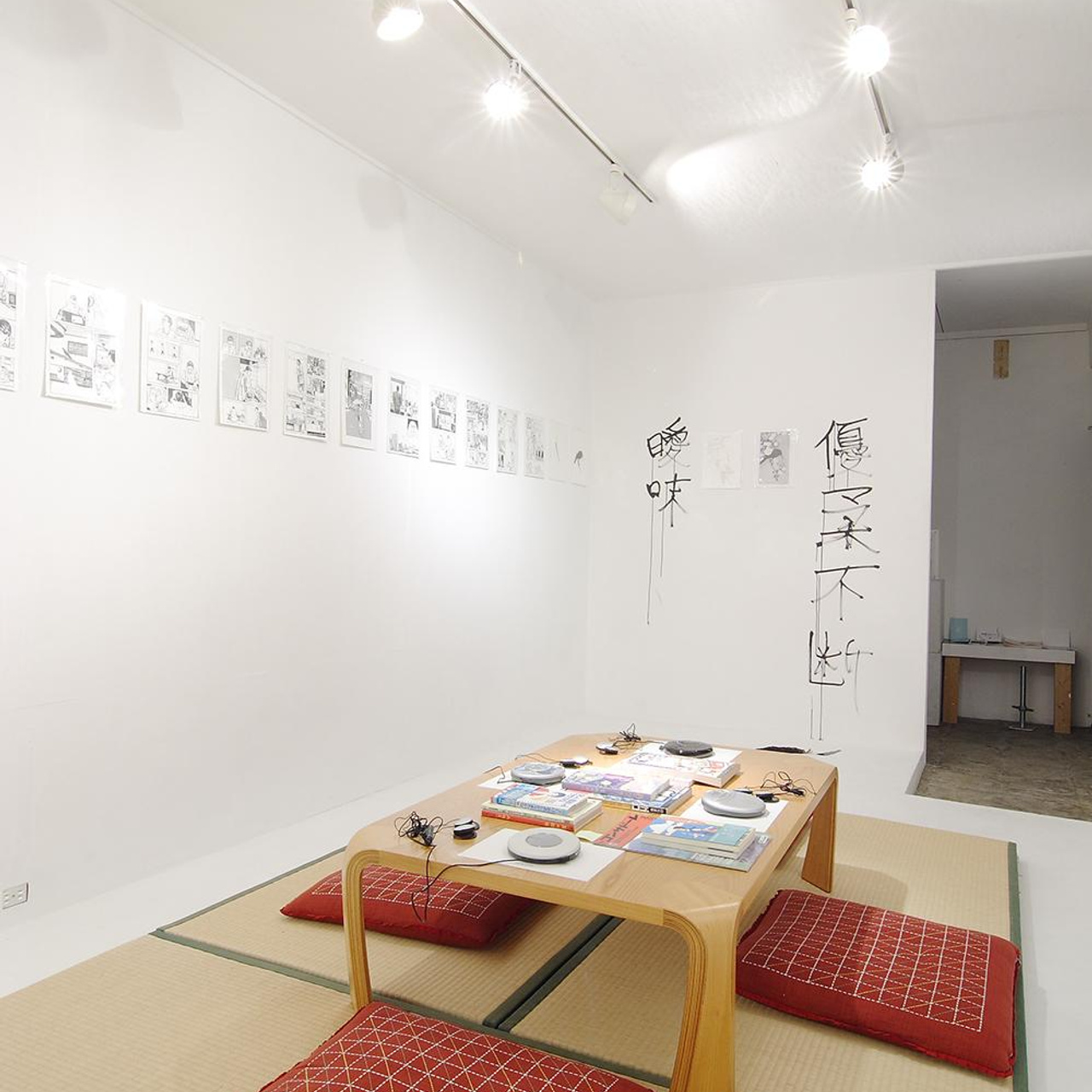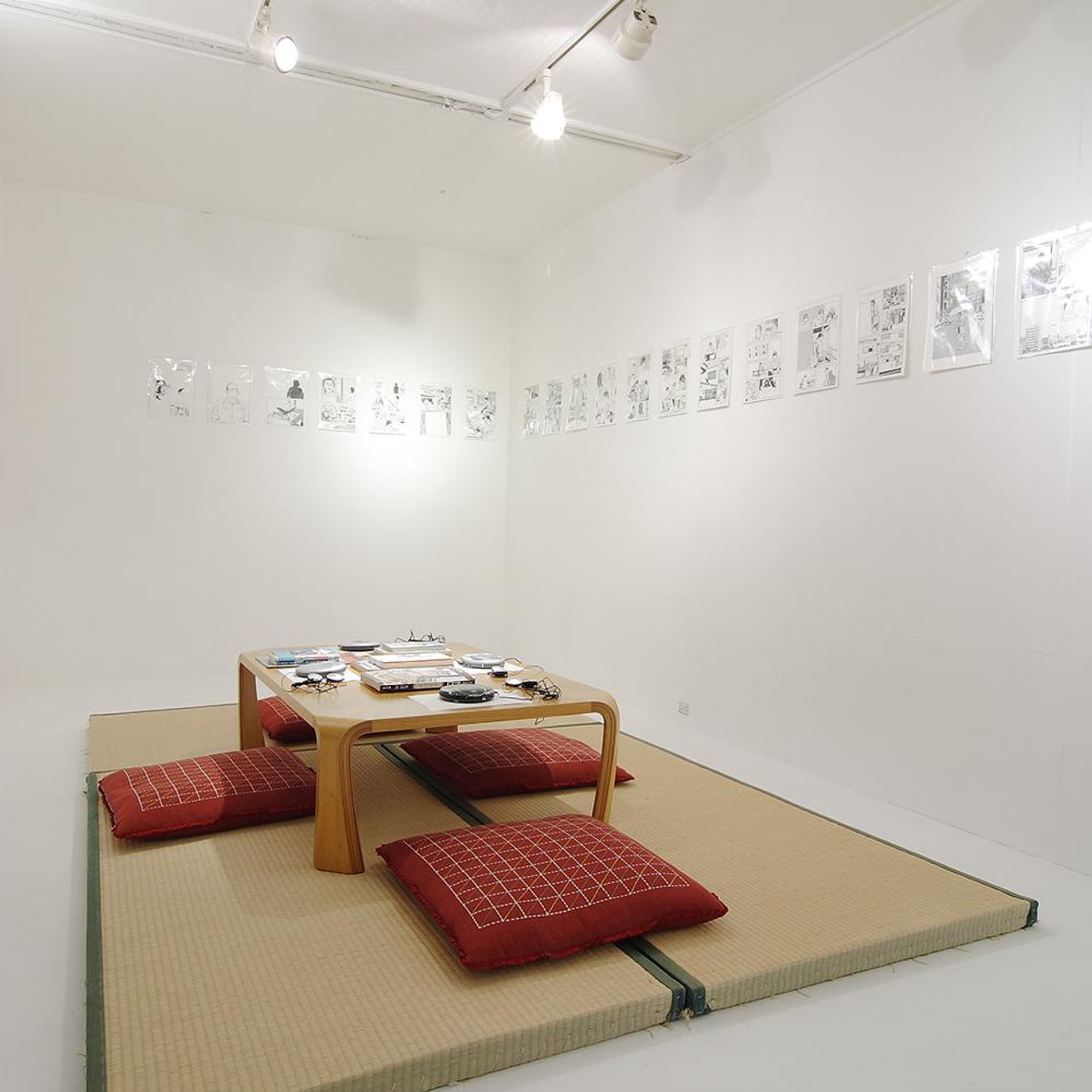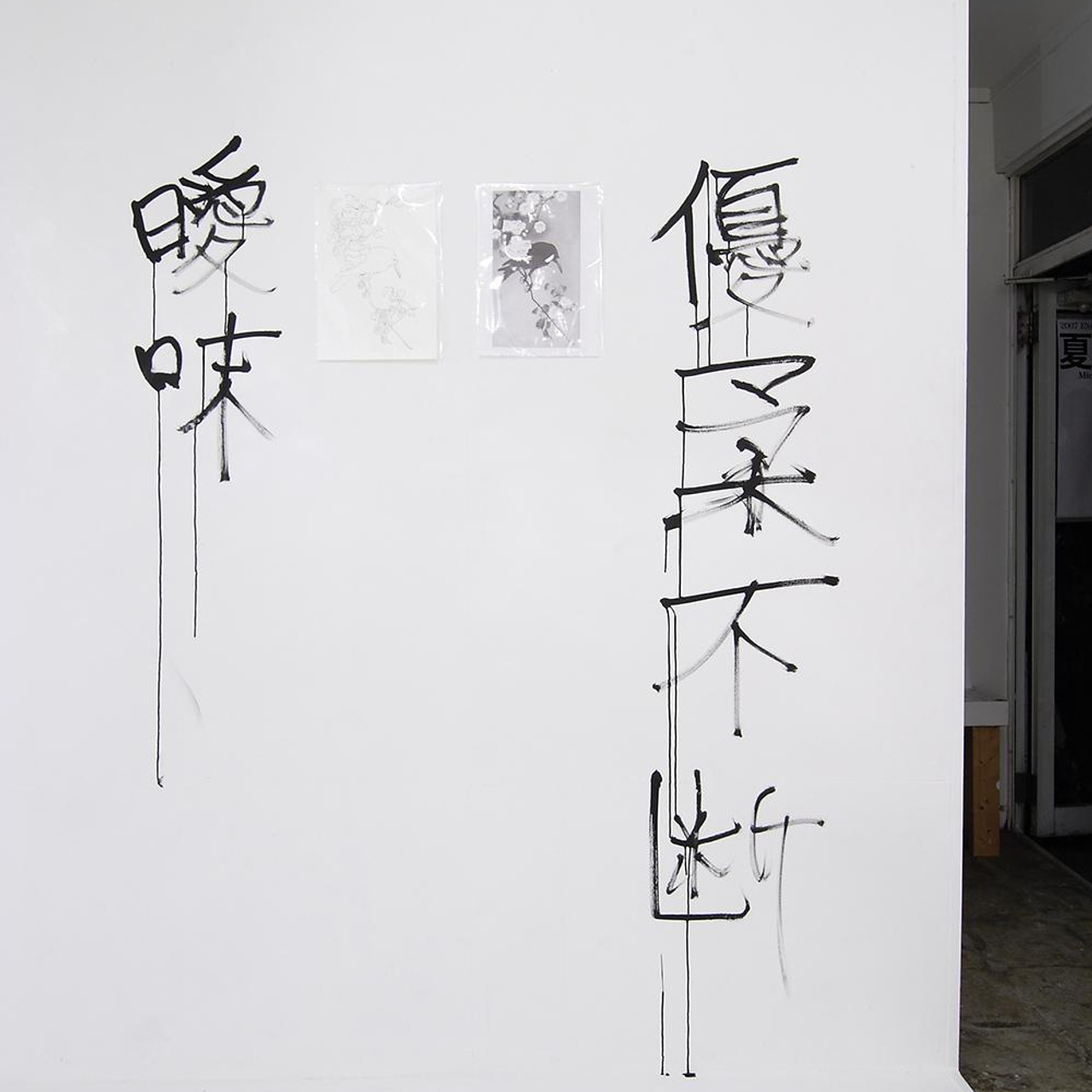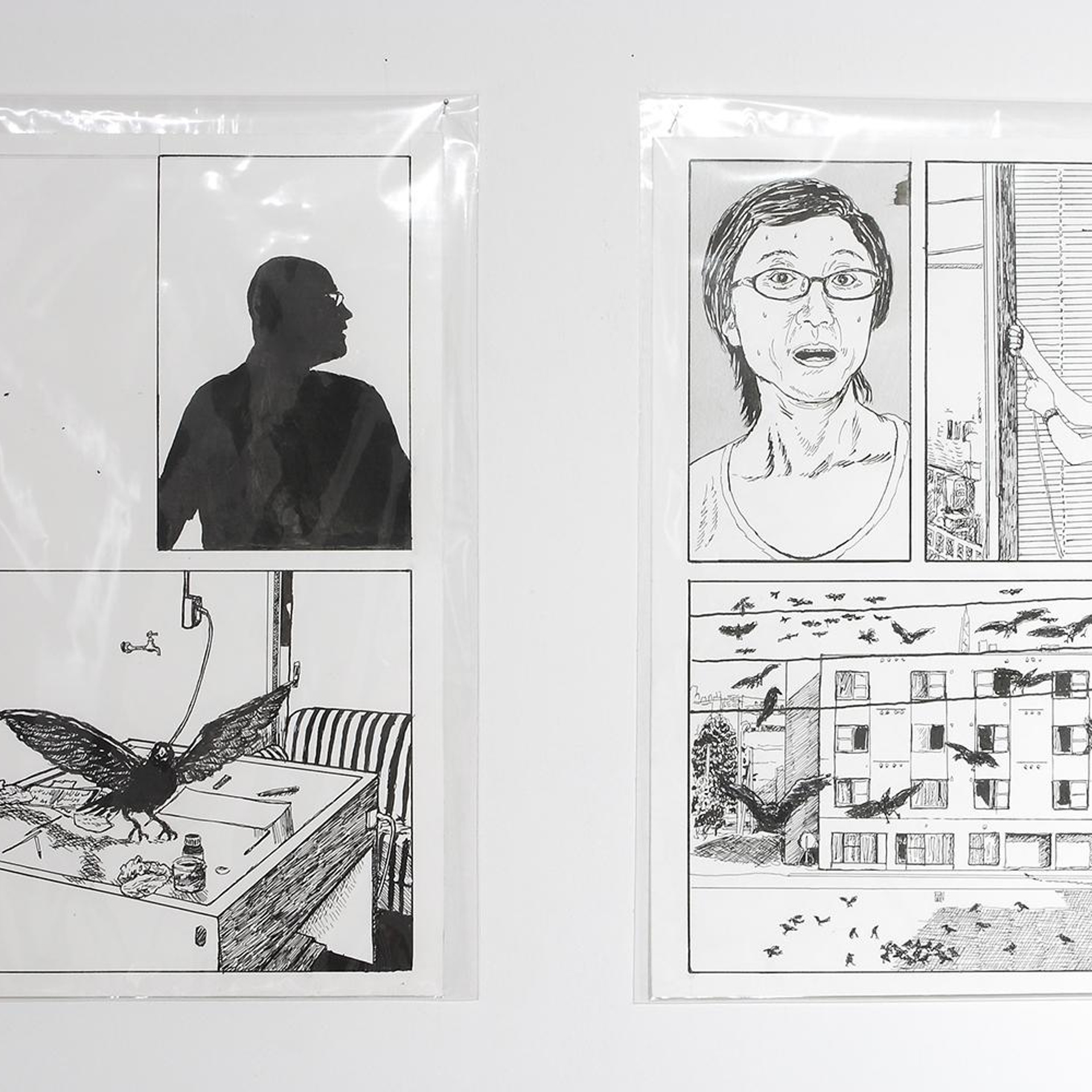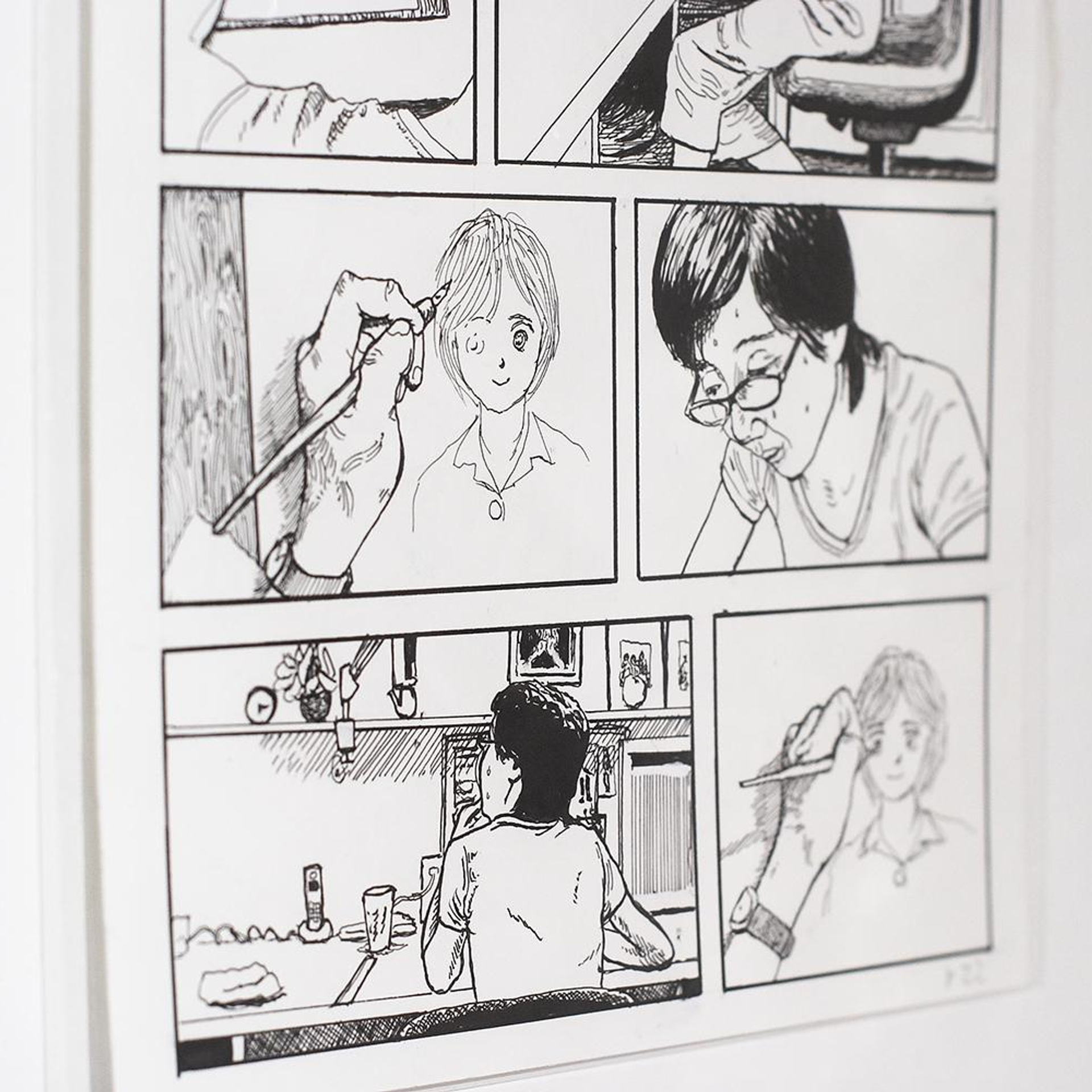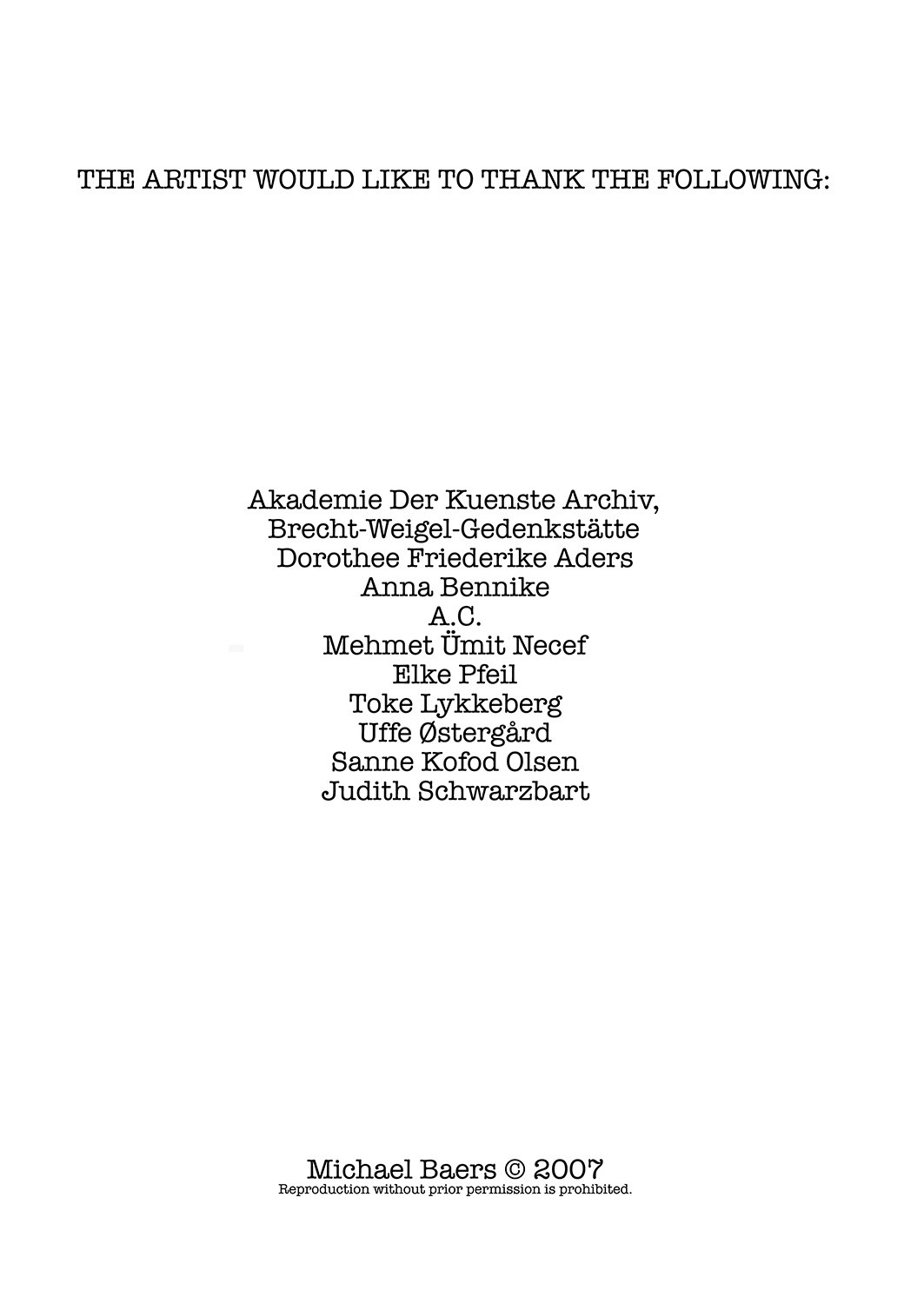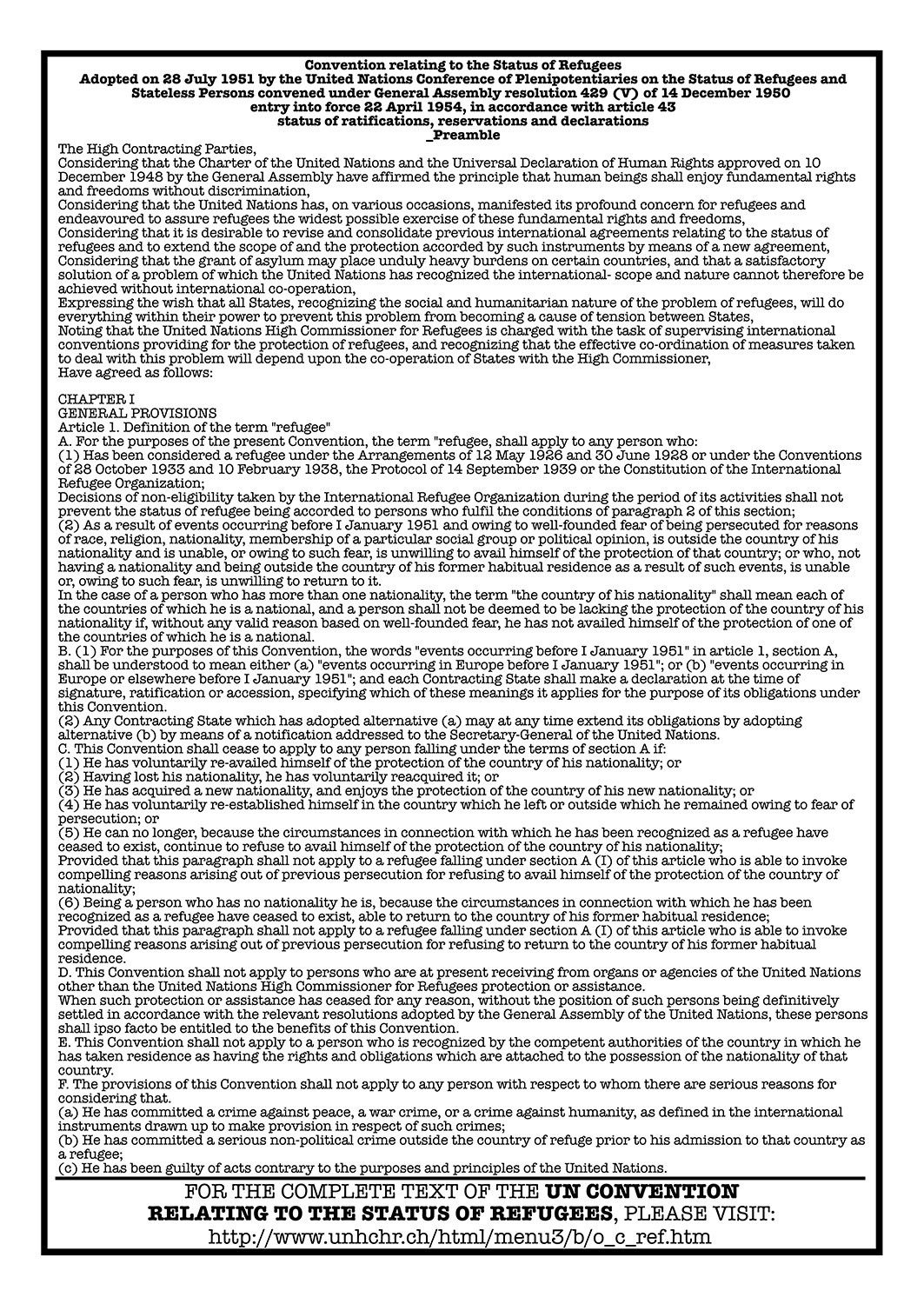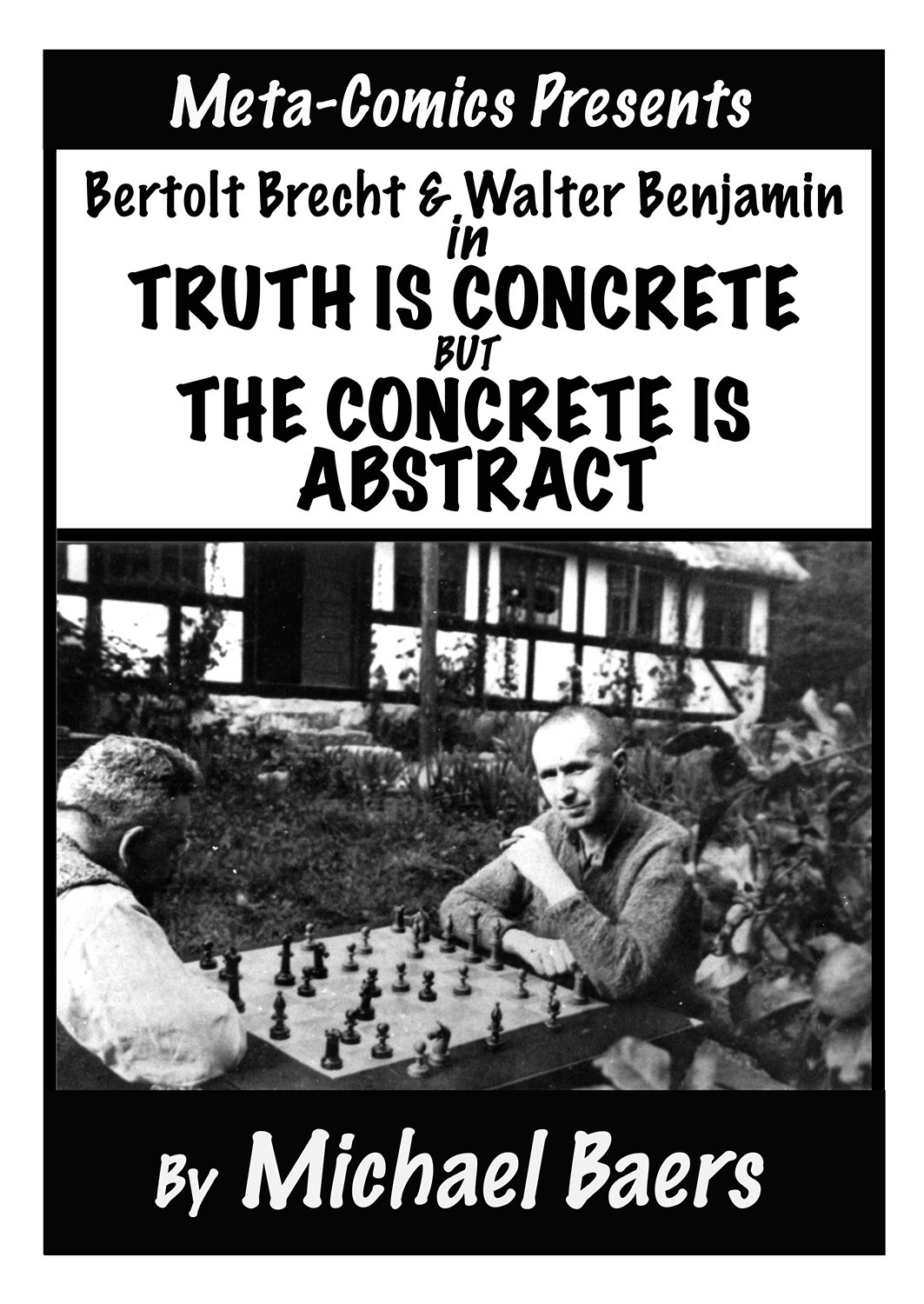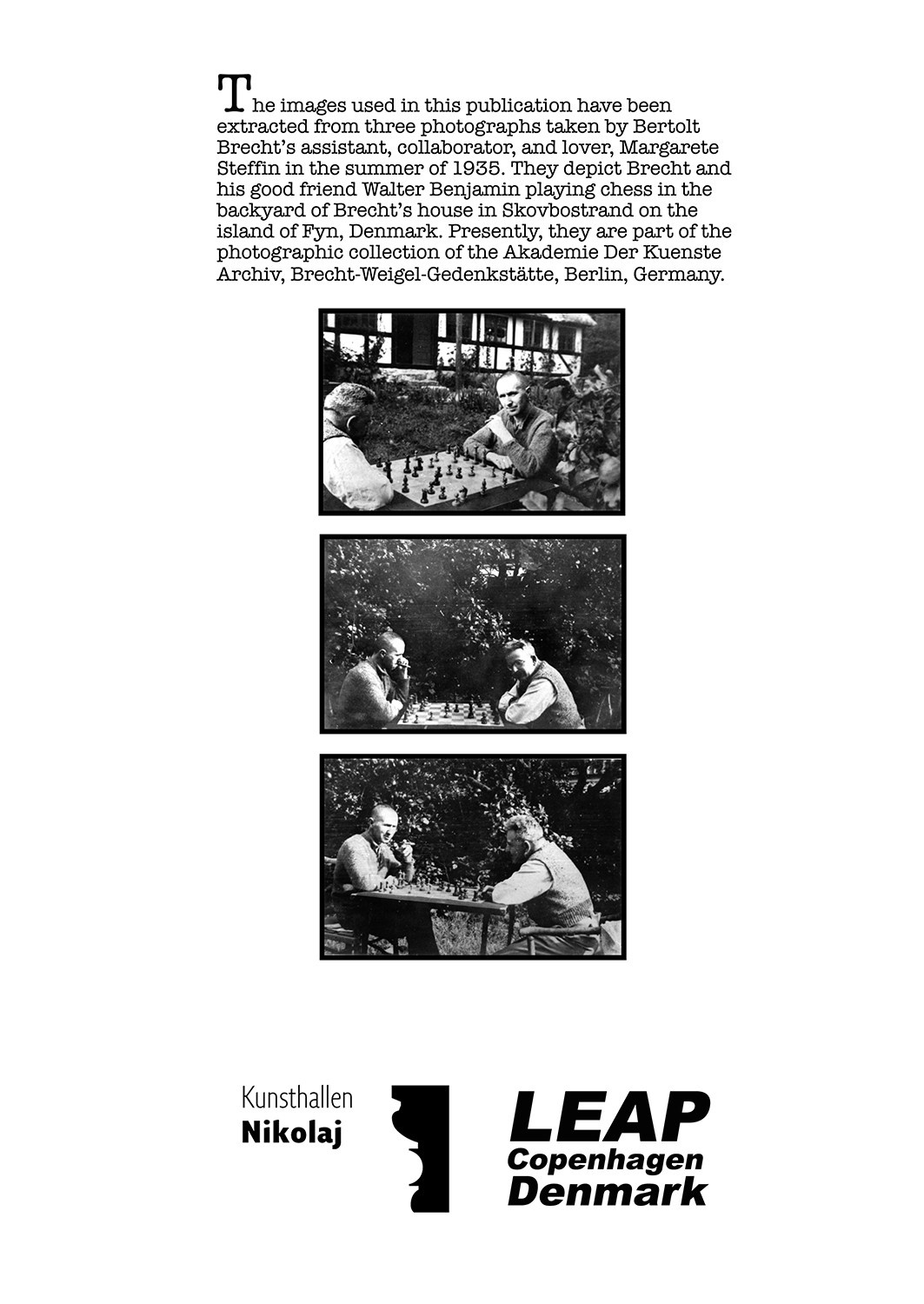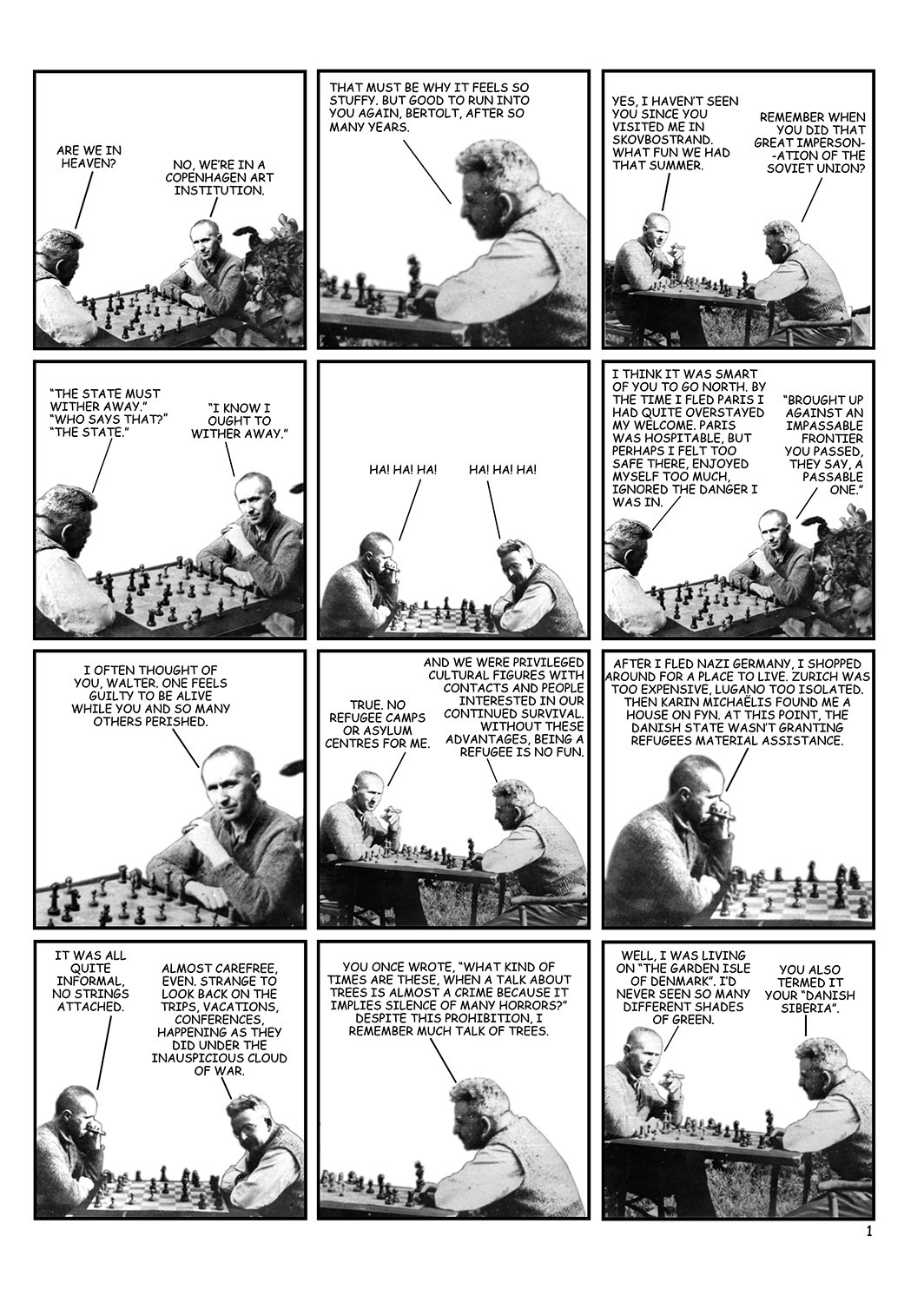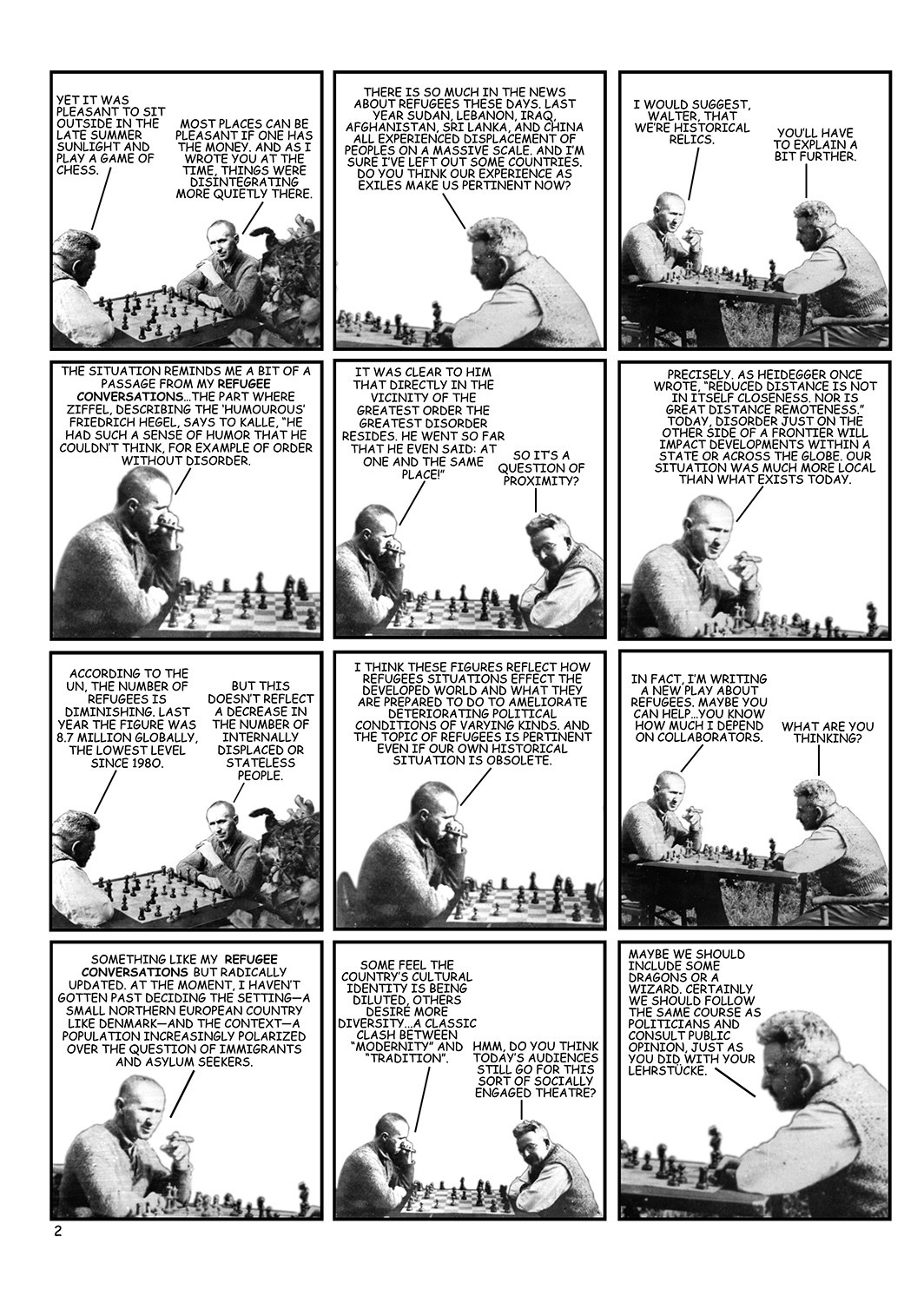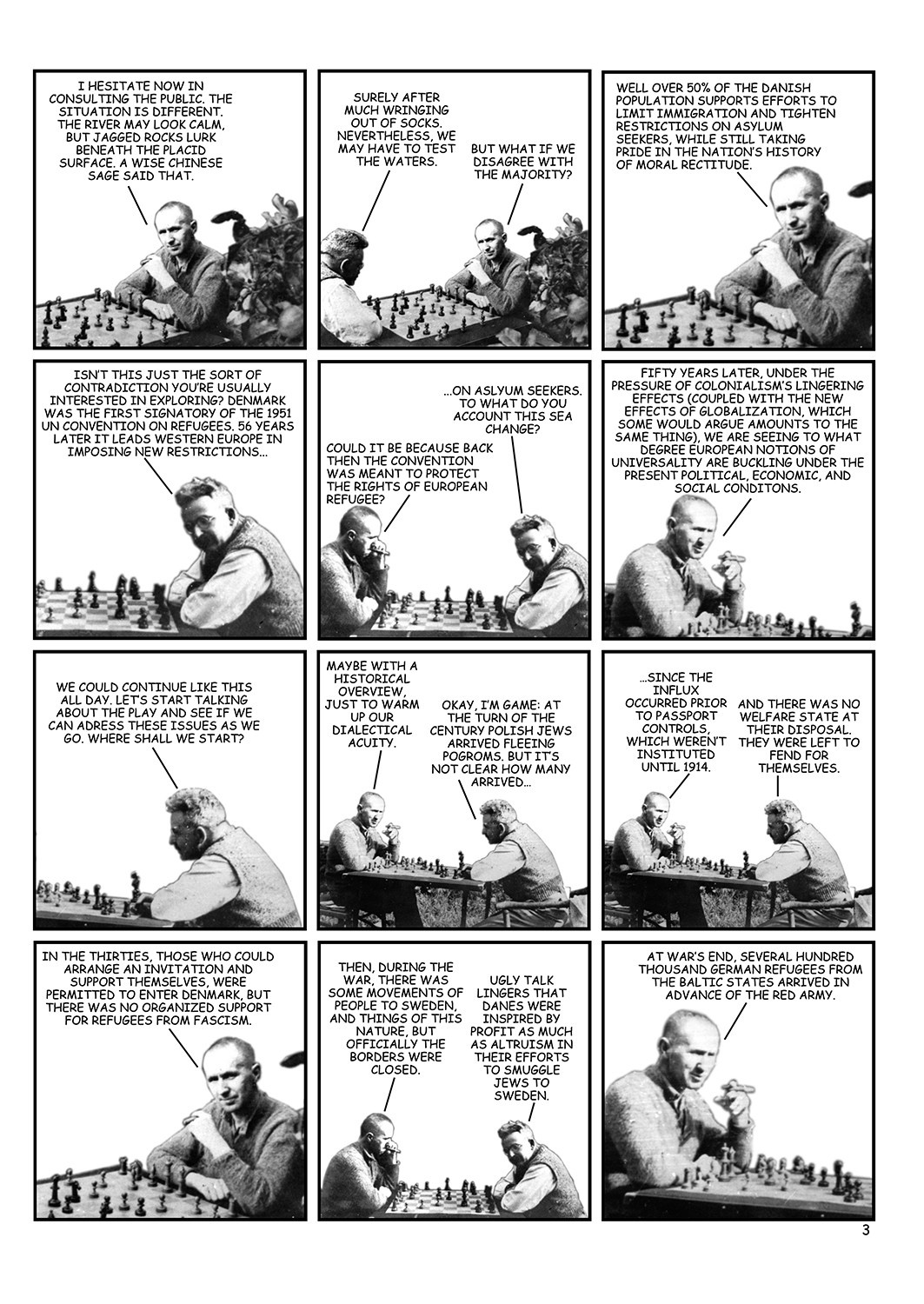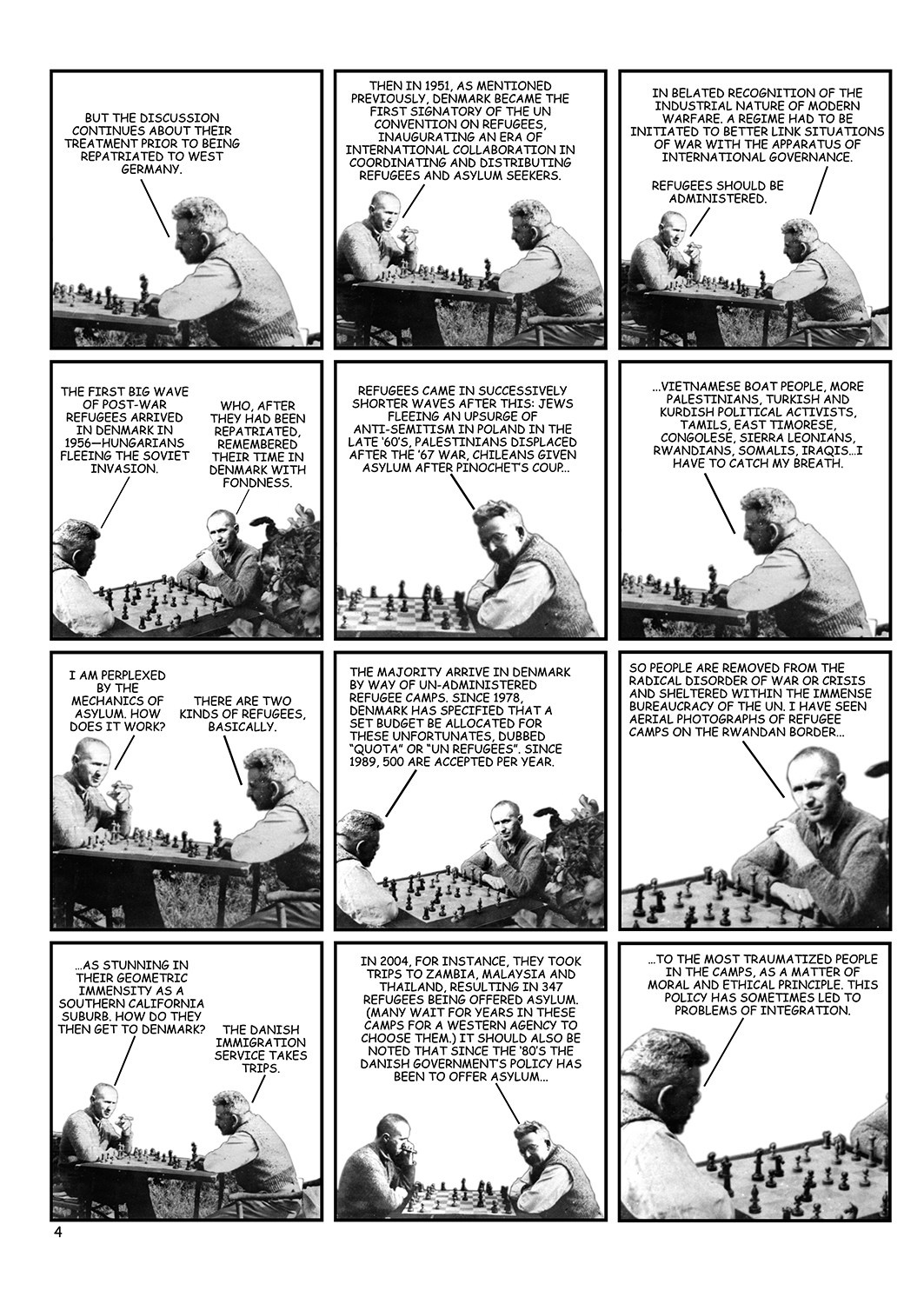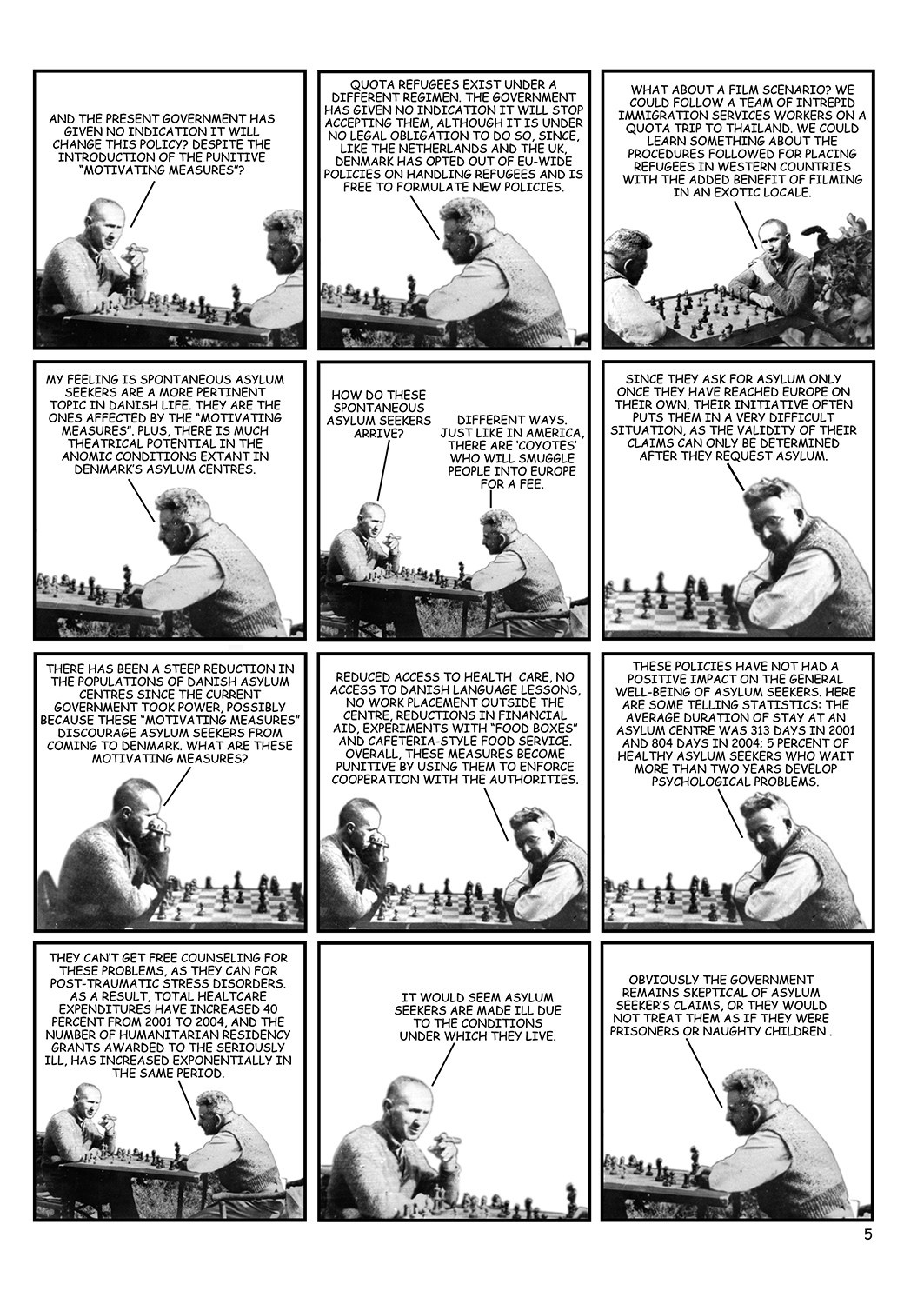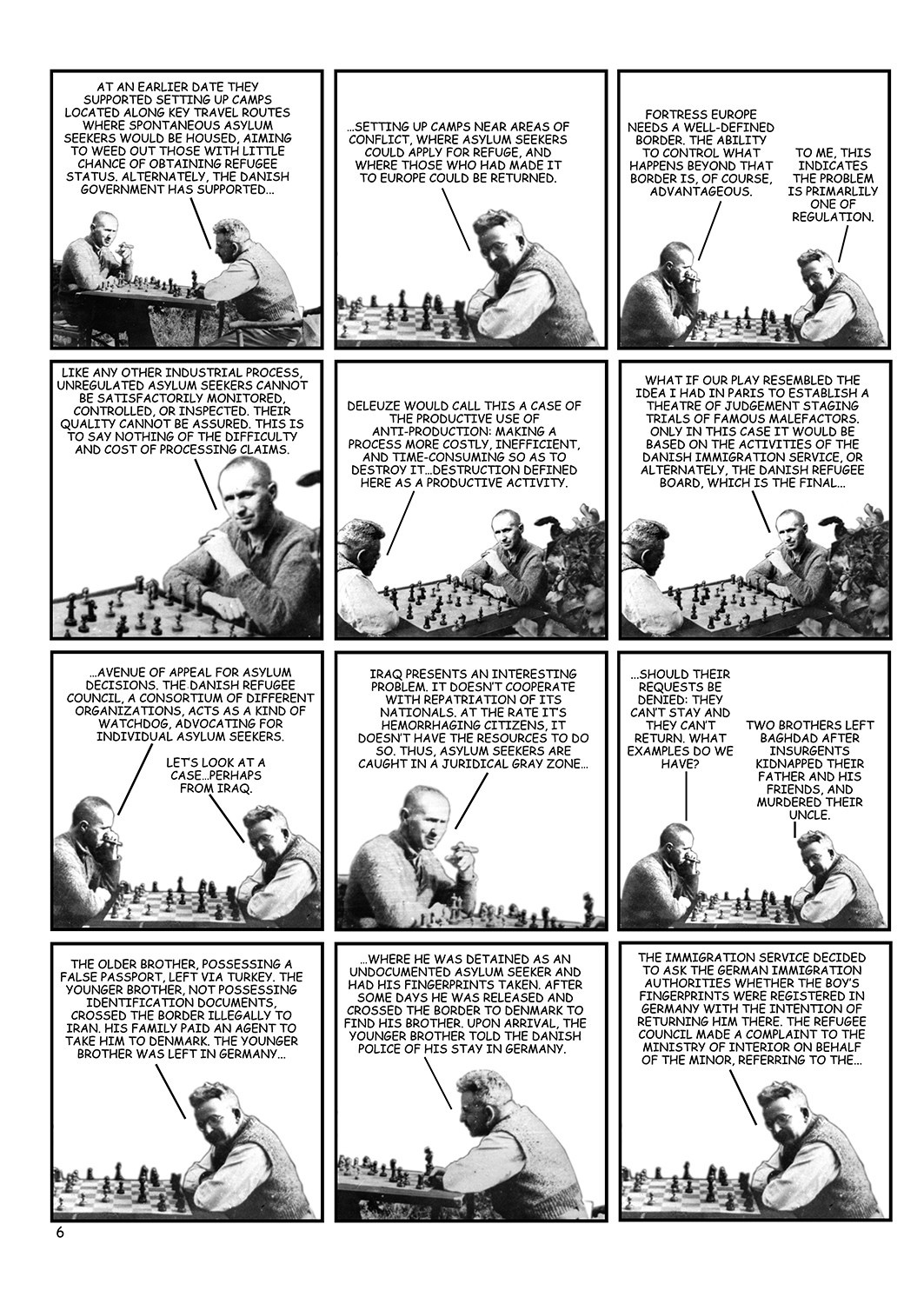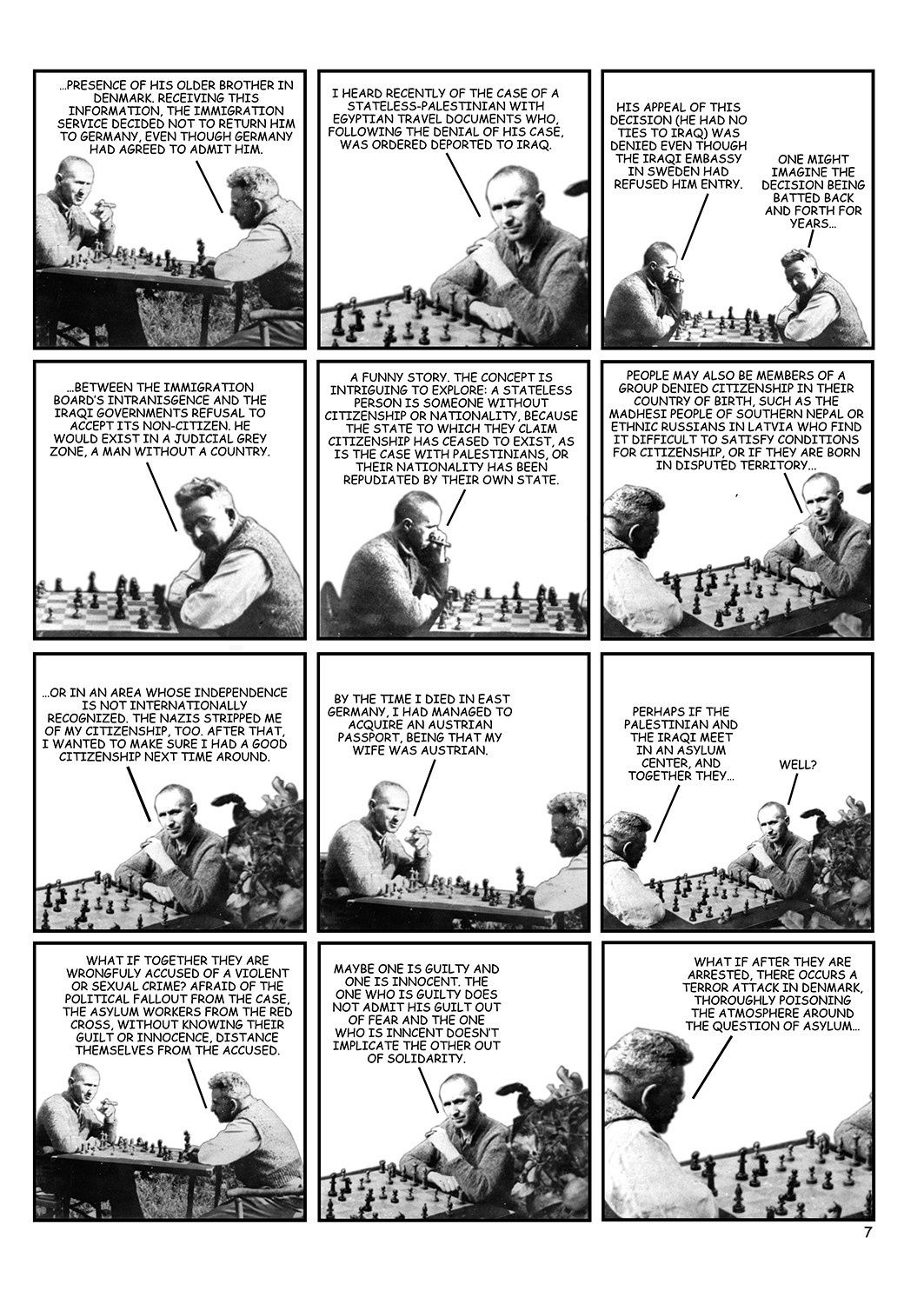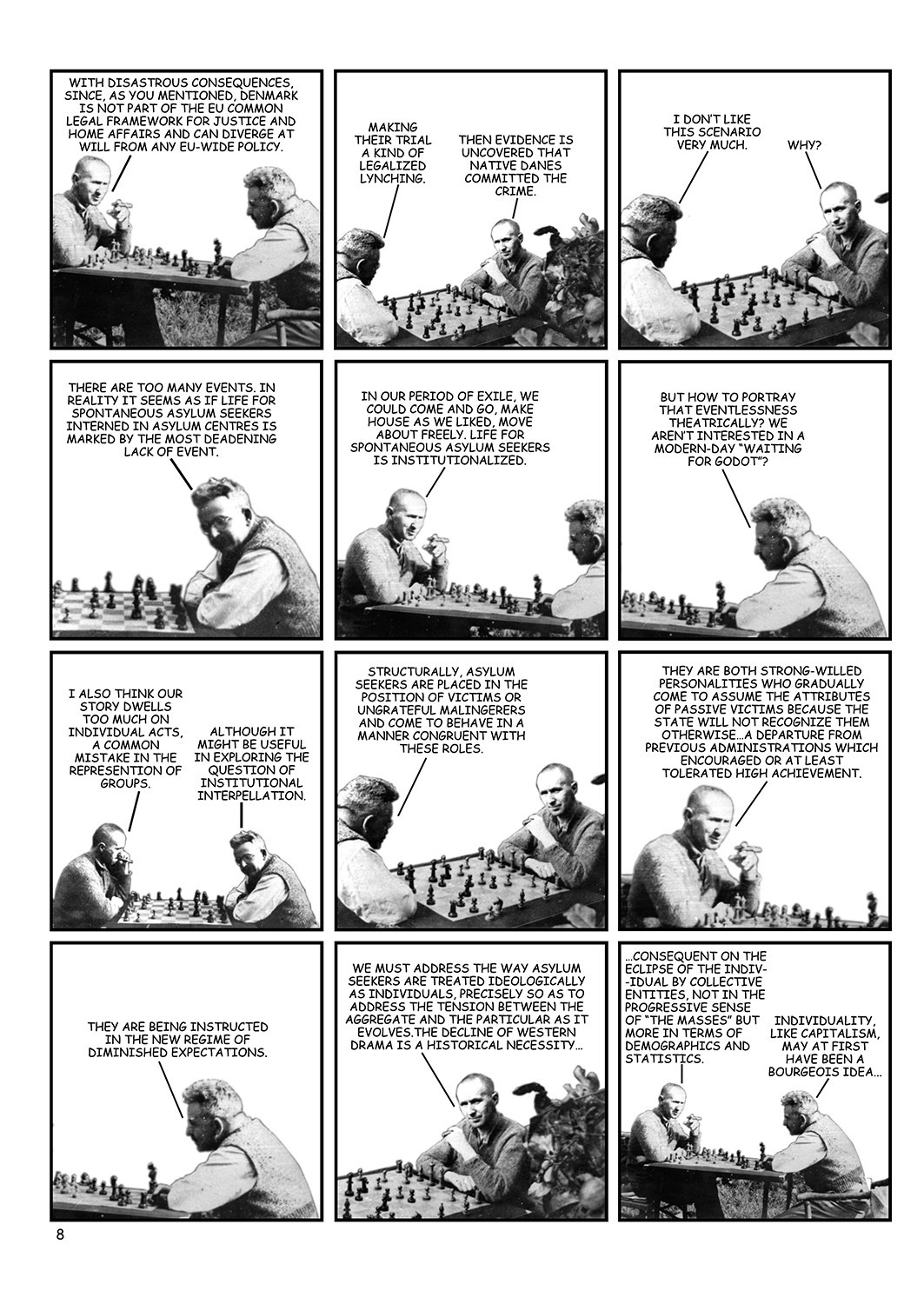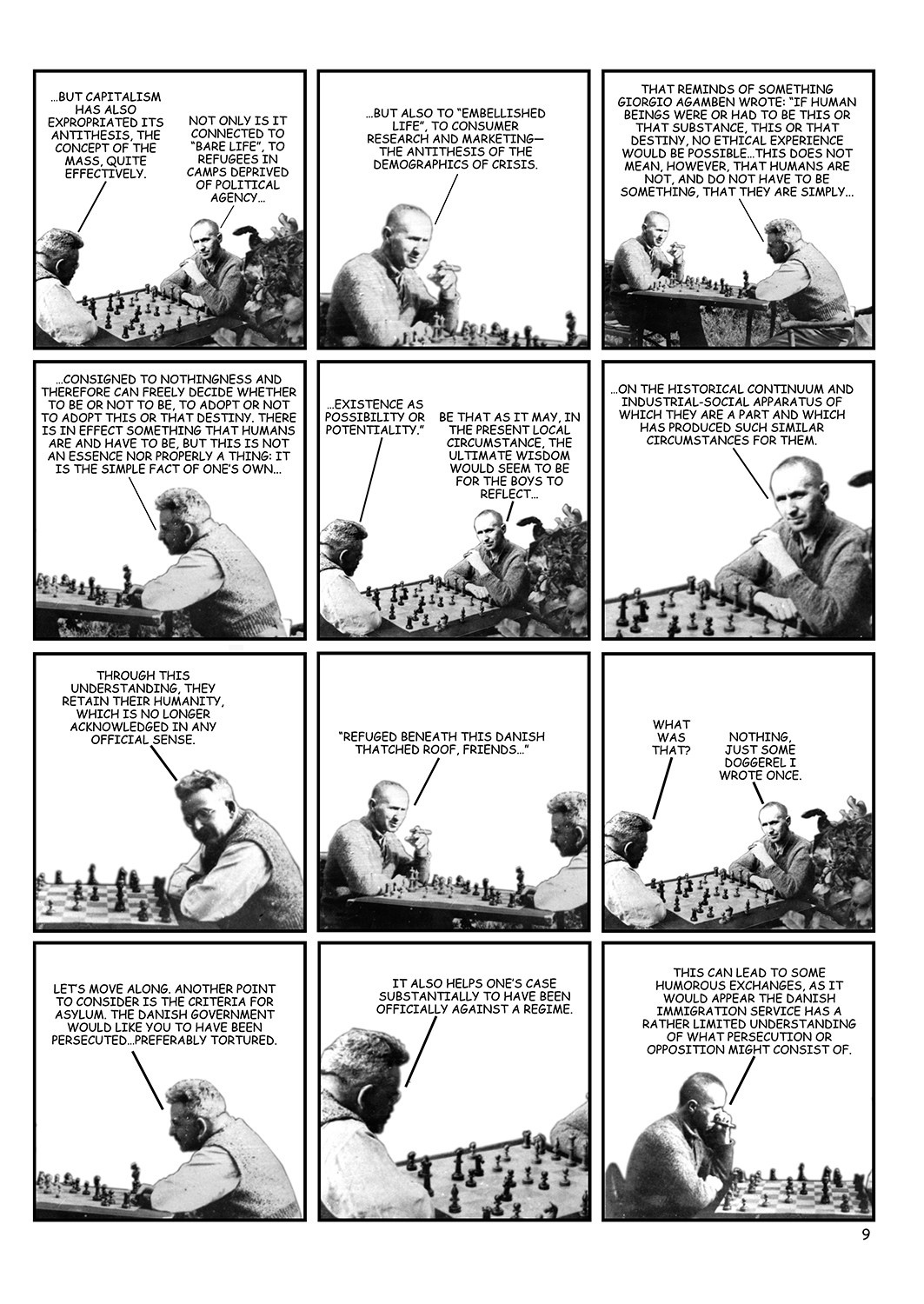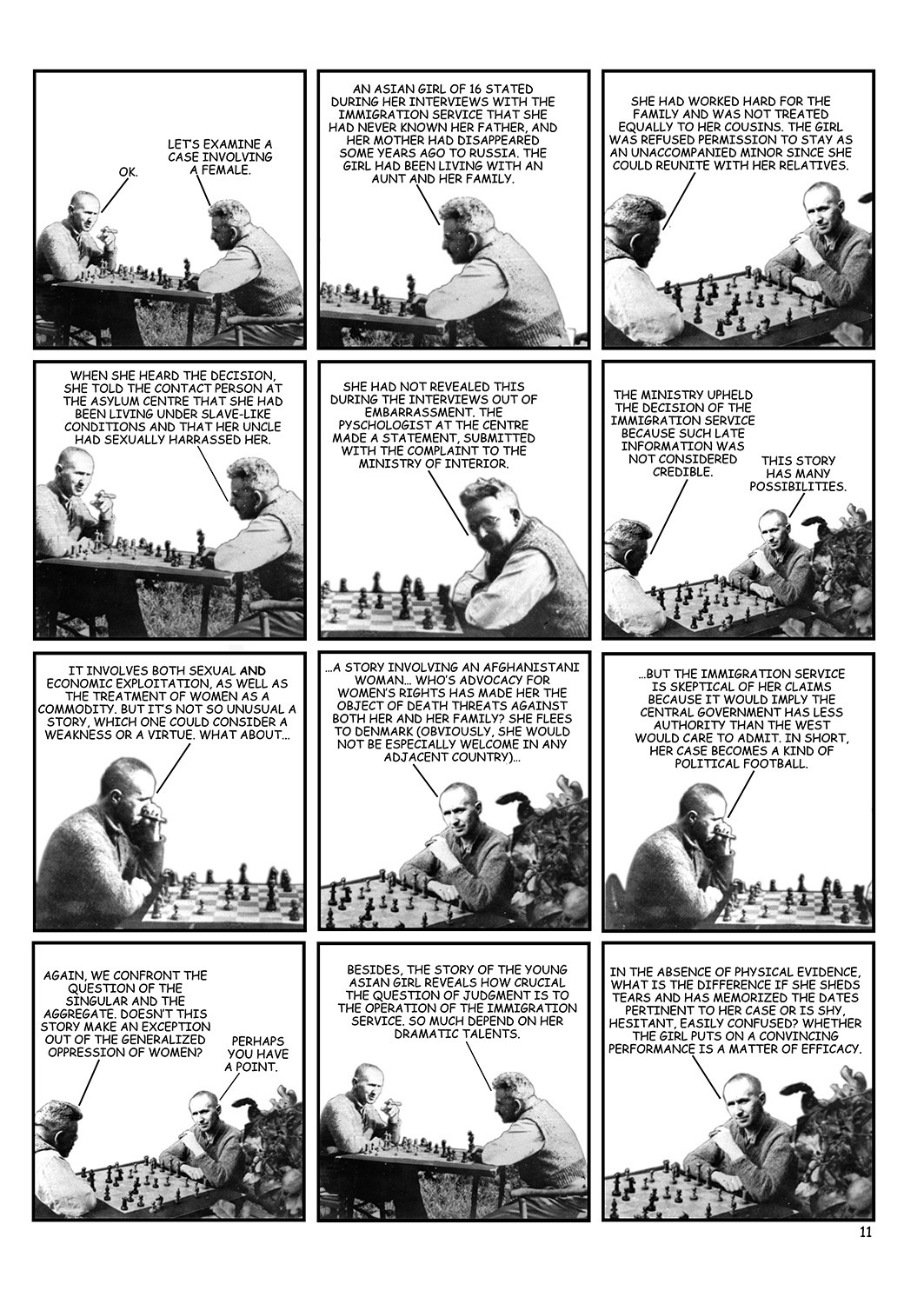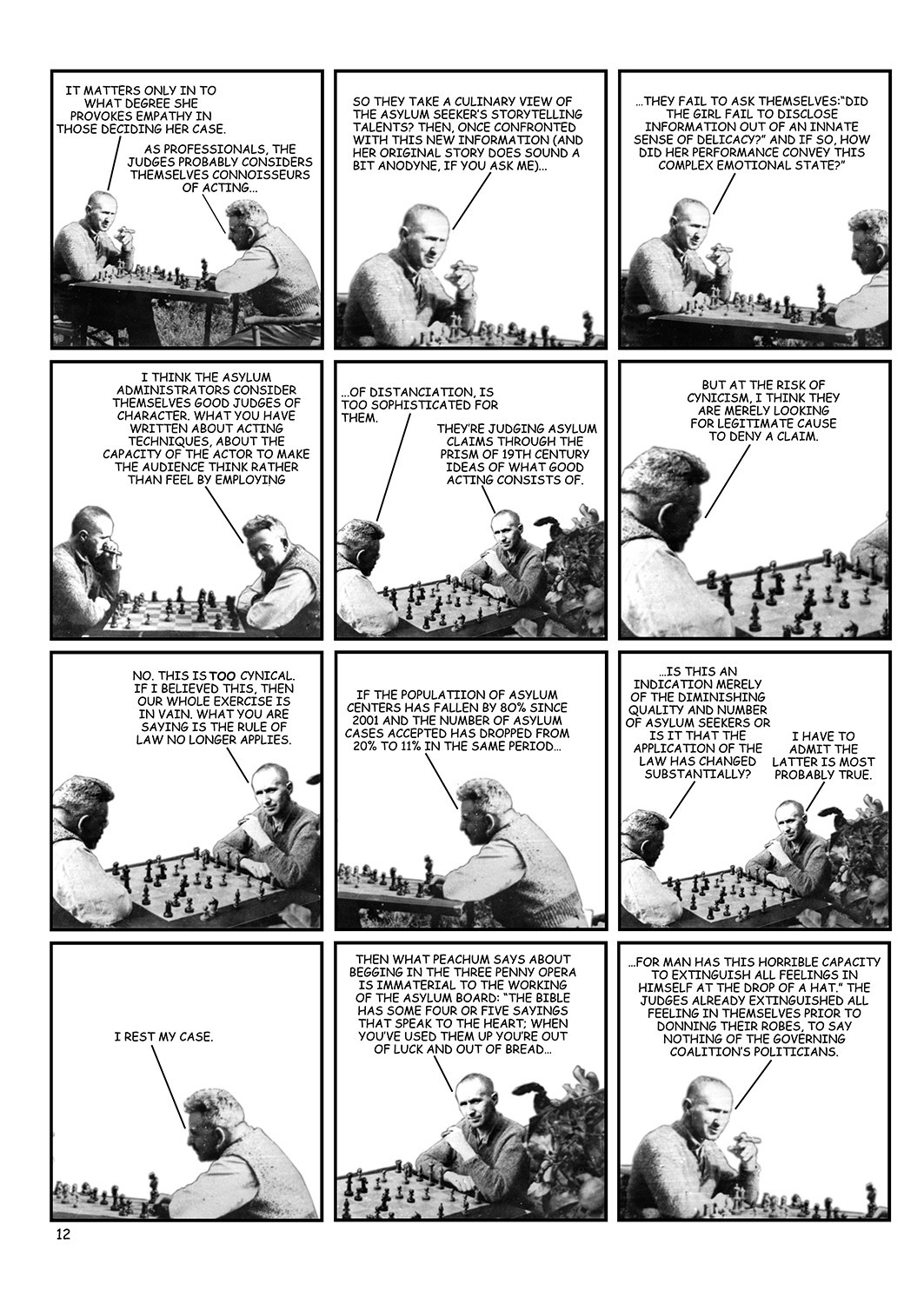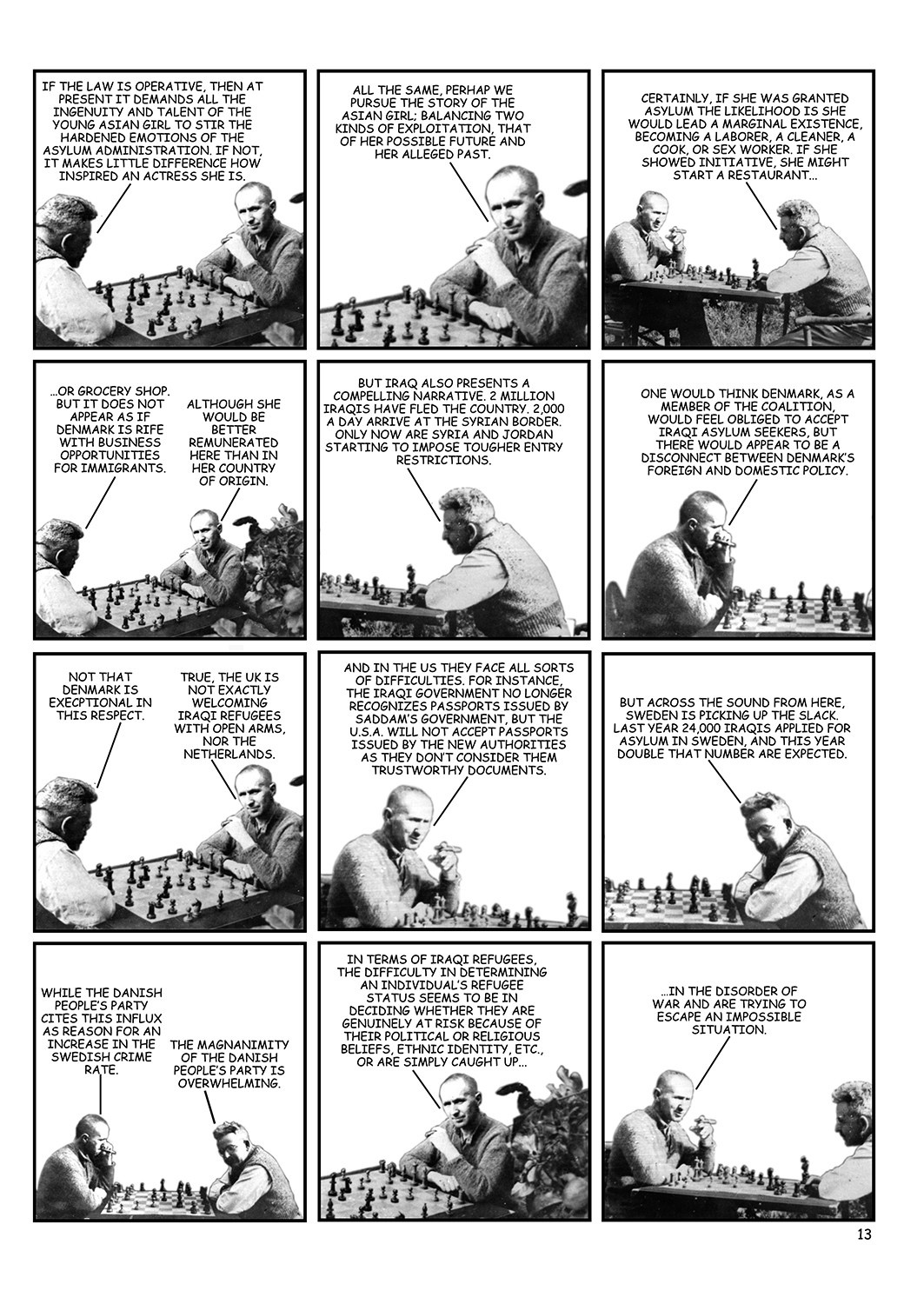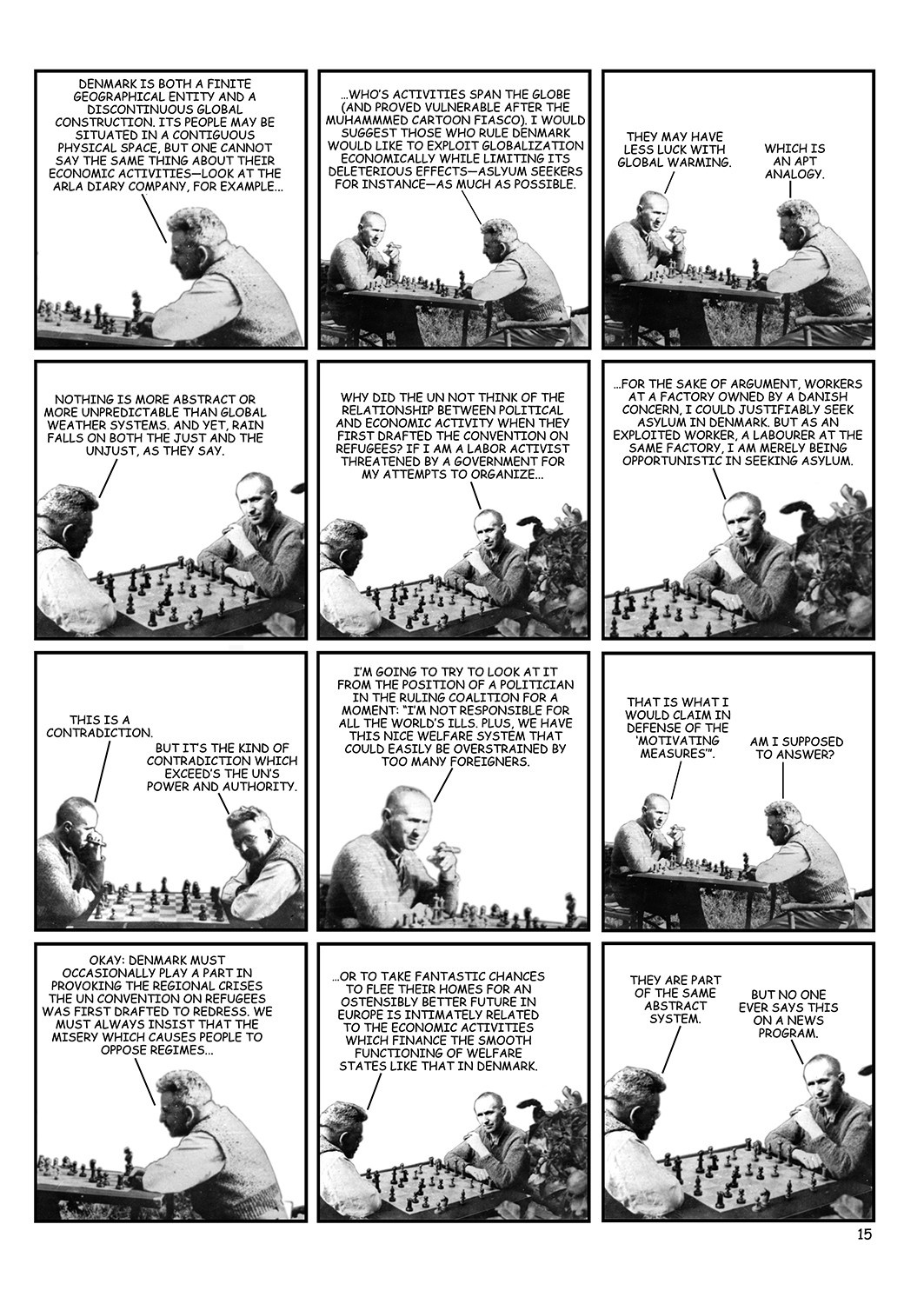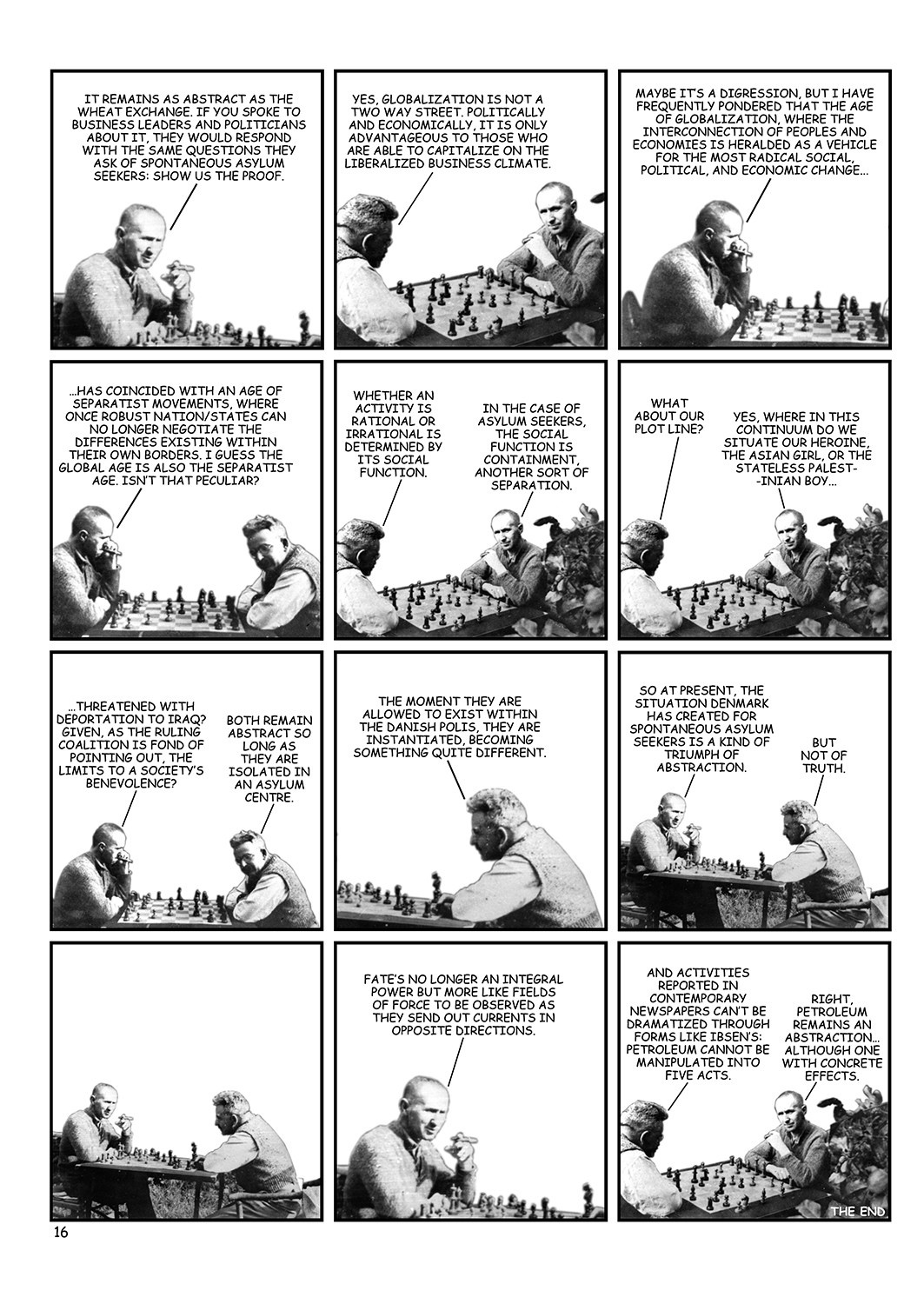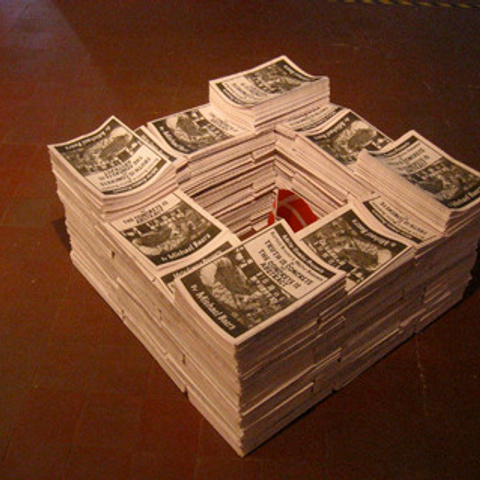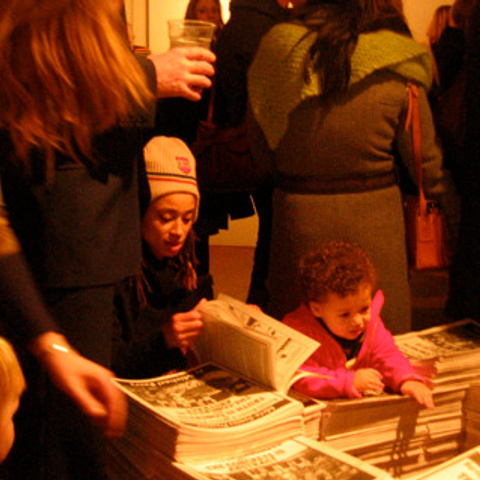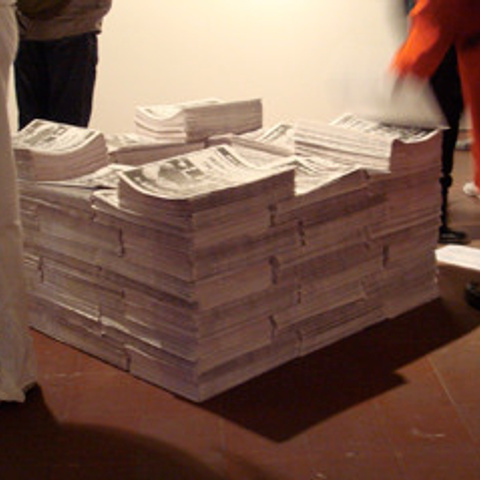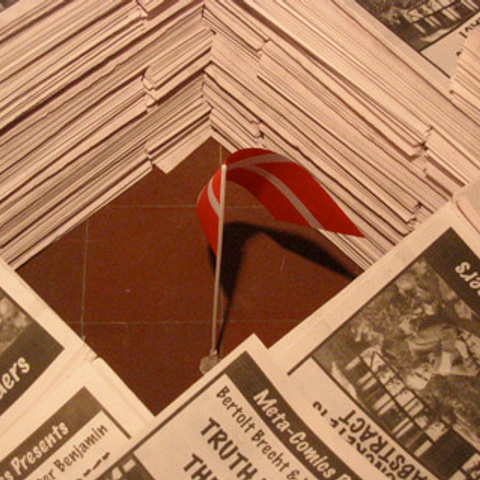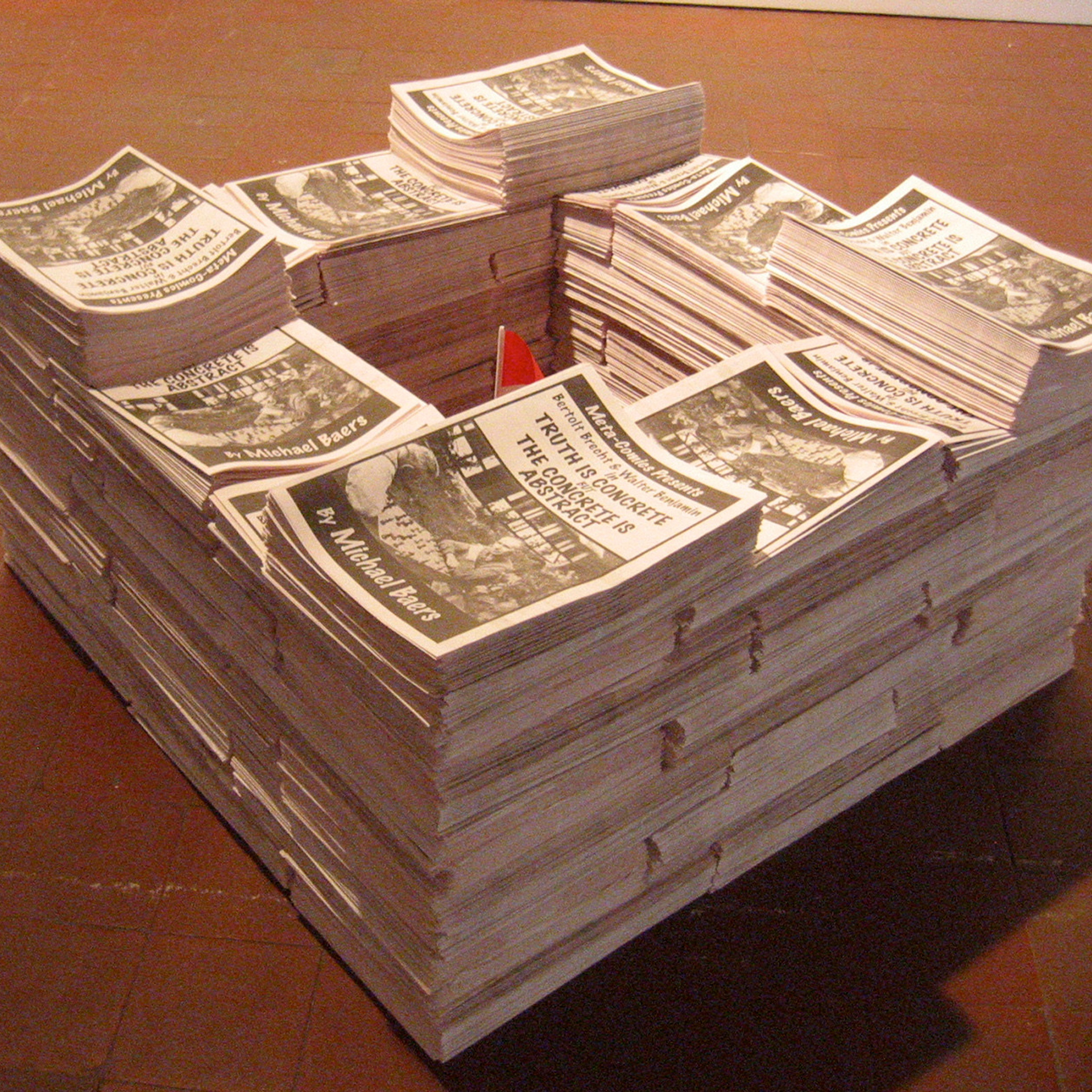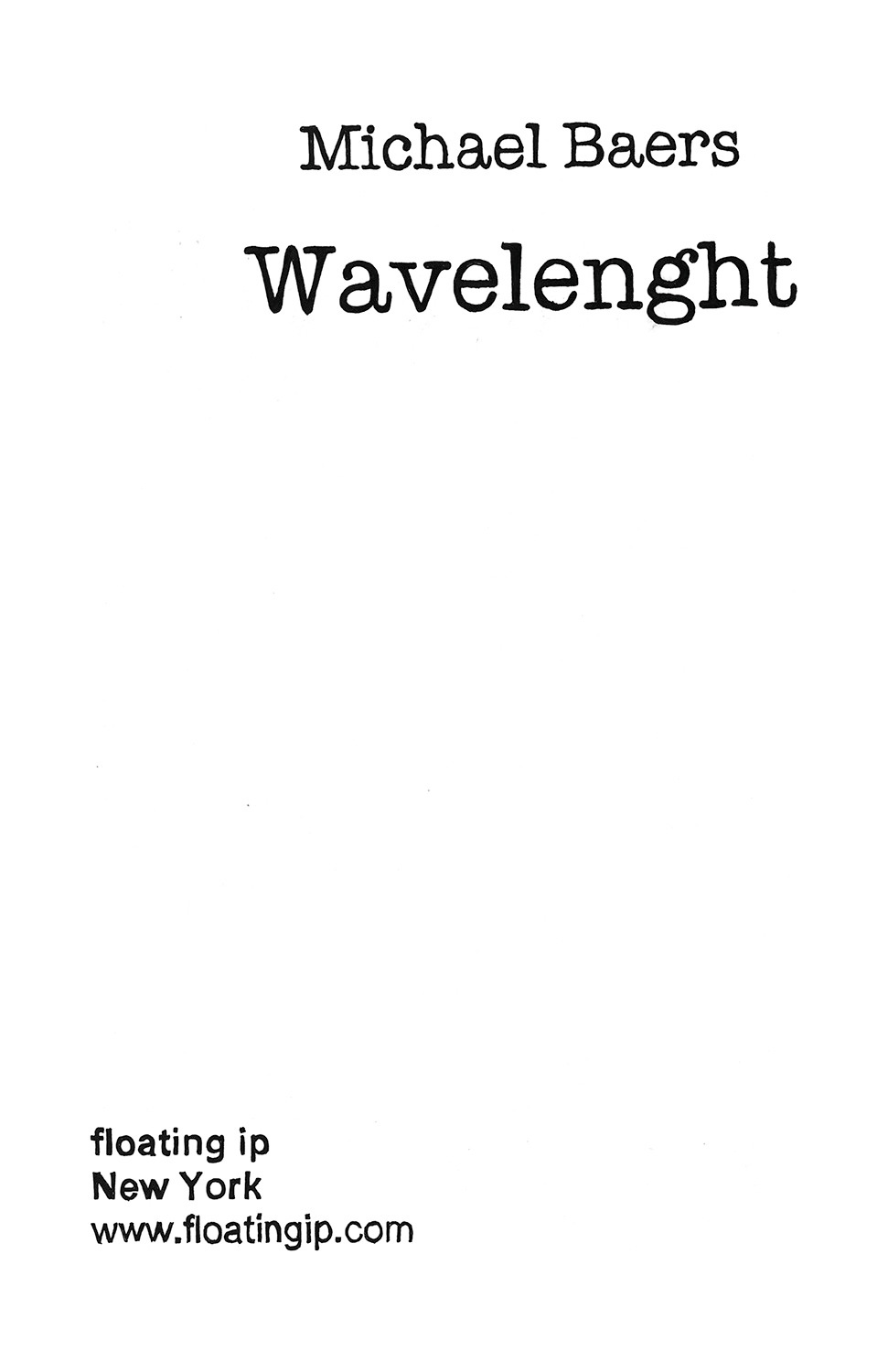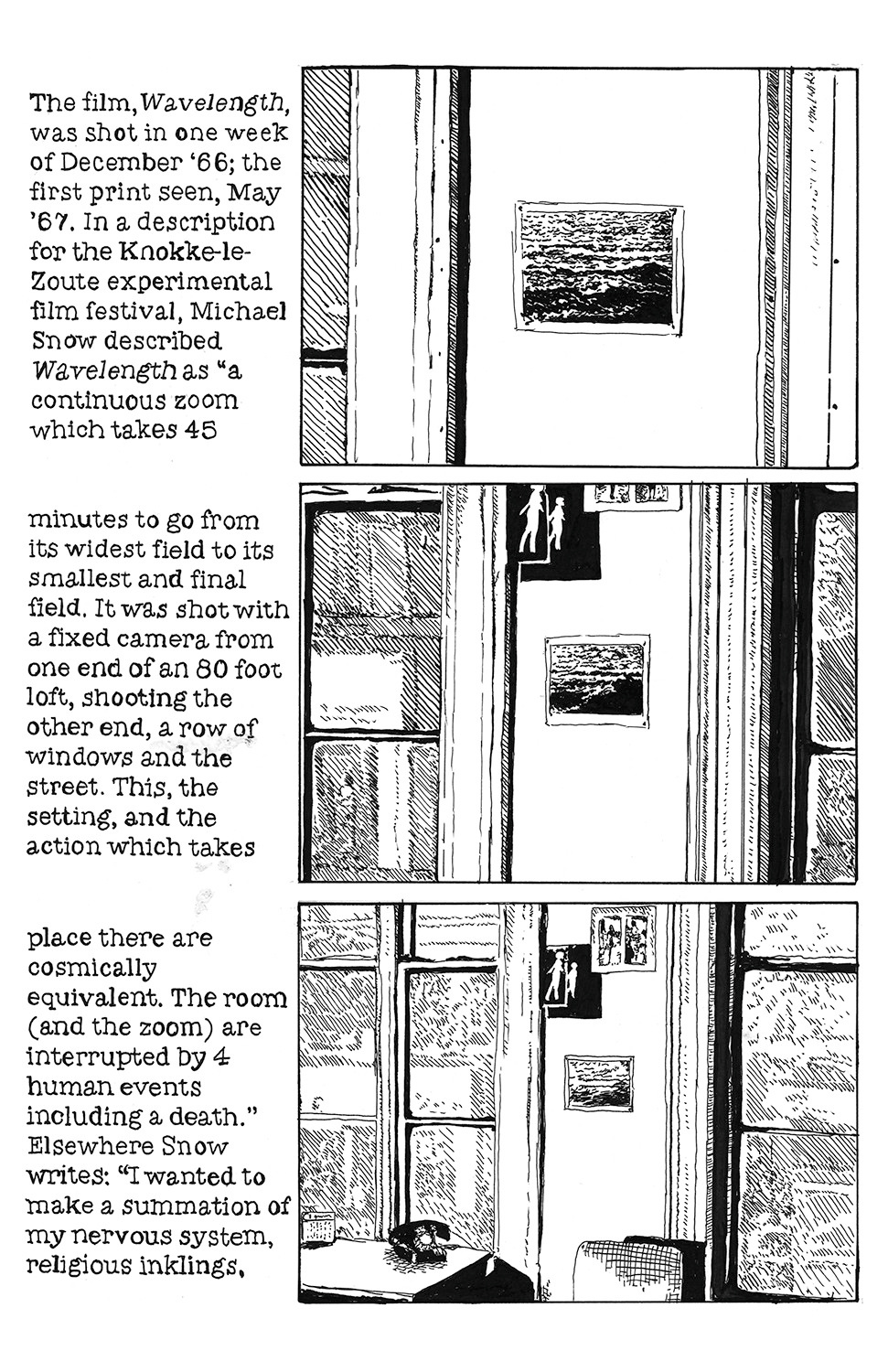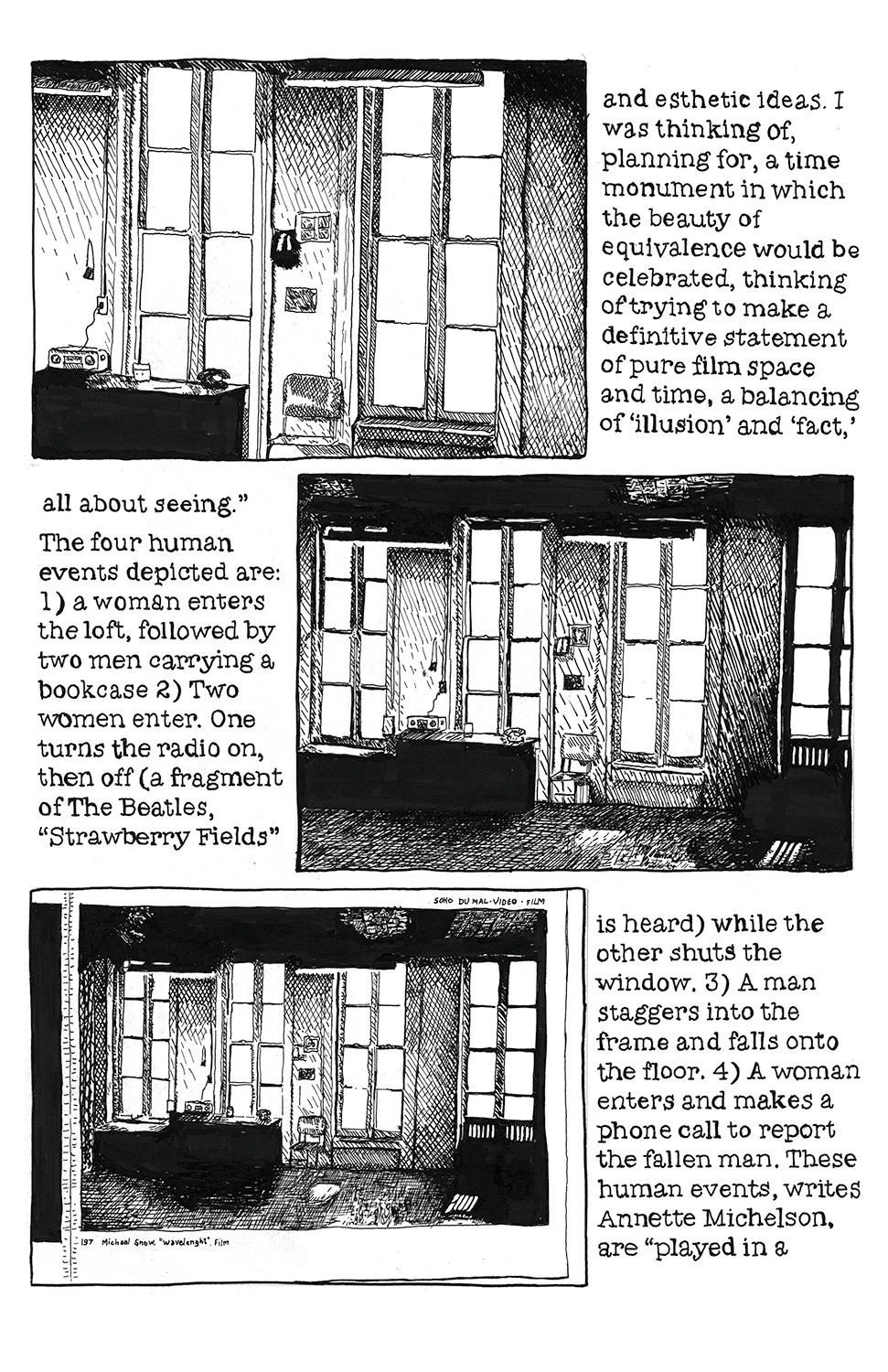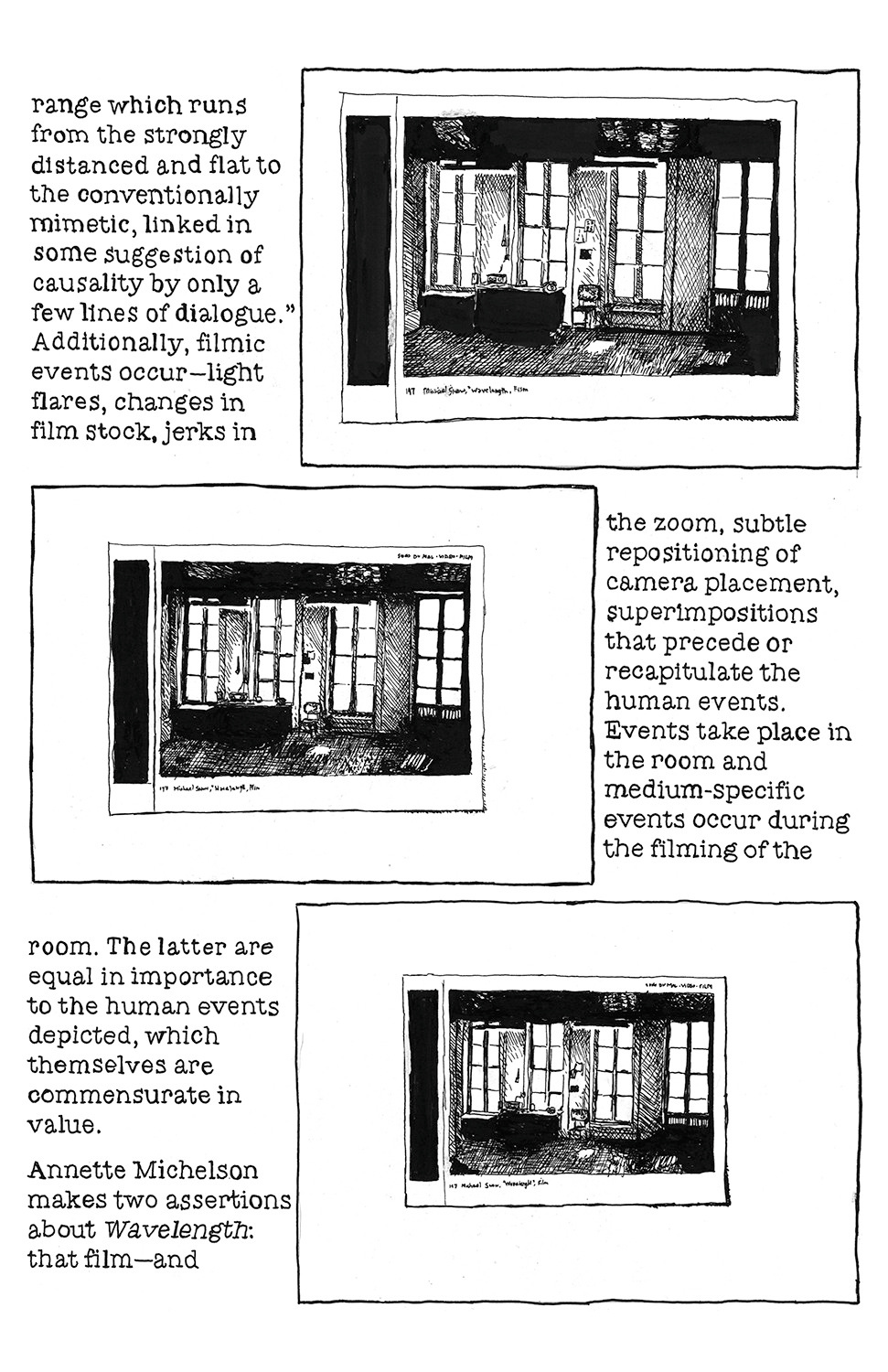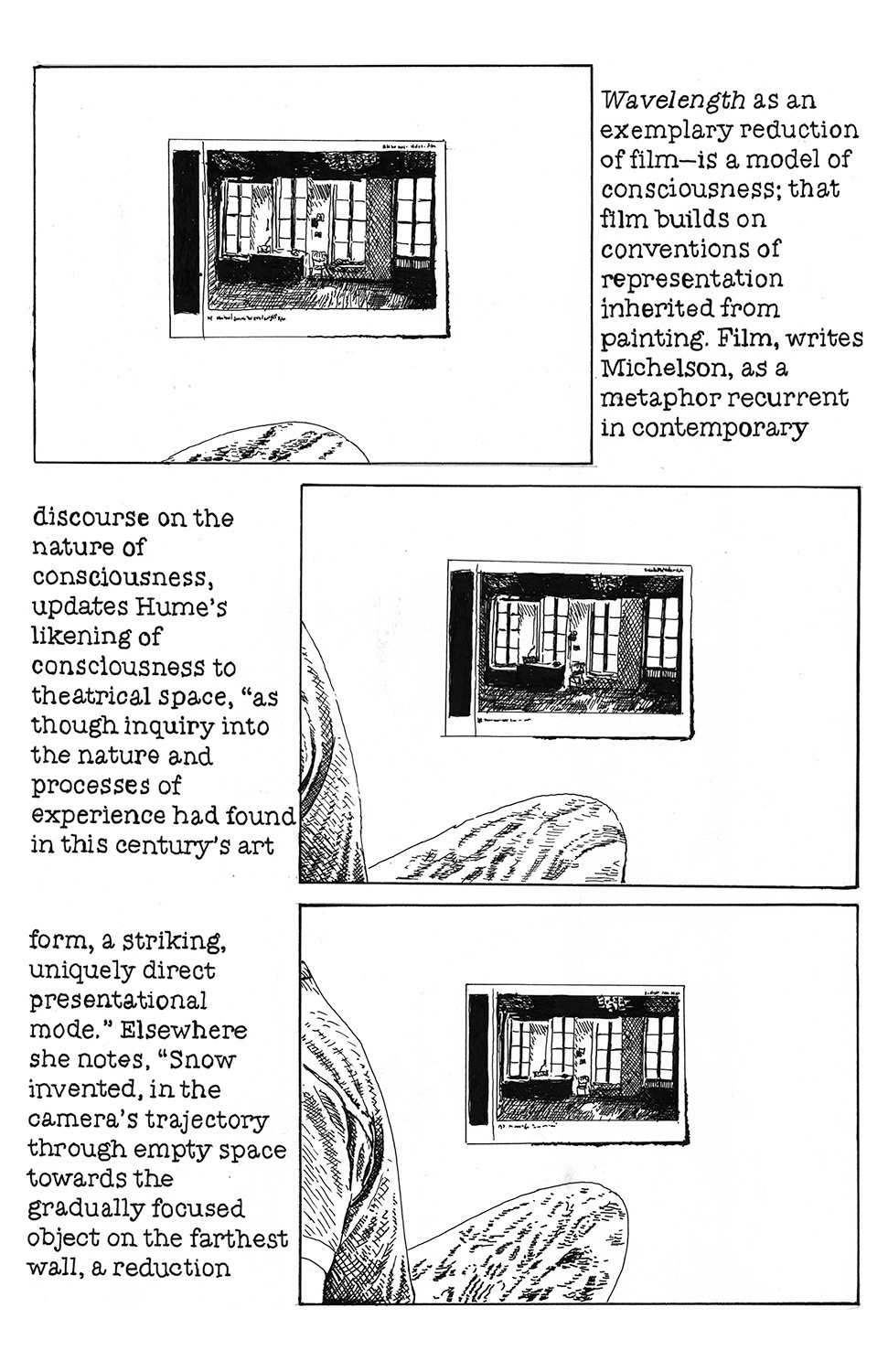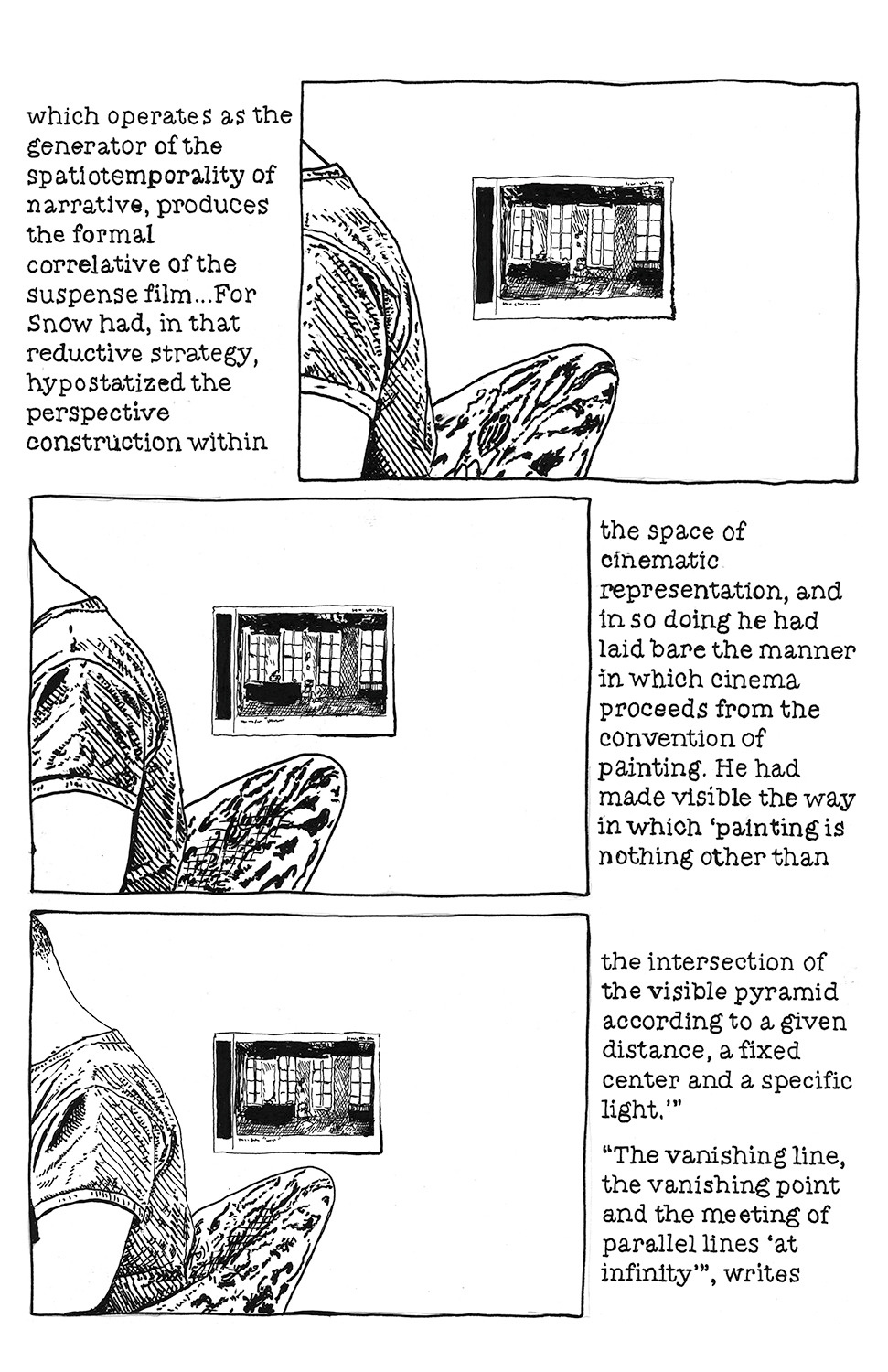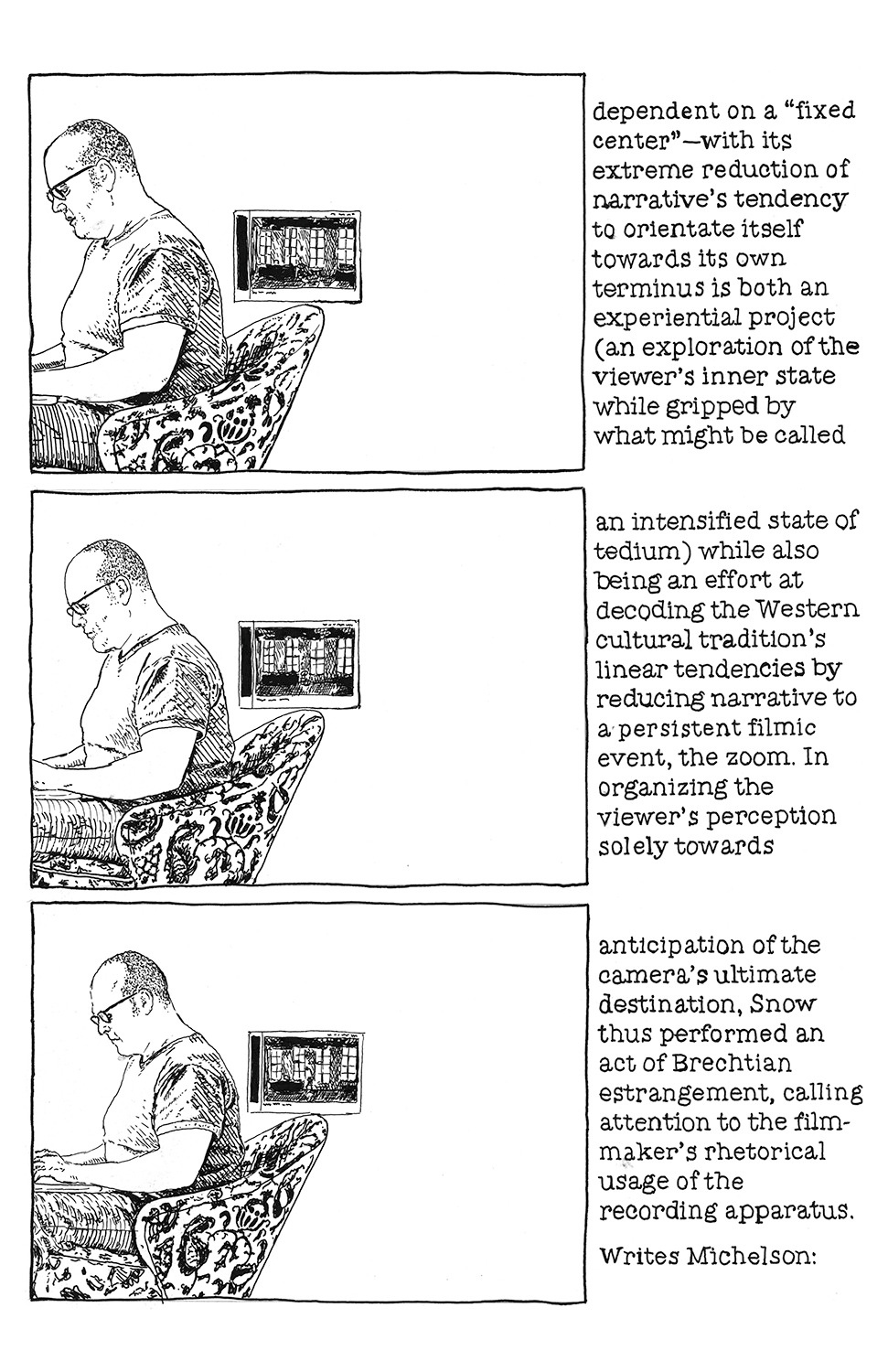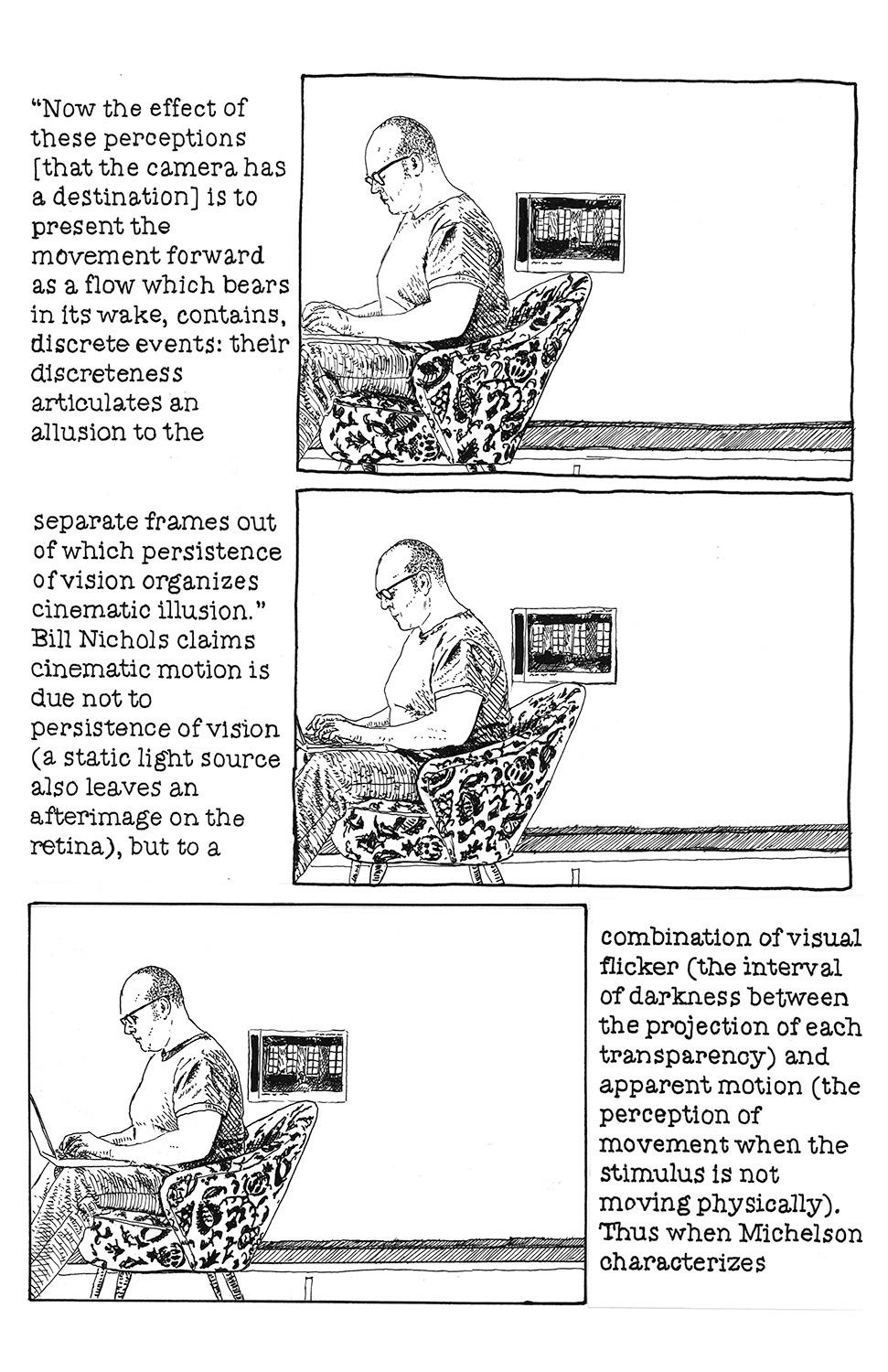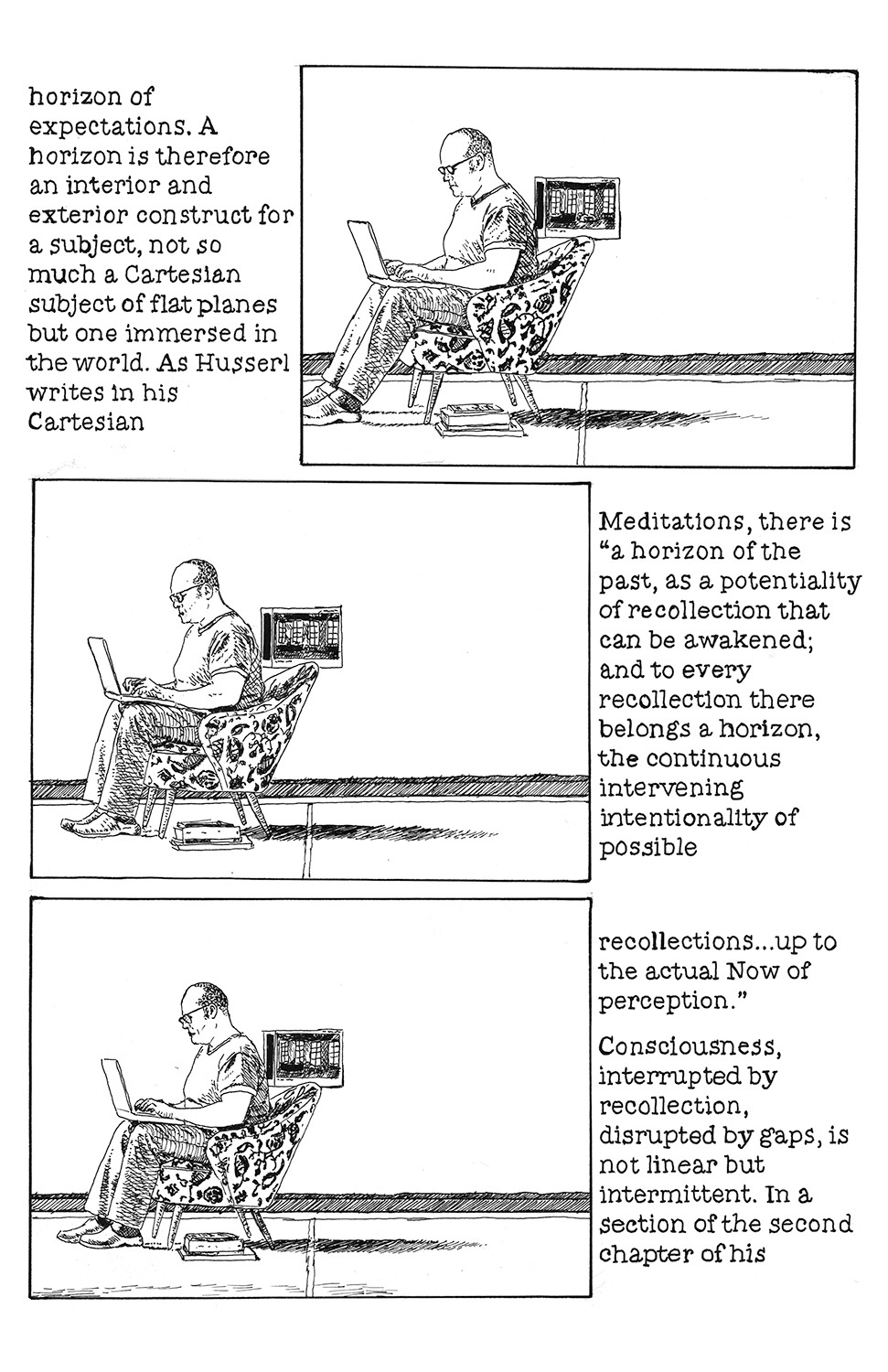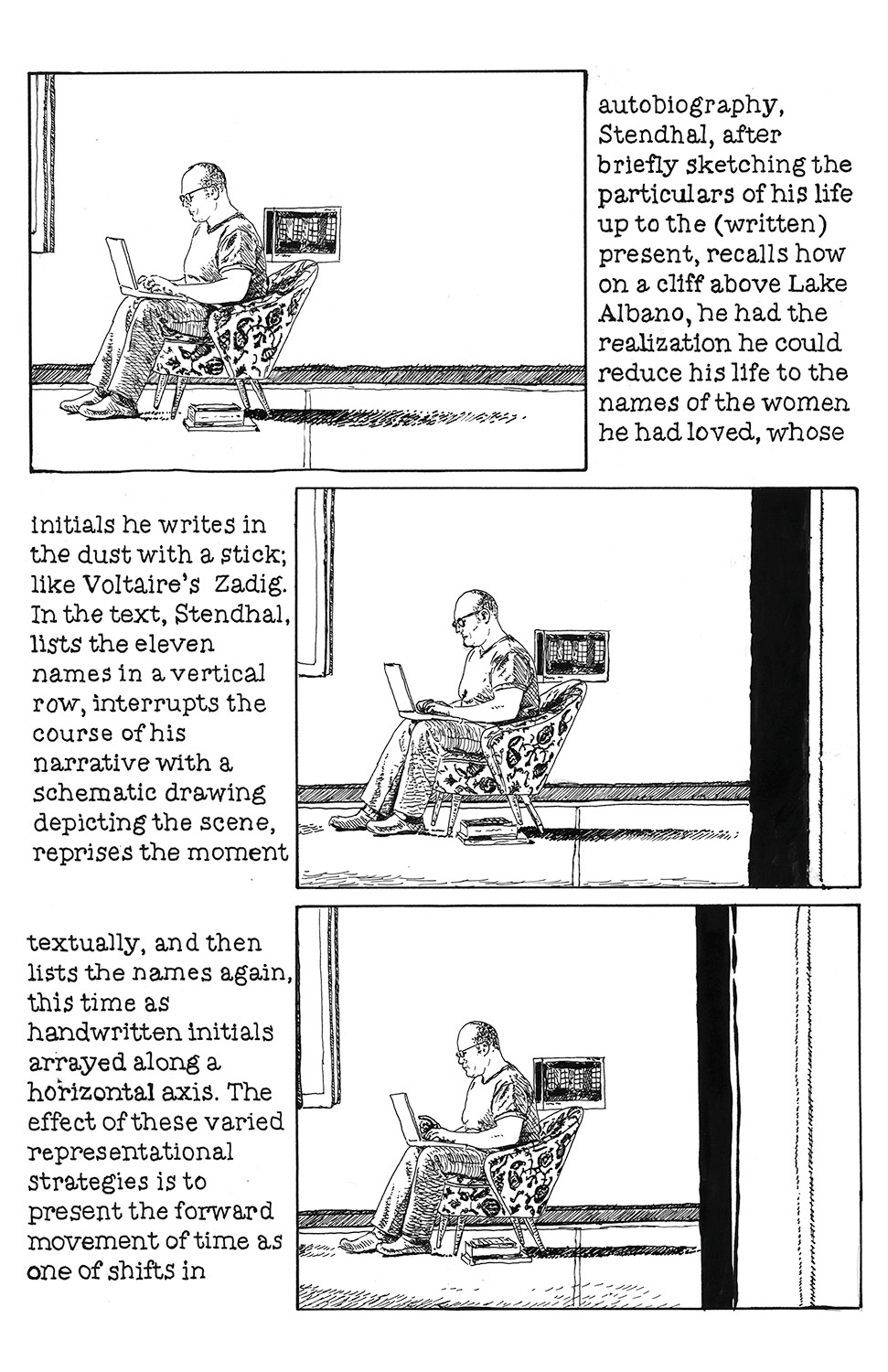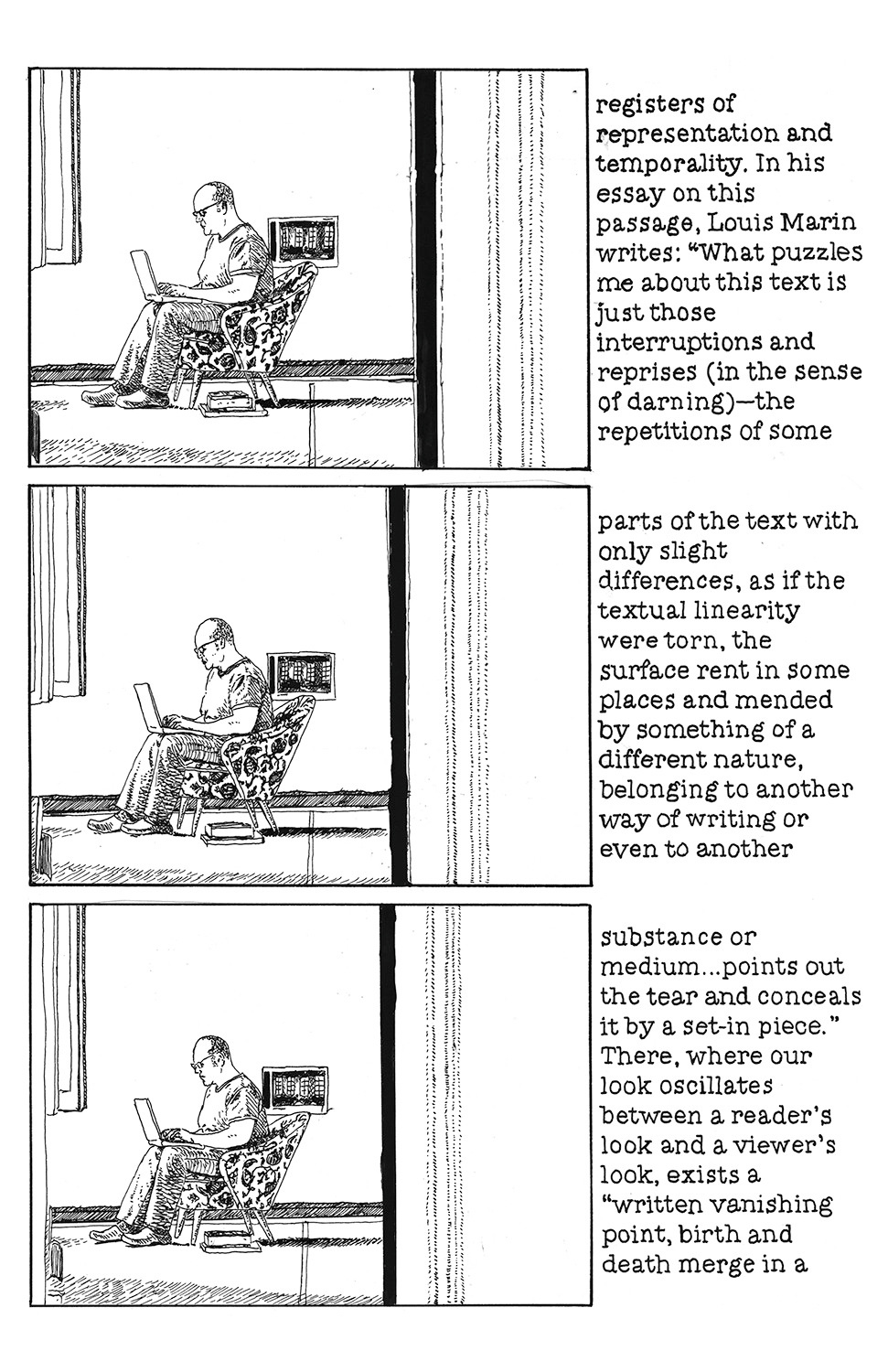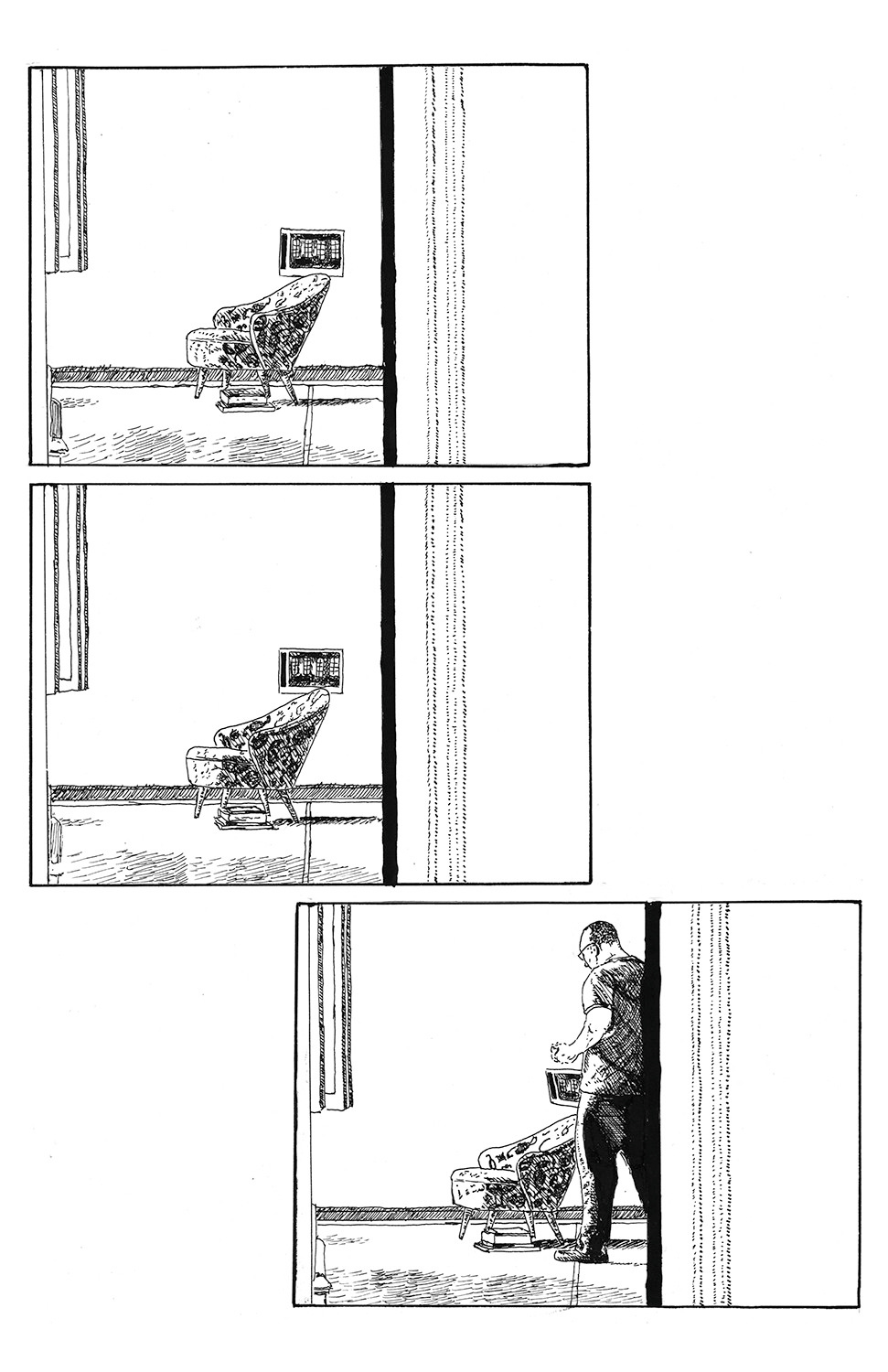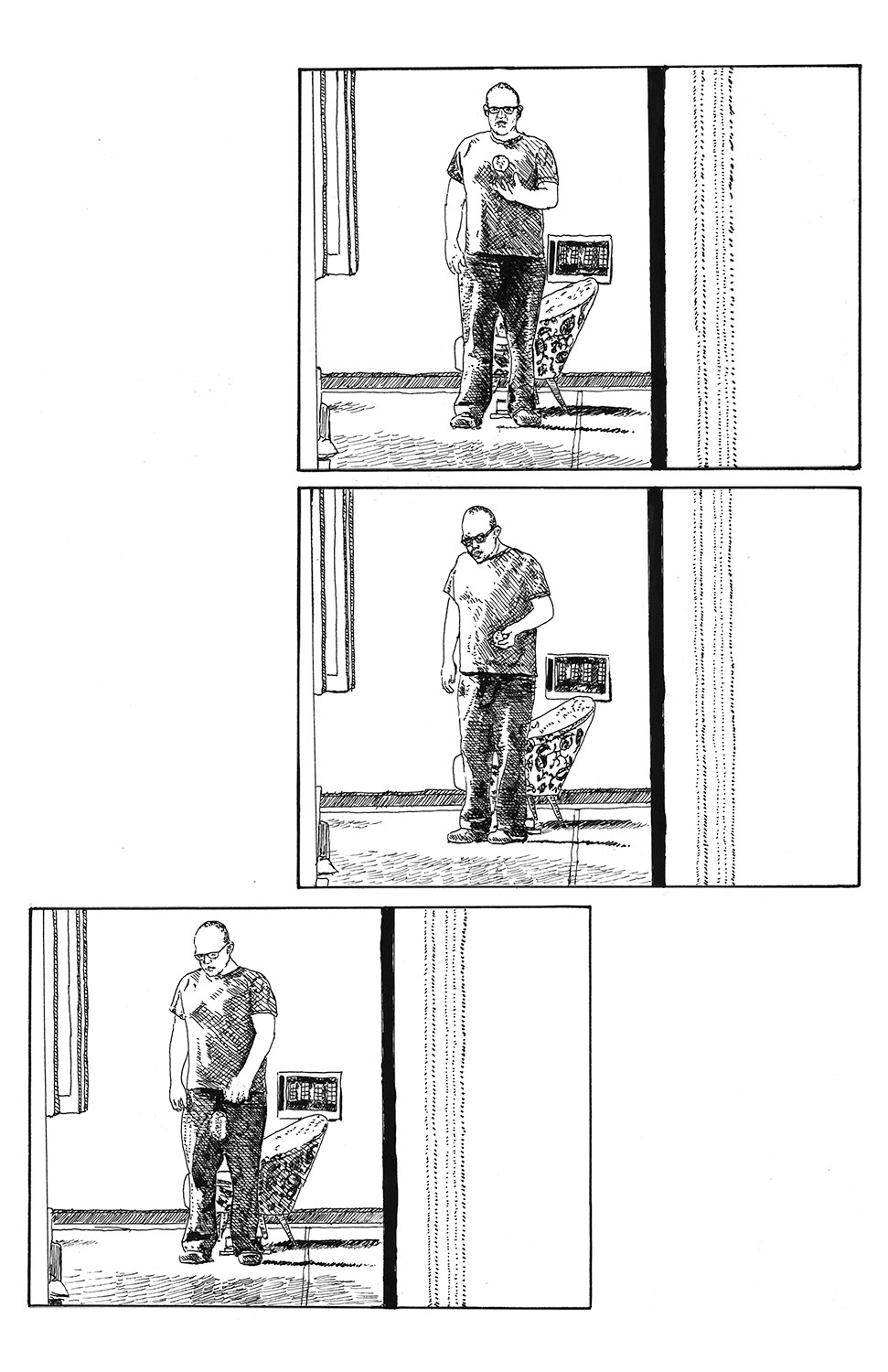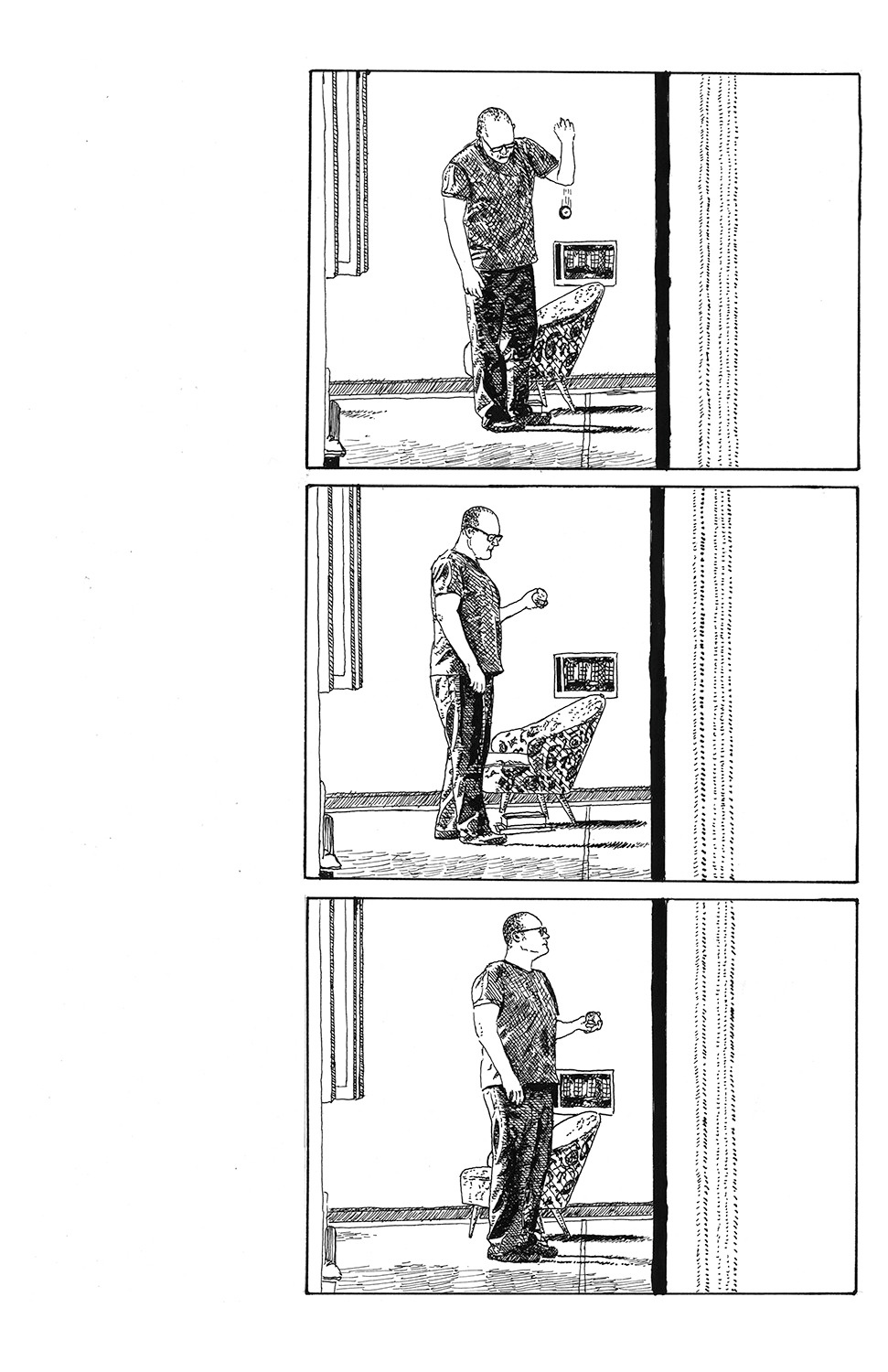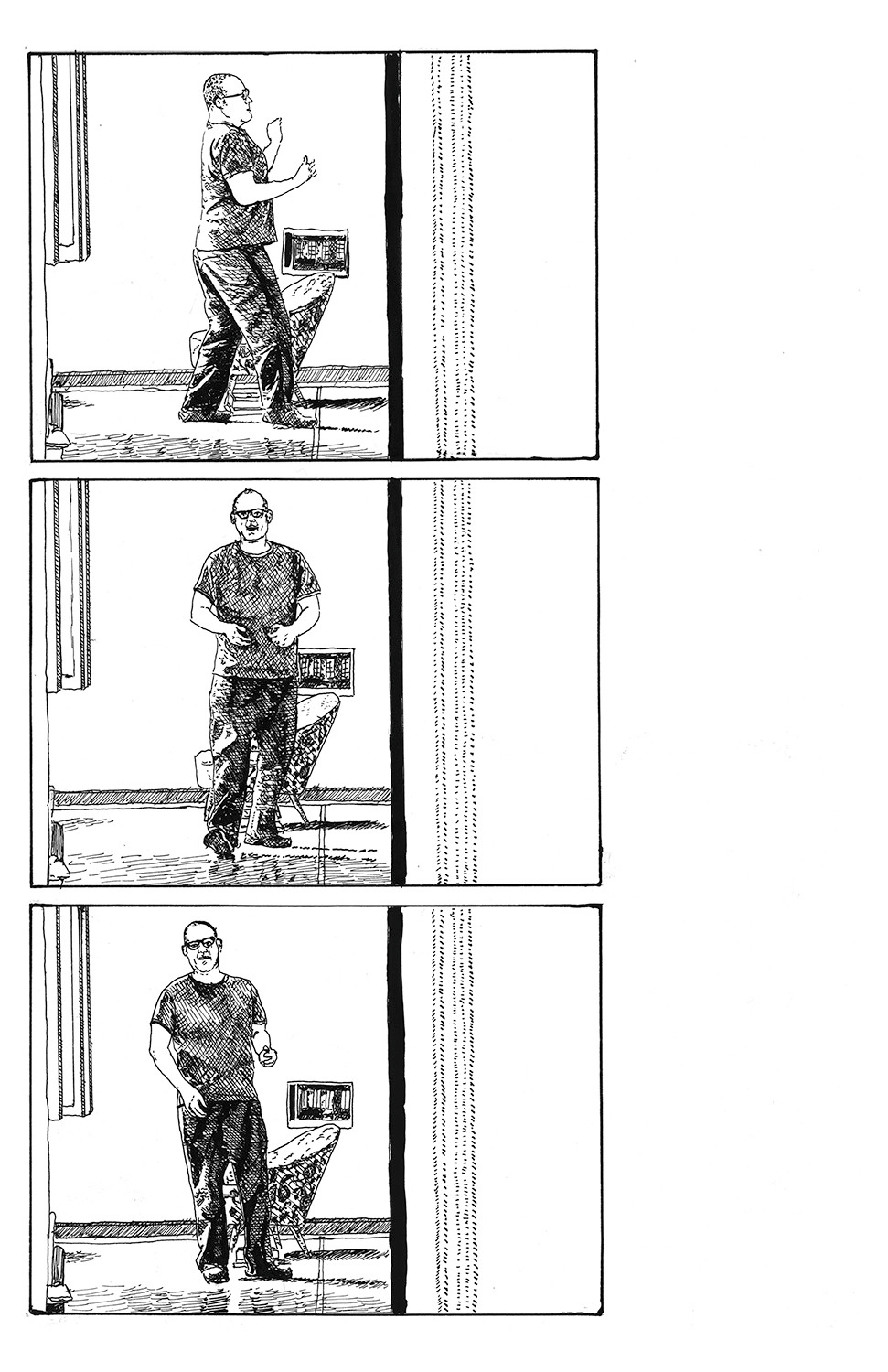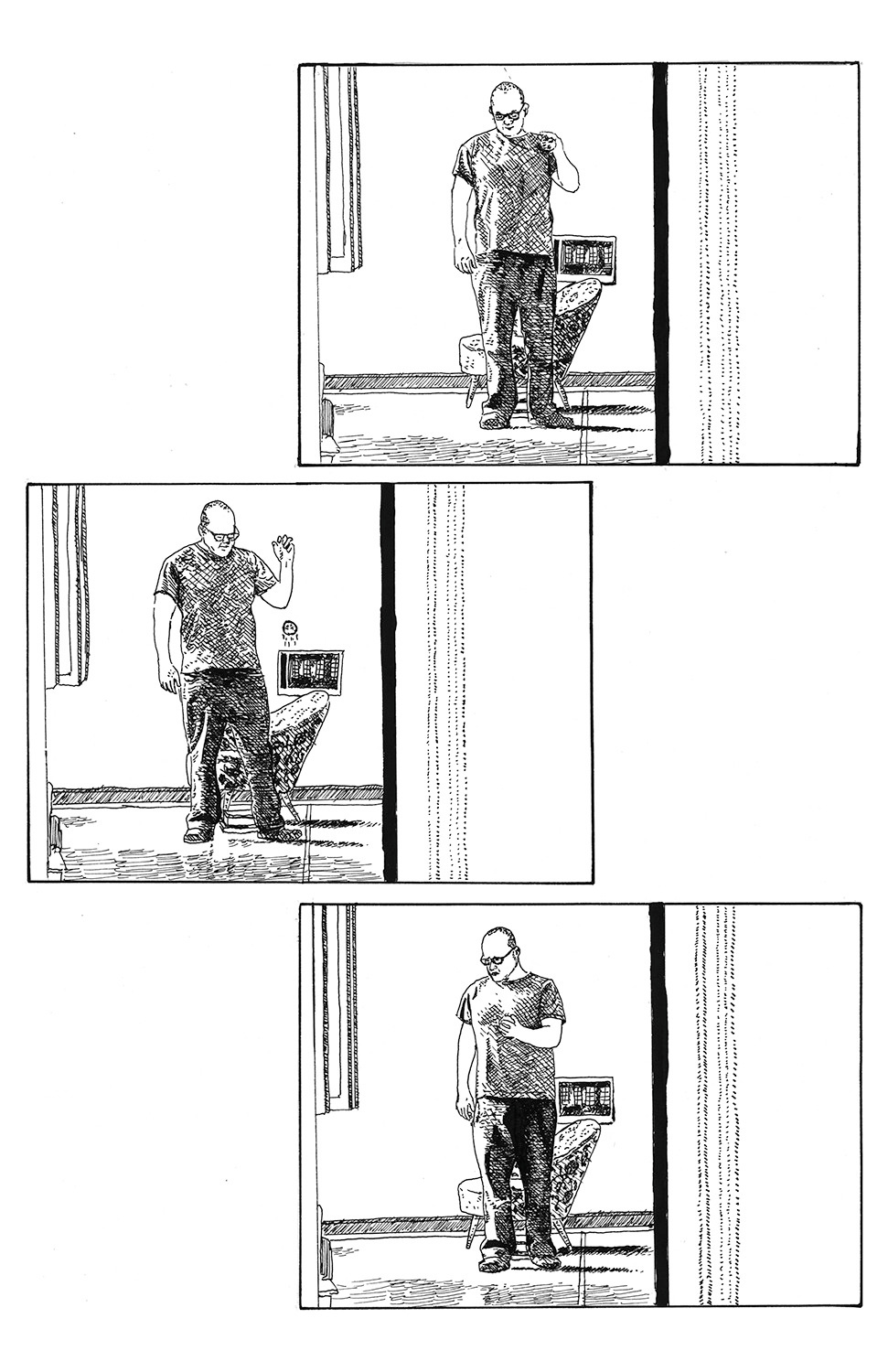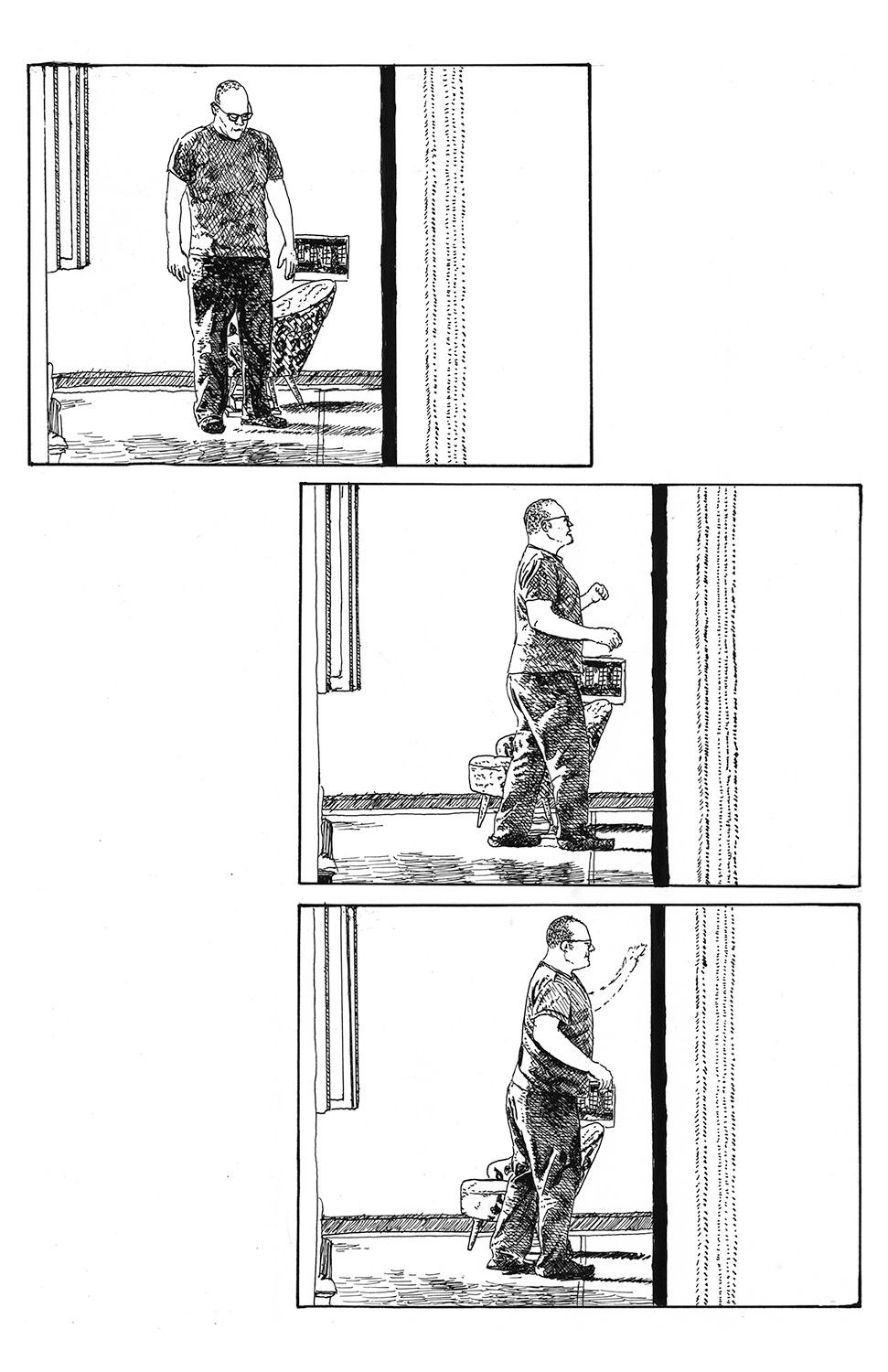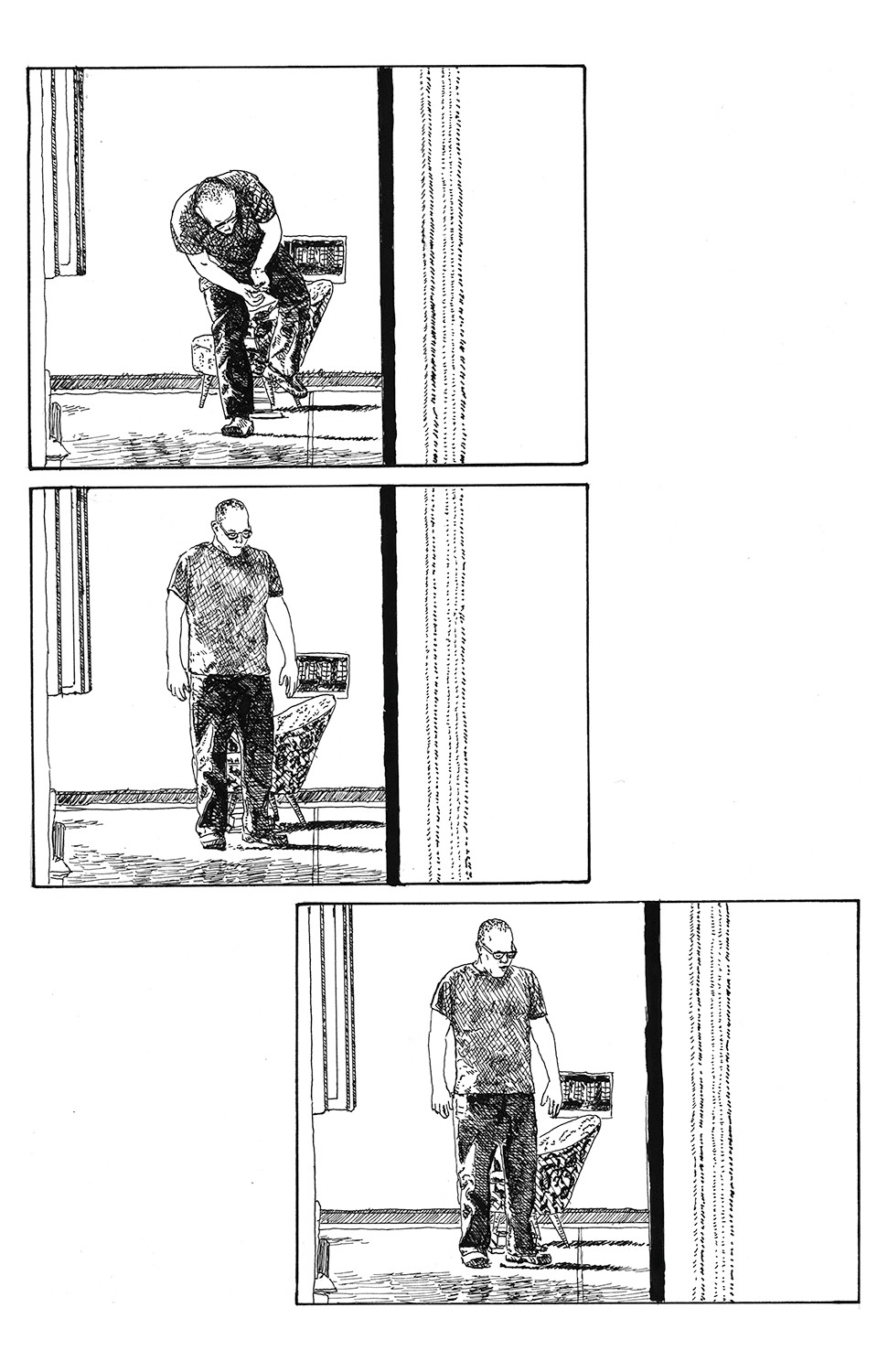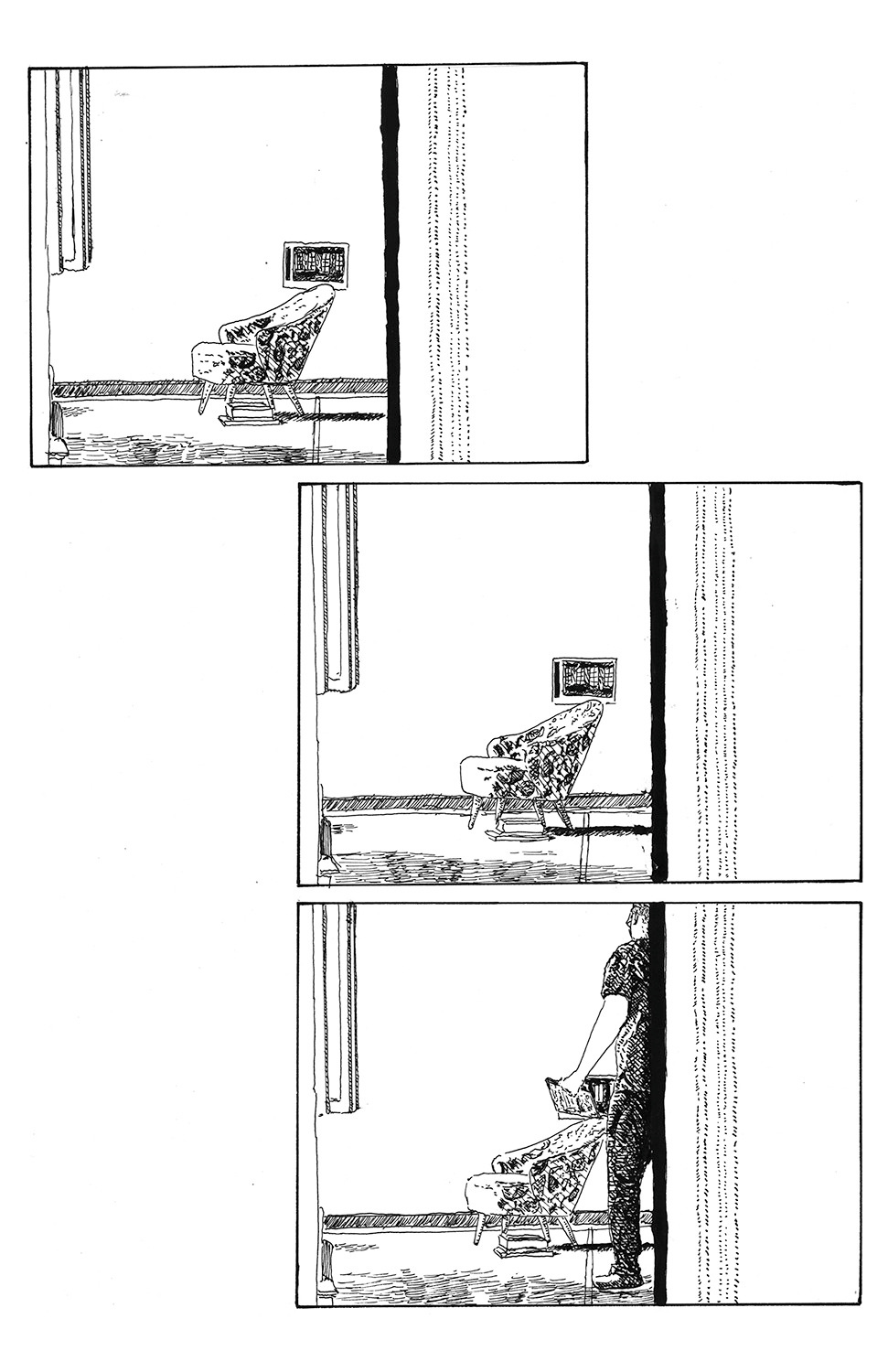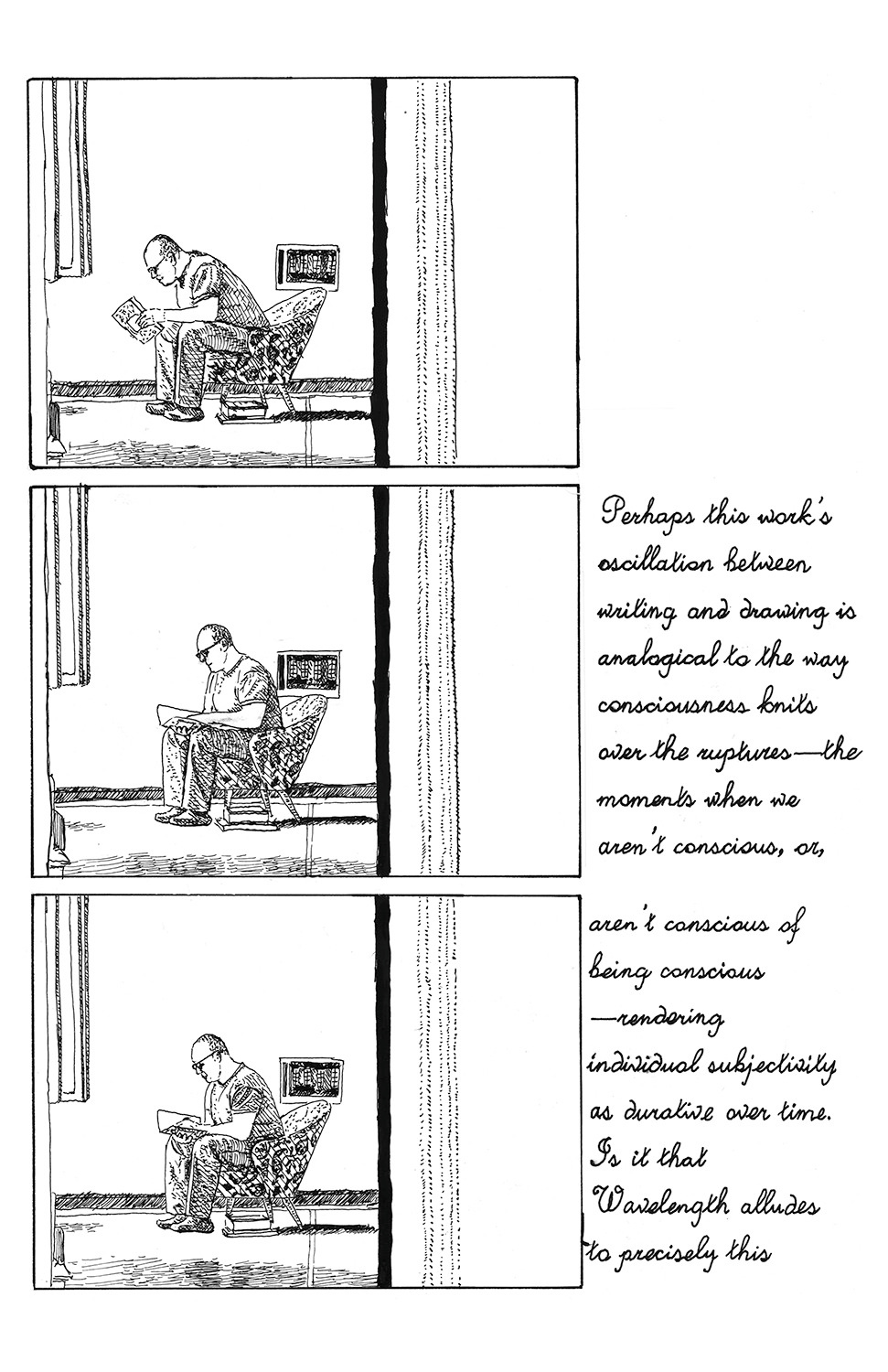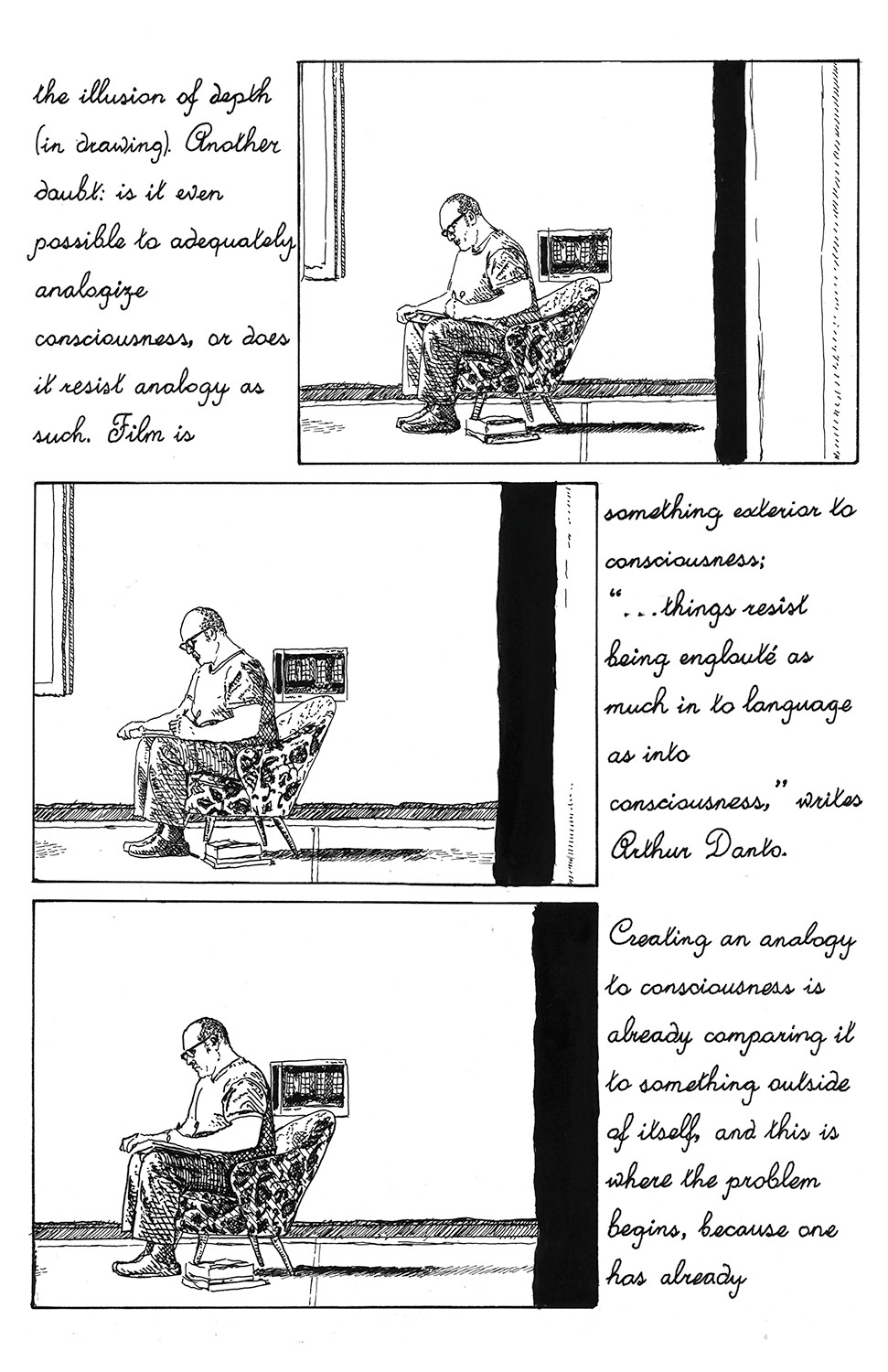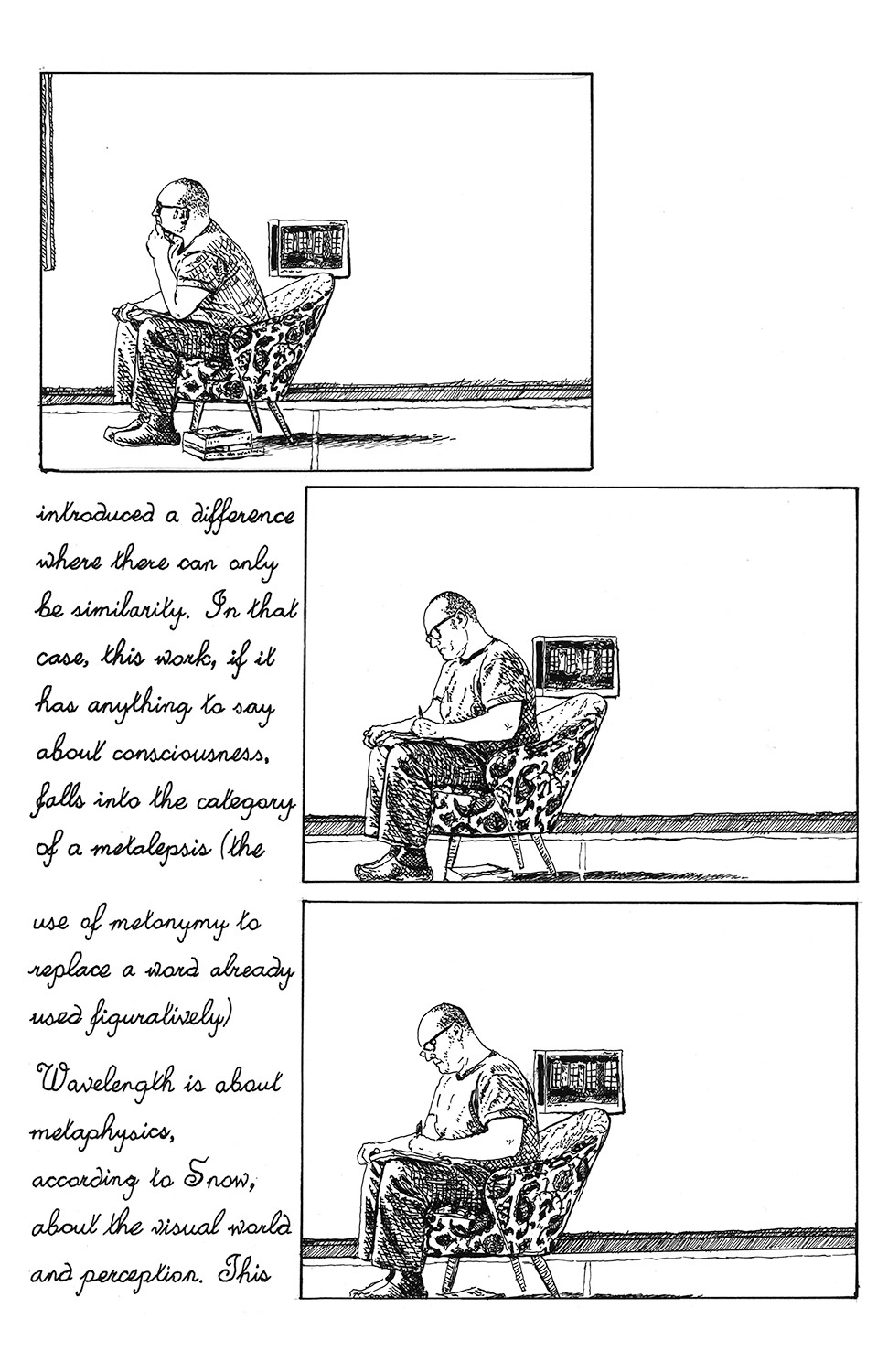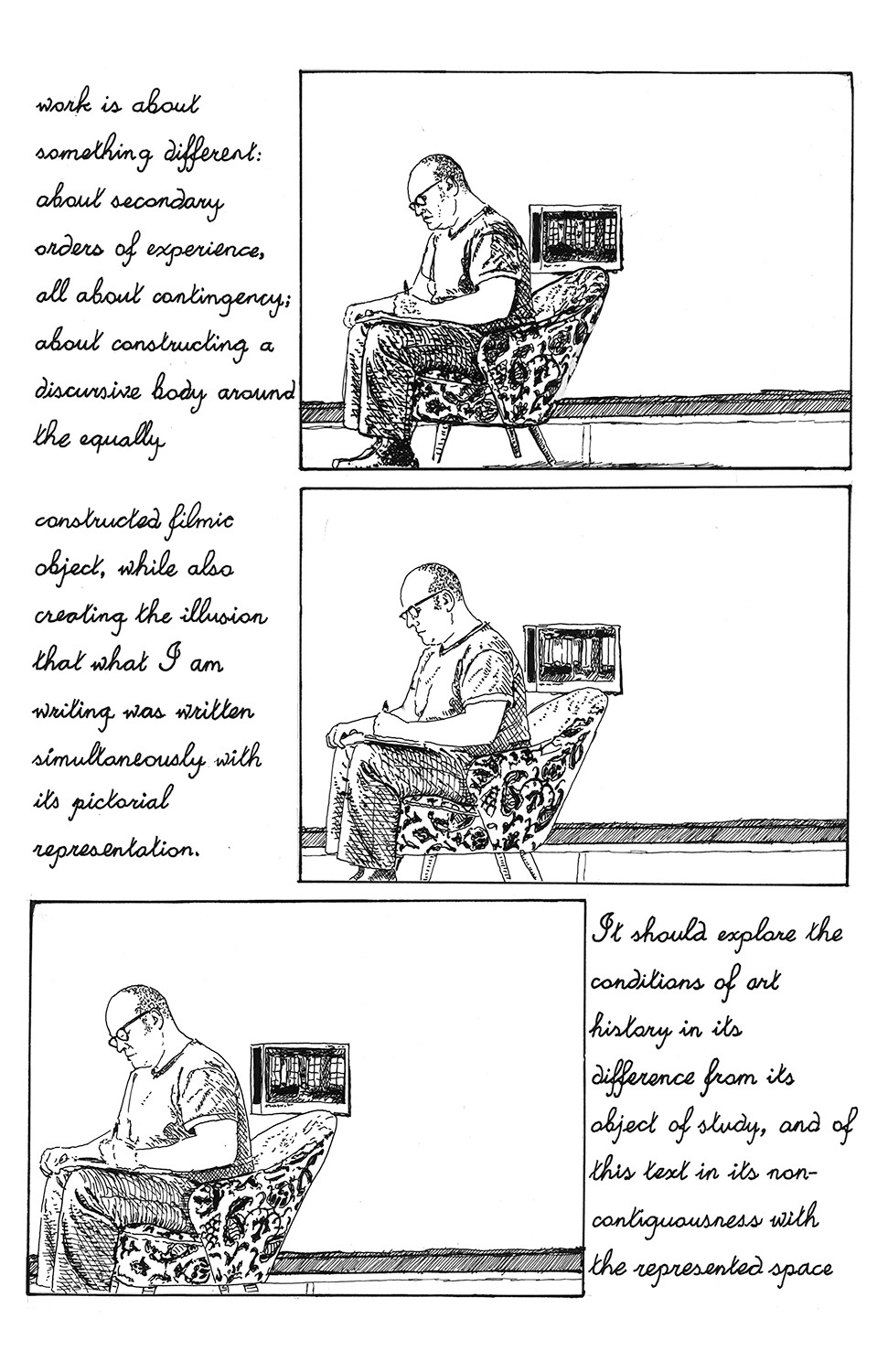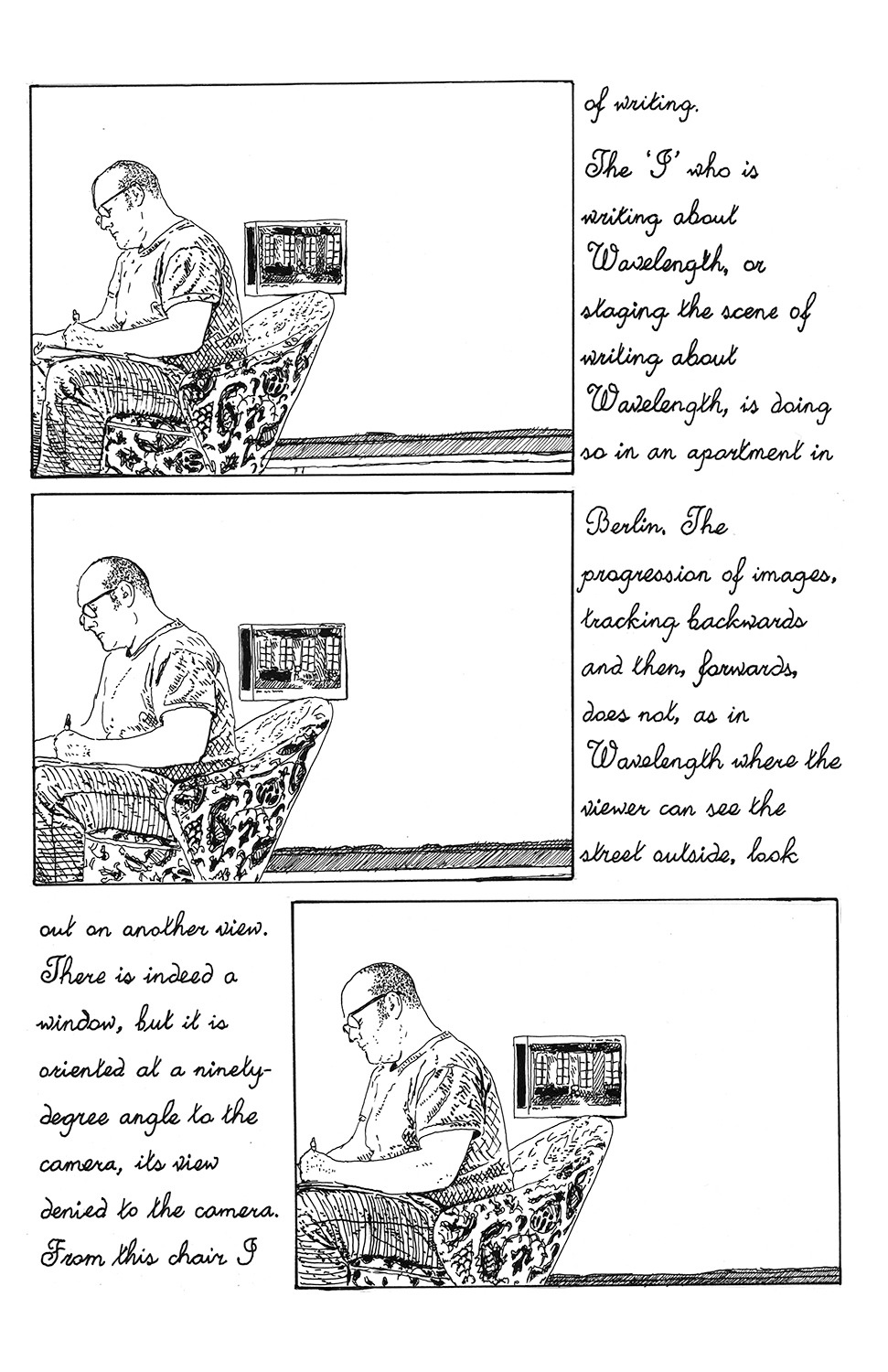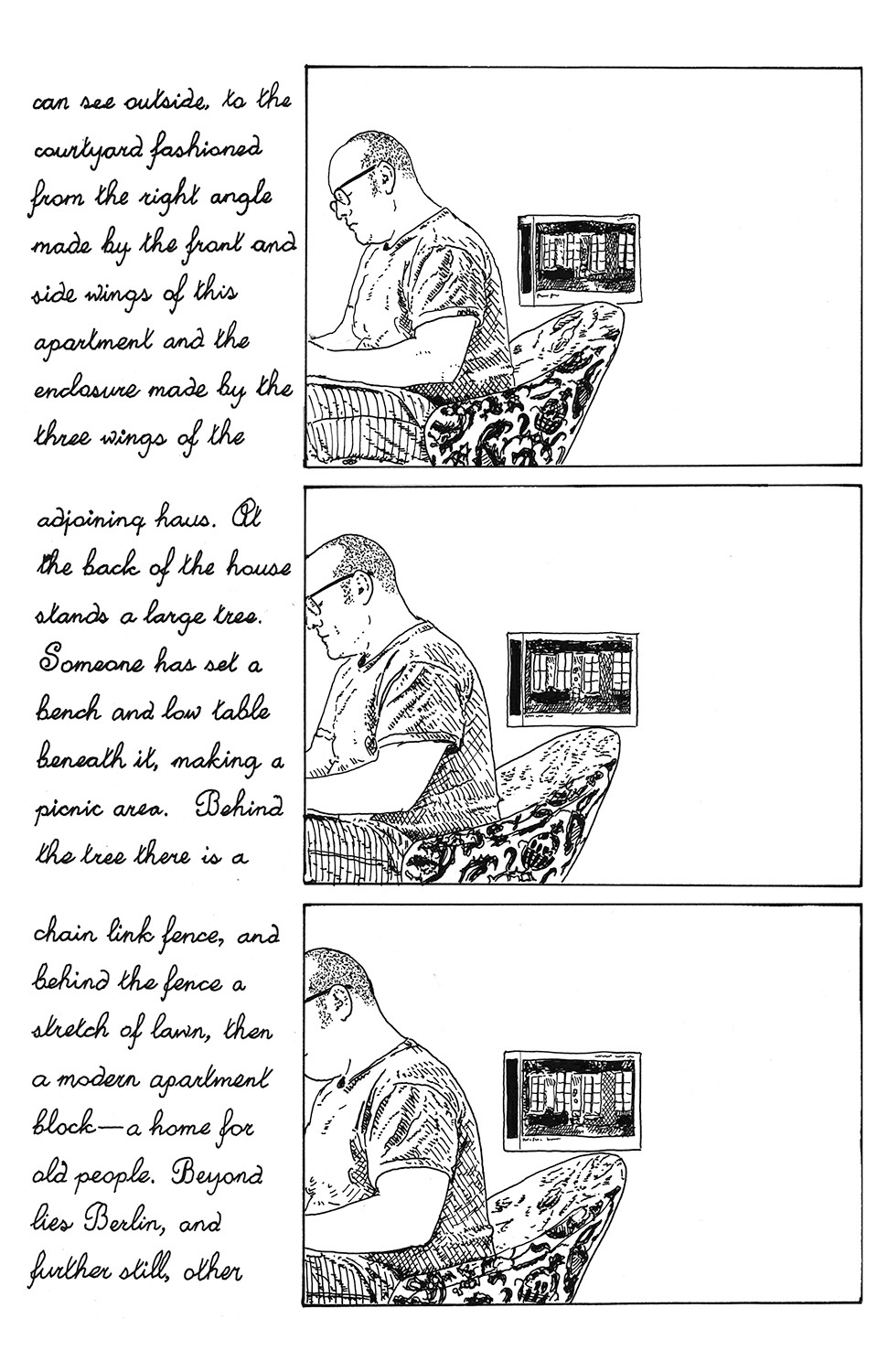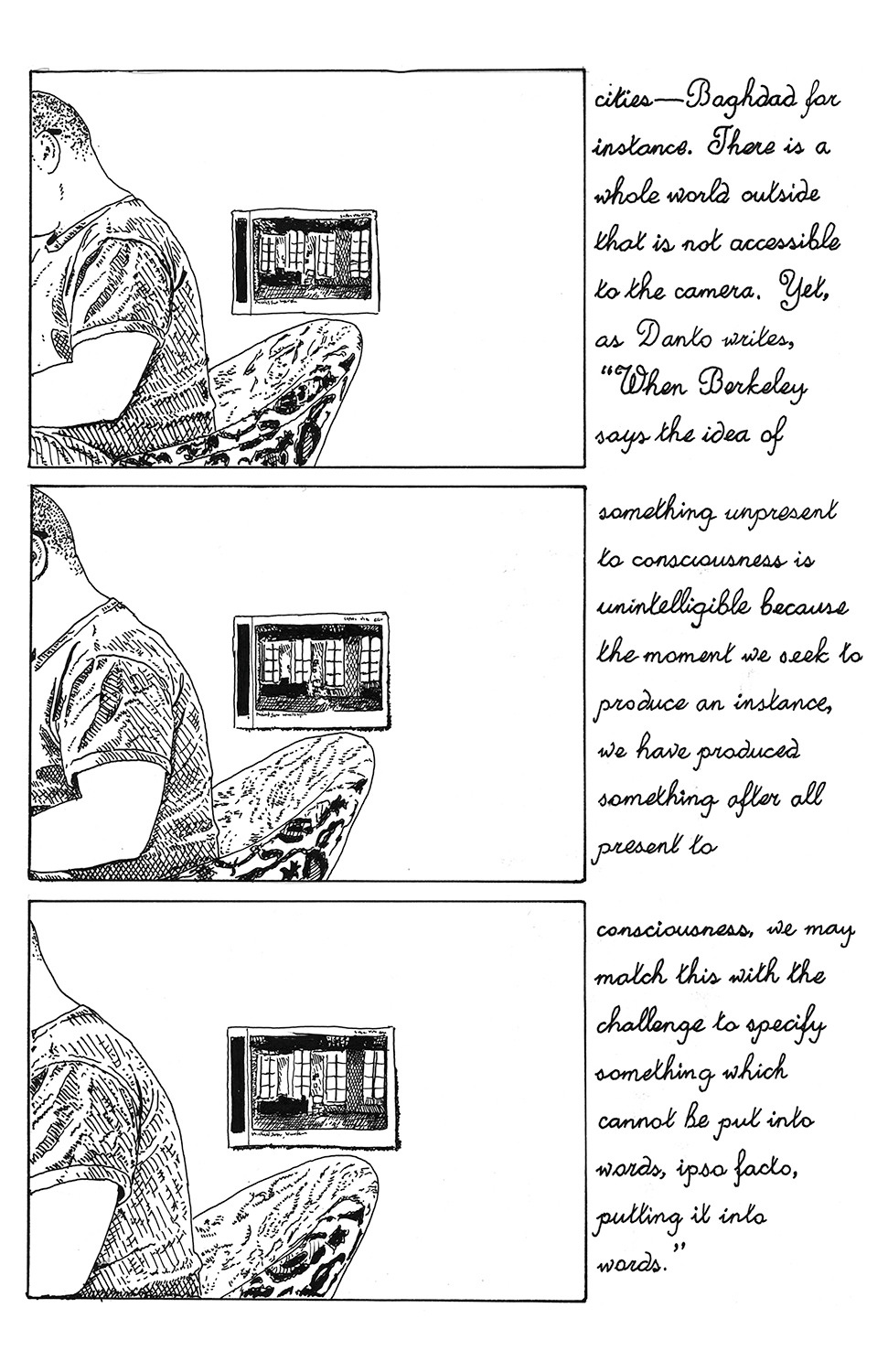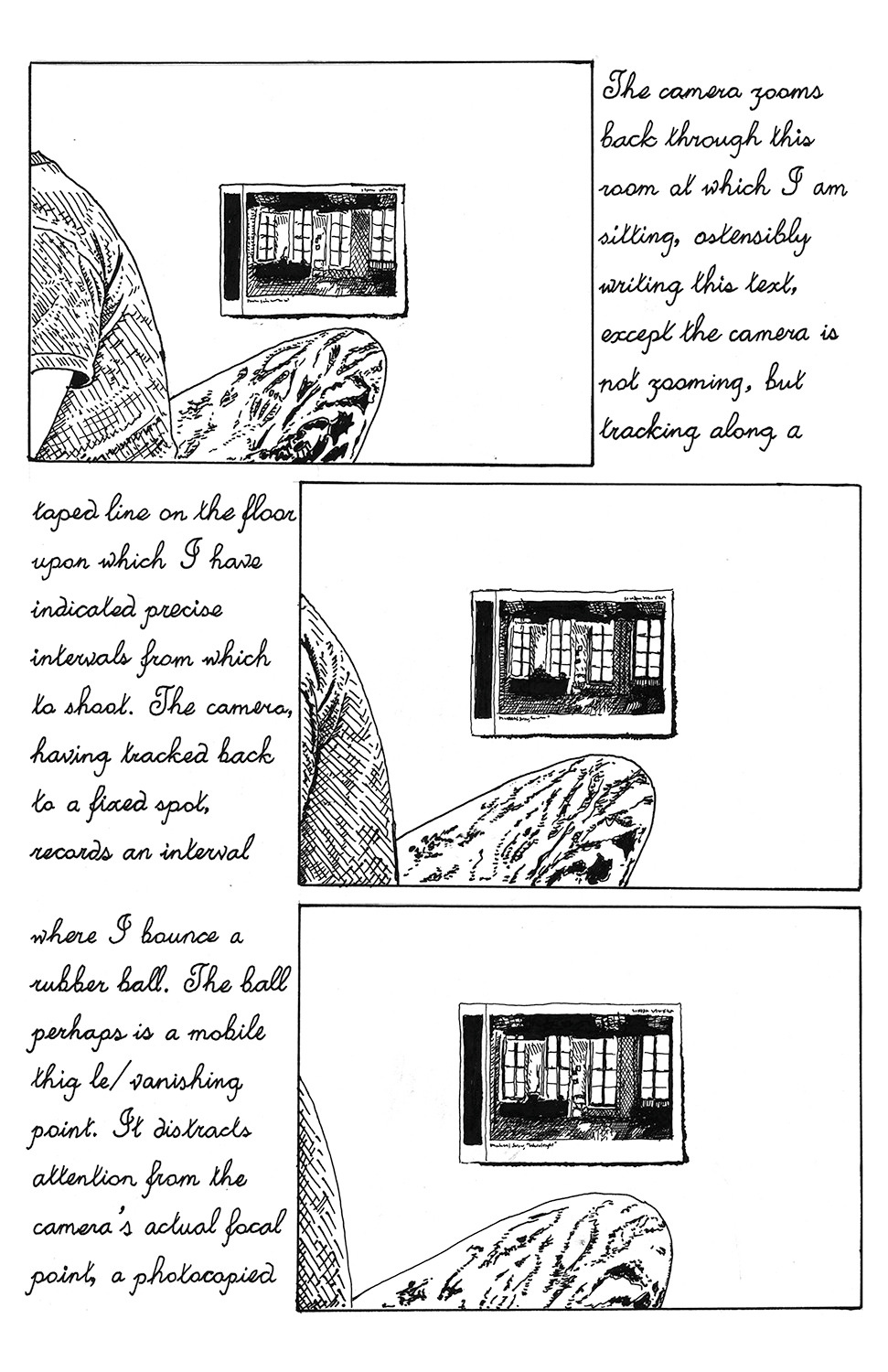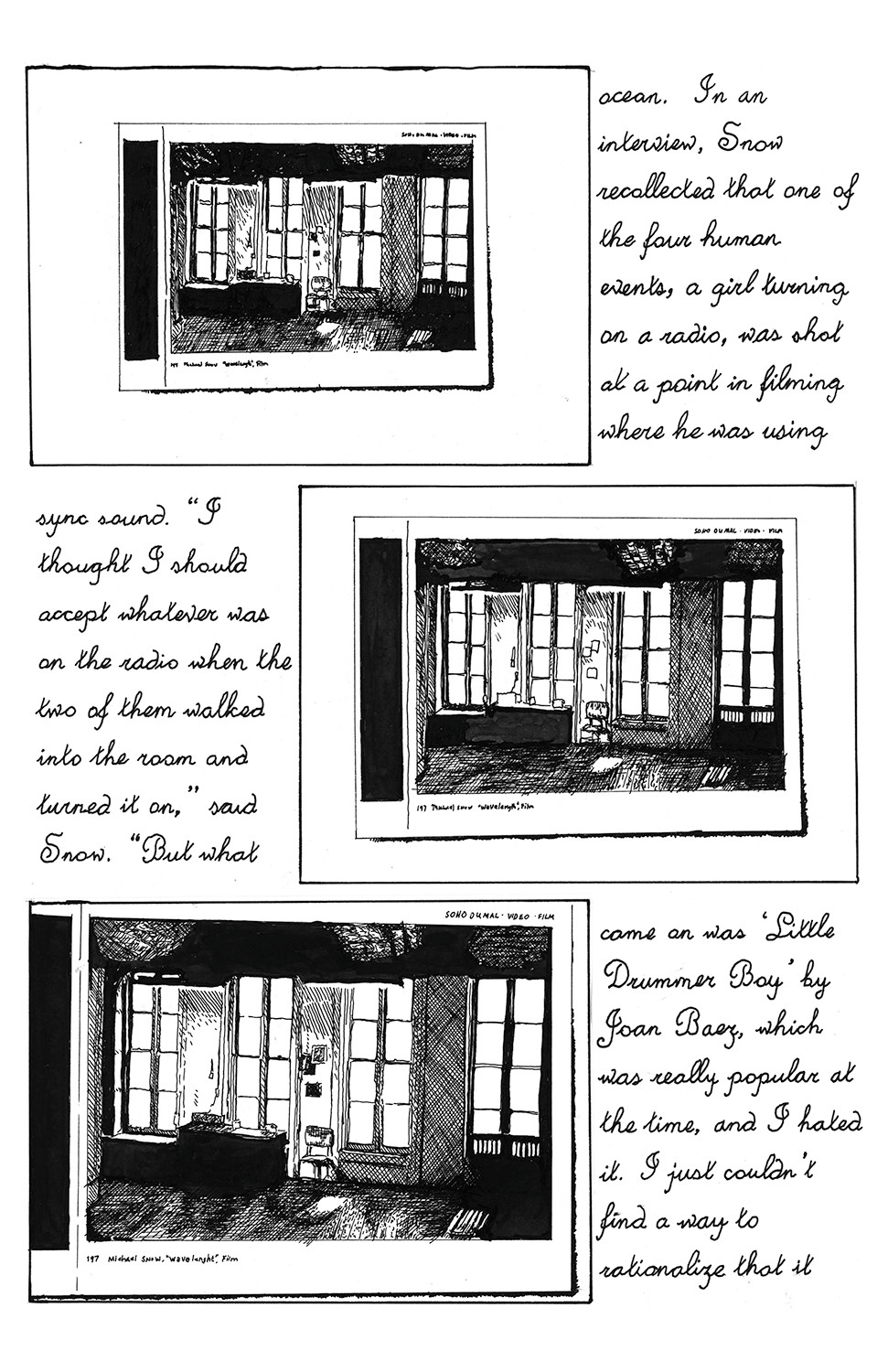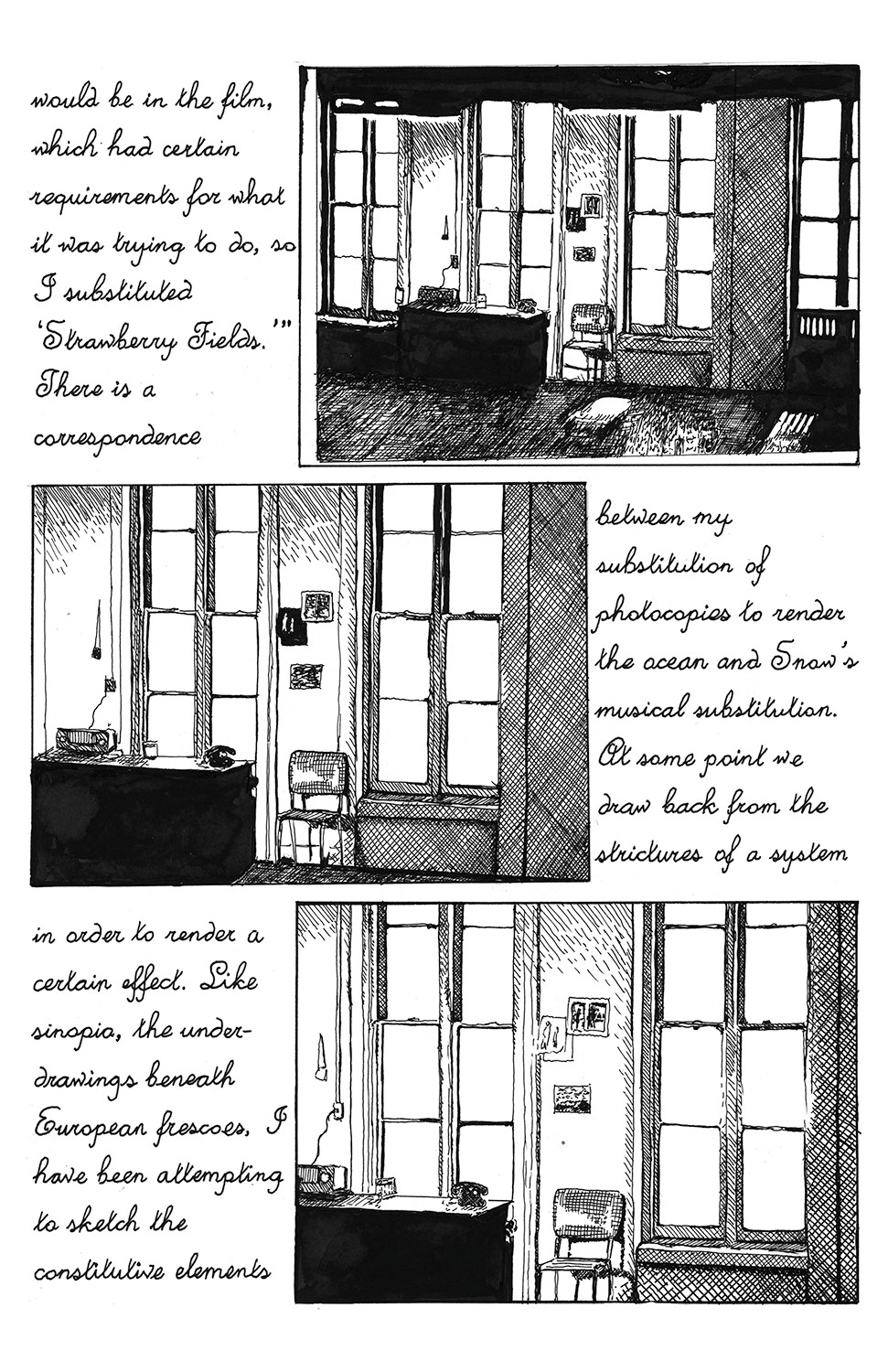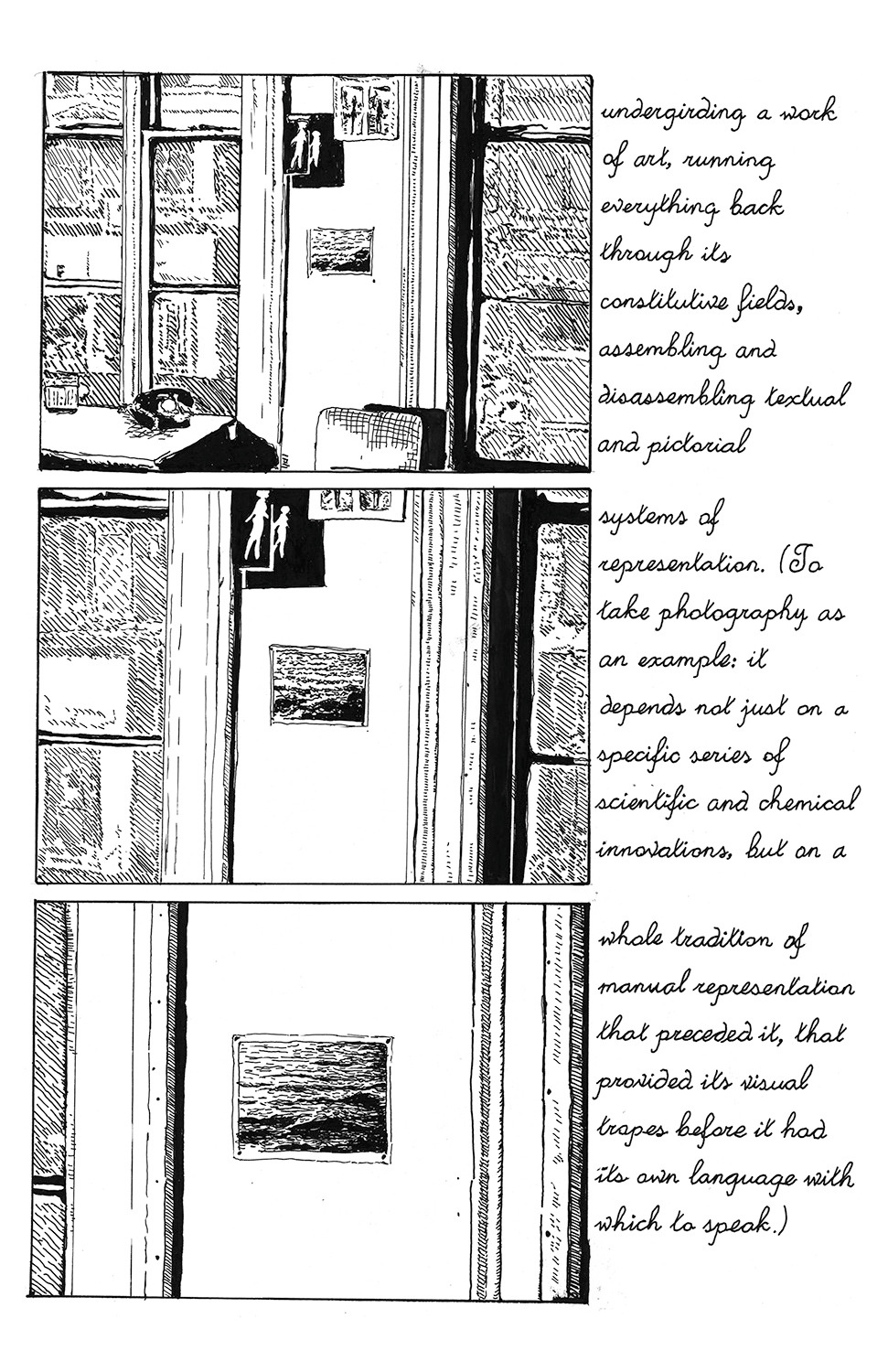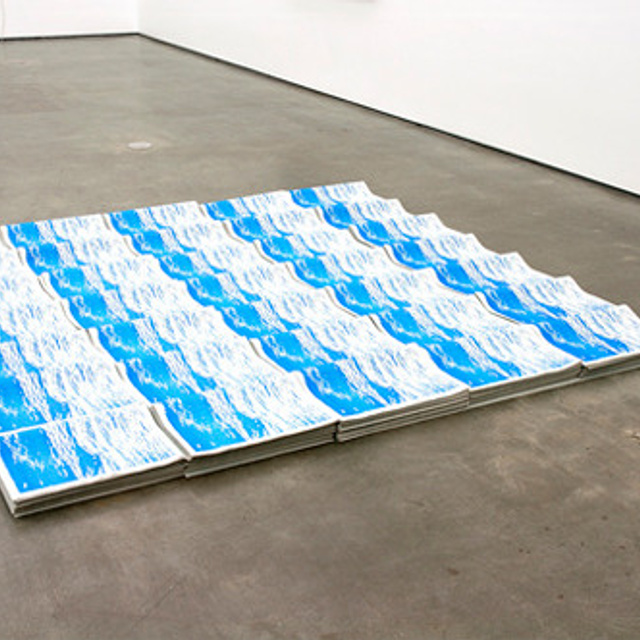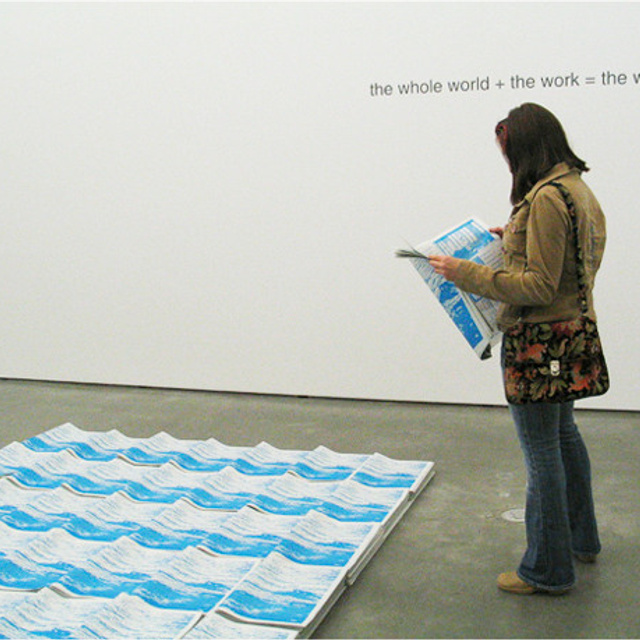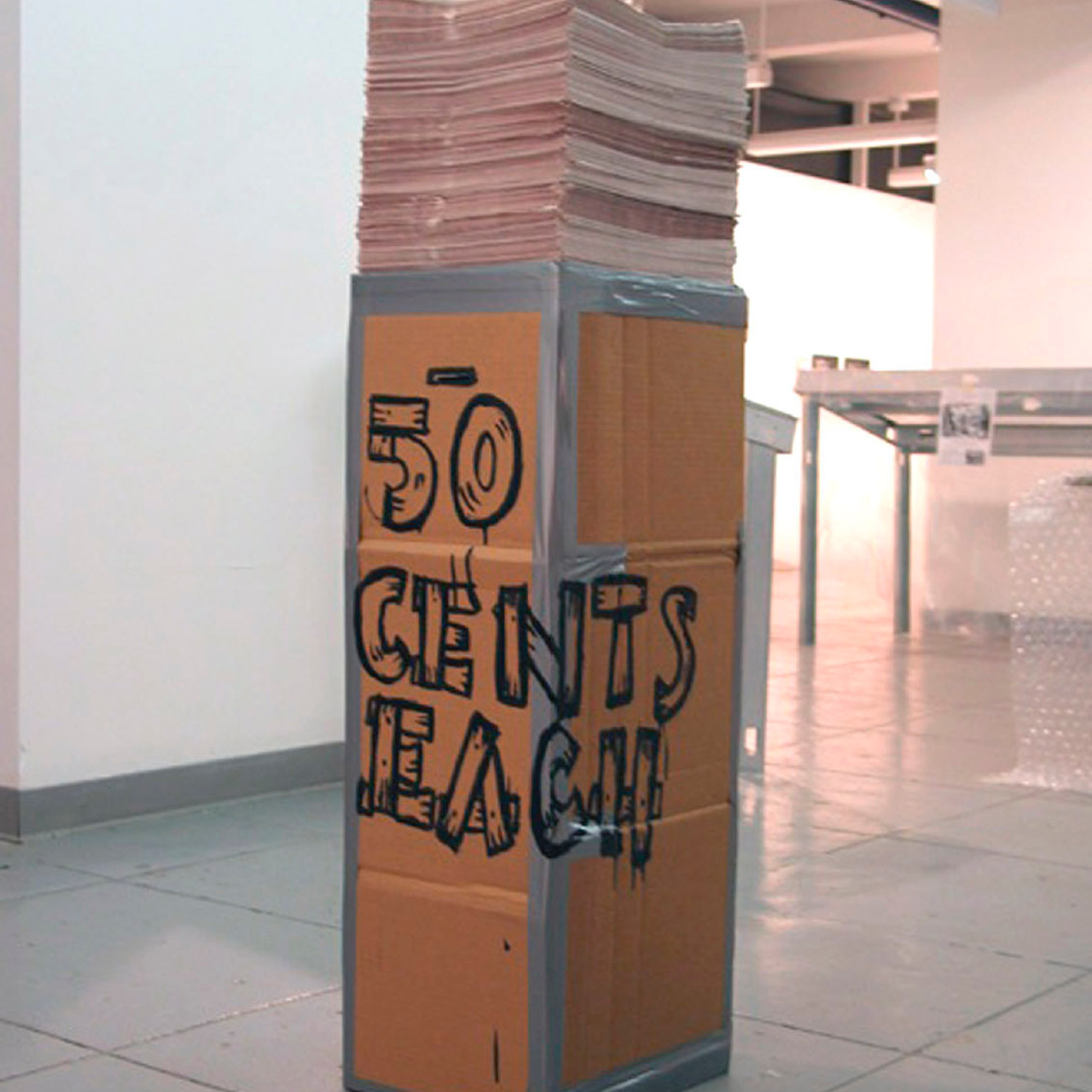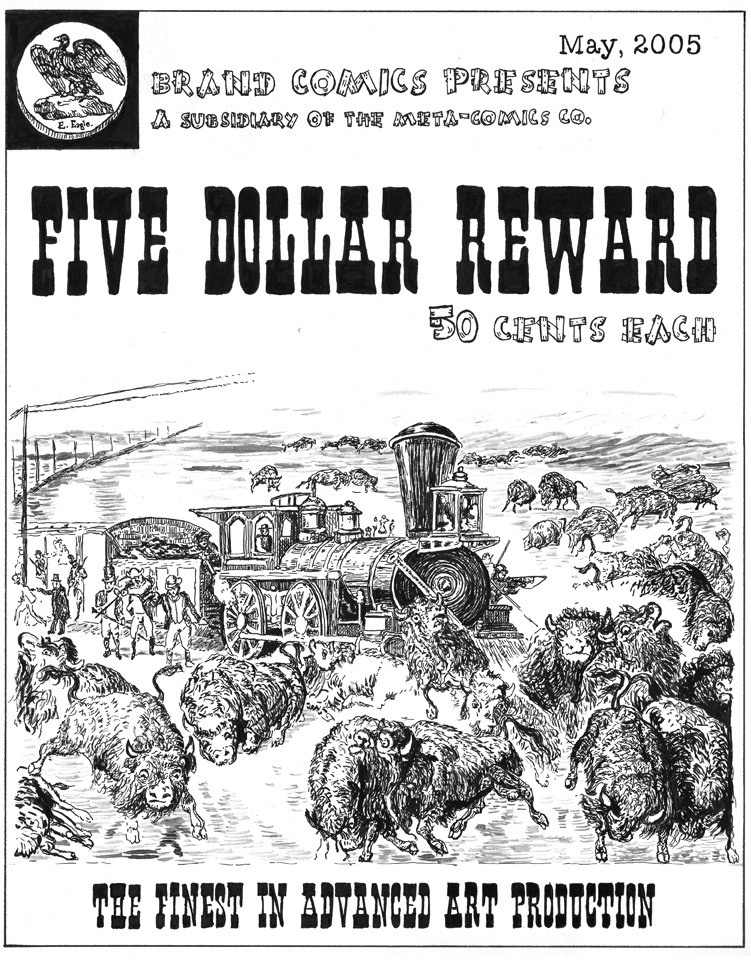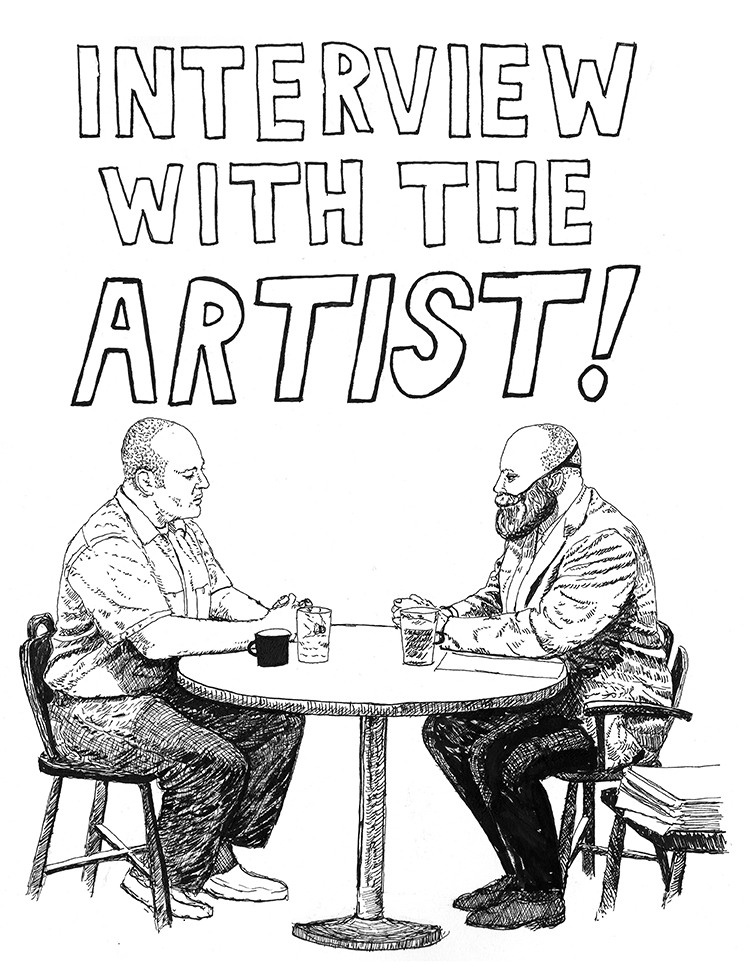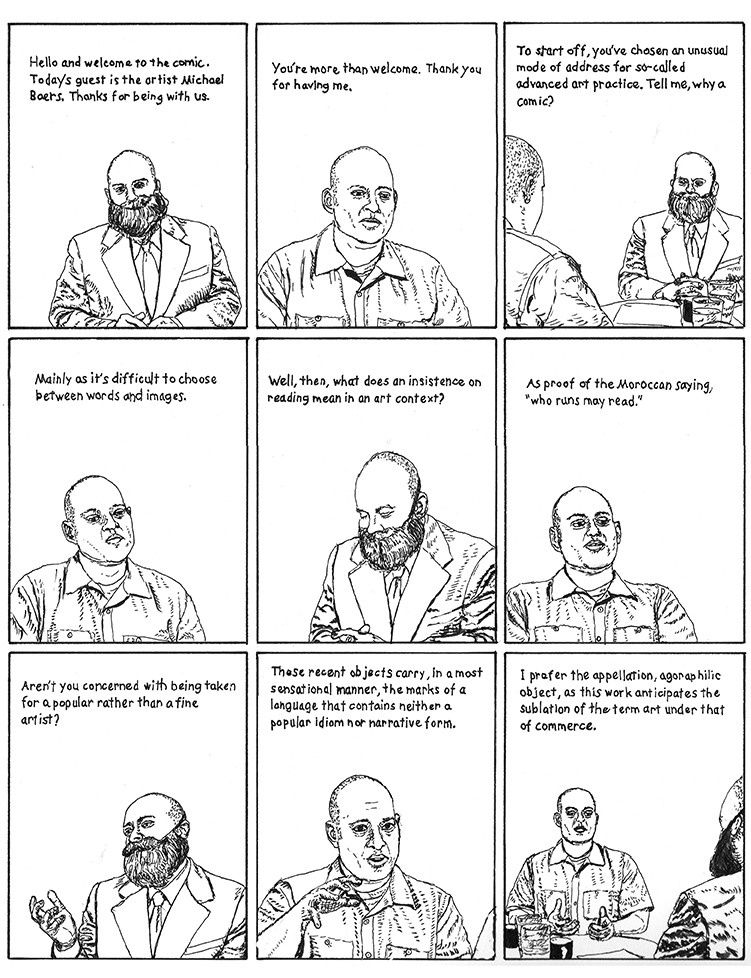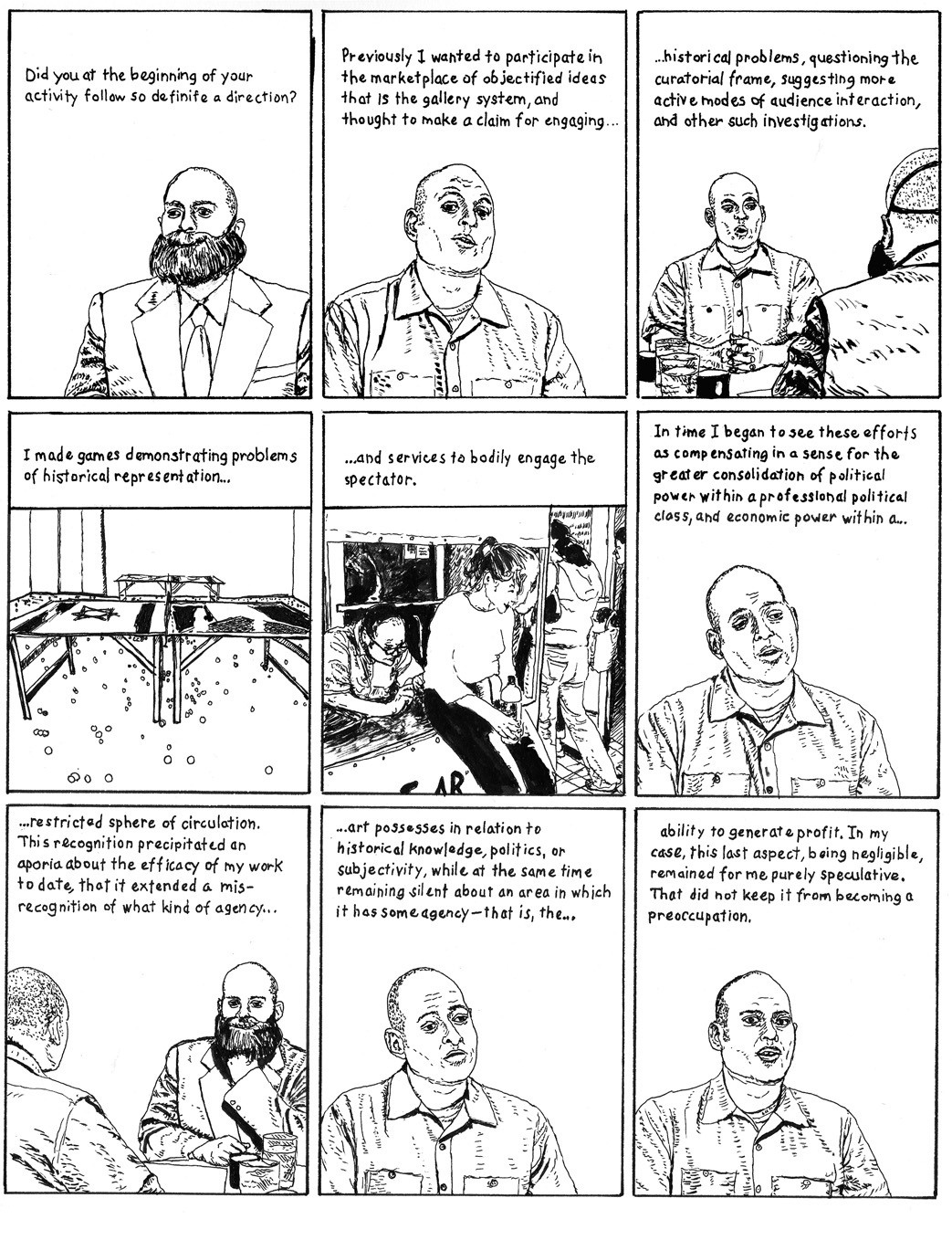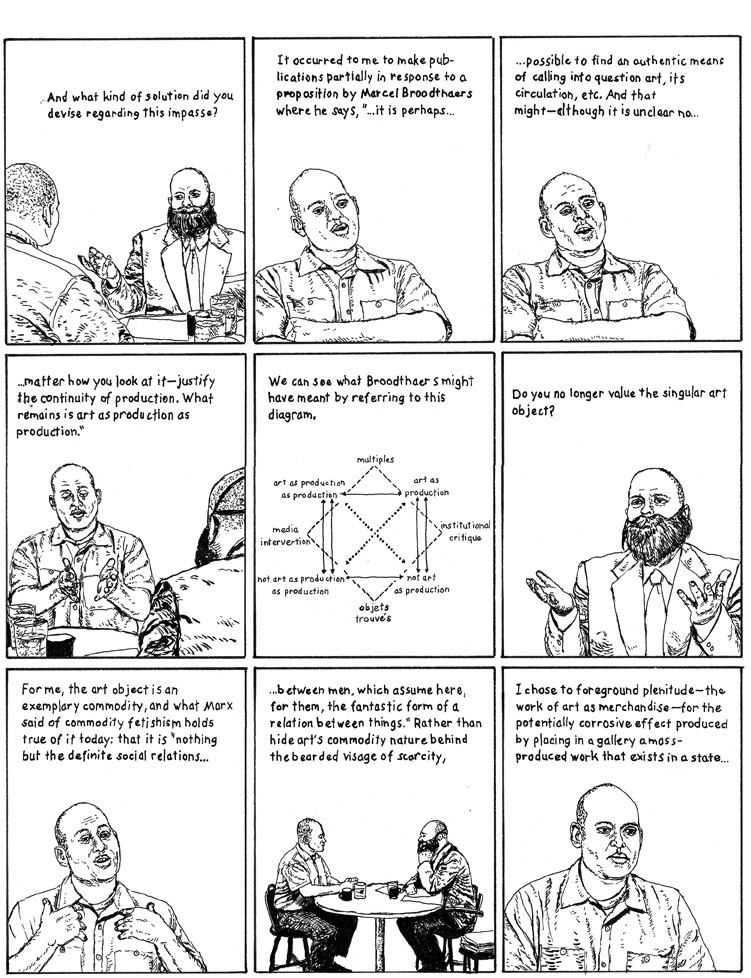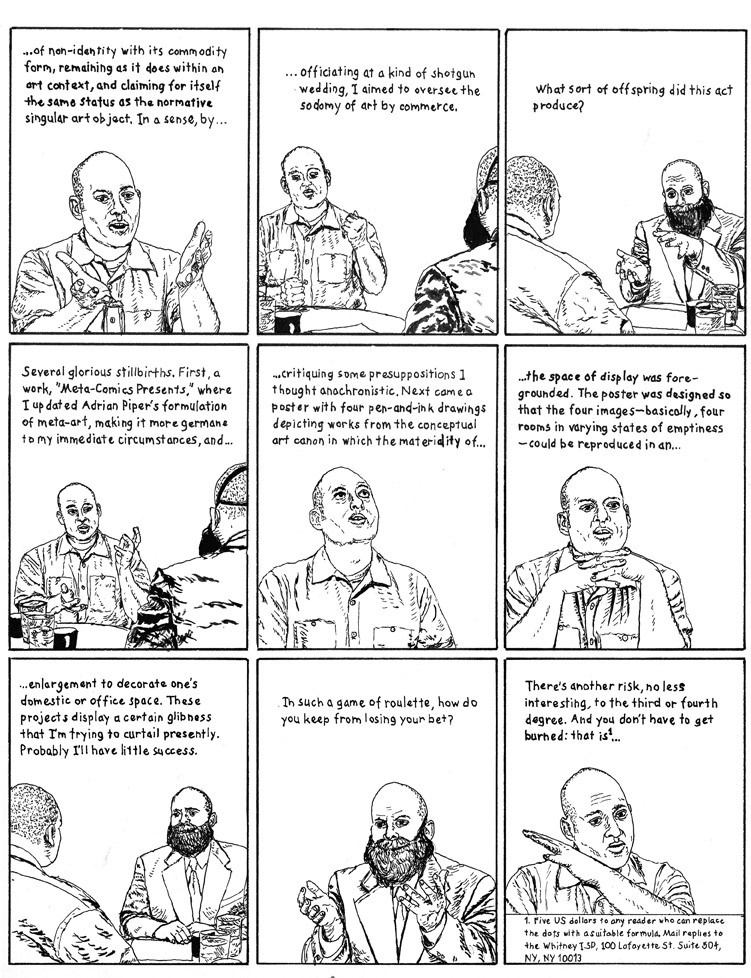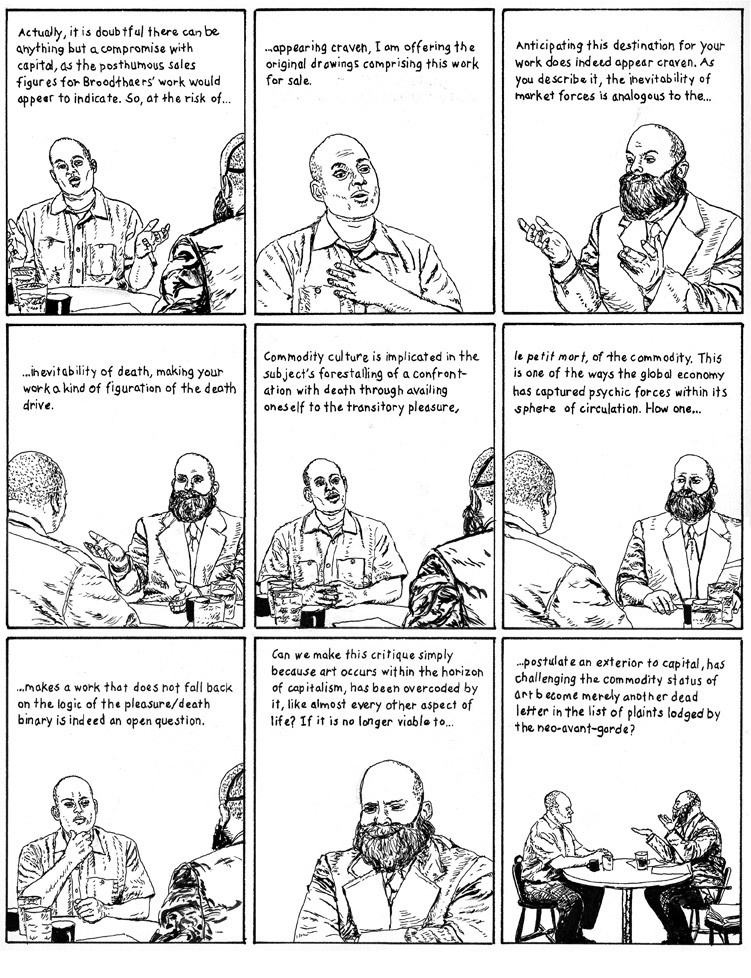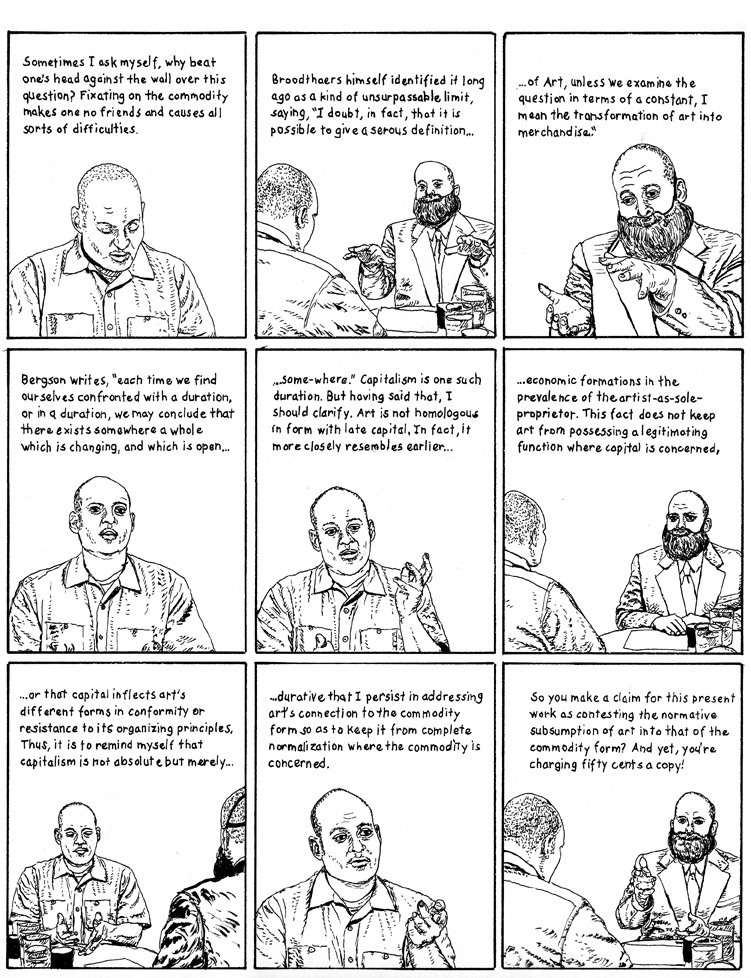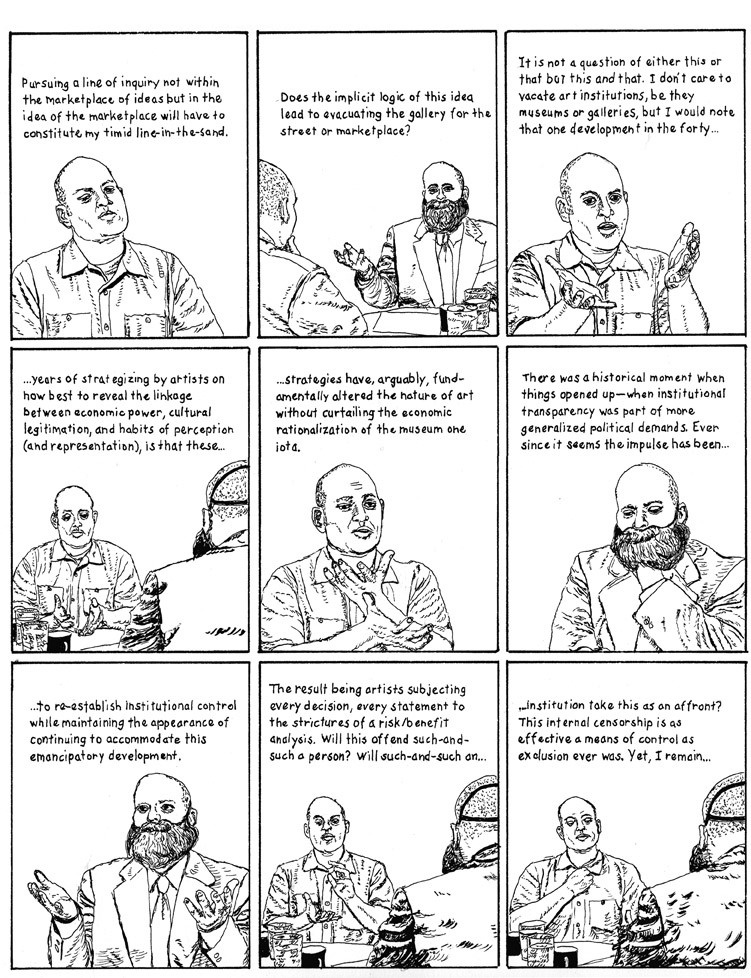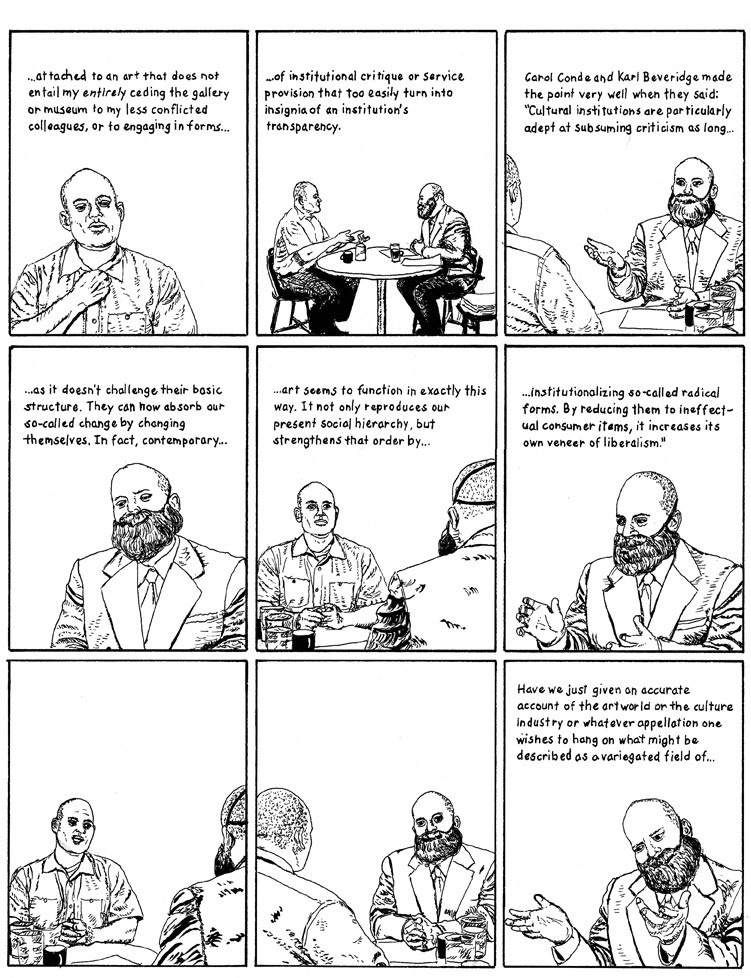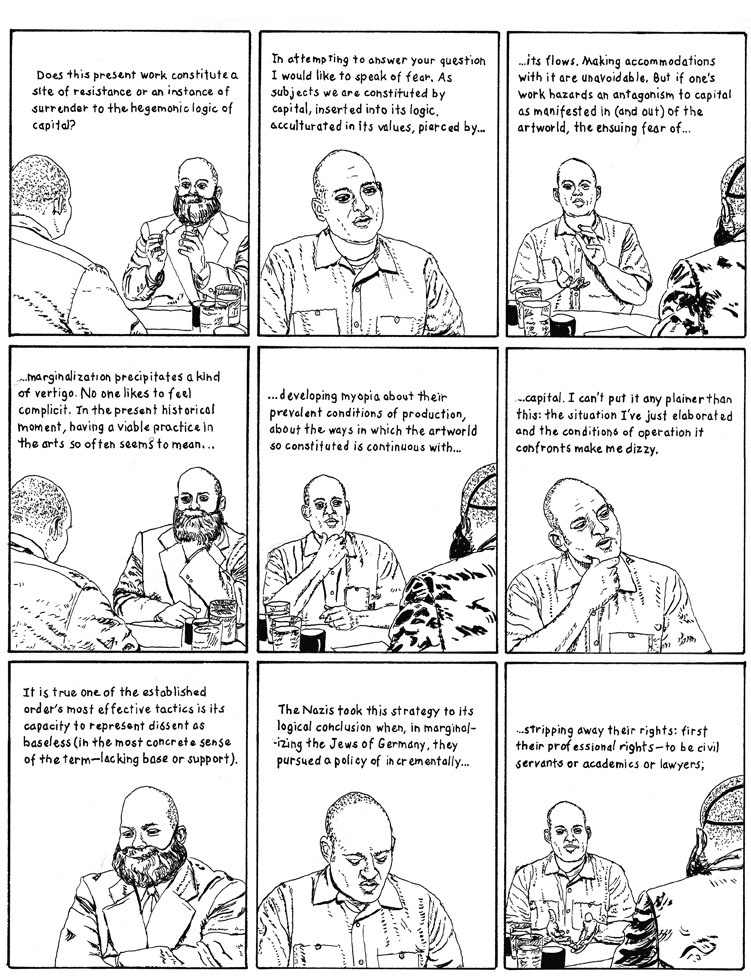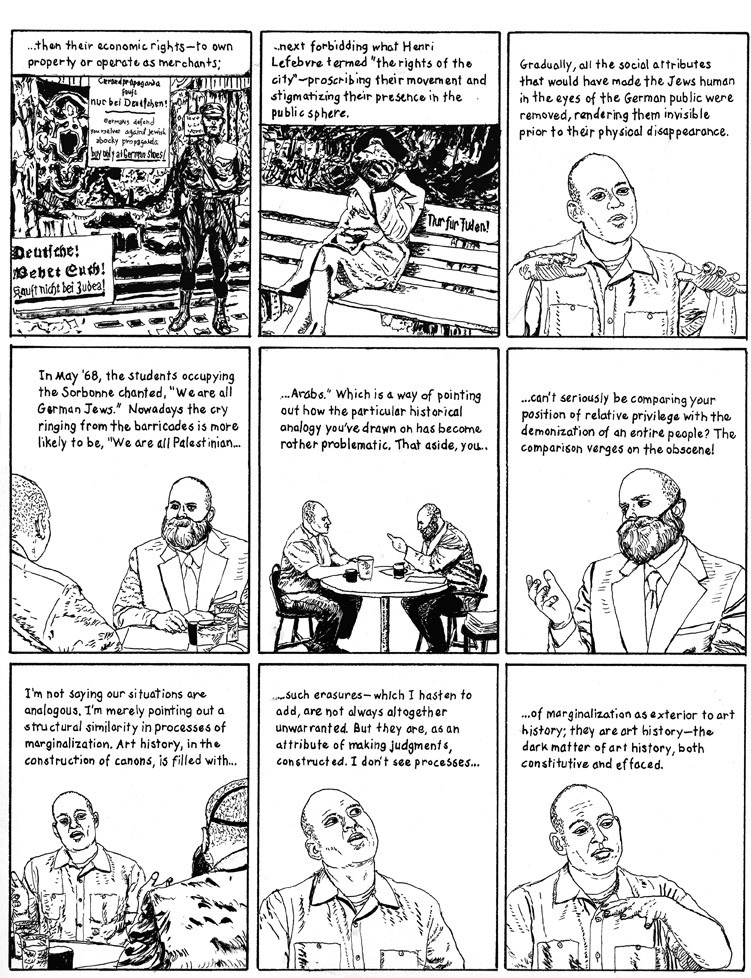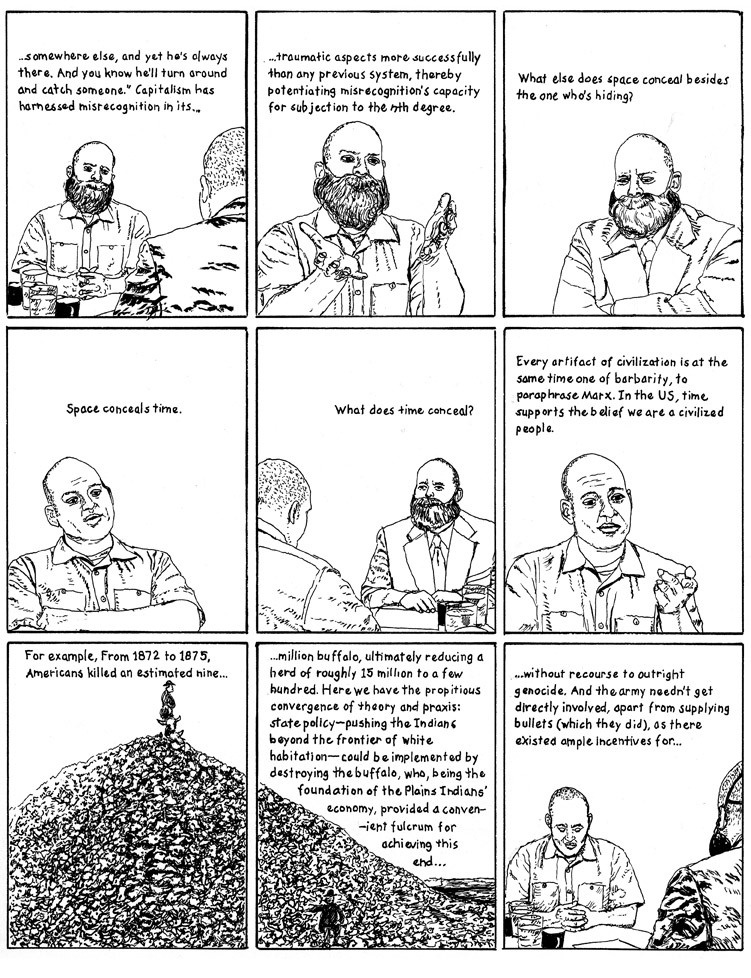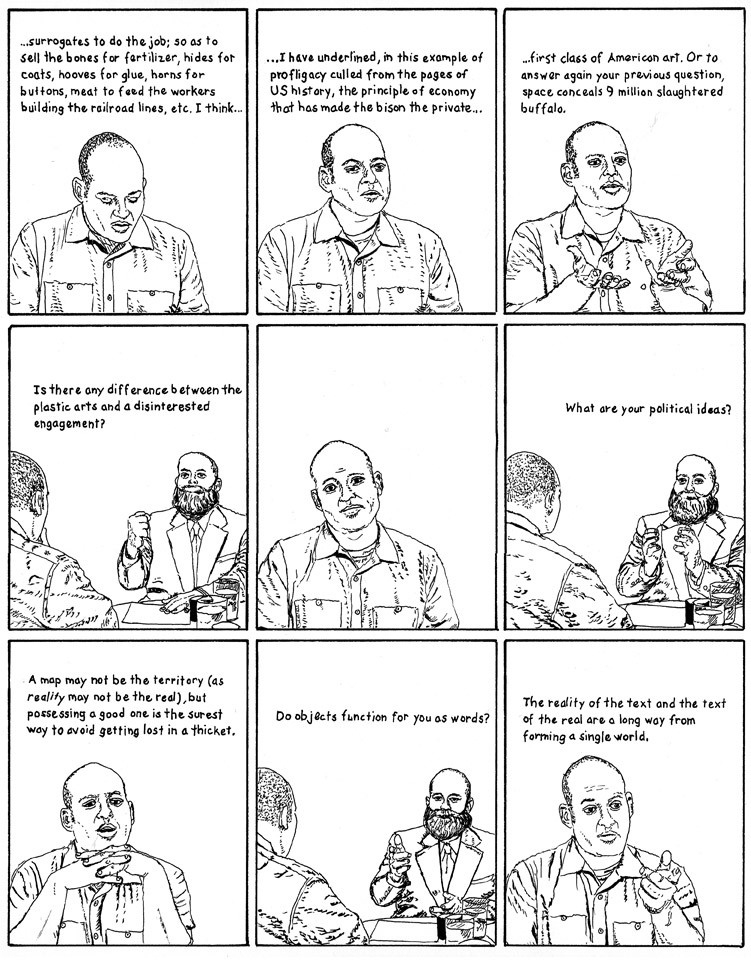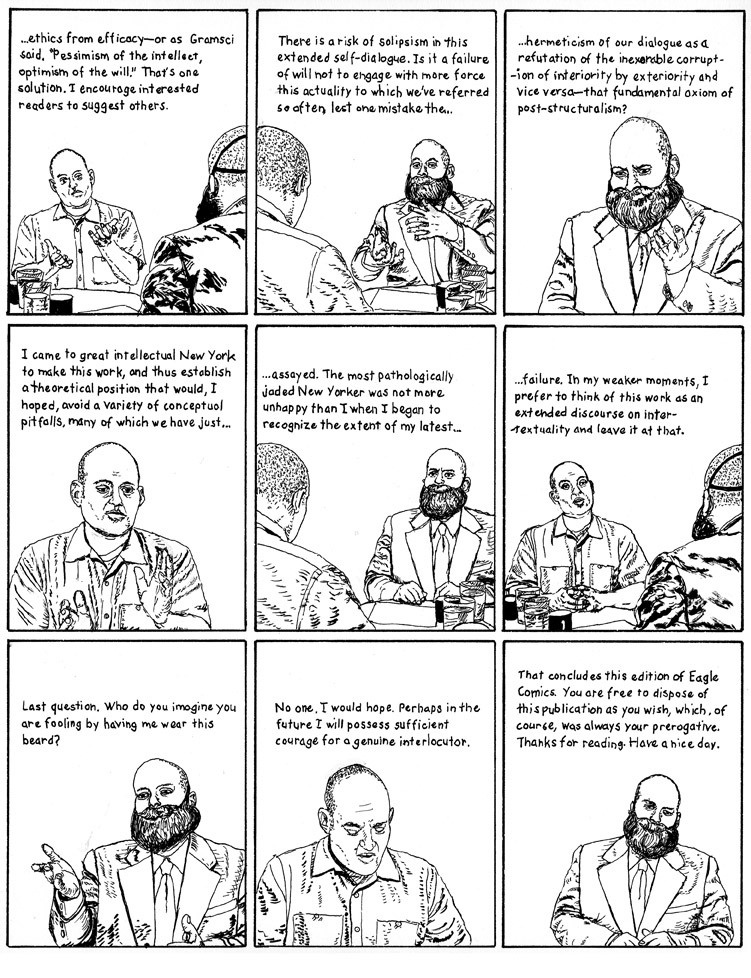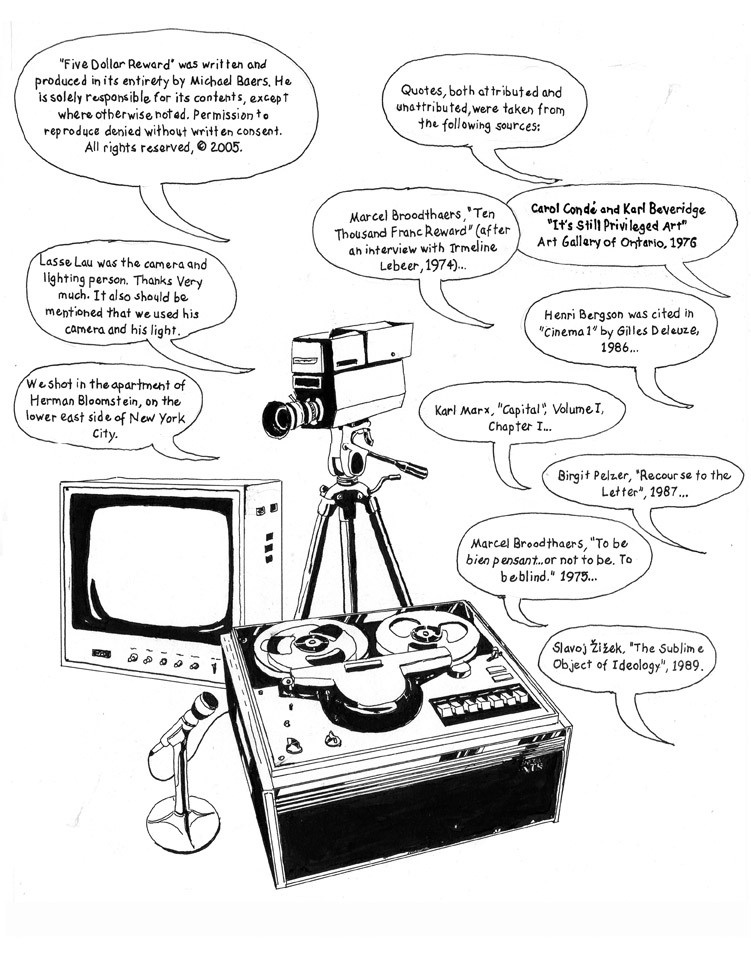Projects
I have worked between media since early on in my career. Past work has included publication-based work, drawing installations, sequential graphics, sound works, textual production and performance/readings. Initially, my art practice began from contemplating works of art as a way to interrogate the social and historical contexts of which they are part—assuming the role, as Benjamin Buchloh once said of Marcel Broodthaers, of a critical historian inside contemporary art itself. This tendency has persisted, although since undertaking a PhD in 2010, I have become more focused on the topic of the representational field in relation to protracted or irresolvable conflicts. From this, I began to explore the question of how events outside of the developed “West” are portrayed within western media, and, a related topic, how photography has historically played an ethical function, mediating or exacerbating conflicts and cultural antagonisms. When asked, I sometimes say my work is concerned with complexity as such.
2023
The Territory Is Not the Map (as curator)
13 September to 22 October 2023 Salonul de Proiect, Bucharest
As an artist I wondered how I could make one of the curator’s chief means of mediation—that is, the press text—a work in itself. Apart from everything that goes into curating an exhibition, selecting the artists, working with an exhibition designer, placing the works, I tried to fall on the far side of a divide between working normatively as a curator but not so far that I ended up including myself in the show.
From the original press text:
Drawing is perhaps the first medium humanity used to create plastic representations of the world, and its ubiquity remains with us, in the doodles we scribble while talking on the phone, to the sketches we employ to work out all manner of problems, both abstract and concrete. Drawing has a capacity to represent (or figurate), but also to diagram, to map, to script, or notate. This scope of use, from the purely diagrammatic to the spontaneous and expressive, makes it the medium closest to thinking, but also the one with the broadest medial range, from drawing using a stick in the dirt to drawing with sophisticated computer software. Drawing, as the French philosopher Jean-Luc Nancy has noted, “participates in a semantic field where act and force [puissance] are combined, or where the sense of the act, the state, or the being that is in question cannot be detached entirely from a sense of gesture, movement, or becoming.” The exhibition The Territory Is Not the Map, which takes its title from a saying attributed to the American engineer Alfred Korzybski—reversing his original truism to point to the constitutive function of drawing in shaping the human world—has collected examples of drawing that allude to its role in creating or destroying the urban landscape, under both wartime and peacetime conditions, and to also show how drawing can serve as an instrument of policy or an instrument of resistance.
2022
Missed Encounters from the Field: Stories from the Researcher’s Notebook (as curator)
30 November to 15 December 2022 Leibniz-Zentrum Moderner Orient, Berlin
With contributions by: Katrin Bromber, Sana Chavoshian, Aksana Ismailbekova, Jasmin Mahazi, Samuli Schielke, Magdalena Suerbaum
What kind of information is inadmissible in social science research? In part this is a rhetorical question, as information gathered during fieldwork is not a stable resource but contingent on all sorts of variables, from the researcher’s charm and discretion, to the sensitivity of the topic being researched, to the political situation existing in a given country. The exhibition, Missed Encounters from the Field: Tales from the Researcher’s Notebook, presented oral accounts of researchers’ experiences in the field, highlighting stories where members of the Age and Generation research unit at Leibniz-Zentrum Moderner Orient encountered difficulties that complicated their ability to incorporate findings into their work. Working with the idea of missed or inadmissible data also relates obliquely to broader questions around the admissibility or inadmissibility of research sources, to hearsay, and to types of knowledge not transmitted from one generation to the next, which remain secret or get transmitted in a distorted form. This last category redounds in particular upon questions of how personal and collective histories are transformed over time into myth, tradition, or sociopolitical power structures. But it also relates, to take a psychoanalytic tack, to the imaginary dimension of fieldwork involving human subjects, where every interview/encounter is doubly fictitious, made so by the interviewer’s initial experience and subsequent recollection.
Installed within ZMO’s atrium, the exhibition consisted of two parts. Recorded accounts taken from individual researchers’ fieldwork were presented alongside a collection of research “artifacts” collected in the course of doing fieldwork. To turn the gaze on the researcher is to enact a sort of Verfremdungseffekt on scientific objectivity and the habitus of the researcher, and also to play with the notional difference between fact and fiction, or the differential between the desire of the researcher to learn something and the research subject to communicate something.
Audio contributions can be heard here:
Footnotes to the Disappearance of the Right to Have Rights in collaboration with Thomas Kilpper
IN: Manifestiamo
6 May to 21 July 2022 Villa Romana, Florence Variable dimensions.
Thirty-five drawings on 200 gm. Academia paper.
Beginning in the spring of 2021 I developed a collaborative project with German artist Thomas Kilpper dealing with the issue of migration to Europe, primarily in the period between May 2021 and December 2021. Following a chain of current events that started with the migrant influx to Ceuta in May 2021, we followed five developing or ongoing situations where migration has been used as a political weapon and/or put EU member states in conflict with international law, prducing a series of medium scale drawings based on media images. In total, these drawings provide an outline of the ‘Fortress Europe’, ideology. Each drawing includes a caption
O (u)n Solidarity
IN: Mapping (Un)Solidarities
O.M. Qattan Foundation, Ramallah 2 October to 31 March 2022
Eighteen 50 by 70 cm charcoal drawings on 200 gm. Academe paper, illustrated A5 photocopy pamphlet.
O (u)n Solidarity presents portraits of Palestinian culture workers together with quotes from interviews conducted over the summer of 2022. The topic of these interviews was why the 2018 edition of the Qalandiya International biennial, entitled “Solidarity, ” had ended in discord between the organizers, and a failure to pursue future editions. Qalandiya International is not a biennial in the sense of having an independent curator chosen by an association. It was first organized by a group of art spaces in the West Bank, Gaza, and Israel, who in 2012 began to pool their resources to produce a large group exhibition in the face of severe budget shortfalls. By researching the downfall of Qalandiya International I came to understand how the complicated dynamics between its organizers mirrored larger societal pressures that had come to a head by 2018, including reduced funding for the arts from international donors, neglect of the culture sector by the Palestinian Authority, and transformations to Palestinian society brought on by neoliberal reforms. Paradoxically, each has contributed both to the development of a vibrant Palestinian art scene and the fragility of its institutions.
As installed at OM Qattan Foundation, Ramallah.
2020
Invisibility Chronicles, Part One
IN: The Ghost Ship and the Sea Change: Göteborg International Biennial for Contemporary Art (GIBCA), Göteborg
5 June to 21 November 2021
Portfolio of twenty-one 42 cm X 32 cm offset lithographic prints on Olin paper, editions variable, Europallette.
Why do some conflicts, situations, or events become well-known in the West while others remain obscure? How does the mass media organize our understanding of the contemporary world? And what social and cultural consequences occur when stories of international relevance fall out of the media’s hegemonic narratization of the world, when some stories are consigned to a zone of invisibility? Invisibility Chronicles, Part One examines these mechanisms, focusing on a current situation where the international mass media news cycles has rendered a story with profound ecological implications invisible: the ongoing saga of the FSO Safer. Owned by the Yemeni state’s state oil company and occupied by the Houthi rebels since 2015, this floating storage and offloading vessel sits stranded off Yemen’s coast, its cargo of 1.1 million barrels of oil in imminent danger either of leaking or exploding—threatening the Red Sea with environmental catastrophe. This examination of the FSO Safer story takes the form of a graphic essay detailing how the mass media’s treatment of the story has reinforced a prevailing view of the conflict.
@GIBCA
@ After the Butcher
2019
The Past is an Arrow into the Future
IN: “… and digging reveals unforeseen finds” — Reports from the Capitalocene Tiroler Kunstpavillon, Innsbruck
17 May to 3 August 2019
440×440 cm room, brown paint, antique corner bench, three antique photographs, single-channel sound work (65 minutes).
The Past is an Arrow into the Future is a single channel sound installation consisting of a 65 minute monologue, presented in a room furnished with a period Eckbank and three archival photographs loaned by the Stadtarchiv Innsbruck. Set in the spring of 1933, around the time of the Austrian regional elections and public unrest that followed, The Past is an Arrow… tells the story of A., a British woman who is visiting Innsbruck for inchoate reasons connected to a wish to discover her family’s lost history as bourgeois Jewish Russians who summered in the Tyrolian countryside at the turn of the century. Written as a diary, the work is an attempt to understand what it would be like to be present somewhere at a time when everything is changing for the worse. In this, it references contemporary experience—the despair that has followed national elections across Europe, Asia, and the Americas.
As installed at Tiroler Kunstpavillon, Innsbruck 2019.
The sound installation can be streamed at:
2017
Round Heaven, Square Earth
IN: Parapolitics: Cultural Freedom and the Cold War Haus der Kulturen der Welt, Berlin
3 November 2017 to 8 January 2018
160×800 cm. One hundred and twenty-five A3 and A4 pen-and-ink drawings on 250 gm. Bristol paper, six-channel sound work (36 minutes).
Round Heaven, Square Earth consists of a series of drawings based on photographs of painter Ad Reinhardt at work in his studio, presented in tandem with a multi-channel sound-work/essay. The latter cites Reinhardt’s spoken and written statements alongside quotations from art historians describing the artist’s aesthetic philosophy and the complexities of his “Black” paintings. The final textual element consists of excerpts from a published discussion on the topic of “blackness” Reinhardt took part in shortly before his death, where the changing dynamics of American cultural production amid the racial and political tensions extant at the time of his death in 1967 are readily apparent. I have described this piece as a “still film” or a “motionless picture.” It continues an ongoing dialogue in my work concerning film and documentary practice.
As installed at Haus der Kulturen der Welt, Berlin 2017.
A rough stereo mix of Round Heaven, Square Earth can be streamed here (please do not use headphones):
2016
Outline of a Model of the Subject (2016)
IN: Speech Acts (performance event),
mumok Kino, Museum Moderner Kunst Stiftung Ludwig, Vienna
27 April 2016
For the evening event, an abridged version of the e-mail conversation between myself and Iz Öztat about the construction of individual identity was read aloud onstage by the artist and an actor, accompanied by a slide presentation consisting of images related to the text.
Outline of a Model of the Subject (2015)
IN: Speech Acts Forum Stadtpark (as part of Steirischer Herbst), Graz 26 September to 20 October
Variable dimensions. Thirty A2 brush-and-ink drawings on 250 gm. Bristol paper, plotter print, text of edited e-mail conversation thread.
Outline of a Model of the Subject evolved out of an extended e-mail conversation between myself and Turkish artist Iz Öztat on the nature and construction of individual identity in which we discussed autobiographical influences (friends and family), artists important to our artistic evolution, important theoretical references, as well as the importance of place and technology. We each described the reasoning behind our choices, reflecting on theorists who discuss identity and inter-subjectivity along with the importance of identity and community in the contemporary political moment. Both Öztat and myself chose fifteen central influences—people, places, and things—which I then rendered as monochrome brush-and-ink drawings executed in a variety of colors. In the exhibition space these were mounted on hanging walls, with an edited version of our e-mail exchange produced as a plotter print affixed on the opposite side. This work was commissioned by Steirischer Herbst 2015 and exhibited at Forum Stadtpark in Graz
2014
An Oral History of Picasso in Palestine
19.5×26 cm. 600-page digitally printed, glue bound graphic novel, published by adocs verlag, Hamburg in 2016.
An Oral History of Picasso in Palestine resulted from two years of research into an exhibition held June 2011 in Ramallah, wherein Pablo Picasso’s 1943 painting, Buste de femme, was put on view for a month at the International Academy of Art Palestine, a collaboration between the artist Khaled Hourani and the Van Abbemuseum. To investigate the complex story of the project’s genesis and reception I interviewed 29 individuals who were directly involved with the project, saw it in person, or are expert’s on the history of Israel’s occupation of the West Bank, and the economic conitions resulting from the Oslo Peace Accords. After its inclusion in the third edition of the Berlin Documentary Forum, it has been shown twice, at the Heidelberger Kunstverein (2015) and Museum Angewandte Kunst, Frankfurt am Main (2016).
An Oral History of Picasso in Palestine is available as a downloadable PDF here:
http://www.hkw.de/en/app/mediathek/document/47910
Excerpt performed by six actors, presented at the third edition of the Berlin Documentary Forum, Haus der Kulturen der Welt, 2014.
An Oral History of Picasso in Palestine (2015). As installed at Heidelberger Kunstverein in 2015.
An Oral History of Picasso in Palestine. As installed at Museum Angewandte Kunst, Frankfurt am Main in 2016. 300×600 cm. wall drawing in black acrylic, four hardbound copies of An Oral History of Picasso in Palestine, tables, tubular steel chairs.The drawing is based on a photograph taken surreptitiously in the Picasso room of the Jewish Museum in Jerusalem.
2011
Decolonizing Architecture: Four Human Landscapes
Series of four 45×90 cm, pen-and-ink drawings on 250 gm. Bristol paper.
In 2010 the art and architecture group Decolonizing Architecture (now known as DAAR, Decolonizing Architecture Artist Residency), commissioned me to make a series of illustrations for a planned monograph about their work, which involves re-imagining and problematizing features of the occupation’s built landscape in the West Bank and Gaza. DAAR’s work typically develops out of collaborations with multiple actors. In a series of four drawings conceived of as double-page spreads, I mapped the “human landscape” of each project they had realized to date. The drawings were incorporated into DAAR’s contribution to the 2011 Sharjah Biennial, and published in 2013 in the book, Architecture after Revolution.
Momentum“It would all be visibly connected …” and A BEYOND THAT DOESN’T GET YOU ANYWHERE (2011).
Two non-contiguous wall drawings in black acrylic (160×80 cm and 60×140 cm respectively), A1 (84.1×59.4 cm) offset lithograph poster, edition of 800.
This paired work, commissioned by the sixth edition of the Momentum Biennial in Norway, developed in response to and as a philosophically-minded critique of the curator’s labyrinthine exhibition design. The wall drawings featured two depictions of the minotaur myth—one based on a Hellenic Greek statue; the other on a Picasso drawing, Blind minotaur with child, from 1934—accompanied by a quote from Georges Bataille, bisected in its middle. The poster surveys Bataille’s writing on the labyrinth, dwelling in particular on his description of human consciousness as a labyrinthine structure caught between the temporality of language (copula) and the imminence of being (ipseity). It was distributed for free.
thinking
These two drawings were produced as wall drawings (one inside a library, one outside the same library) in the context of an artist-run biennial in some small town near the Austrian-Hungarian border. For some reason I never included the exhibition in my CV. Until this moment, I also cannot find the documentation sent to me by the curator. Nevertheless, I still like these drawings.
2009
Silence After Noise: Version 1
Press Release
Ellen de Bruijn Project
17/01/09 — 21/02/09
Michael Baers: “Silence After Noise: Version 1”
What motivates the impetus to reform? What combination of historical forces crystallize for a brief period, effecting a change in the epistemic regime? In Michael Baers’ current work, history is a rebus, and the larger motives behind the urge to reform take the form of that exasperating piece that would complete the puzzle if only it could be located.
In “Silence After Noise”, which consists of two series of ink-wash drawings, linked by a photograph, Baers attempts to trace the myriad routes by which ideas were disseminated during two different epochs.
The first series depicts figures connected to the events that precipitated the Thirty Years War. This was a period in which hopes for emancipation from the political and philosophical chains of Catholic orthodoxy were instantiated by the spread throughout Europe of tracts and treatise advocating the universal reform of society—what the historian Frances Yates termed the “Rosicrucian Enlightenment”. These aspirations were ultimately undone by the movement’s own misplaced optimism, which persisted in the face of its failure to garner political support from Protestant rulers.
The second series depict figures from the history of the dissemination and subsequent suppression of LSD. Although LSD is now popularly perceived of as a recreational drug, its application both for therapeutic and military usage was the subject of intense research from the early 1950s to mid-1960s. The motivations of the scientists, therapists, and writers involved with this therapeutic research resemble in many ways those of the people at the heart of the Rosicrucian Enlightenment. The point of similarity between these two periods, is how the aspirations for general reform became opposed to and were subsequently engulfed by the larger ideological/geo-political conflicts, that they sought to ameliorate. So that in retrospect, the utopian hopes for reform and advancement appear to history as naive, misbegotten, and foolish.
The two series of drawings are linked by a large photograph in which Baers montaged the inkjet prints, that he uses to produce his drawings with source material. This was taken from two projects executed earlier in 2008—a “notebook” project for the Norwegian magazine Replikk, and a collaboration with the editors of Fucking Good Art, Robert Hamelijnck and Nienke Terpsma (who had invited him to Switzerland to produce a work on LSD). This source material, for reasons that are now obscure, he taped to a wall in his studio and then neglected to remove.
The narrative of the latter project, discernible amidst the sea of historical portraiture and photographs which now surround it, serves as a hinge linking the personal and political, situating the artist’s own personal and professional history, within these larger historical narratives with which he has been preoccupied. A key provides information on how the different individuals depicted are connected to the larger histories in which they appear—presenting the viewer with tools to fit the pieces together.
However, making “sense” of these different narratives, is a task that Baers leaves to the viewer.
Silence After Noise, Version 2
Galeria Plan B, Berlin
30 October to 9 December, 2009
Continuing my investigation into the echoes of the Seventeenth Century that can be found in the present, I sought to articulate these echoes in three different scenarios
Here is the original press text:
I am not ghost writing a dry and measured text for myself, but simply writing as me, the author/ artist of the exhibited works.
Since starting to work with the comic (or “sequential pictoriality”) five years ago, I have frequently argued that it occupies a peculiar place between literature and visual art, since my work insists on a blurring or oscillation between reading and looking. But this is to masquerade what it is in fancy dress. It remains first and foremost a comic. While I have frequently used the medium to embark on a disquisition of recondite matters, they have remained primarily that, comics, and part of me insists, perhaps perversely, that my work retain something of this popular form.
Perhaps the present series of works marks a small advance in terms of shedding this perverse streak, since for this exhibit these comics masquerade as painting. But they are not comics about painting masquerading as paintings. From a critic’s perspective, that’s a good idea, but boring. But to the extent that painting, from the Renaissance onward, has been preoccupied as much by the fixing, shaping, and stabilizing of a particular notion of identity as with elaborating on the nature of perception, Silence After Noise, Version 2 does explore a terrain shared with the history of occidental painting without necessarily looking at all like painting or being structured like painting, they still occupy the same ground as painting. And furthermore, in this series of works I have been trying to find a suitably idiosyncratic way of representing some of Aby Warburg’s ideas (specifically his notion of the pathos formula), a scholar who’s primary interest was in the renewal of Classical references, from the quattrocento renaissance forward.
Let me explain further. Certainly our understanding of what painting does is filtered through the scrim of perception—optical, temporal, or psychological. Each presupposes a human agent doing the looking and reflecting on the meaning or composition of that look, or doing the painting and reflecting on the affect or agency of that doing. But what is the unconscious in this process, since the above suggests painting results wholly from the conscious intention to mimic reality, and there is far more to it that: the notion of “scene” or “tableau” still carry a psychic charge. In the present instance, the works I am writing about investigate those questions, but from eccentric vantages— that of reincarnation, or the LSD experience, or science fiction. And these disparate topics relate to one another in an essentially literary way—through allusion. As I say in one work, people live by stories, but different ones. And one legacy of modernity is that things that are connected are not necessarily contiguous (thanks to mass transportation and communication technologies), which lead to the notion that a story can be the stringing together of non-contiguous experiences, rather than a discreet set of events occurring one after another. That is, anyway, at the heart of it, how we as humans tend to make sense of the arbitrariness of our situation in the world—suturing together disparate occurrences to create the appearance of duration.
2007
The Same Story the Crow Told Me (It’s the only one he knows)
Twenty A4 pen and ink drawings, research materials, recorded interviews.
Praha Gallery, Sapporo Japan.
This publication evolved out of two parallel researches conducted in Sapporo, Japan, while on residency in the summer of 2007. The first and ostensive goal of my research was learning about the everyday circumstances of manga artists (or “creators” as they are known colloquially) live and work. To this end, I interviewed four artists in and around Sapporo. Concurrently, and as a result of my fascination with the country I was temporarily residing in, I conducted a broader research on the history of manga, Japanese graphic and narrative traditions (particularly “Kwaidan” ghost stories, which are traditionally told in the summer), and Japanese social attitudes in general and the culture’s relation to nature in particular. During my time in Japan I became especially interested in the Japanese attitude to crows (abundant in Sapporo). Like many other aspects of Japanese culture, crows are regarded with ambivalence. In my online research and in conversation, I found that while the crow is invested with positive attributes (allegedly they can communicate with the dead, and a three-legged crow is an important figure in Japan’s foundation mythology), they possess many negative ones as well. I finally decided to use the documentation from my interview process as a structuring device for the plot of a Kwaidan manga, reflecting my own assumptions about Japanese culture. This latter motivation fostered a desire to make a work that could be appreciated in the context in which it was produced. I asked an American art historian friend, a Manga expert fluent in Japanese, to collaborate. As translated, the text is strange and a bit disjointed. I’ve been assured it makes more sense in the Japanese.
Road Work (Location Variable/Dimensions Variable) (2007):
Lorem ipsum dolor sit amet, consectetur adipiscing elit, sed do eiusmod tempor incididunt ut labore et dolore magna aliqua. Ut enim ad minim veniam, quis nostrud Made for an exhibition at the Tallinn Art Hall, entitled “Political/Poetical, ” this work used offset lithography to make a work that was both installation and publication. The idea was that the pages could be compressed or expanded depending on available space. The work could also be exhibited in public space, the work’s initial conceptual destination. It was my observation that the Iraq war and occupation represented, as did the 9/11 hijackings, the “weaponization of everyday life.” I proceeded to organize my research around two of the ways automobiles have been weaponized in the Iraq war: car bombs and the SUVs of private contractors, who outfit their vehicles with machine guns, armor, and so on. This led me to examine the iconography around the automobile as threatening and demonic; nascent representations of what today has become explicit. Near the end of the production process, a scandal involving Black Water, the American security contractor, erupted. Twenty-two civilians were killed in a single incident, gunned down by Black Water contractors. At the time I was en route back to Germany from Japan, and I collected newspapers along the way, using these as a further, mimetic element in the collaged sources which comprise the publication. A final note: the red splotches occurring sporadically were taken from Guy Debord and Asger Jorn’s publication, “Fin de Copenhague, ” another elliptical examination of urban space. ullamco laboris nisi ut aliquip ex ea commodo consequat. Duis aute irure dolor in reprehenderit in voluptate velit esse cillum dolore eu fugiat nulla pariatur. Excepteur sint occaecat cupidatat non proident, sunt in culpa qui officia deserunt mollit anim id est laborum.
Meta-Comics Presents: THE TRUTH IS CONCRETE BUT THE CONCRETE IS ABSTRACT
IN: V-Effekten Nicolaj Center for Contemporary Art, Copenhagen
9 February to 9 June 2007
Presented in the exhibition, V-effekten, Kunsthallen Nikolaj, Copenhagen, 2007
THE TRUTH IS CONCRETE BUT THE CONCRETE IS ABSTRACT is a photo-comic which used three photographs of Bertolt Brecht and Walter Benjamin playing chess, taken in the backyard of Brecht’s house at Skovbotstrand, Denmark, in the summer of 1935 by his assistant, collaborator, and lover, Margarete Steffin. The three photographs were cropped in different ways to create the appearance of plenitude. In the comic, Brecht and Benjamin, finding themselves in heaven, brainstorm the plot for a play about Danish asylum policy (after the Nazi assumption of power in 1933 Brecht took refuge in the country for a period of time, before fleeing first to Sweden and then to the United States). At the time of the exhibition, Danish asylum policy had become a fraught topic within the country. The comic was produced in an edition of 5,000, and in the context of the exhibition the aggregate copies were assembled into a fort-like structure that exhibition visitors were invited to destroy by taking copies.
brecht finished pages
2006
Wavelenght
36-page comic, edition size and dimensions variable.
Completed in 2006, Wavelenght is simultaneously a re-staging of Michael Snow’s canonical work of structuralist film-making, Wavelength, and an analysis in comic form of the divergences between critics’ and art historians’ analysis of a work and the stated intentions of the work’s author. I compiled the extant criticism addressing Wavelength in the years immediately after its premiere and a separate folder containing all of Michael Snow’s interviews and public statements from the same period concerning the meaning of the film and his intentions in making it. A text based on these sources became the script for my comic iteration of the film’s famous zooming shot, although in this case the camera zooms out and then in again. The difference in spelling between my work and Snow‘s film derives from a typographical error in a caption from an Akademie der Künste publication on Europeans working in Soho, dating from 1976. This work has been exhibited on several occasions, the last being its appearance at KM Graz.
As installed at Contemporary Art Gallery, Vancouver (2006)
As installed at Halle für Kunst & Medien, Graz (2014).
@Graz HMK
@CAG Vancouver
2005
Five Dollar Reward
As installed IN: Whitney Independent Study Program 2004 — 2005 exhibition
Whitney ISP, New York City
31 May to 7 July 2005
This publication was my first work to use offset lithography on newsprint. A response of sorts to Marcel Broodthaers’ embellished interview, “10,000 Franc Reward, ” I attempted to revise his questioning of the status of the art object under capitalist hegemony, updating Broodthaers’ assertions as well as formulating for myself a basis for future works. I also viewed this work as the first step in a prolonged project of social engagement. In interviewing myself, I openly acknowledged a certain temerity in engaging with others (it has often been said that journalism is a profession for shy people, and as a former journalist, I can attest to this), suggesting that efforts to engage the broader socius might necessitate, in my case at any rate, the formulation of a comprehensive worldview. We all create a view of the world, and I wanted to address this process directly. My work since Five Dollar Reward has indeed frequently been concerned with collaboration and discourse with others.


